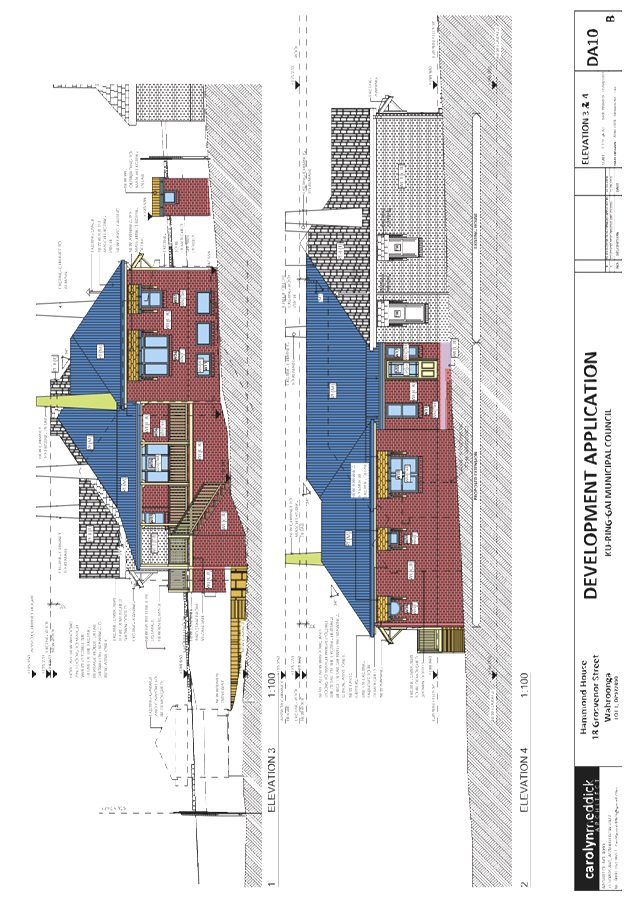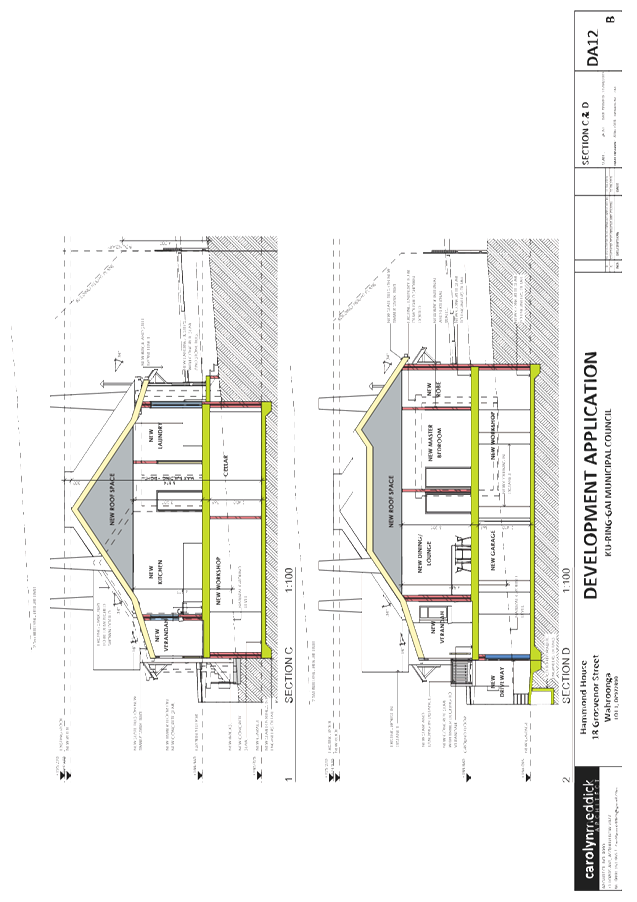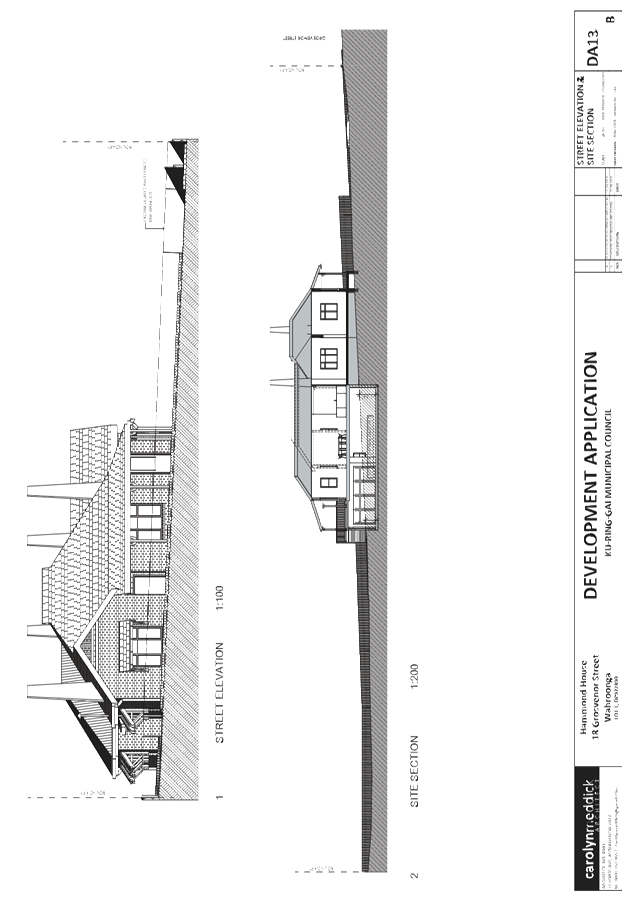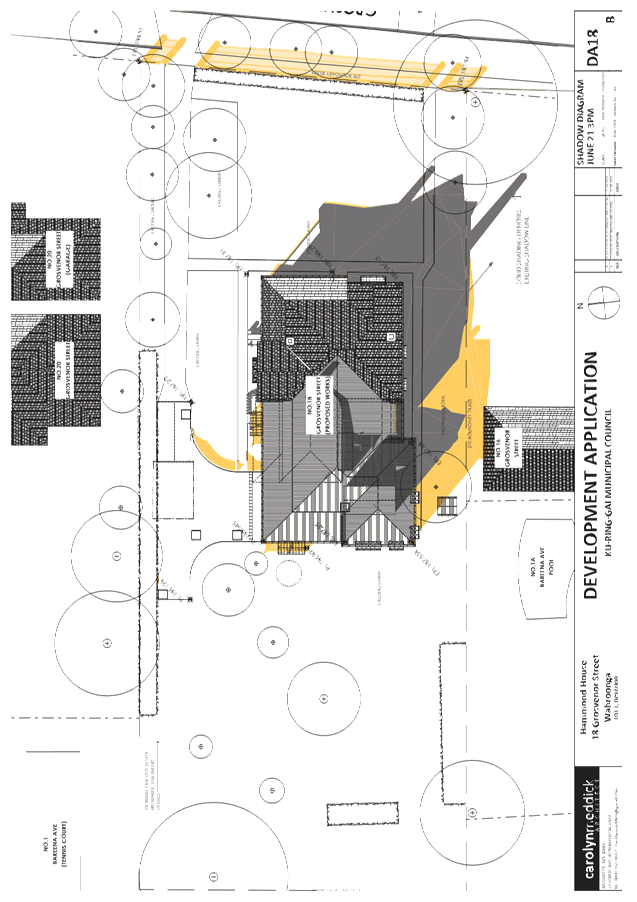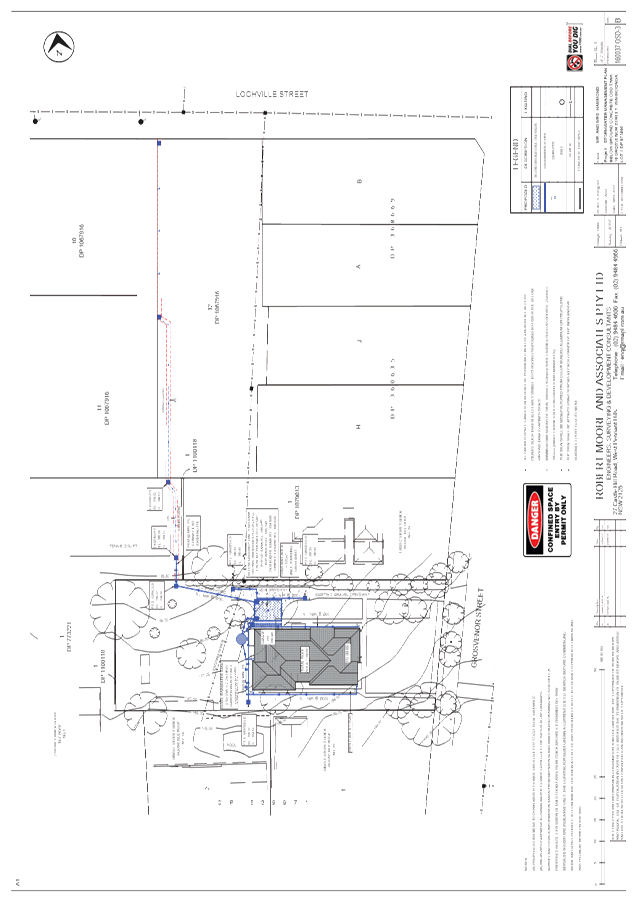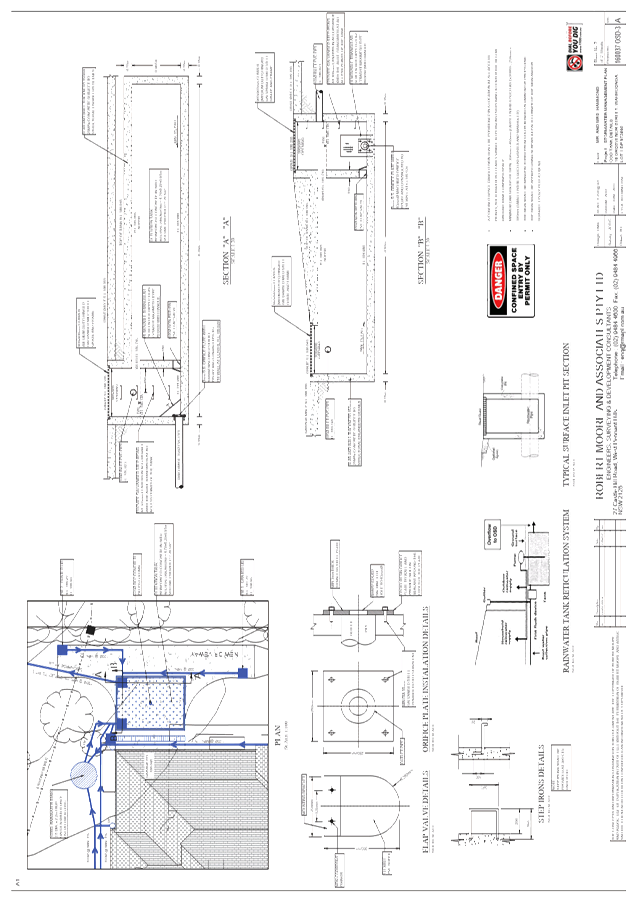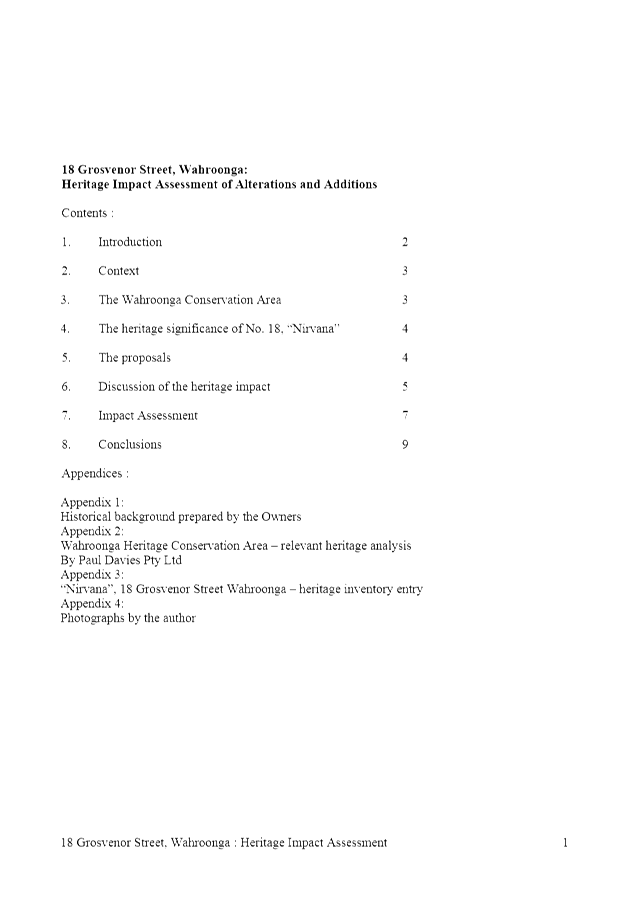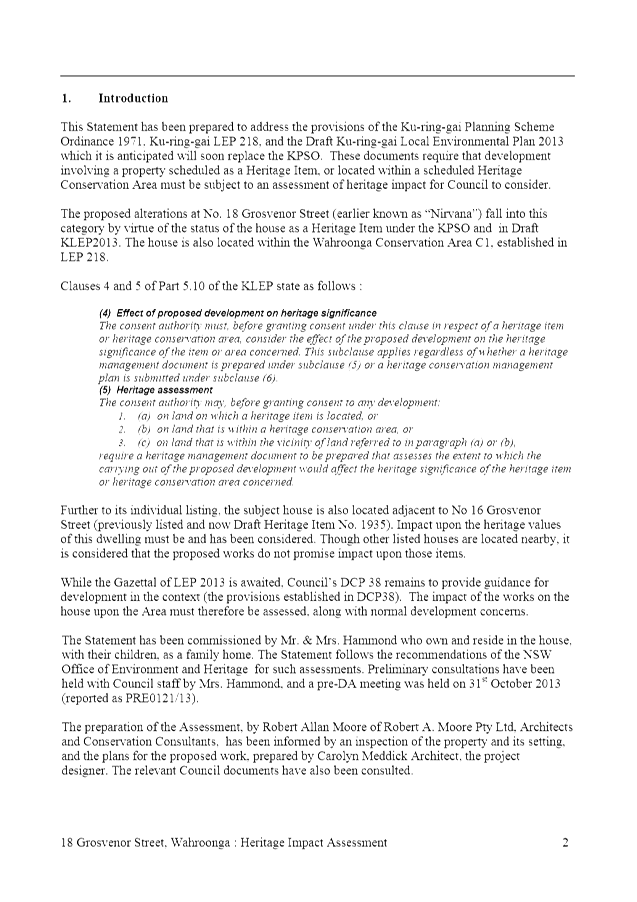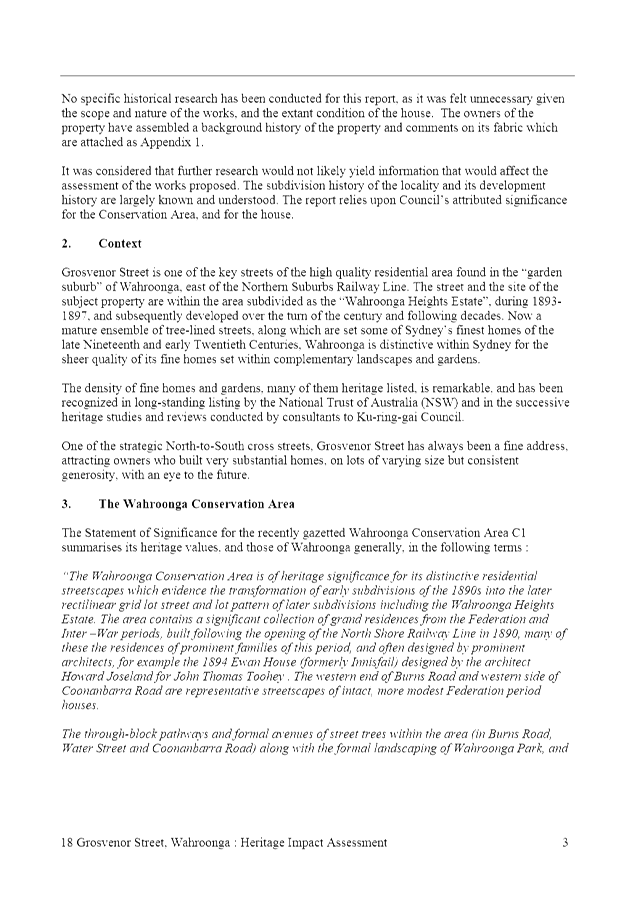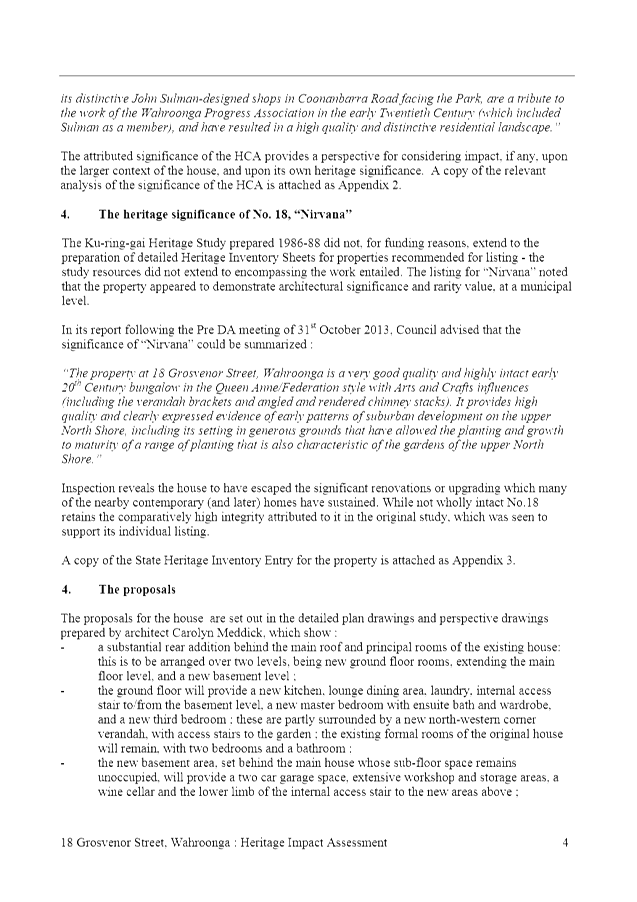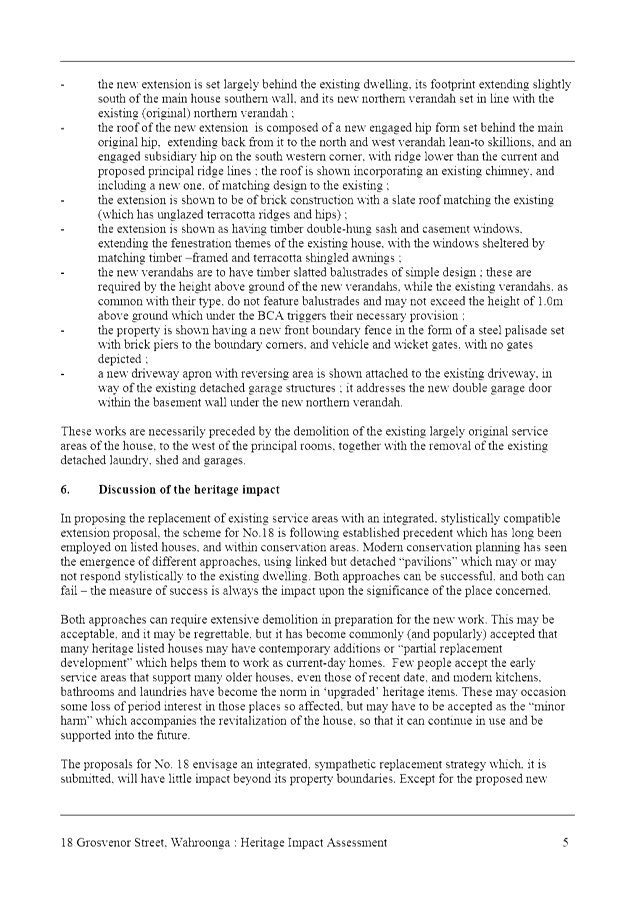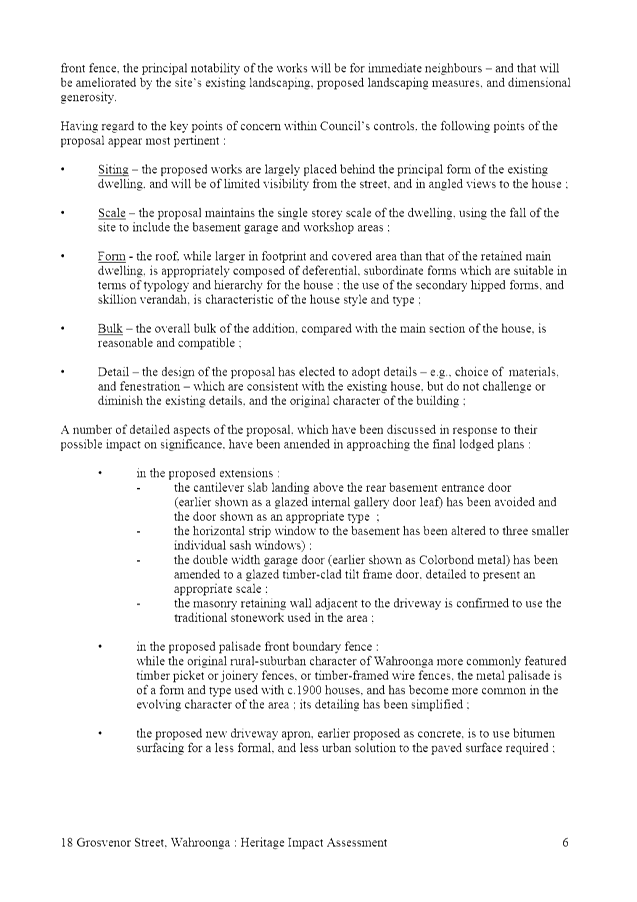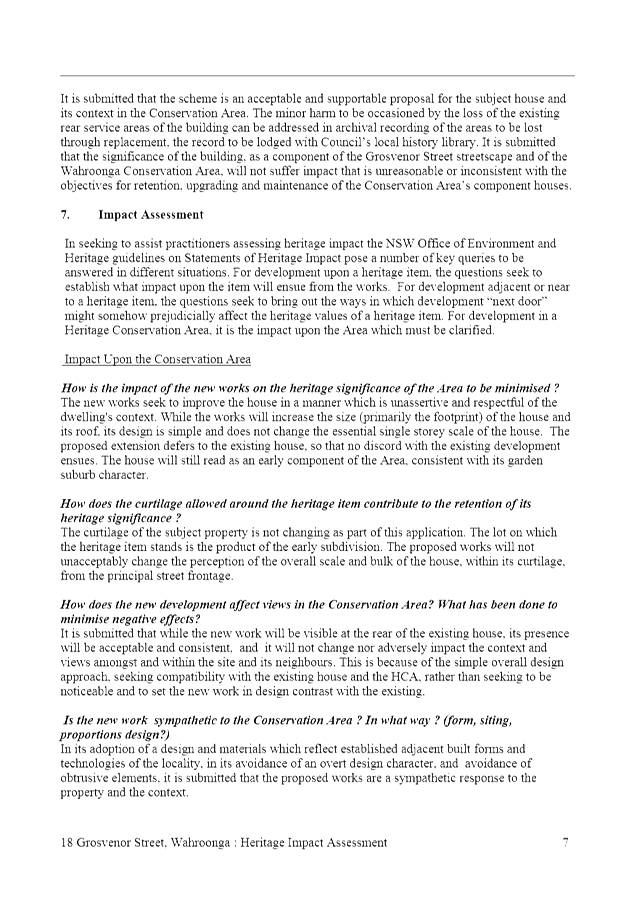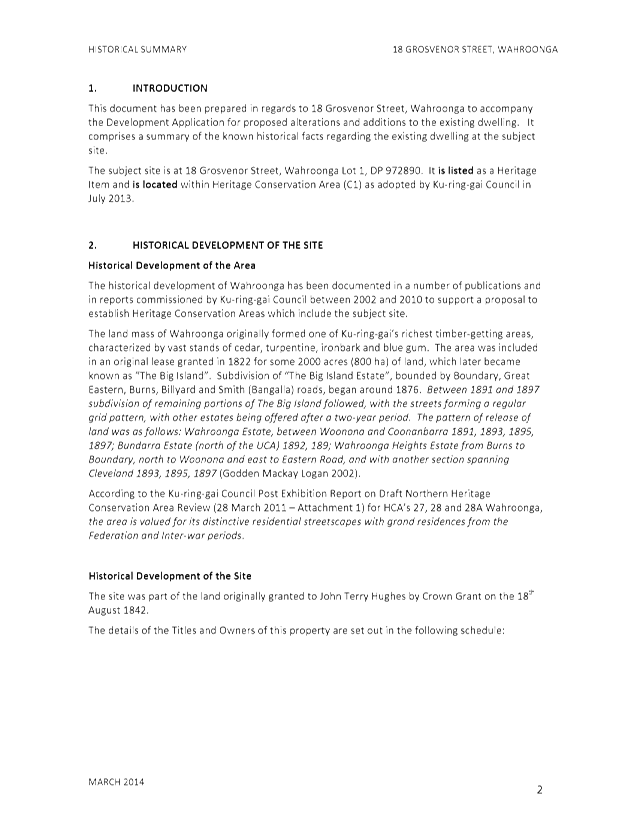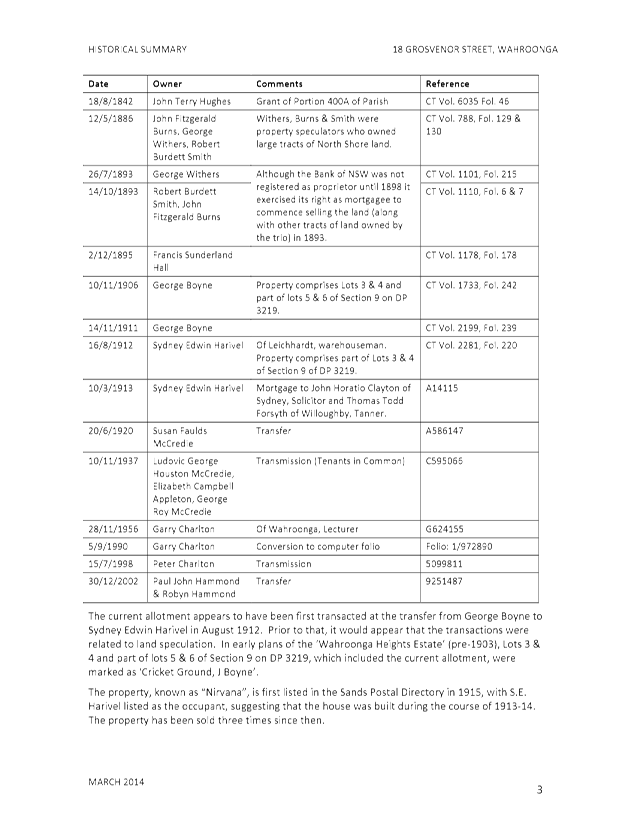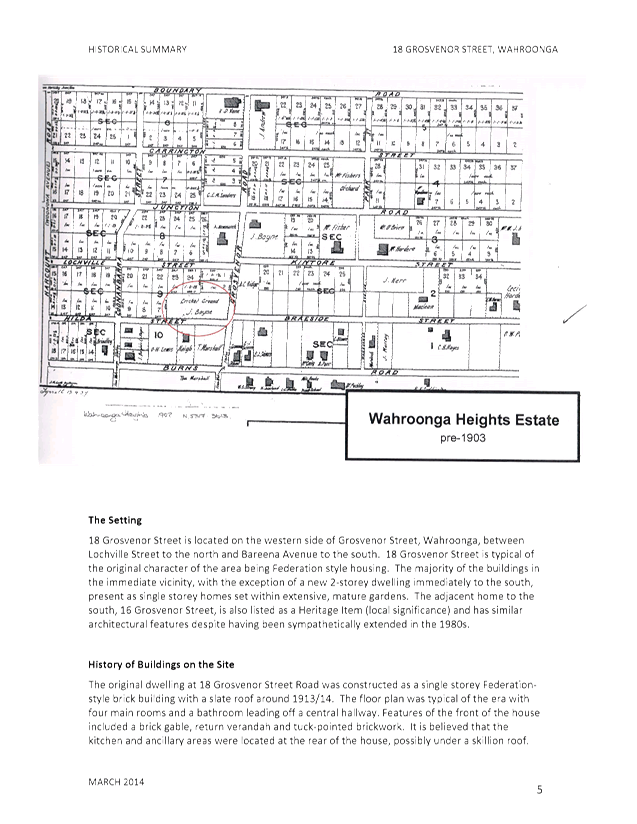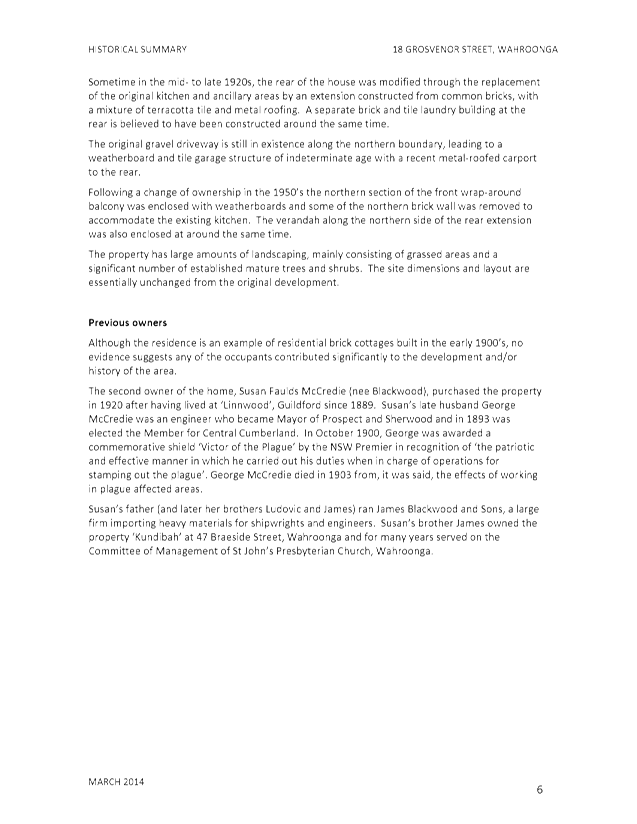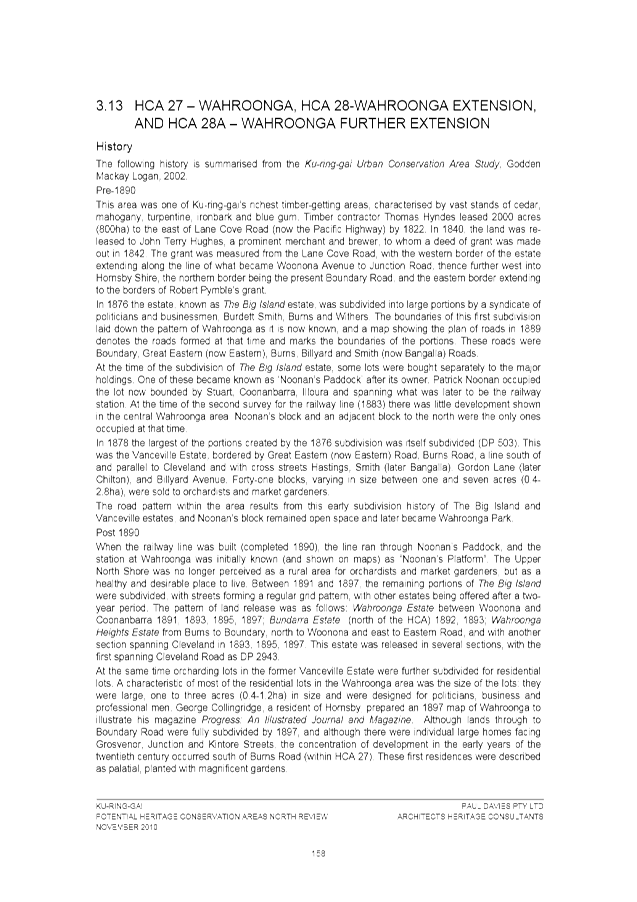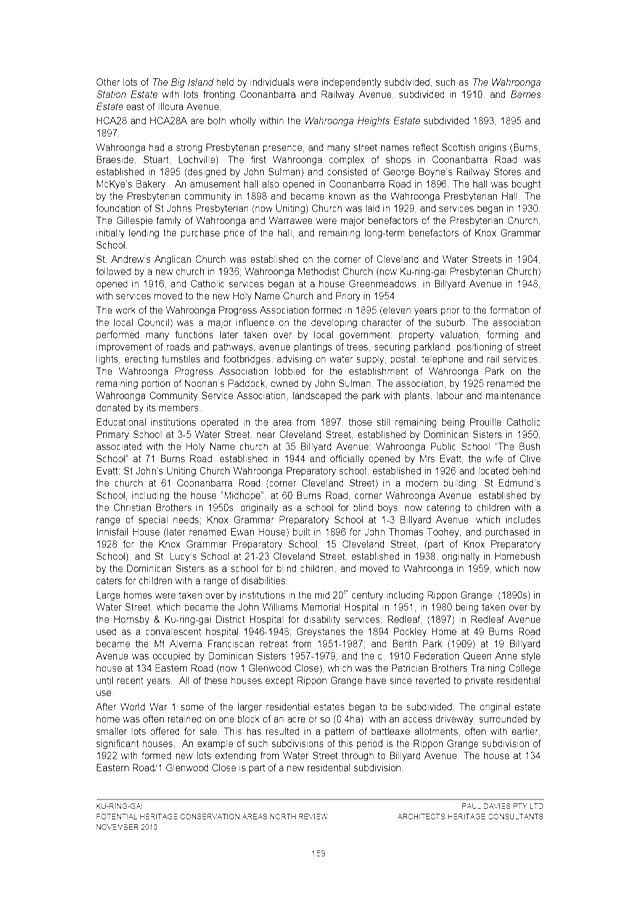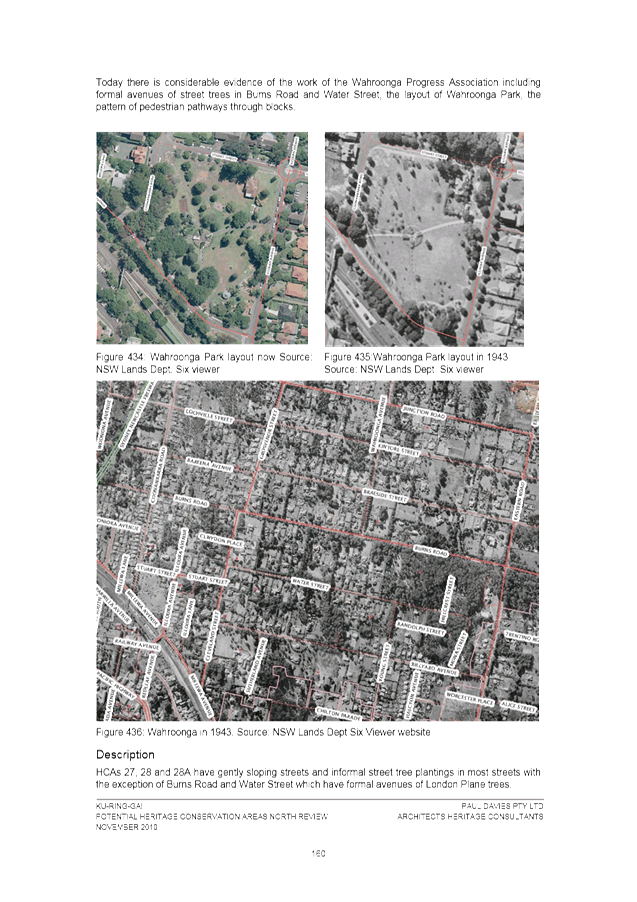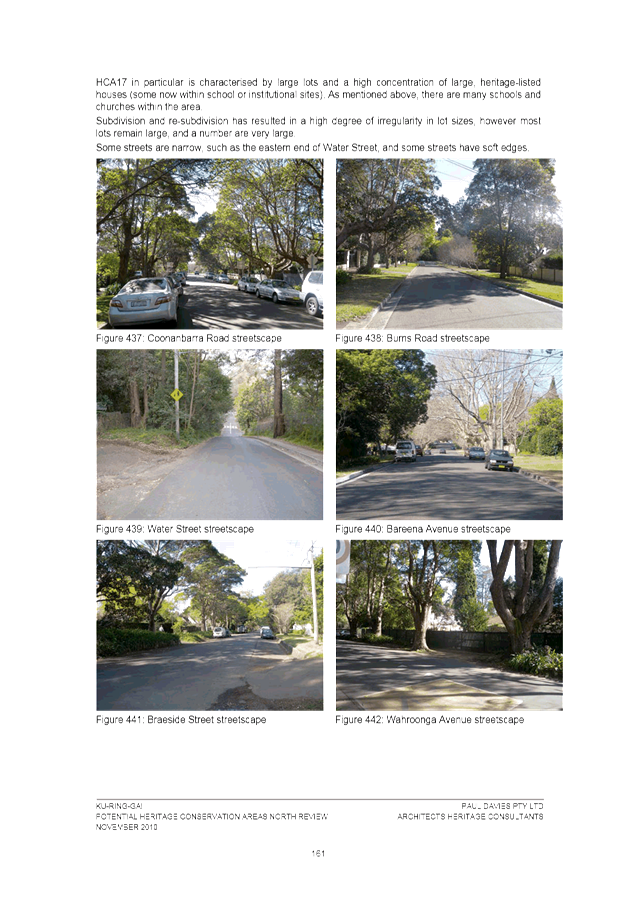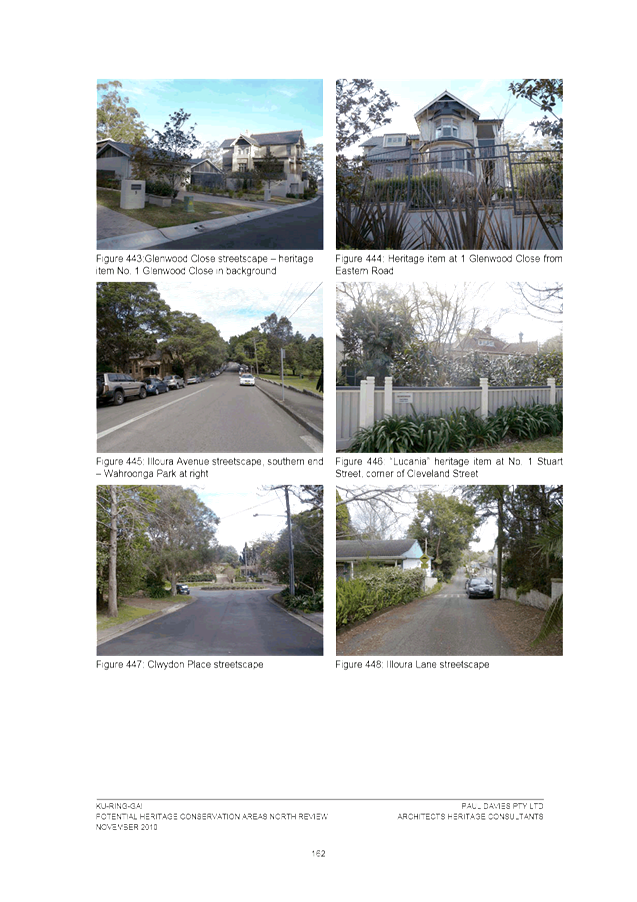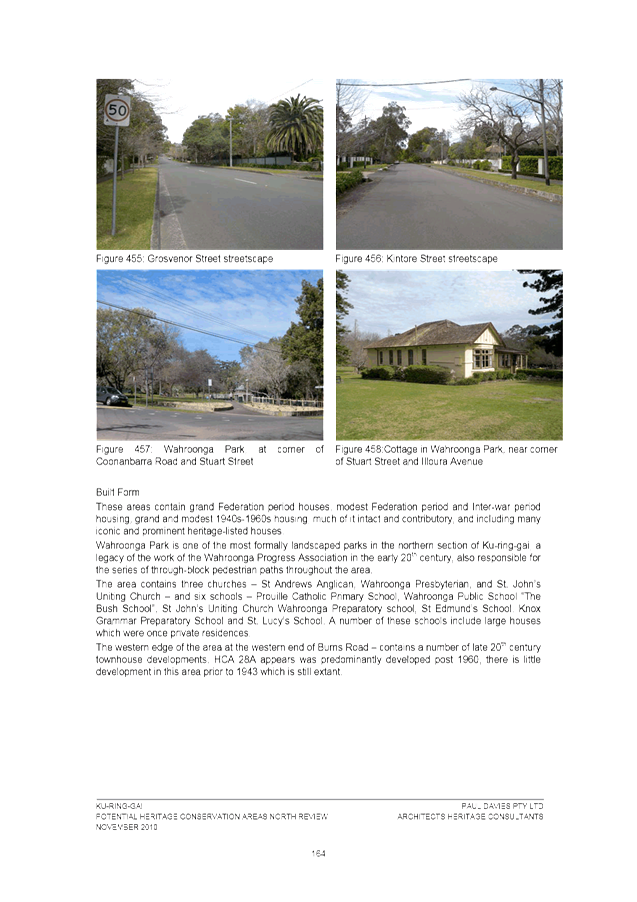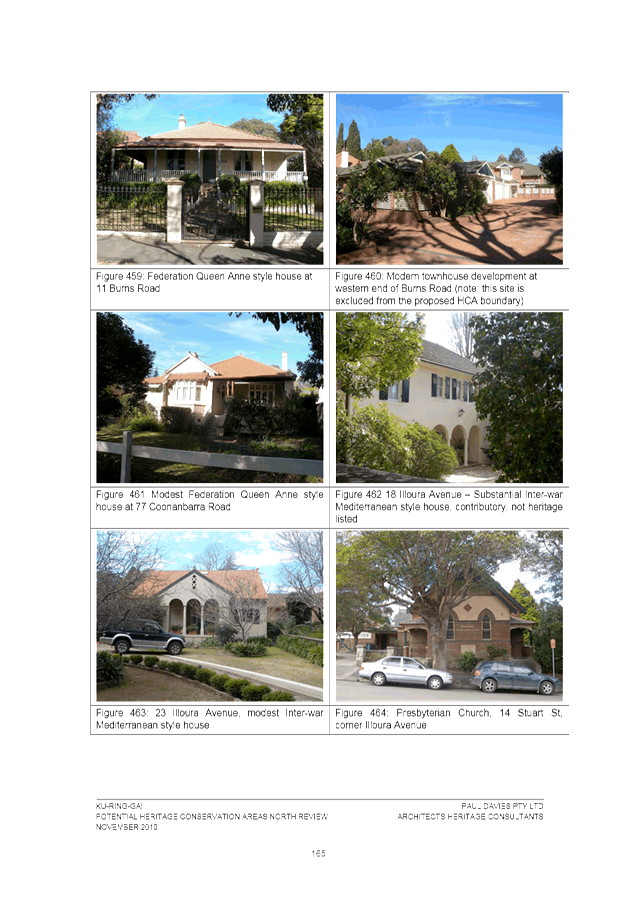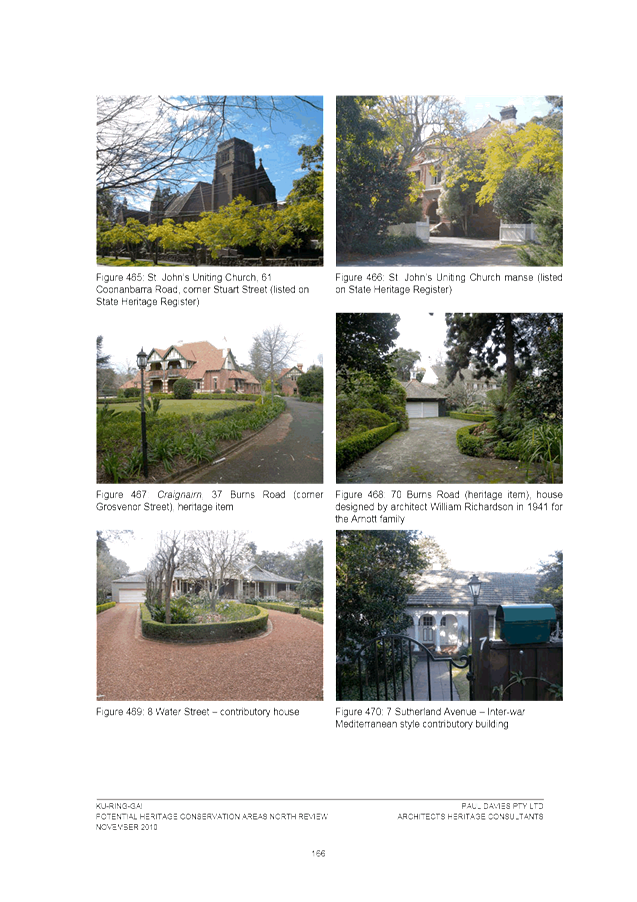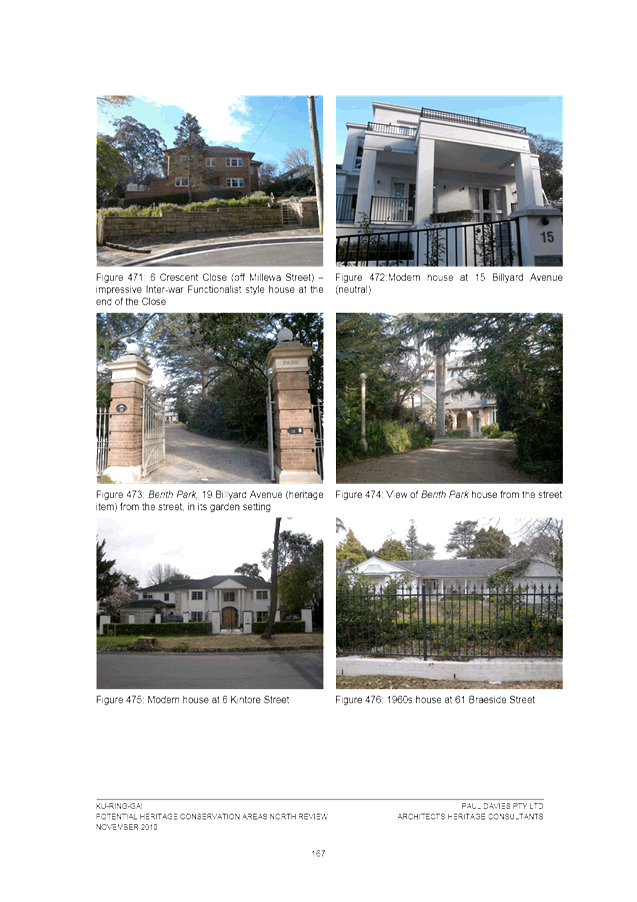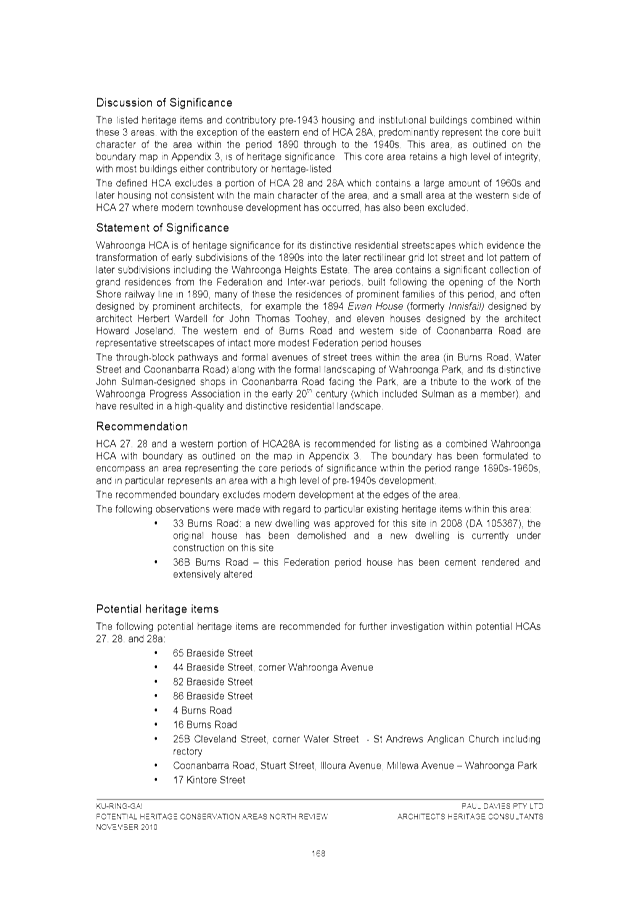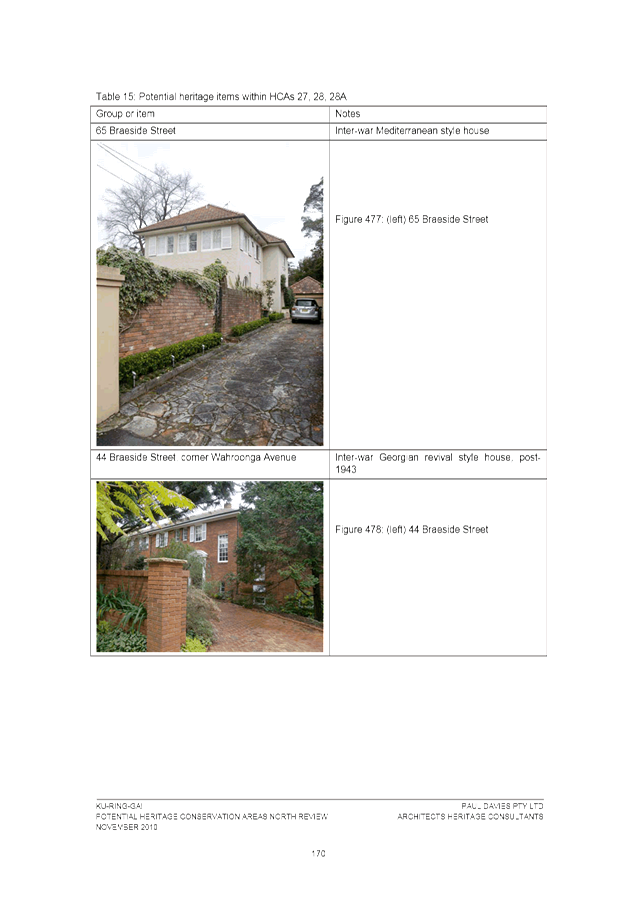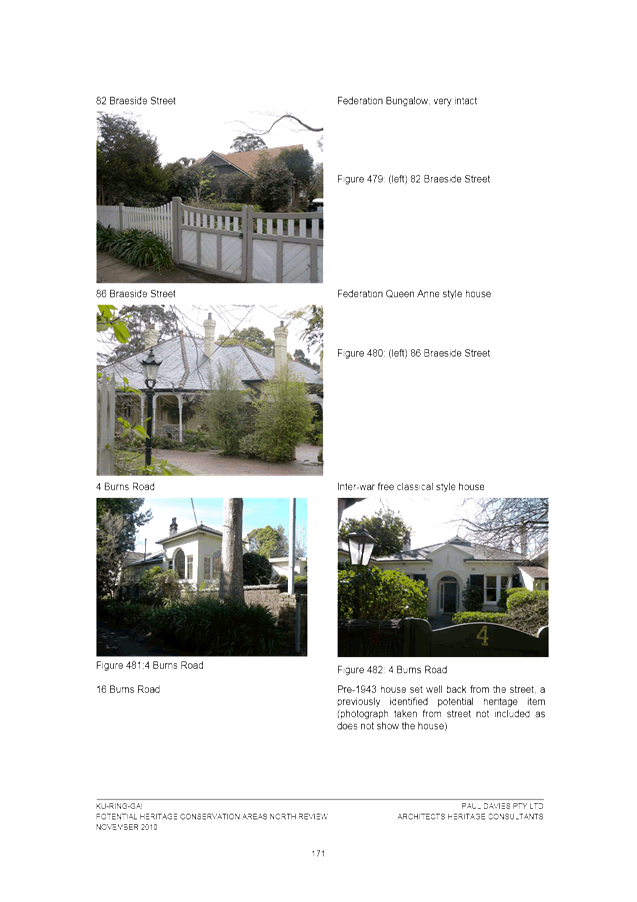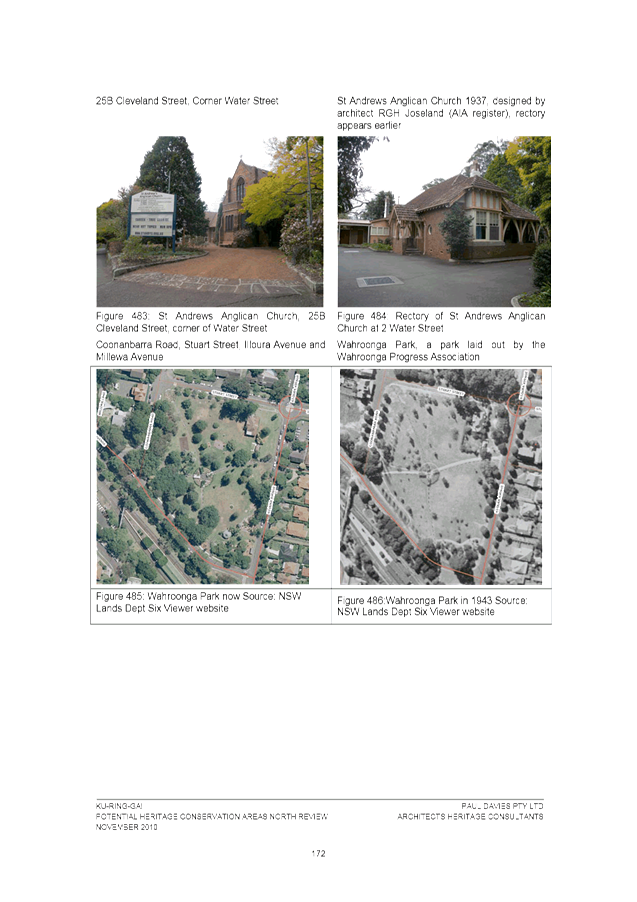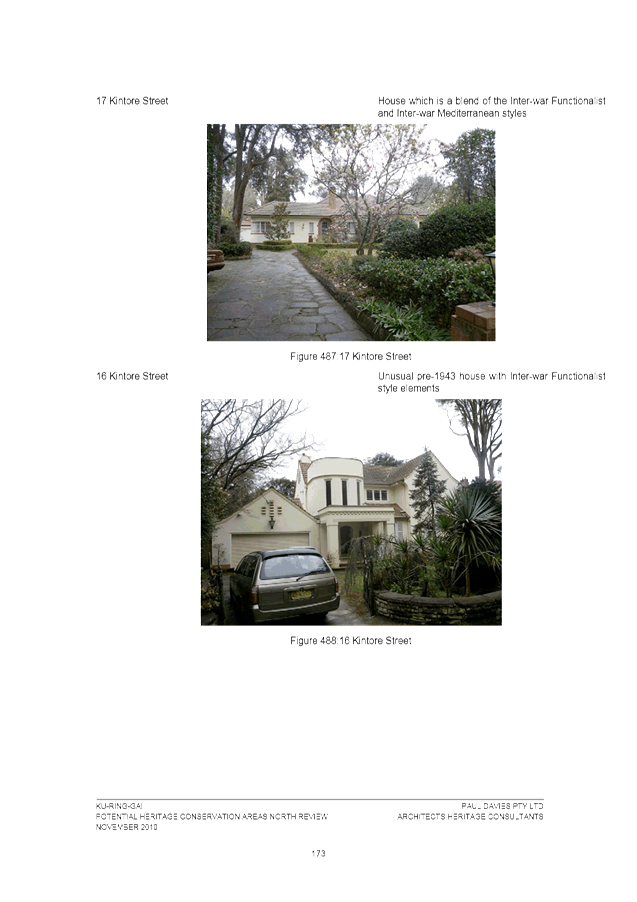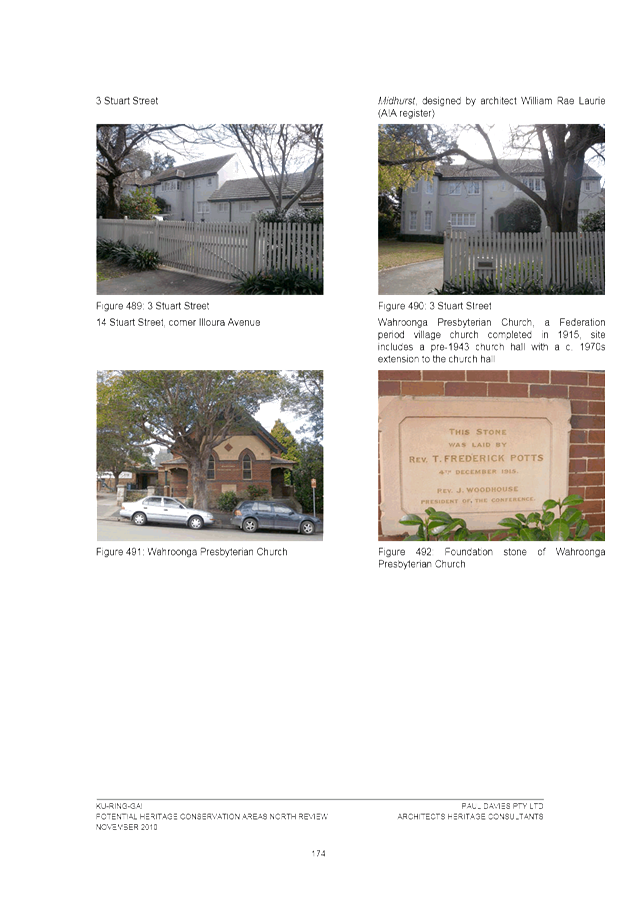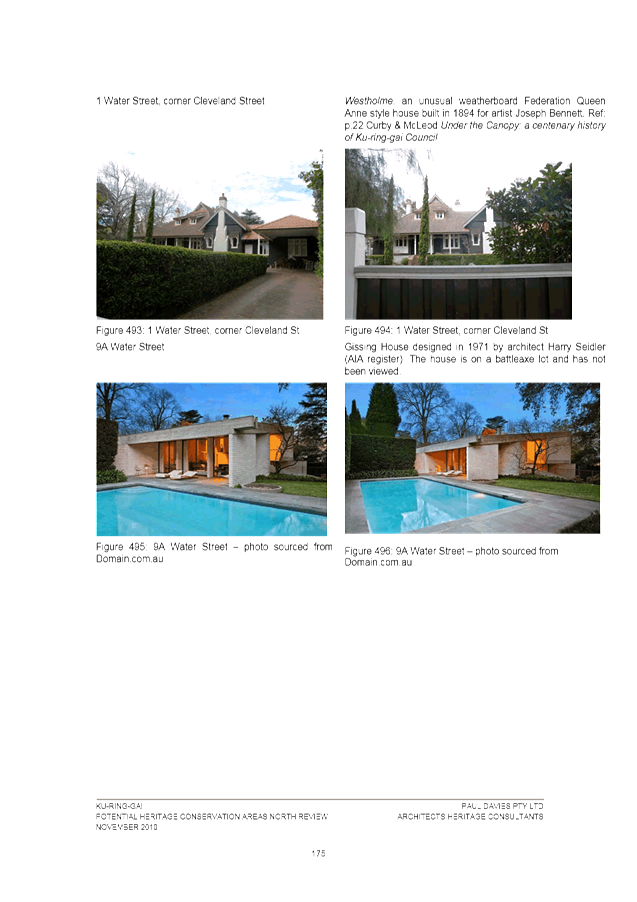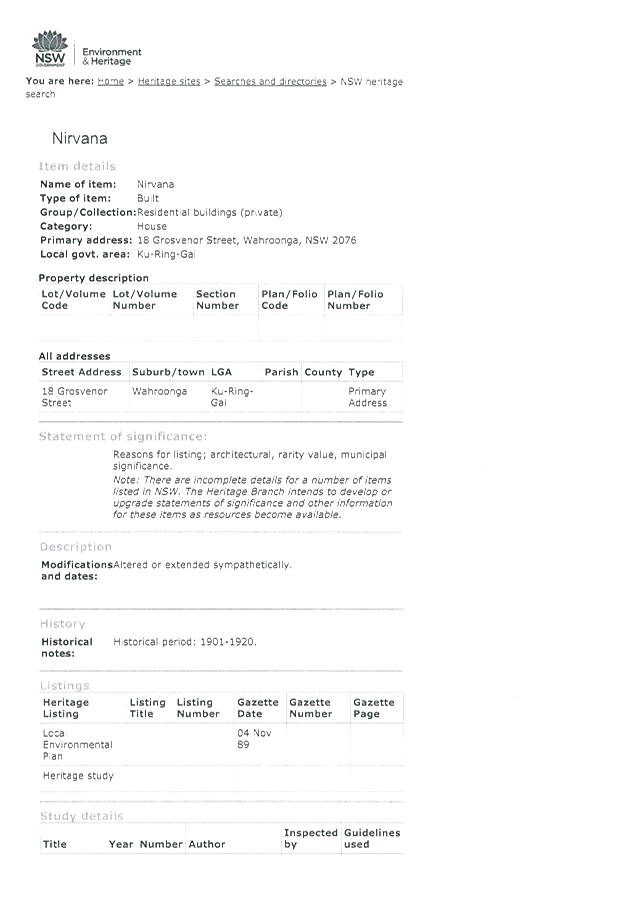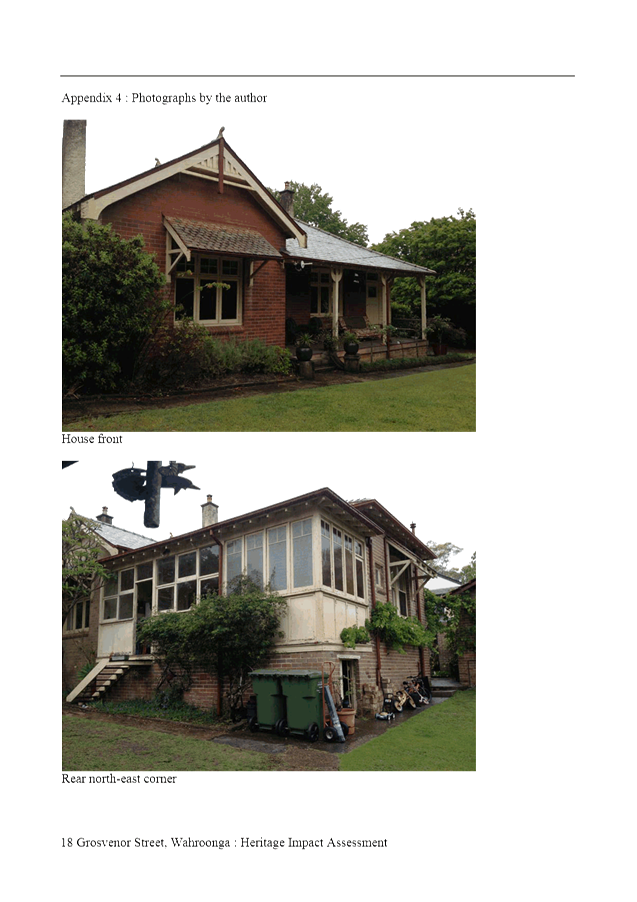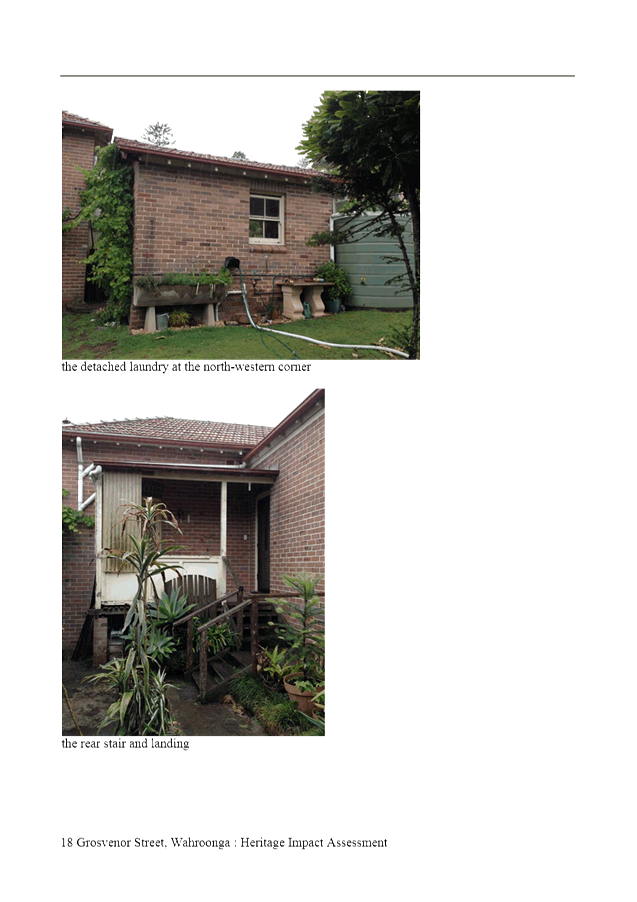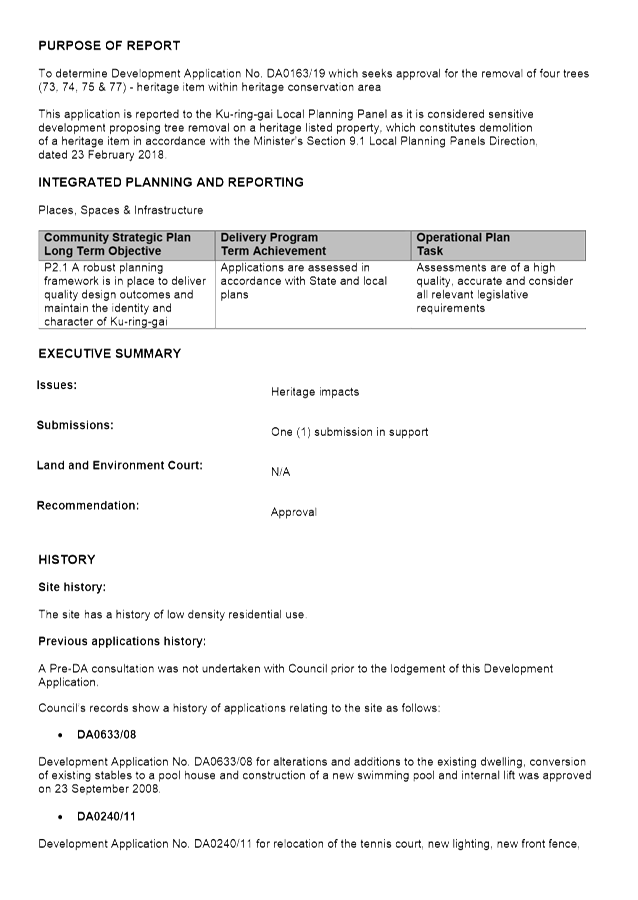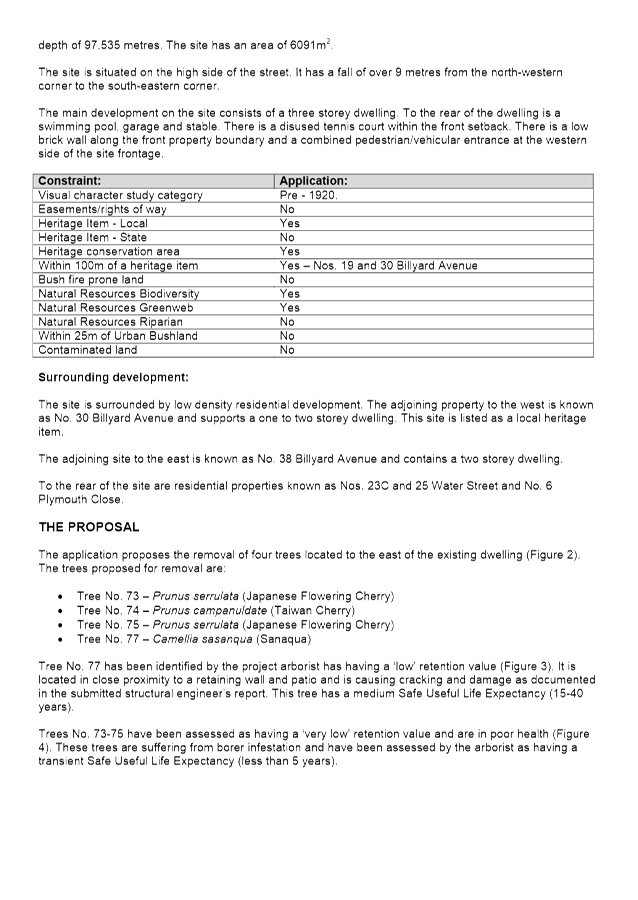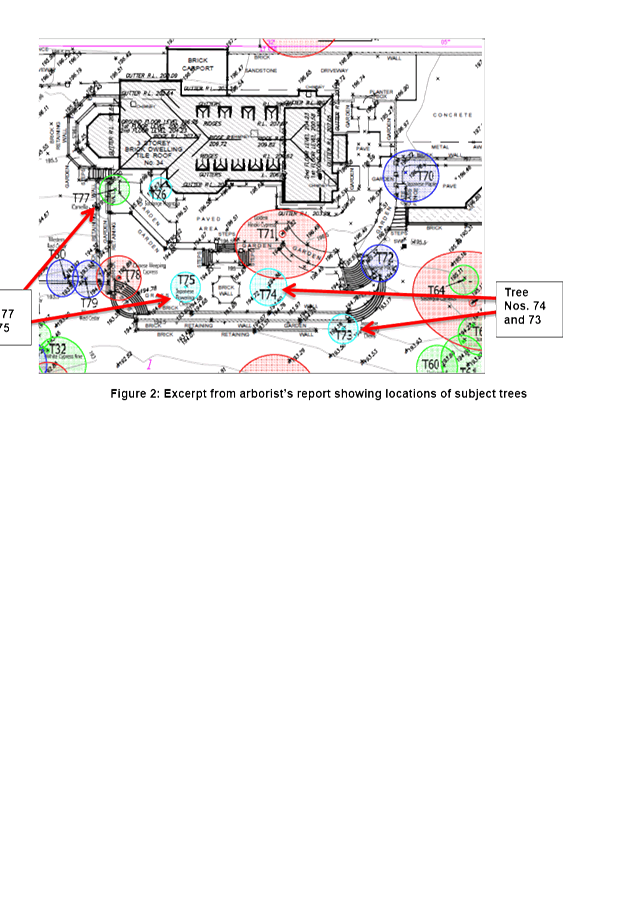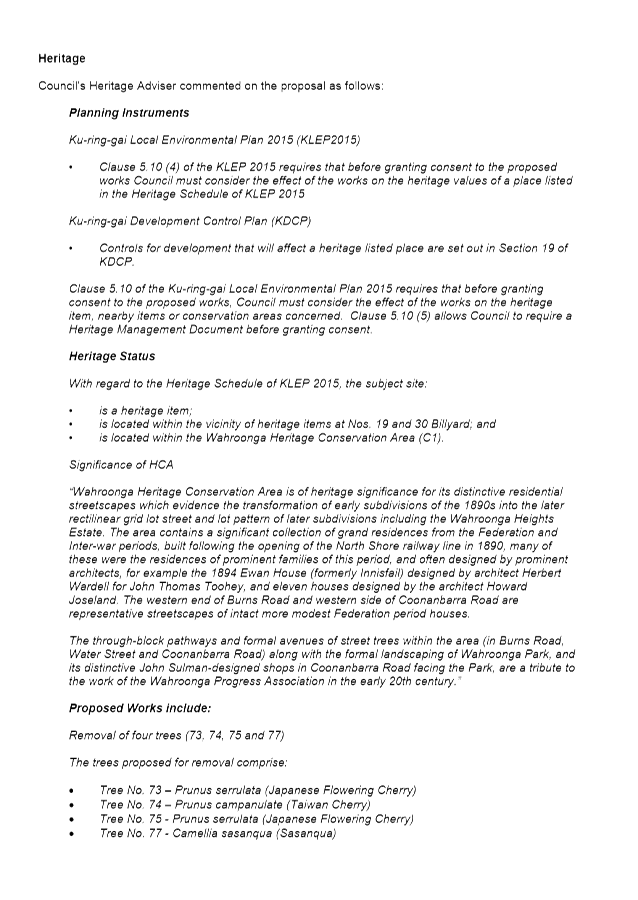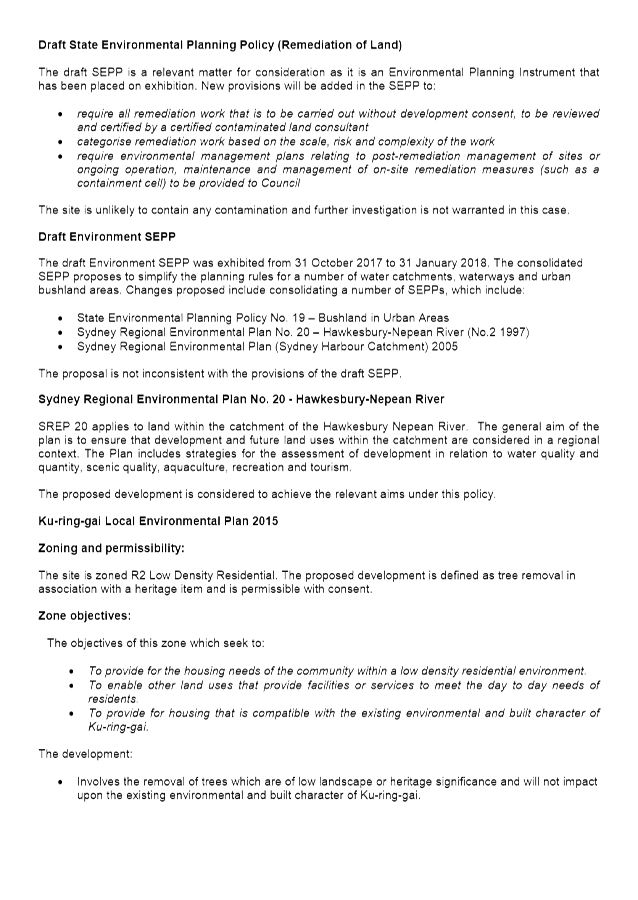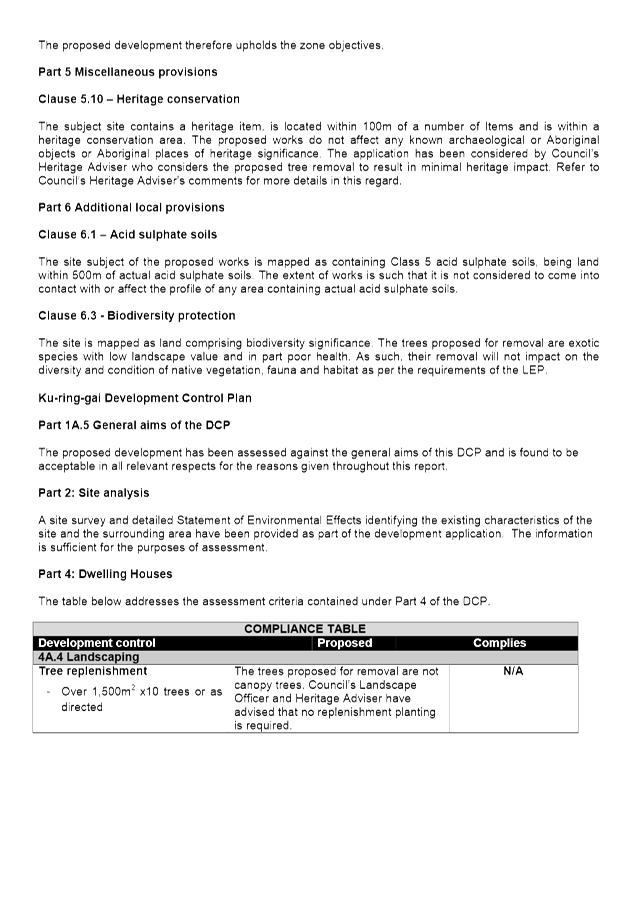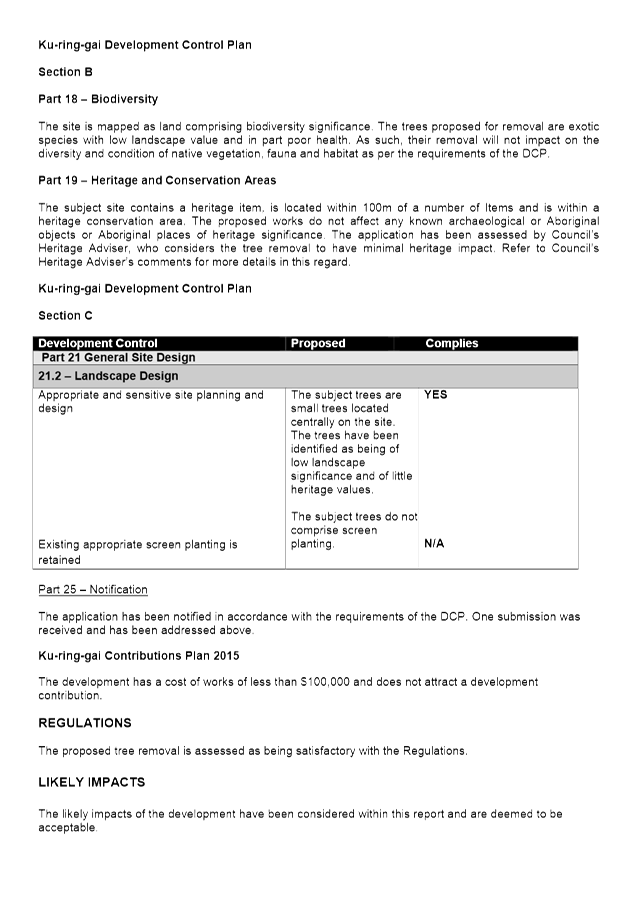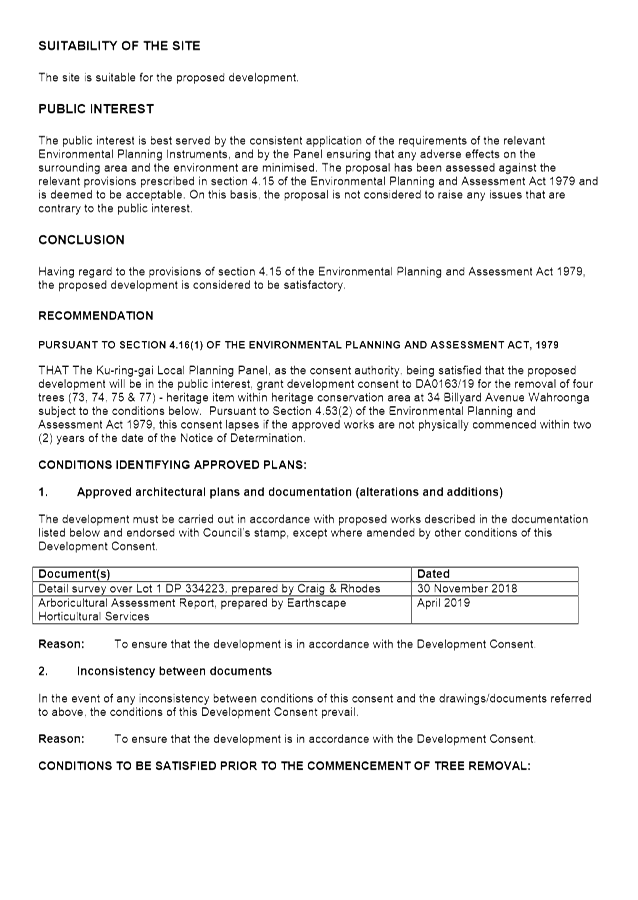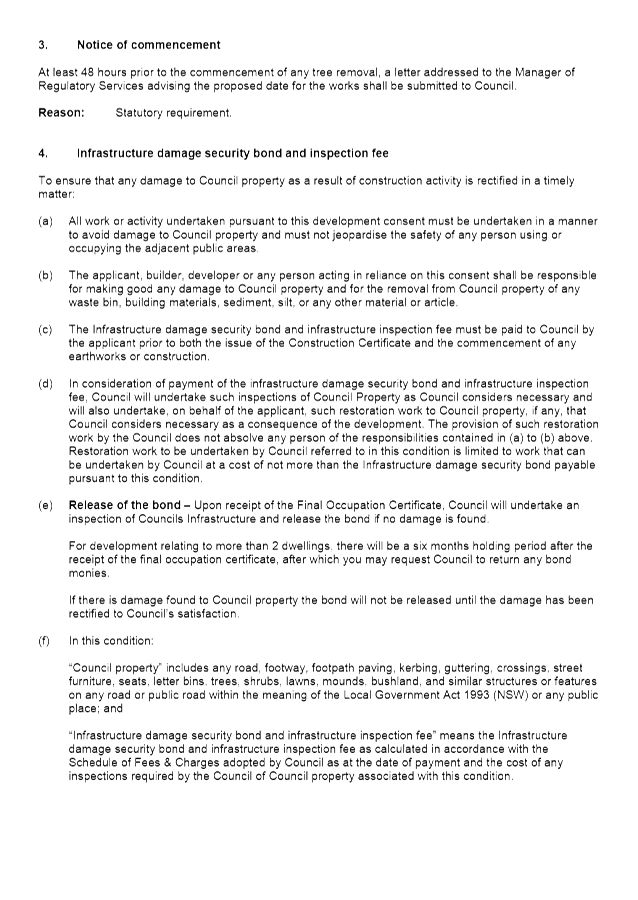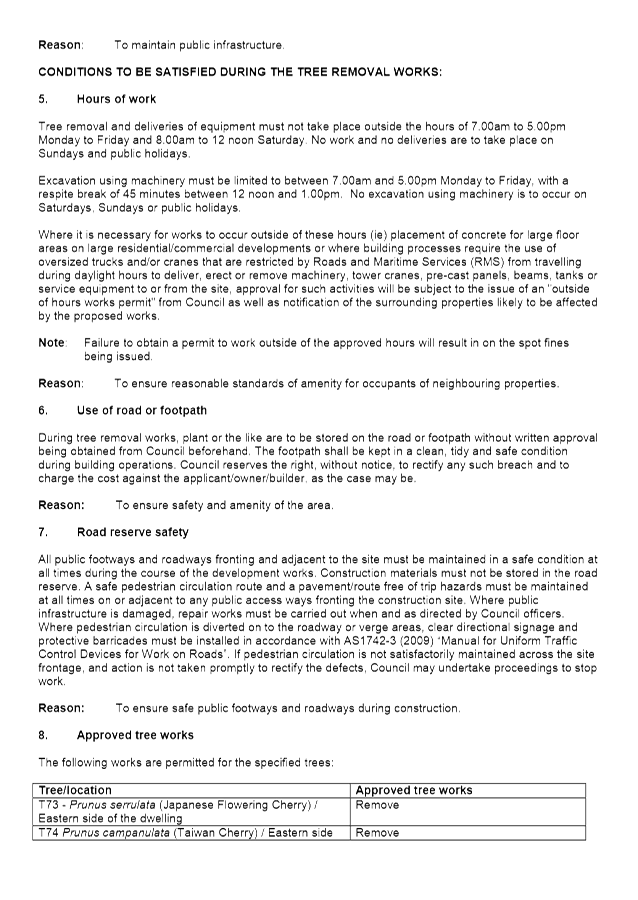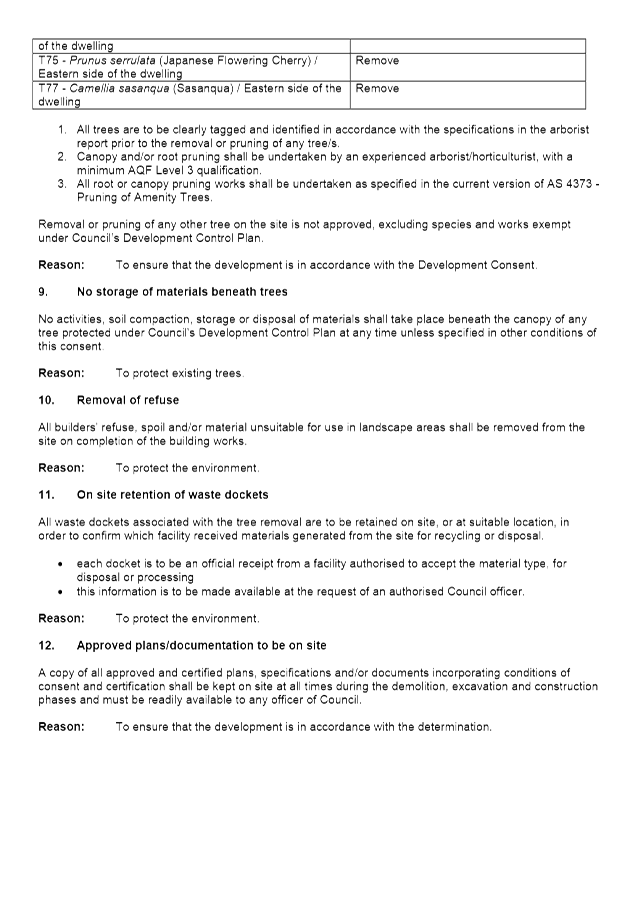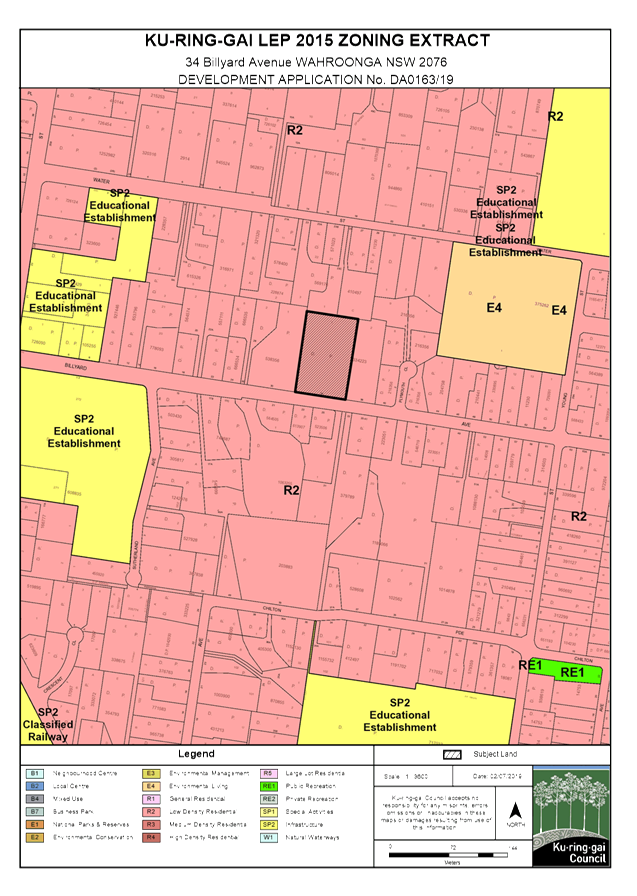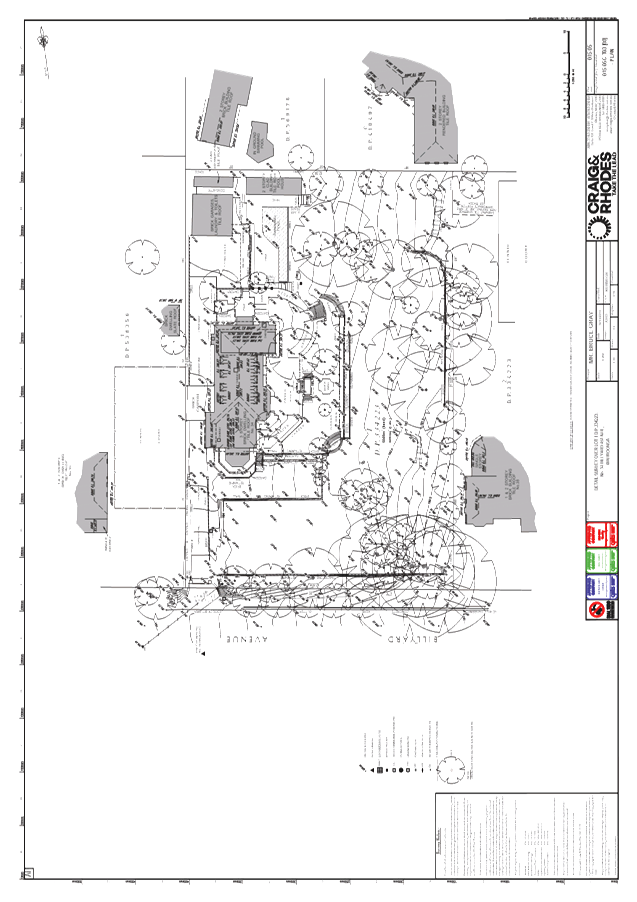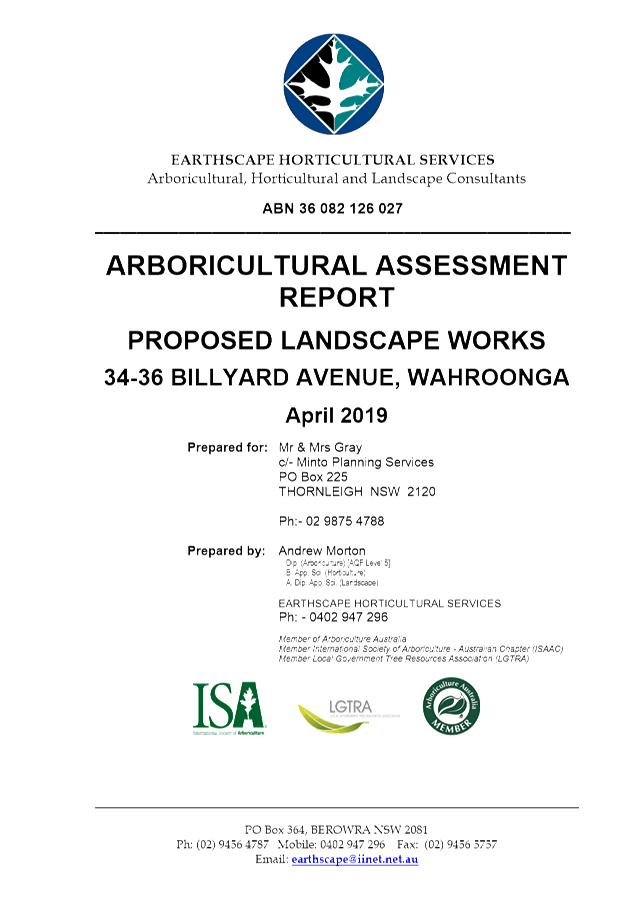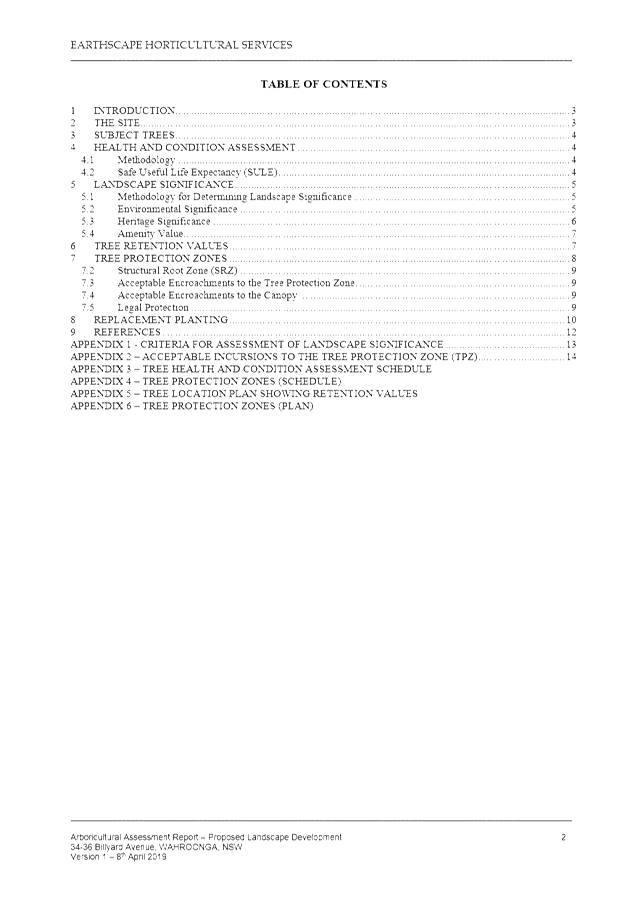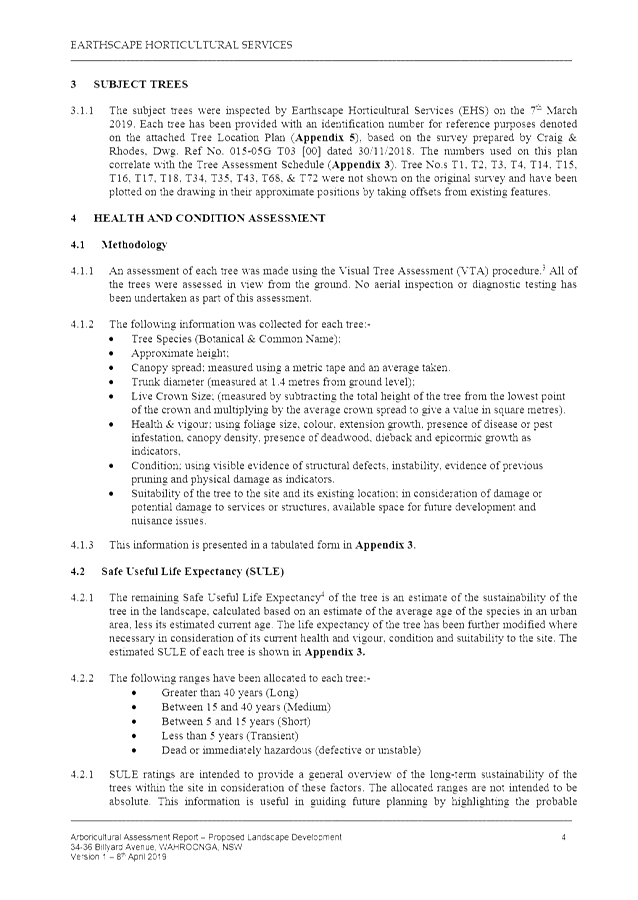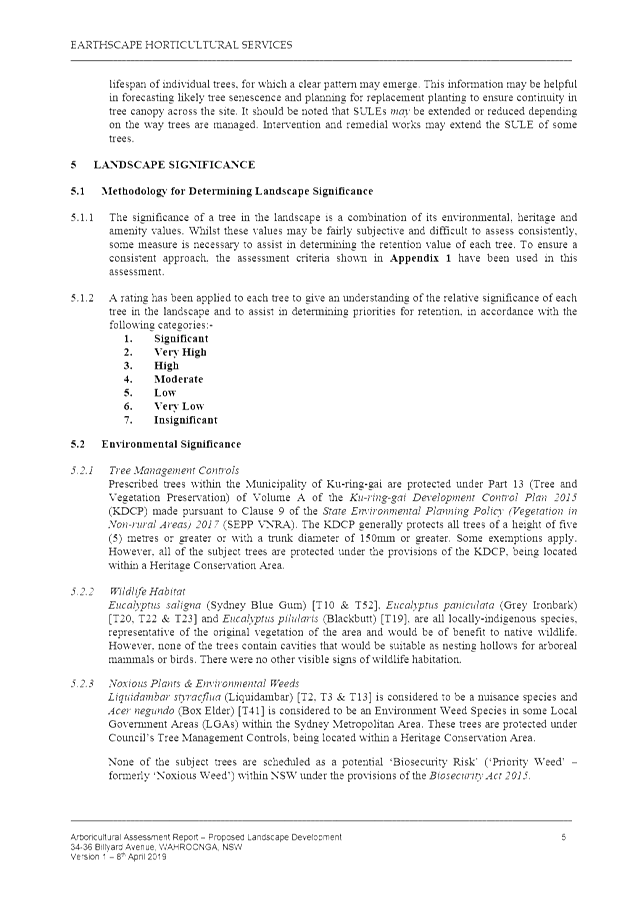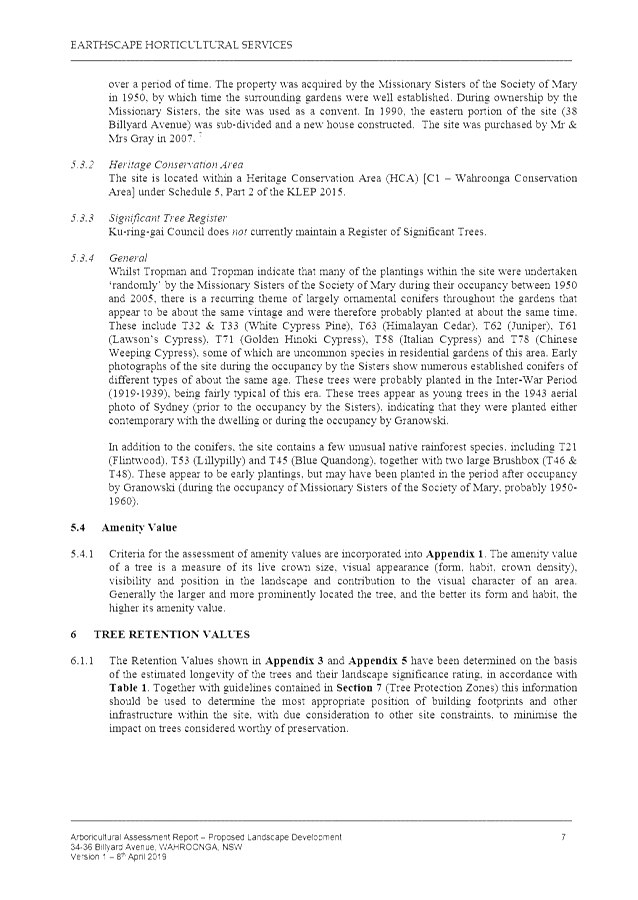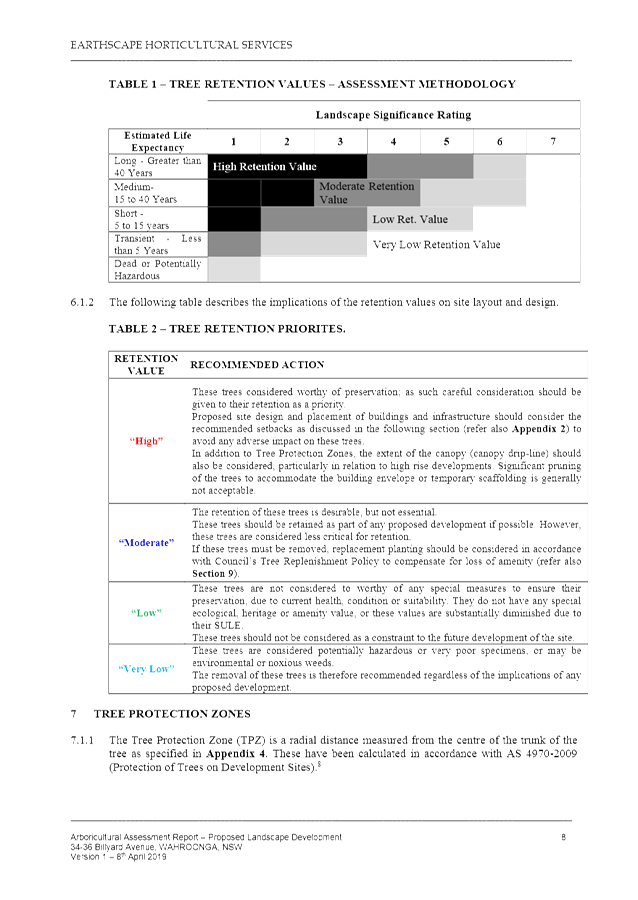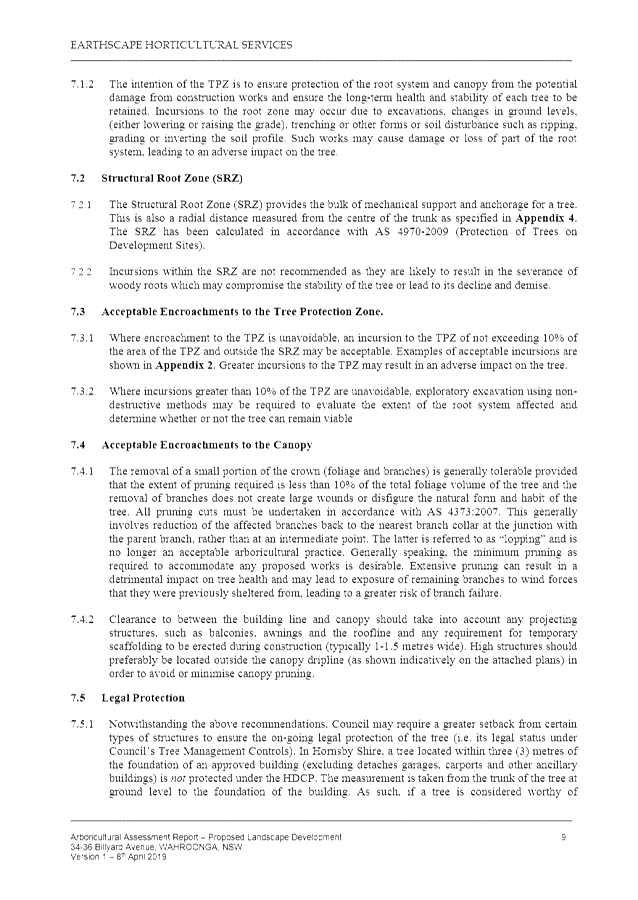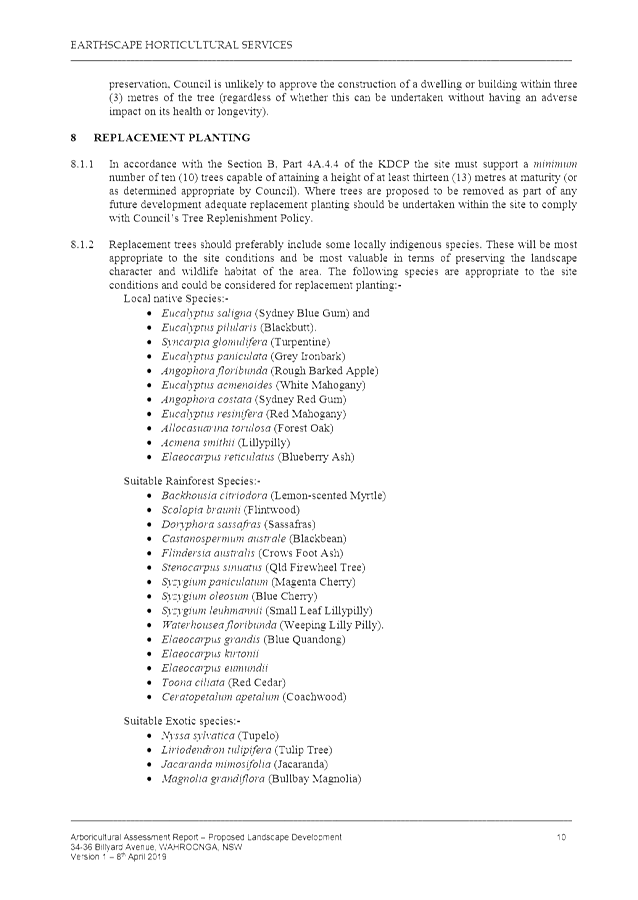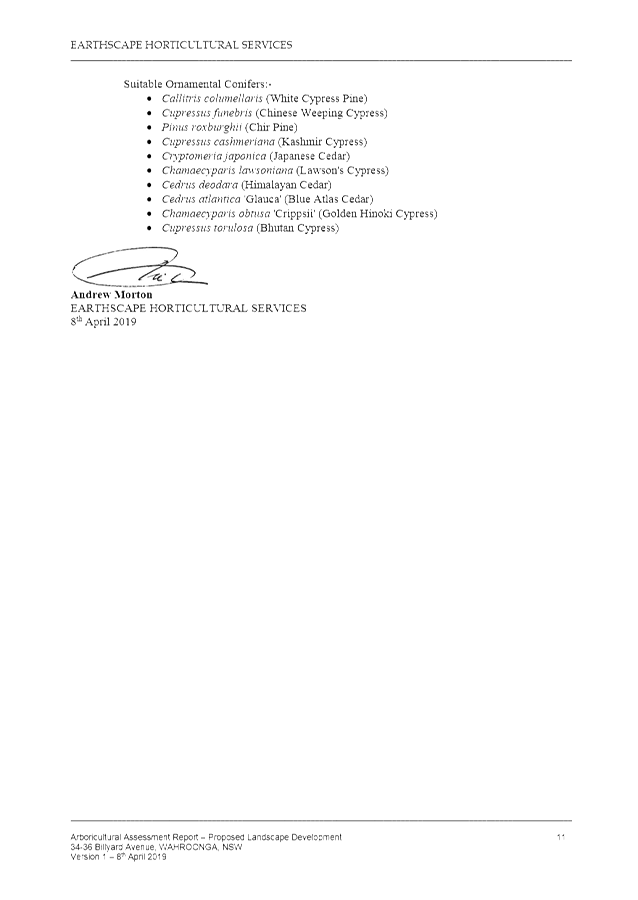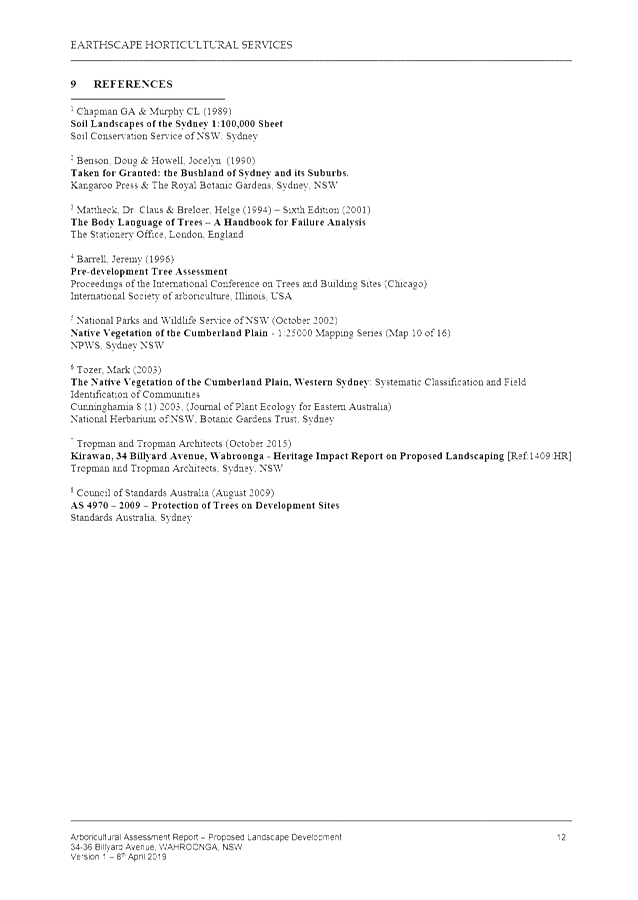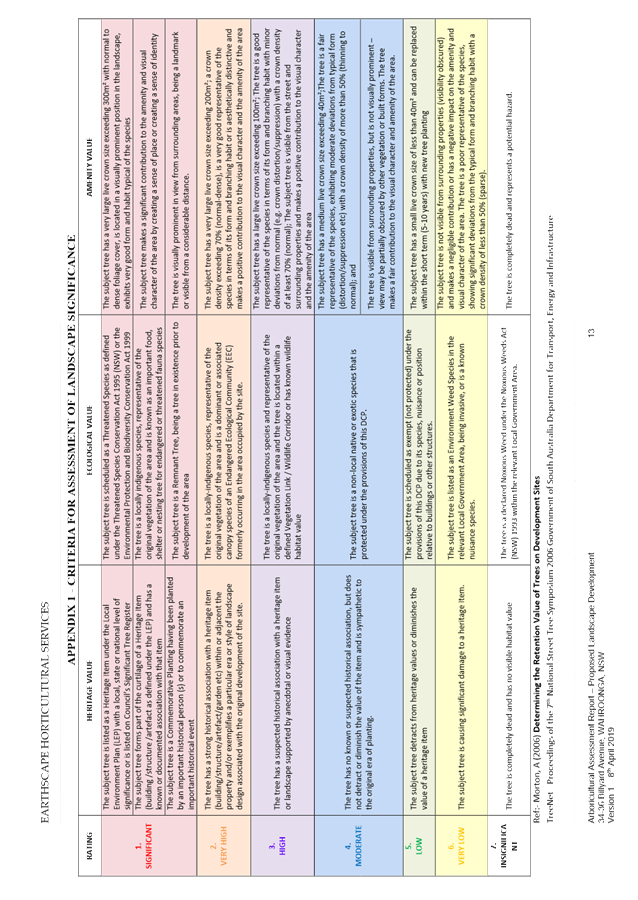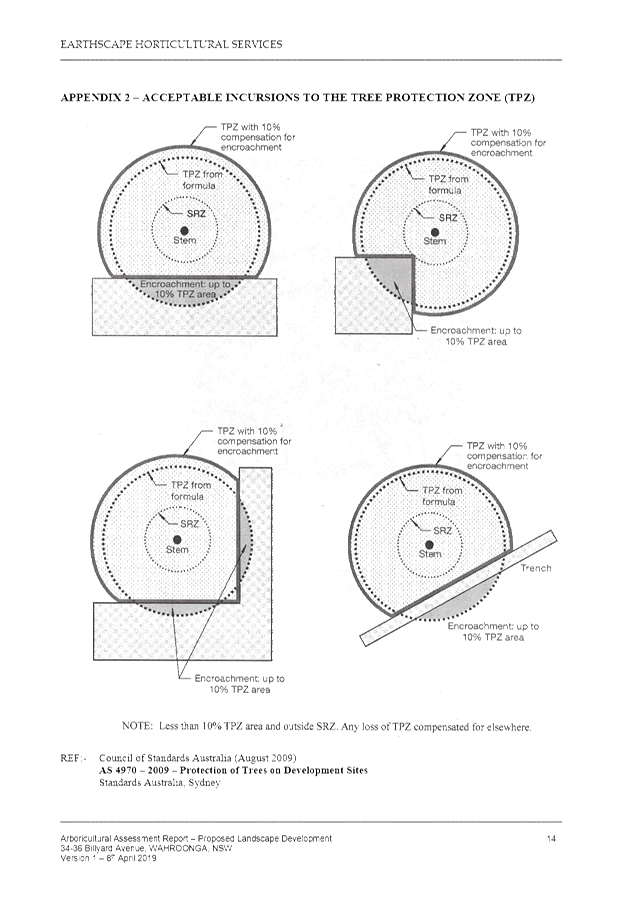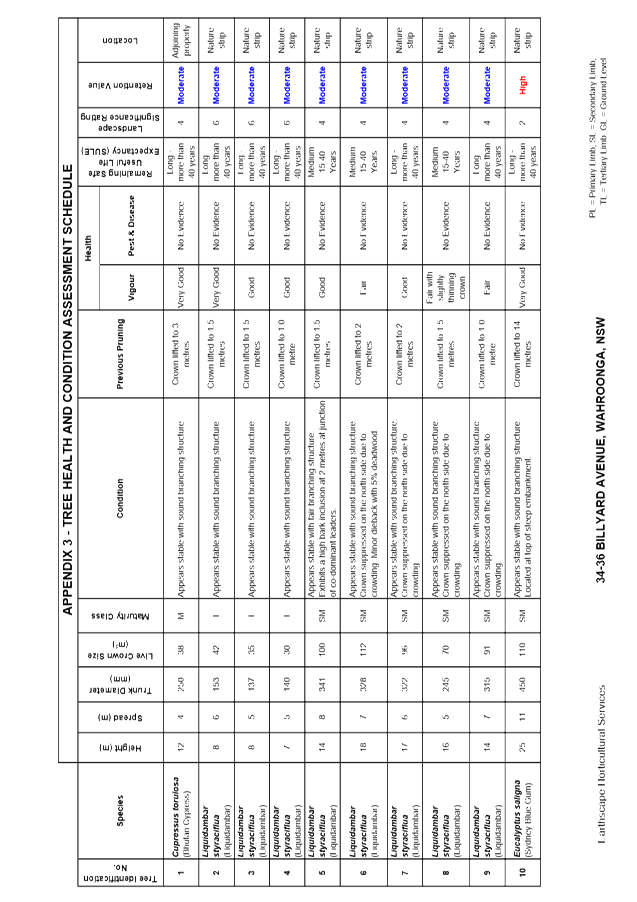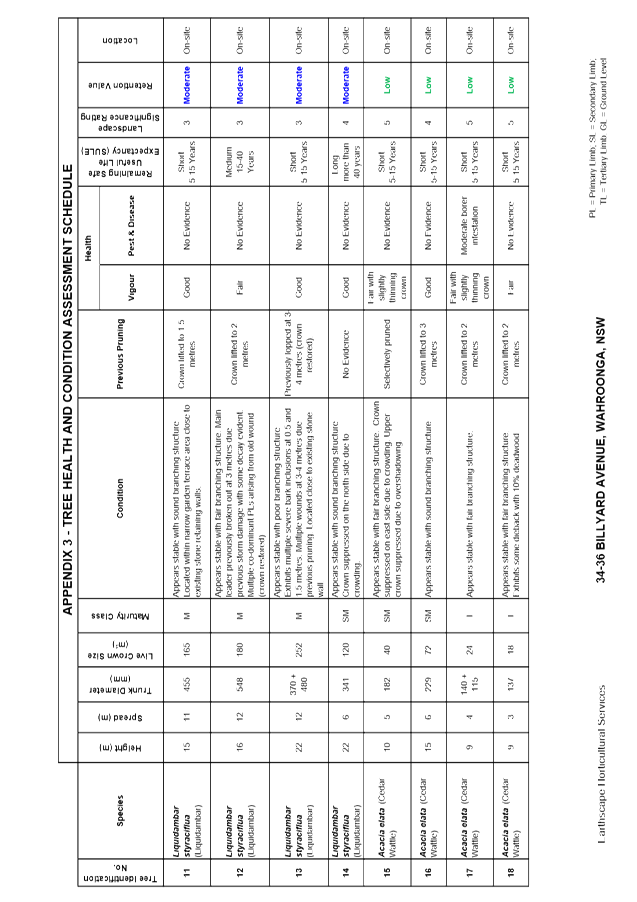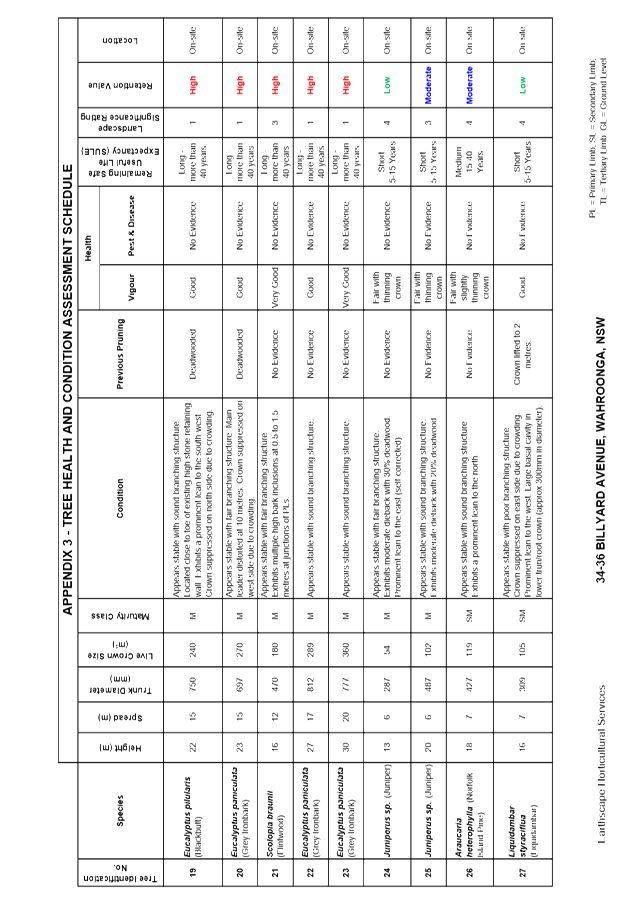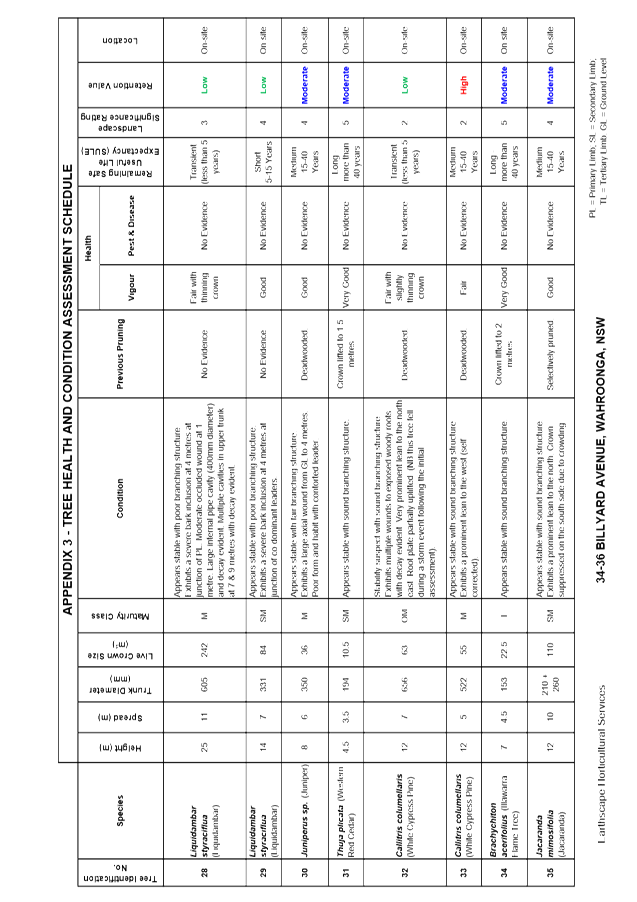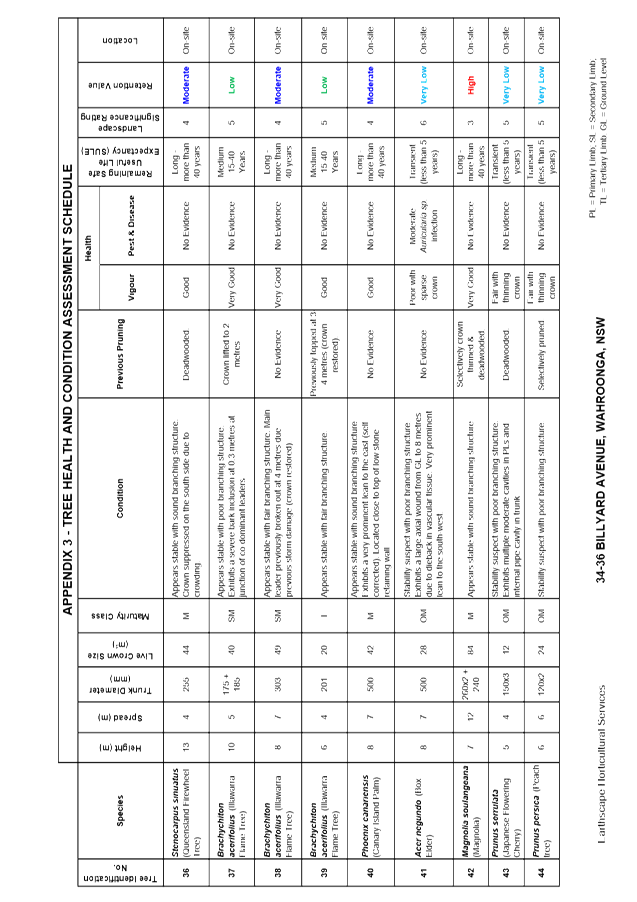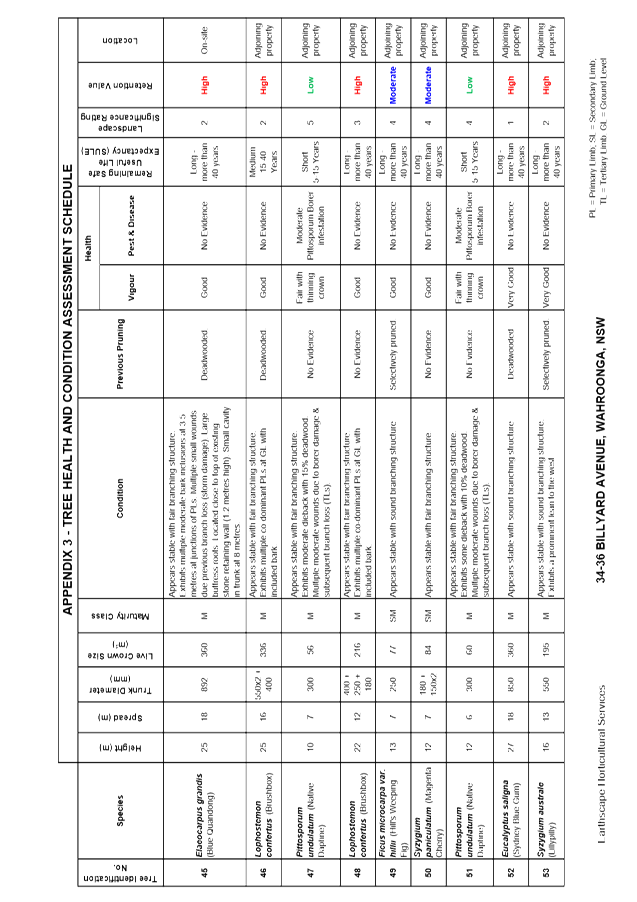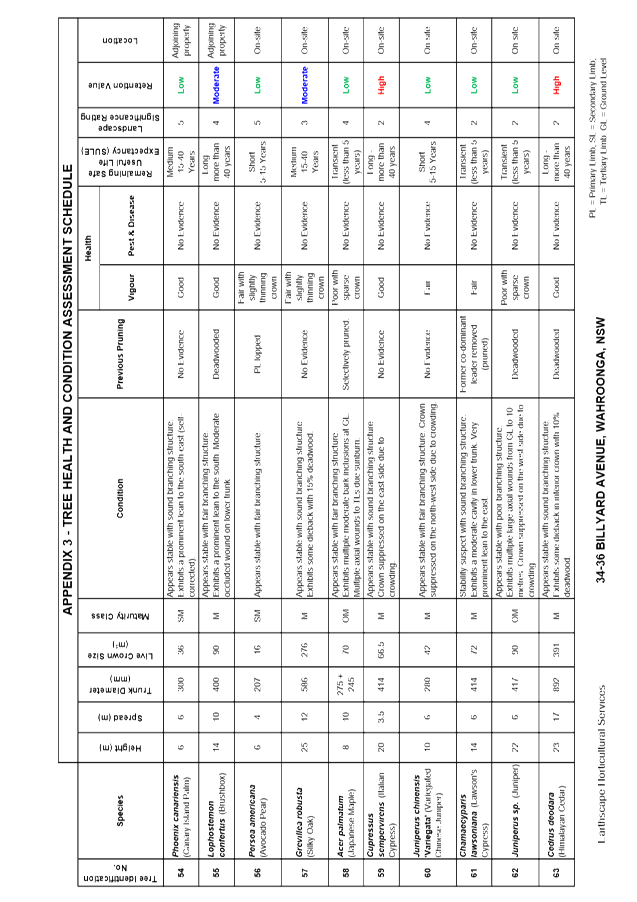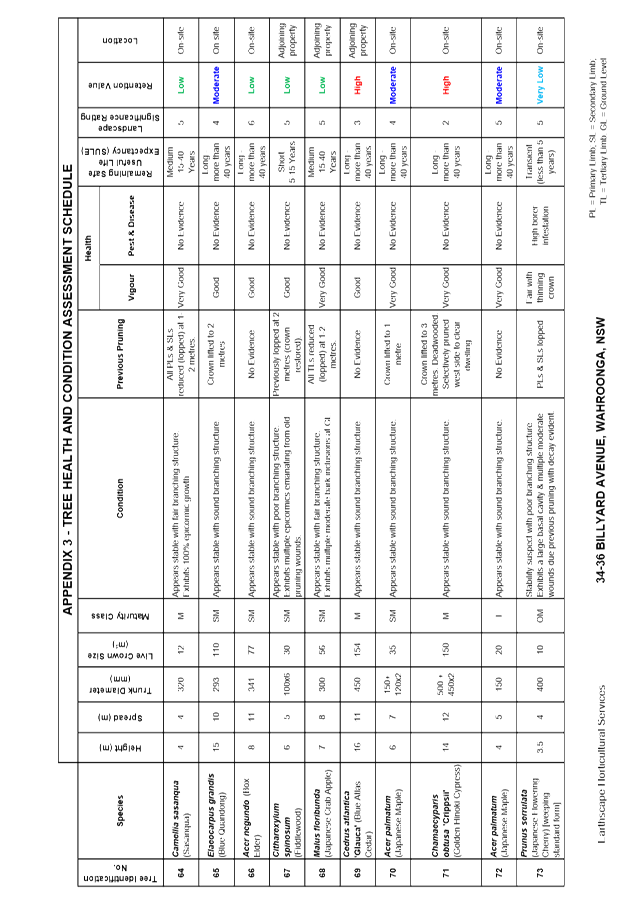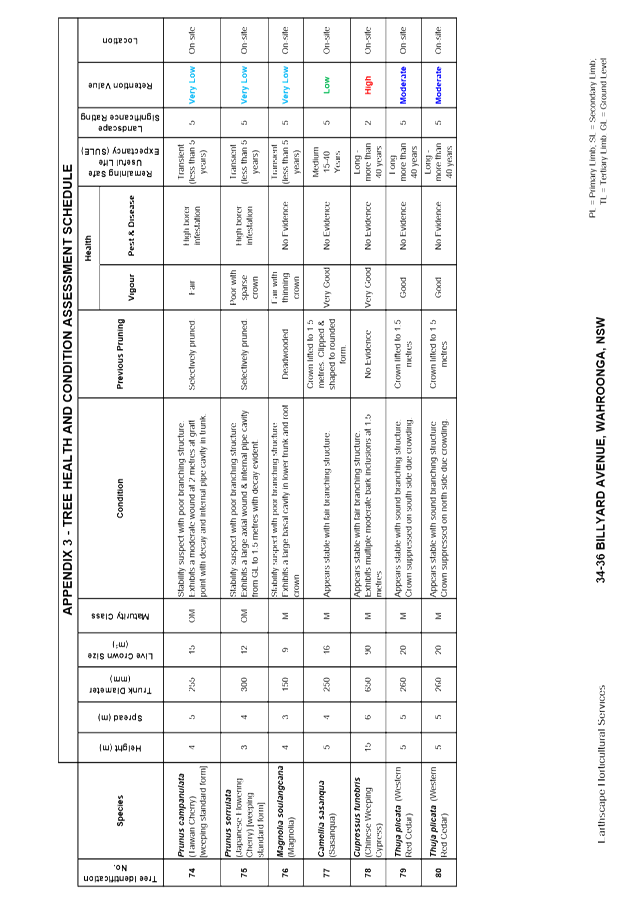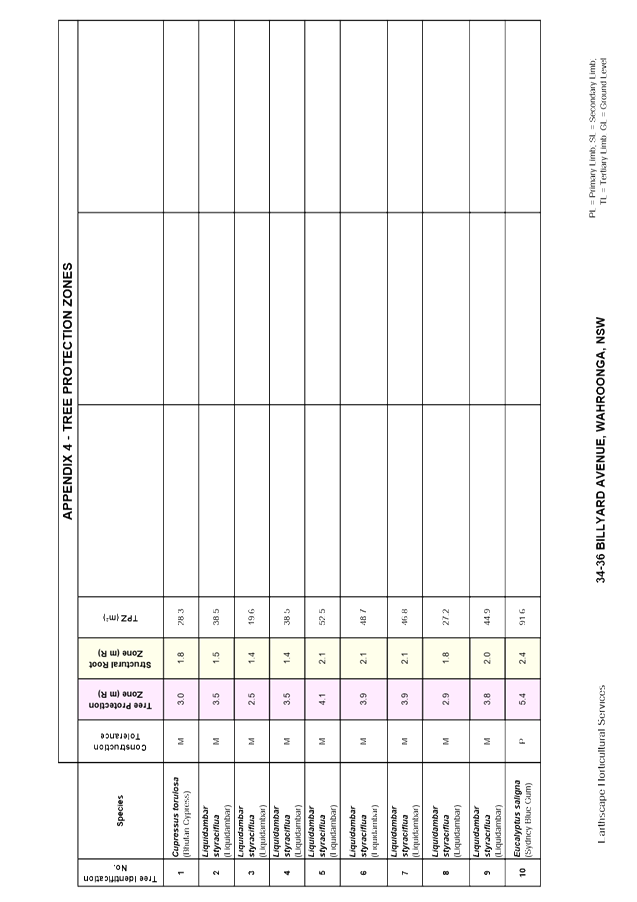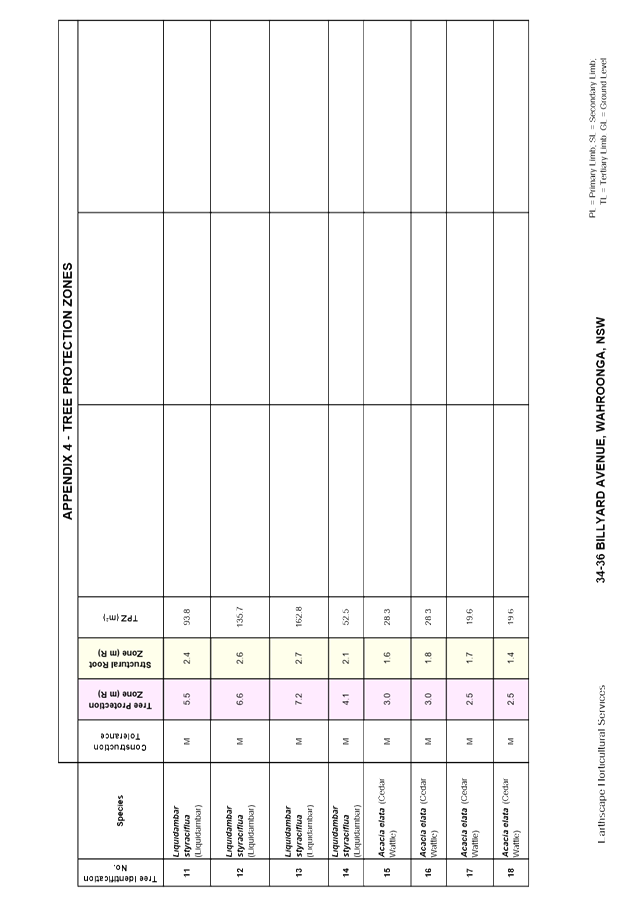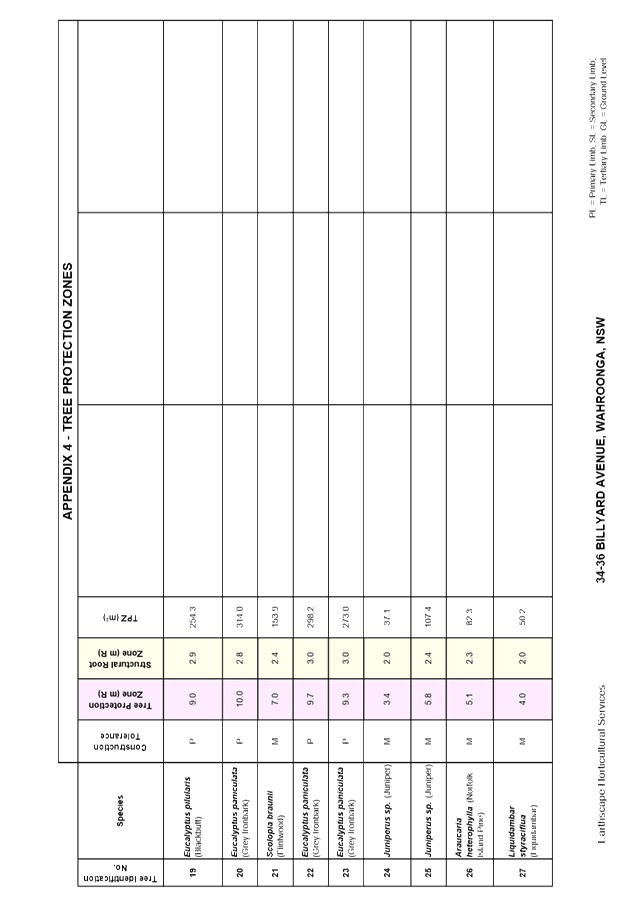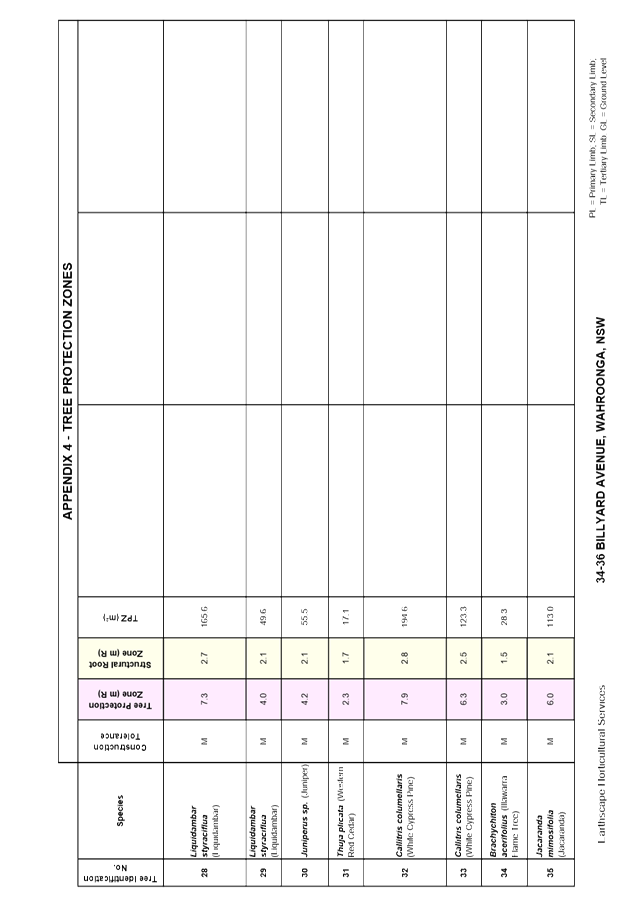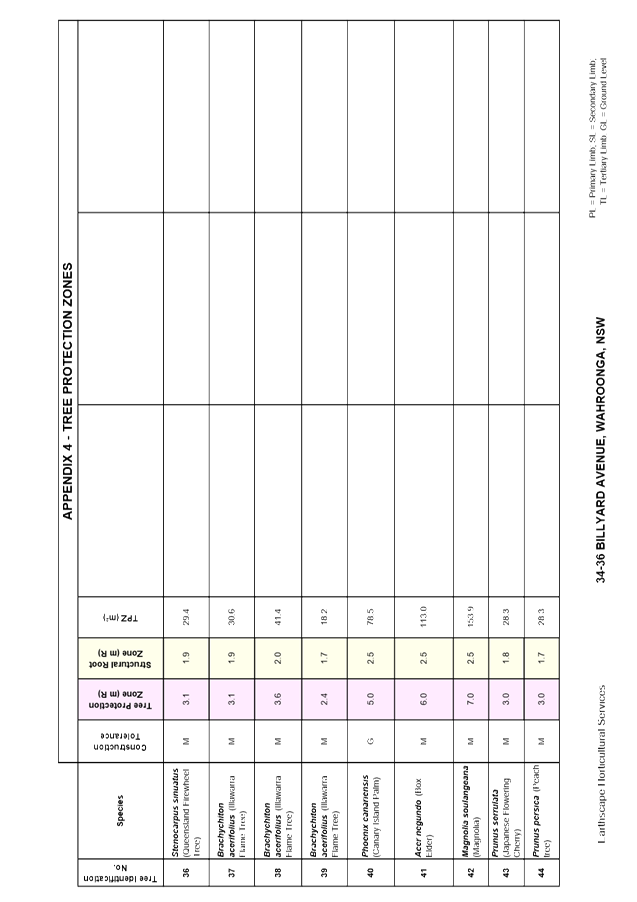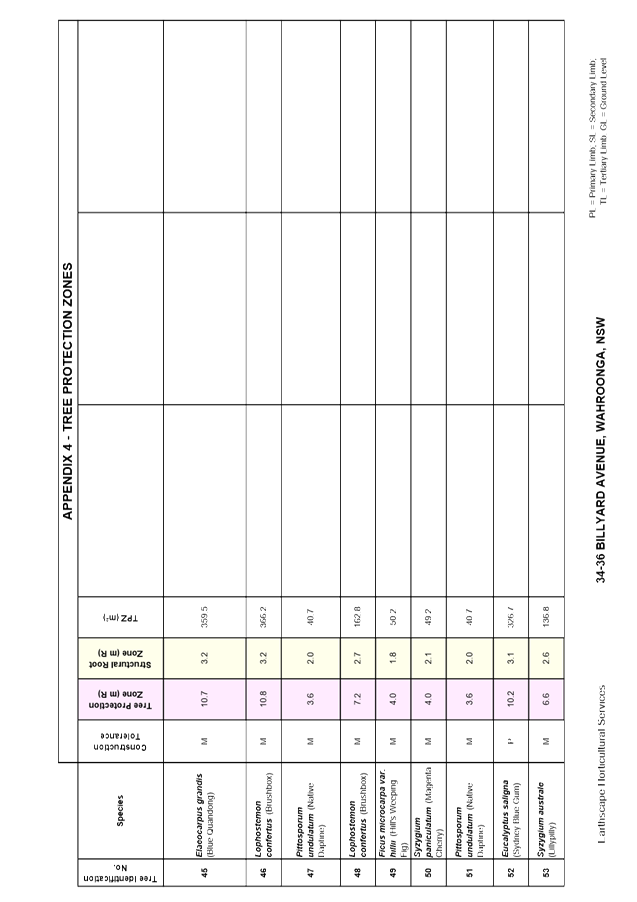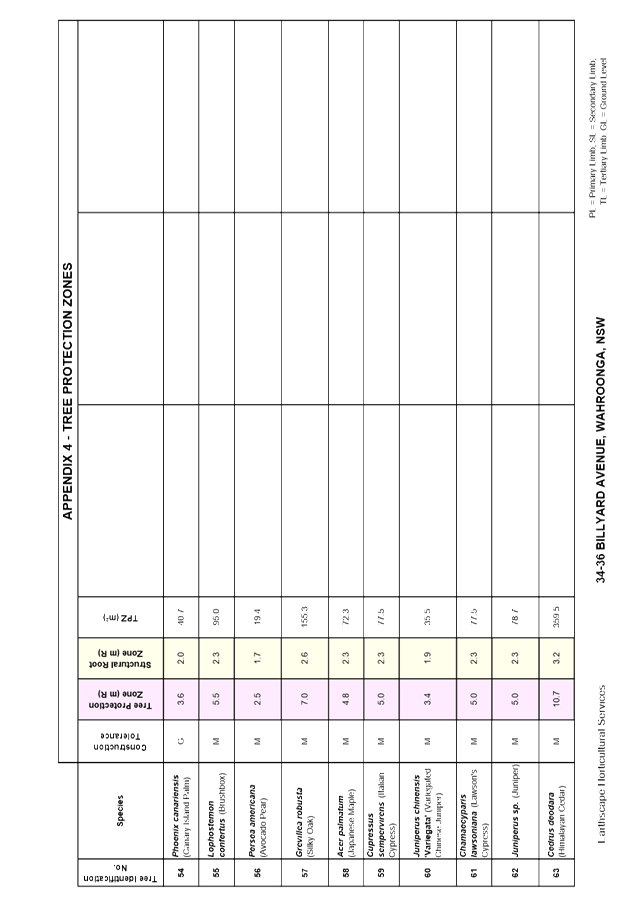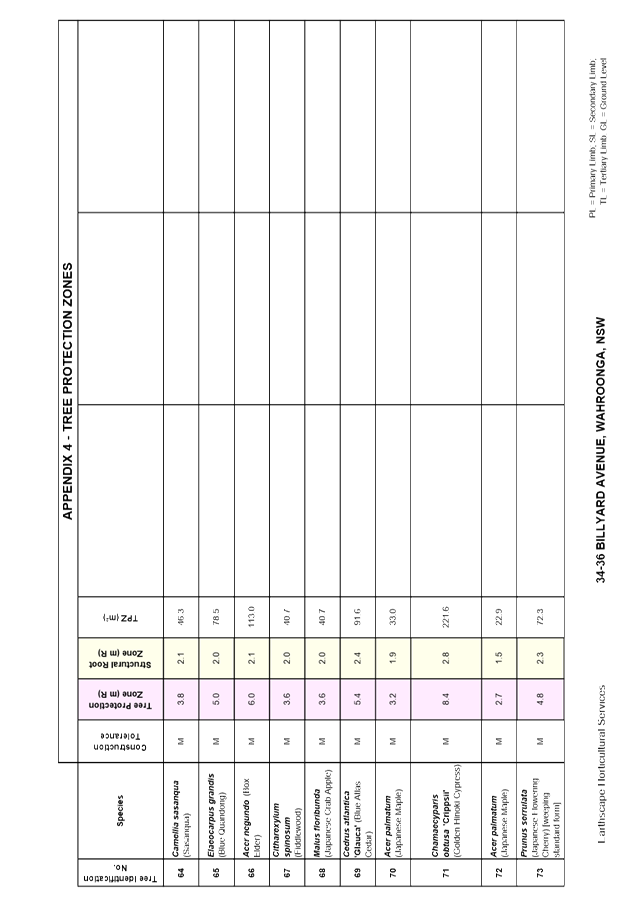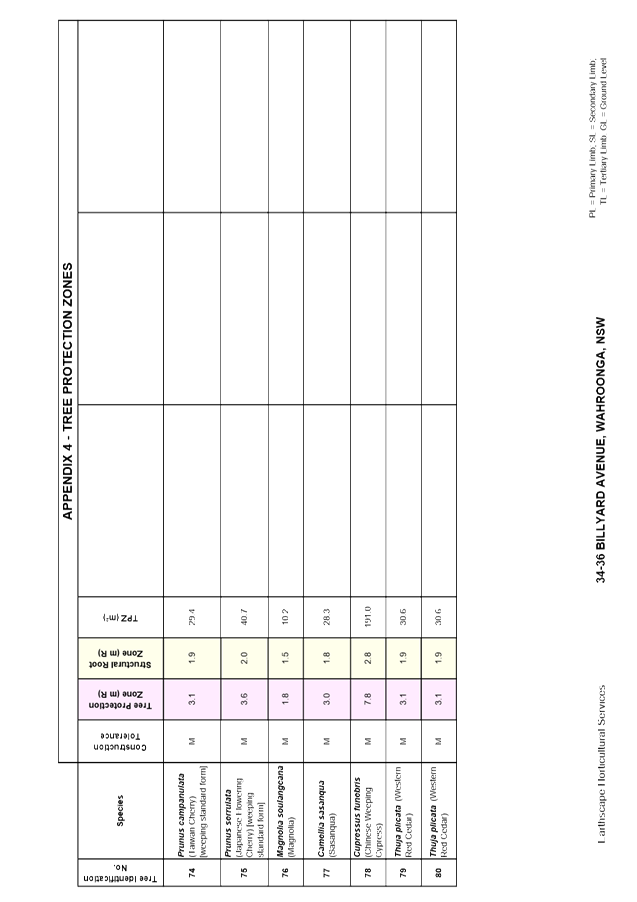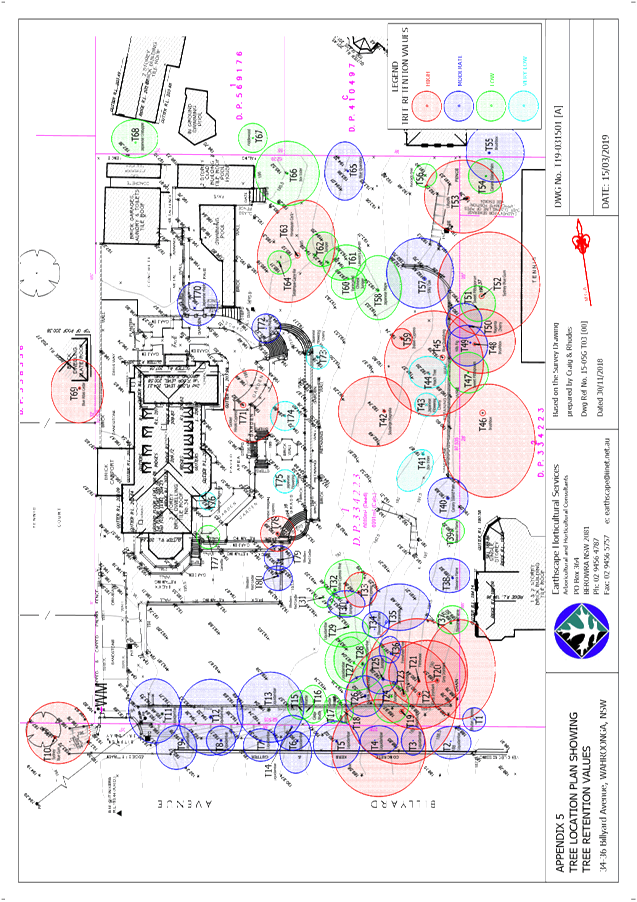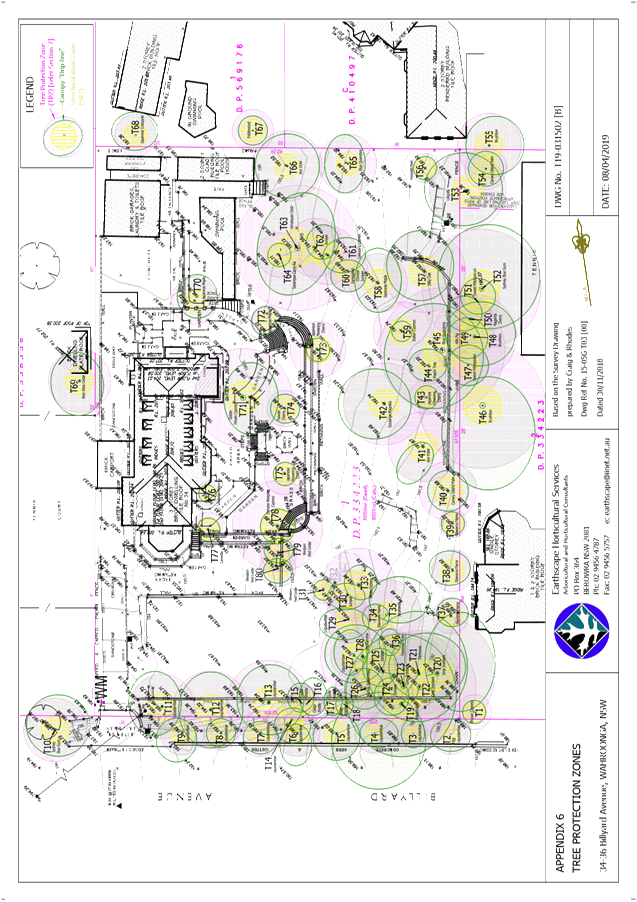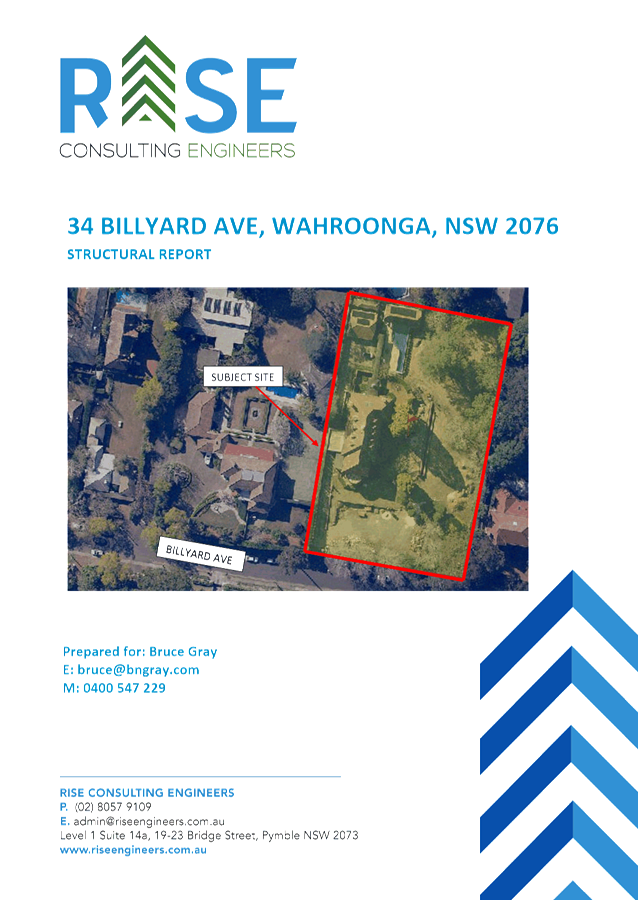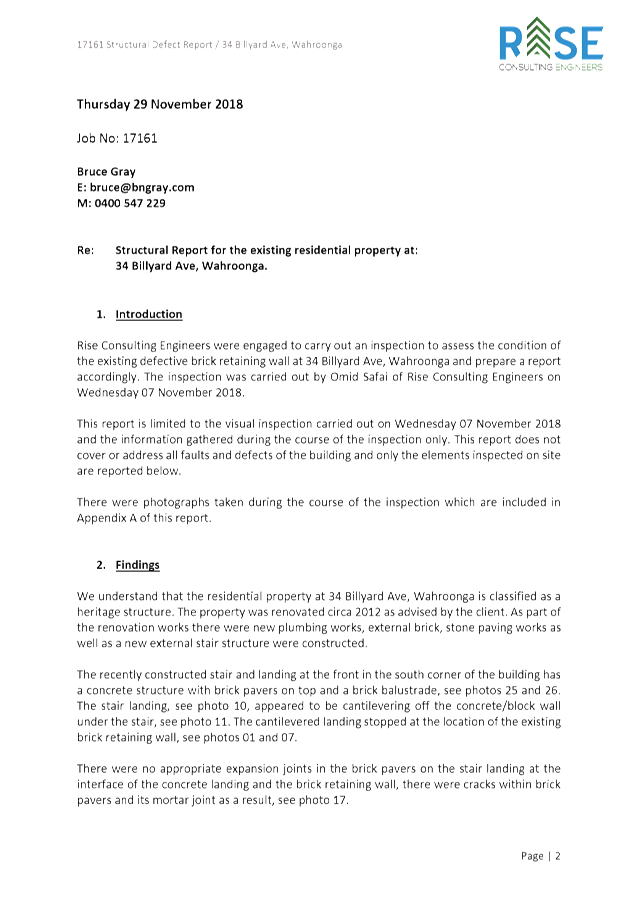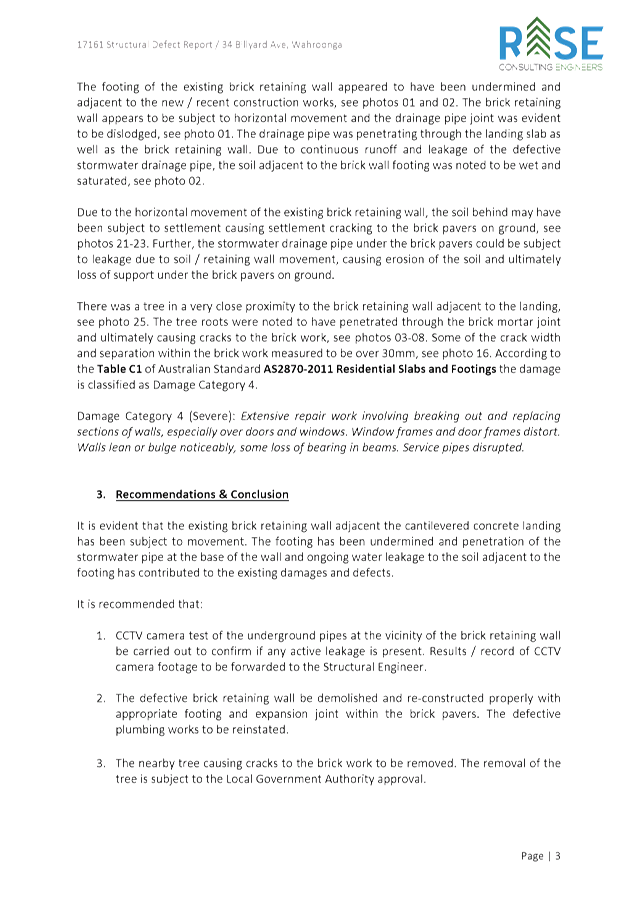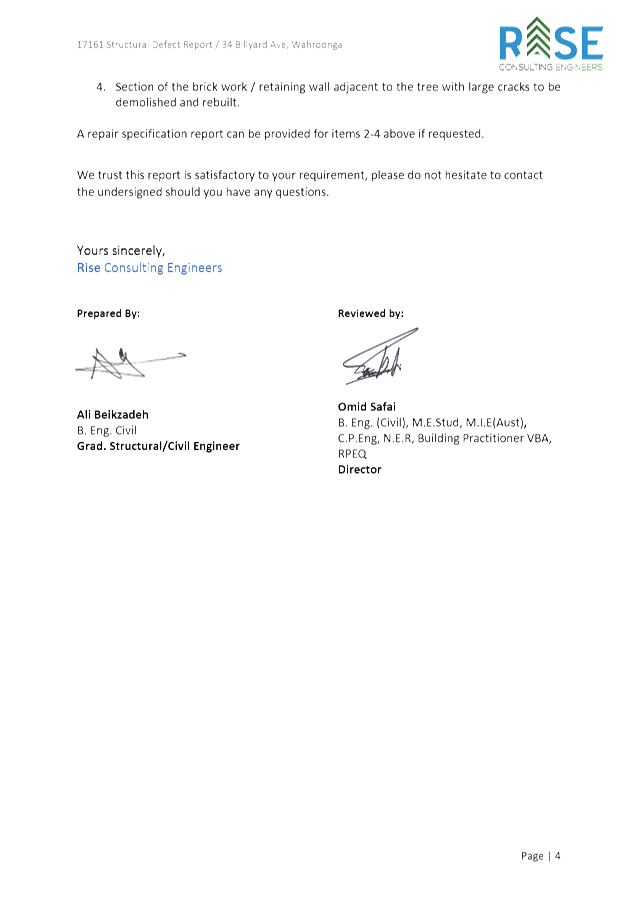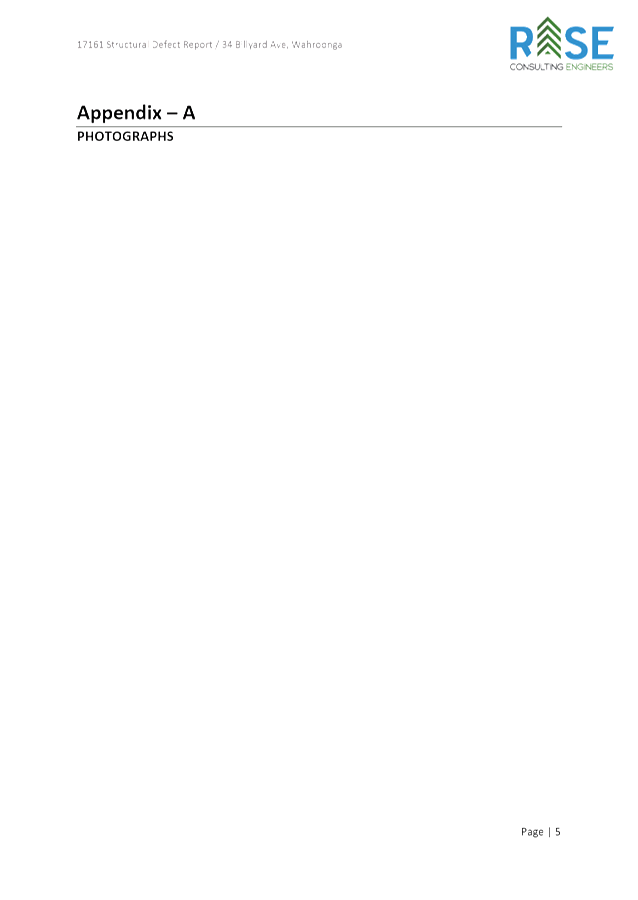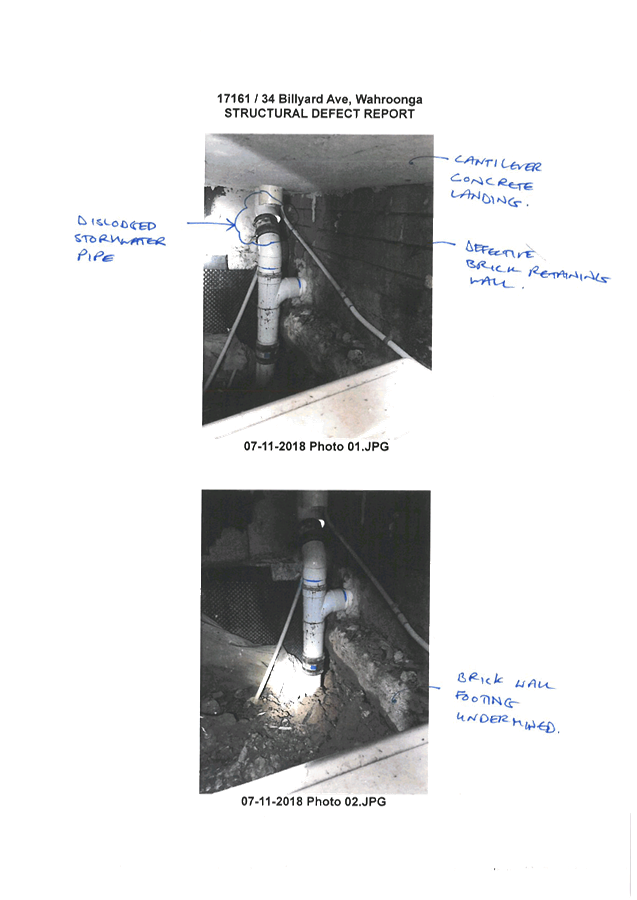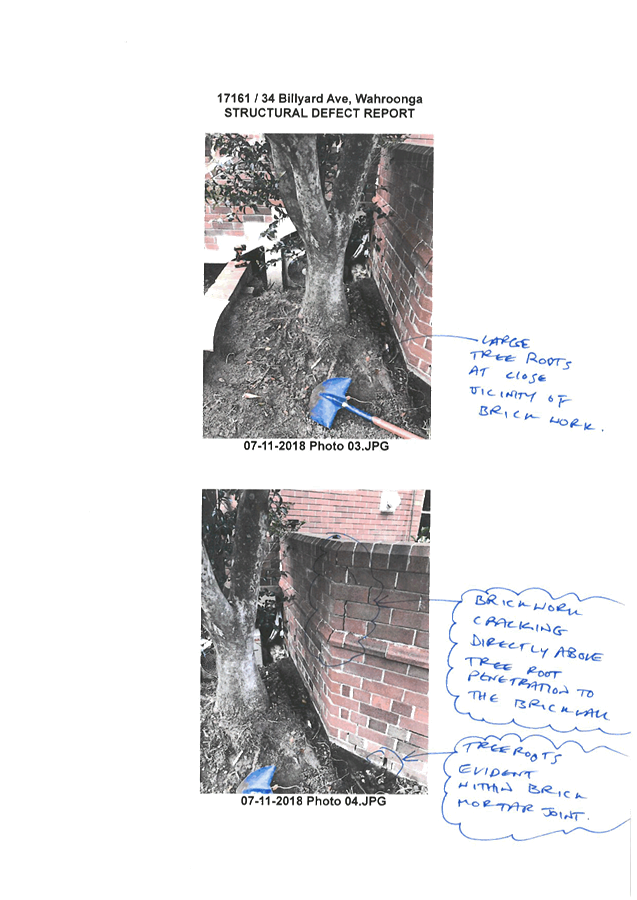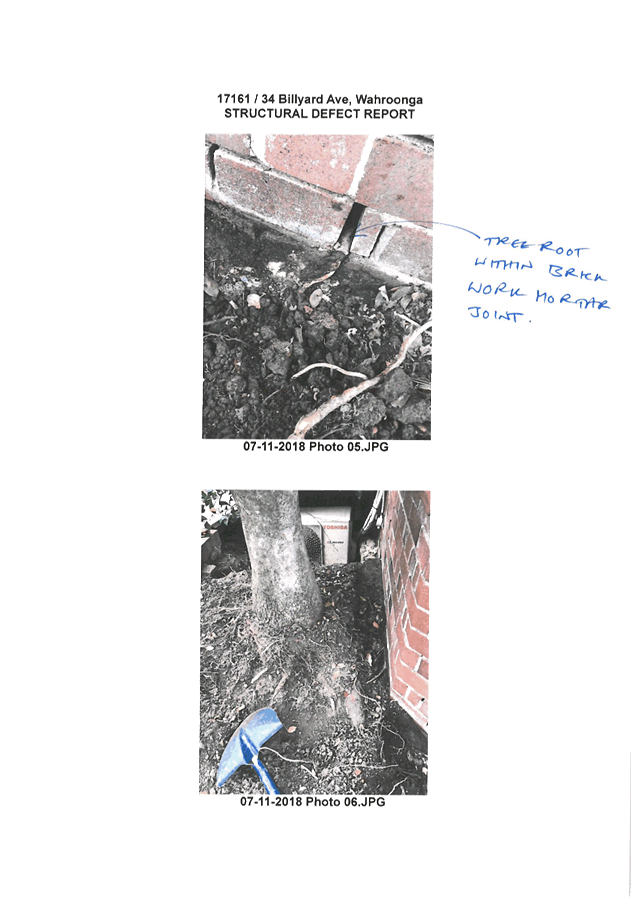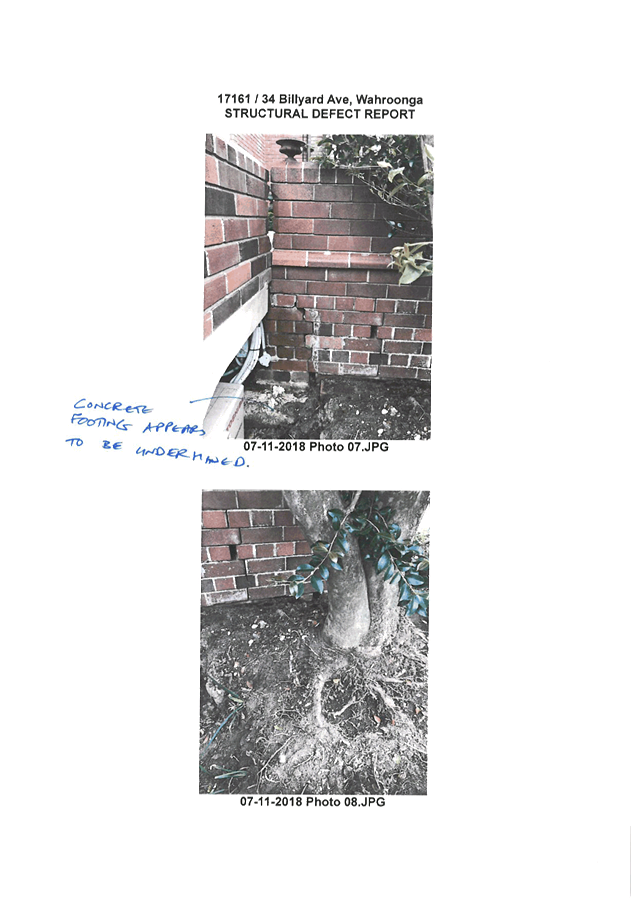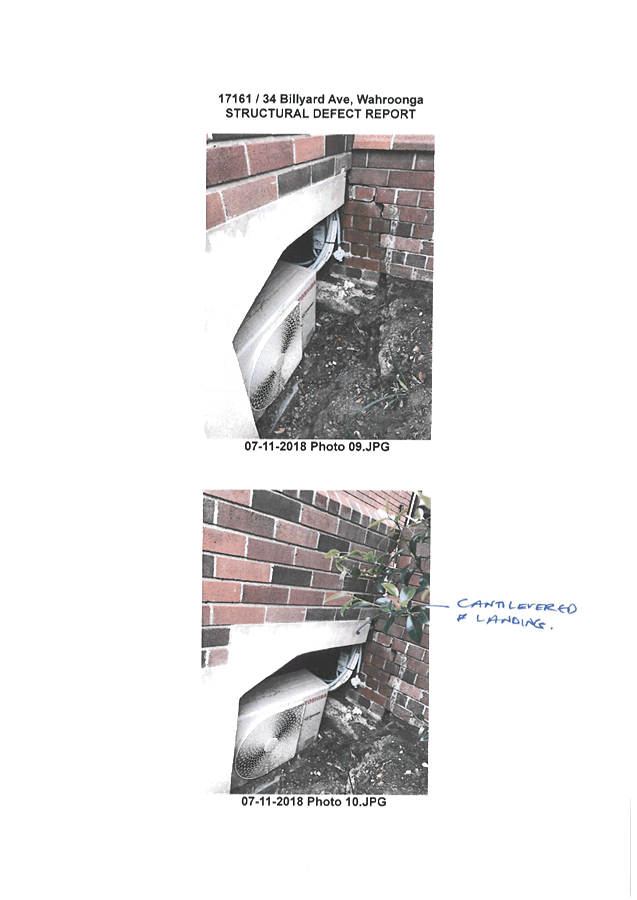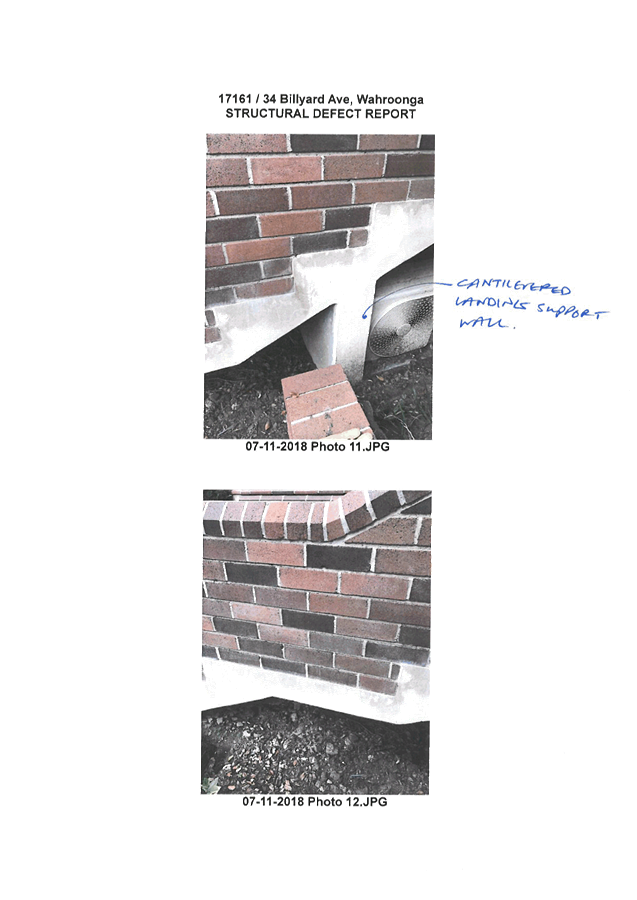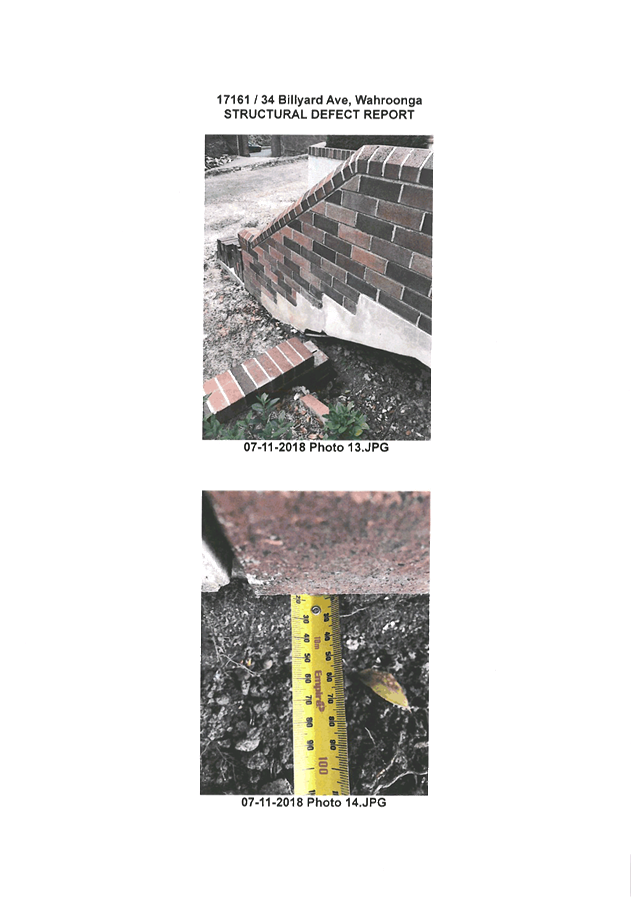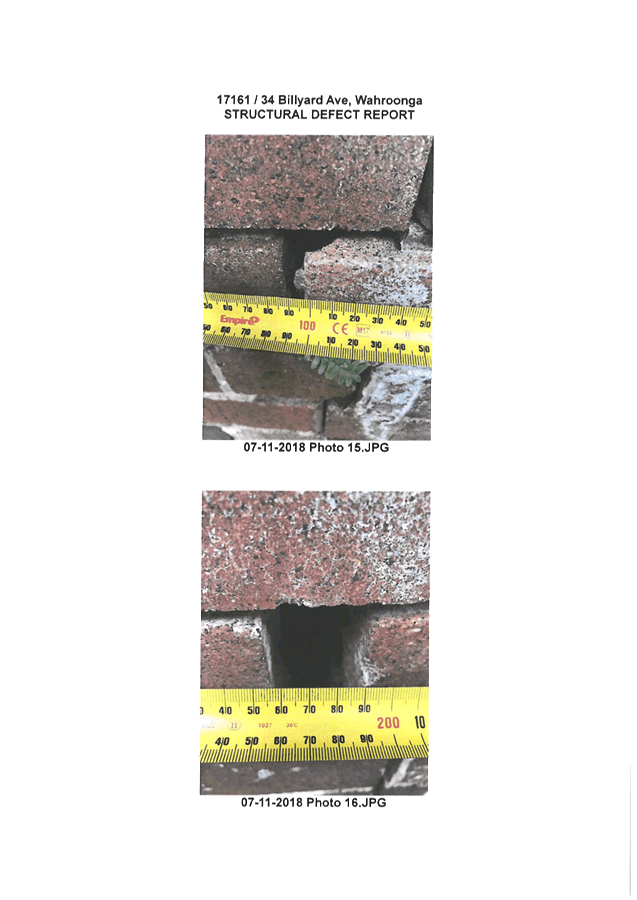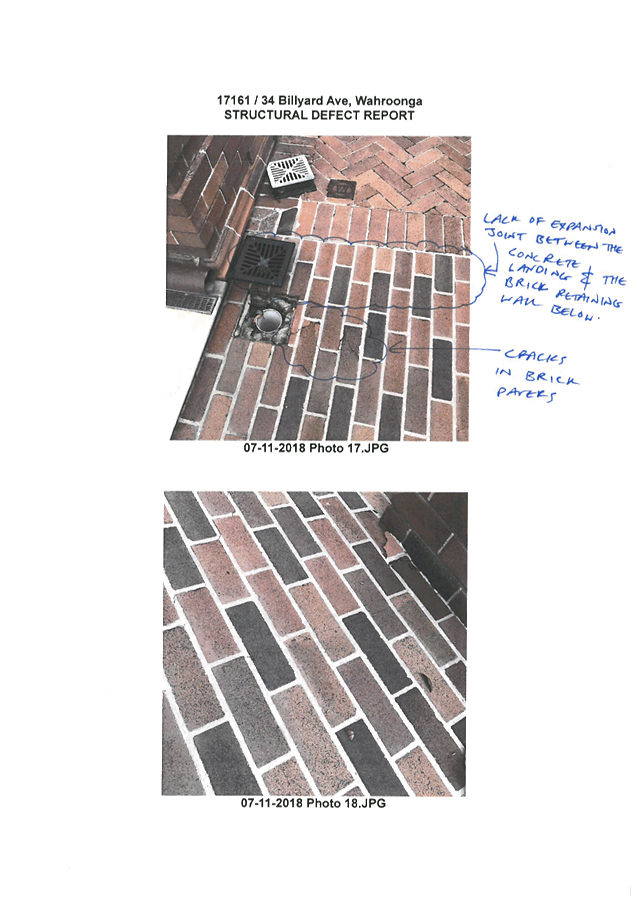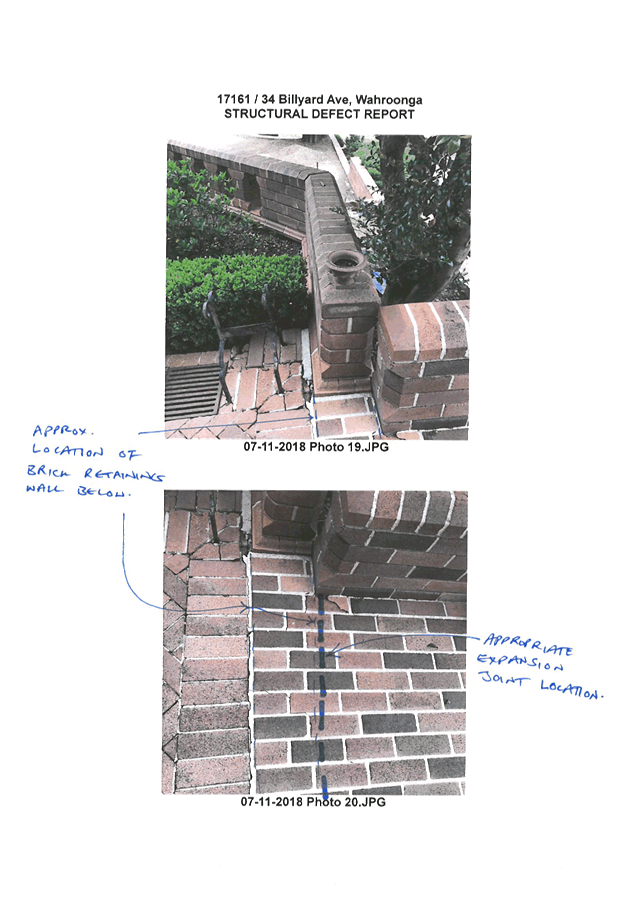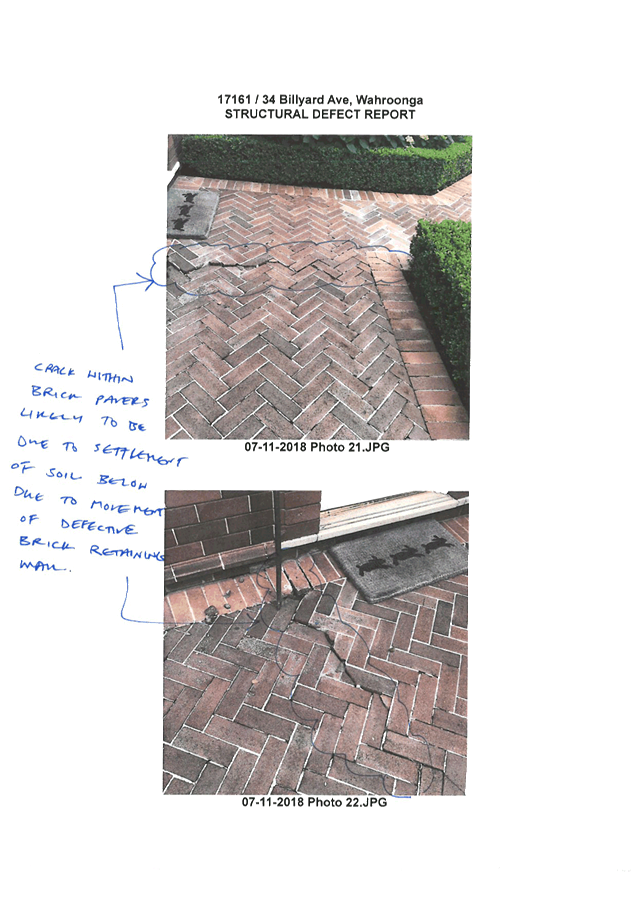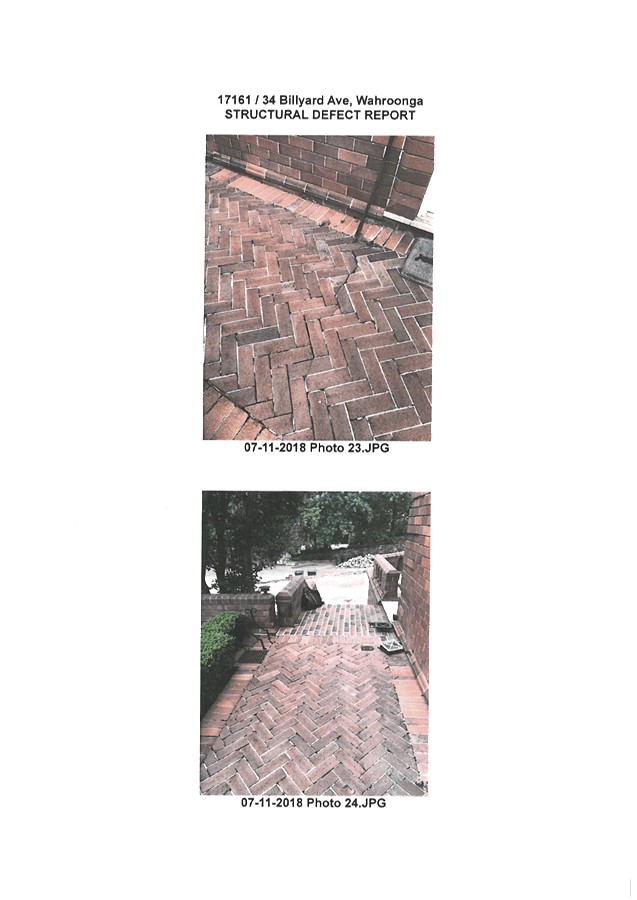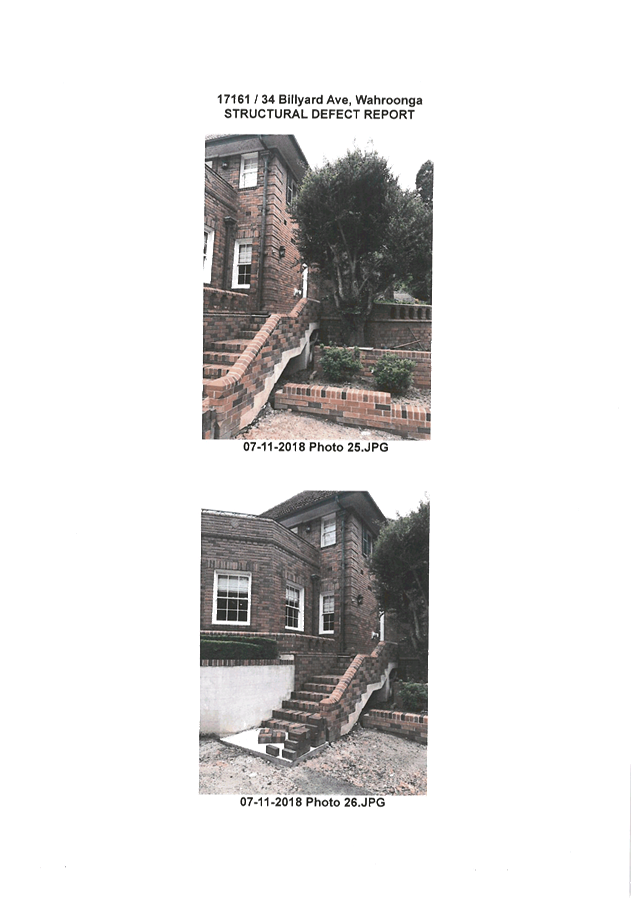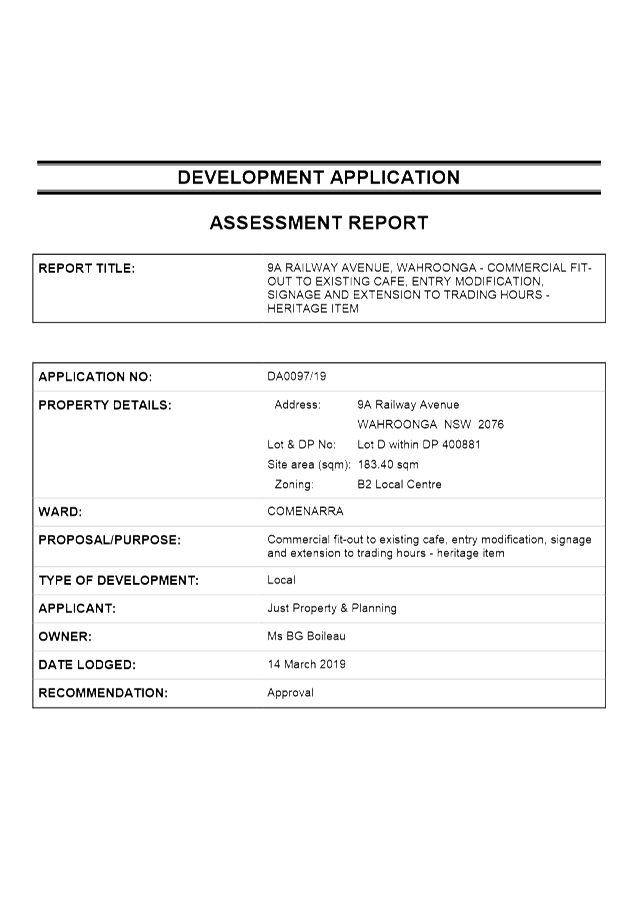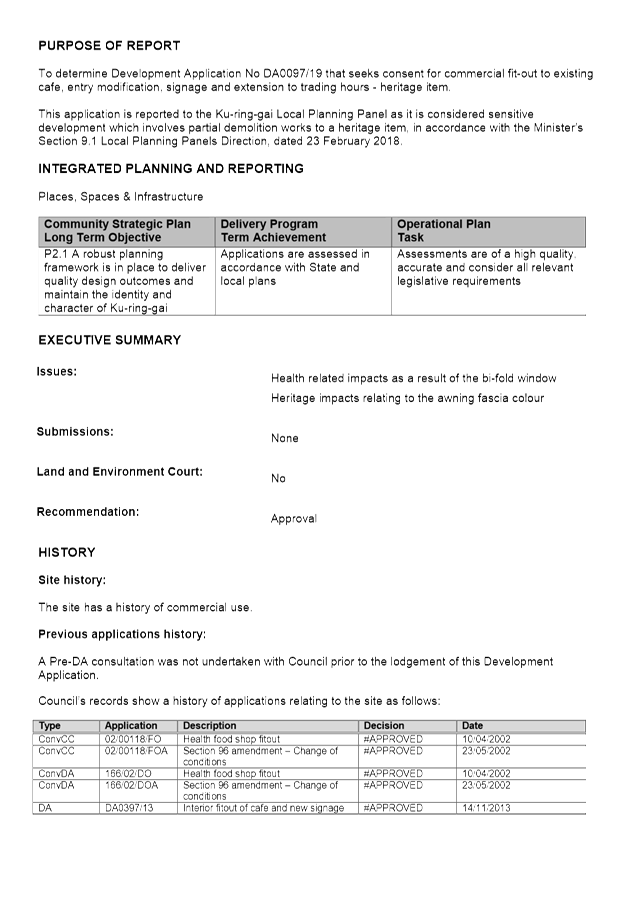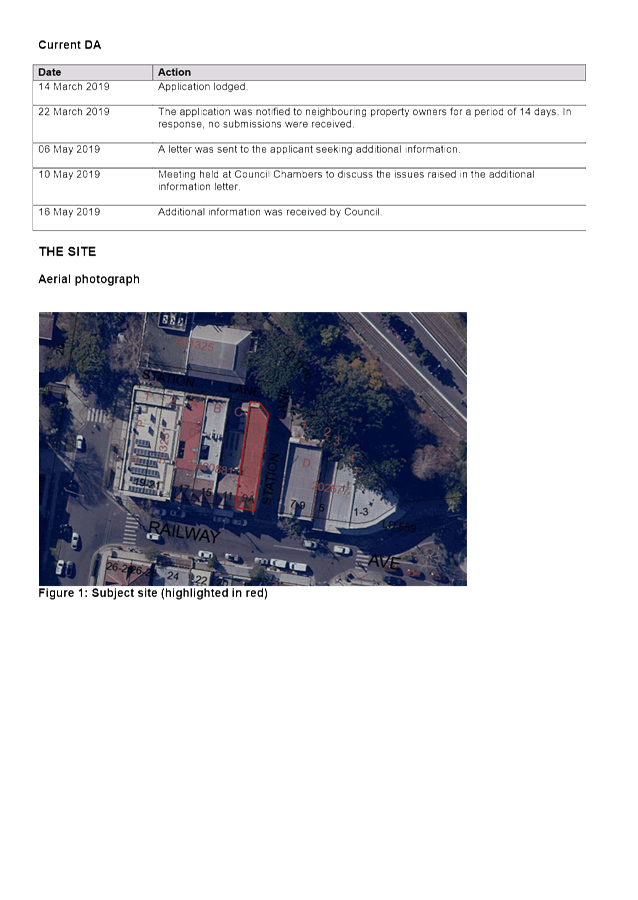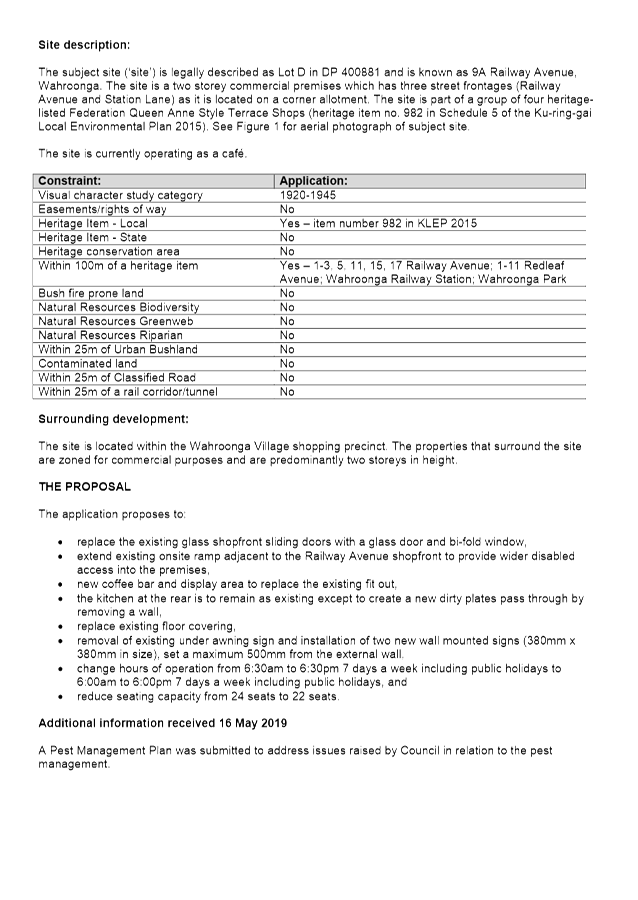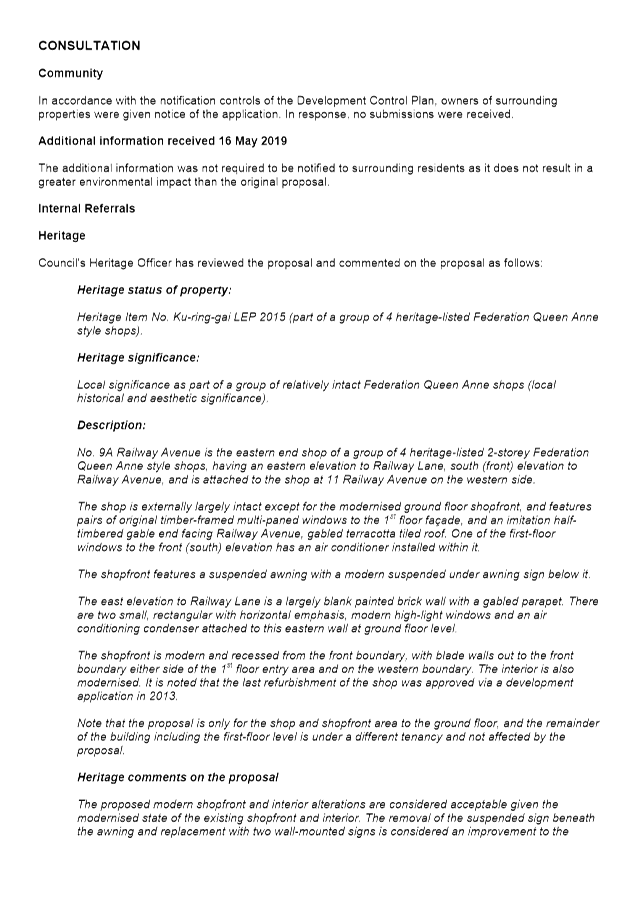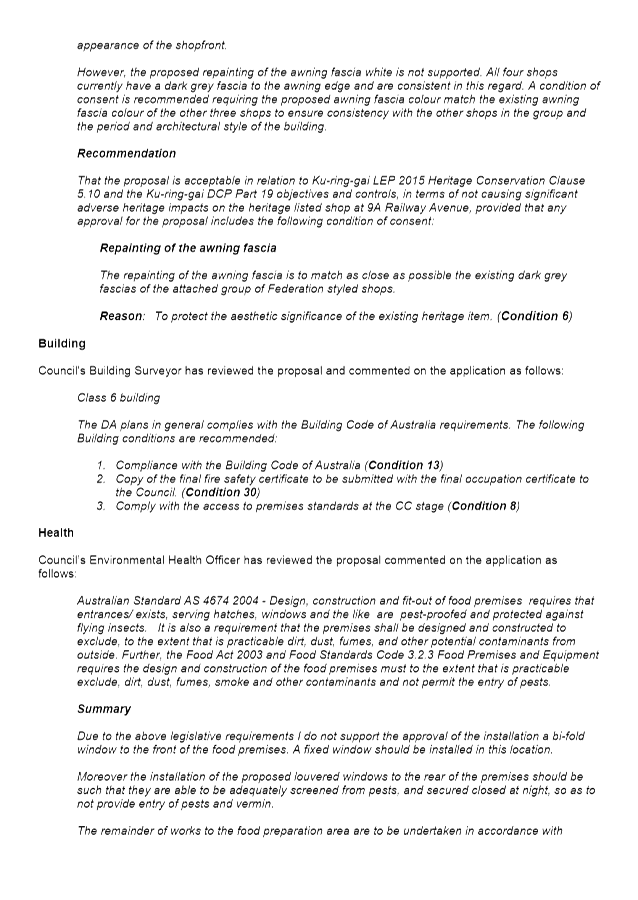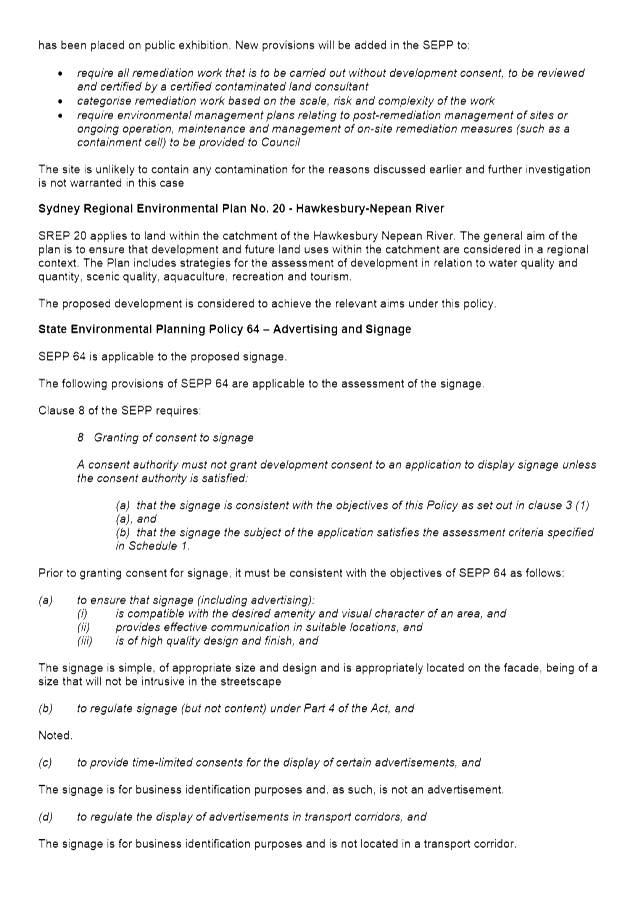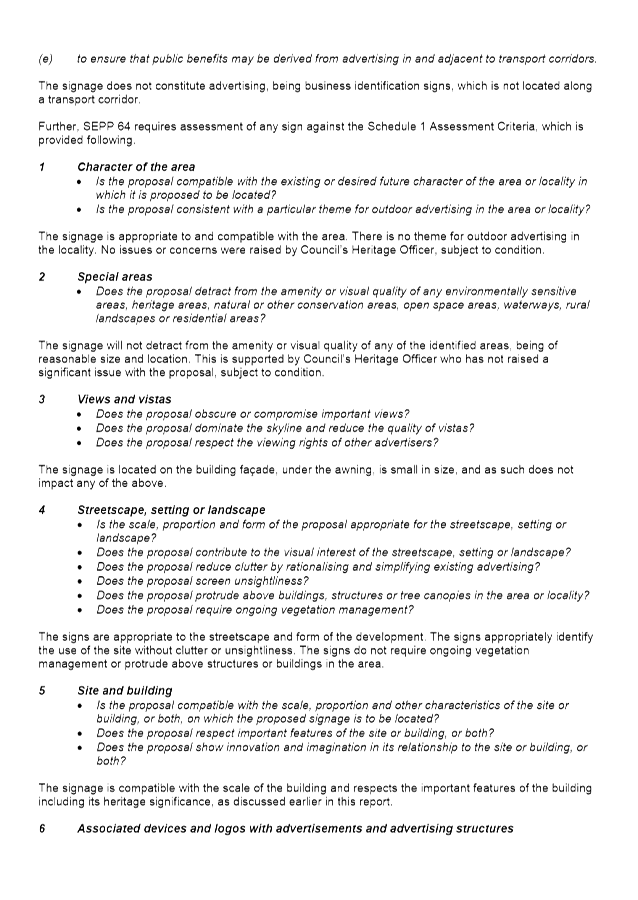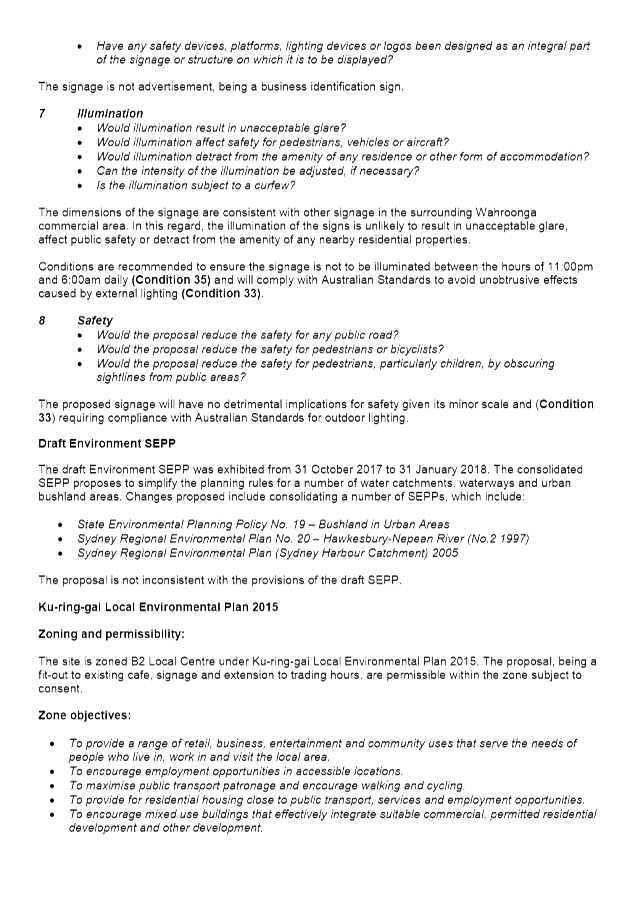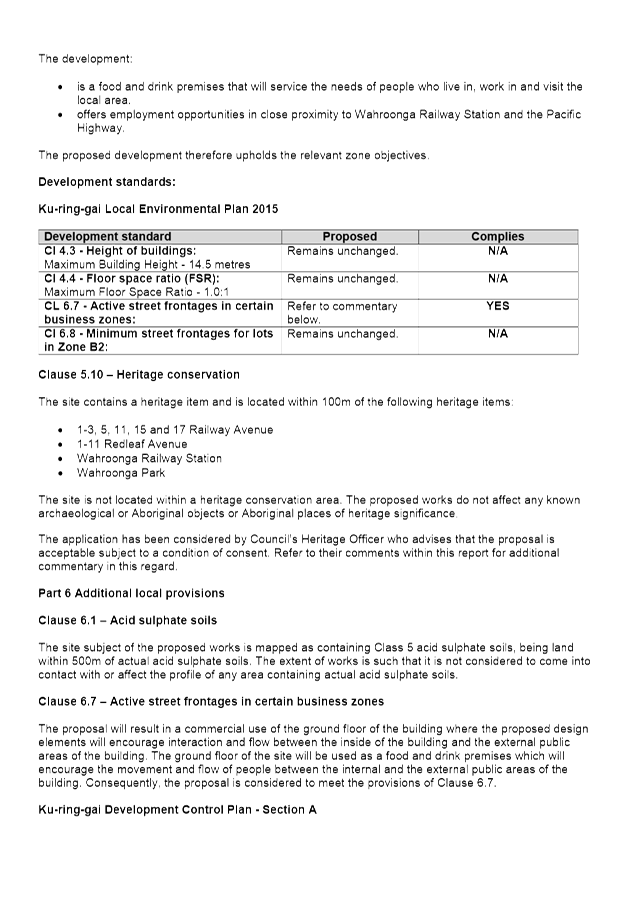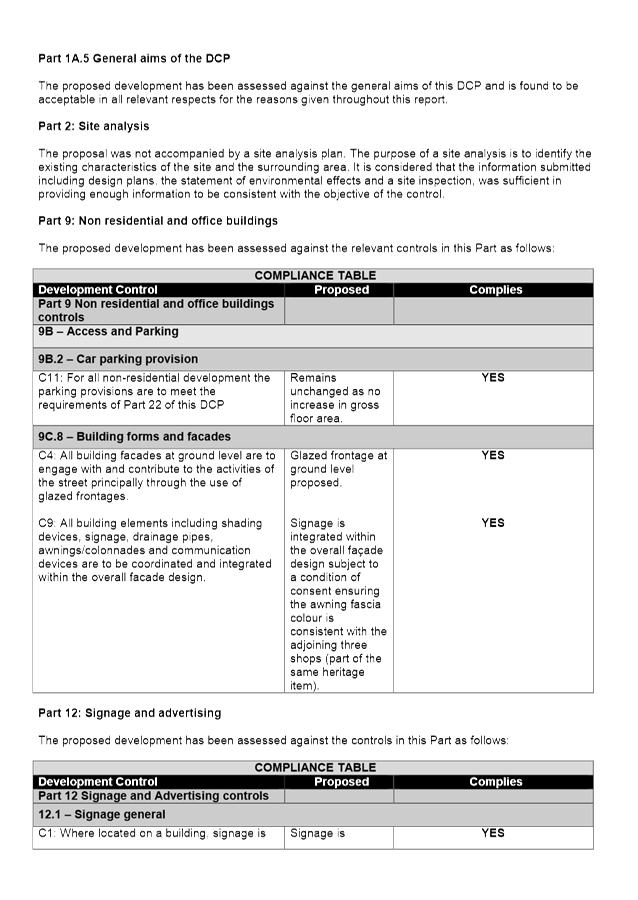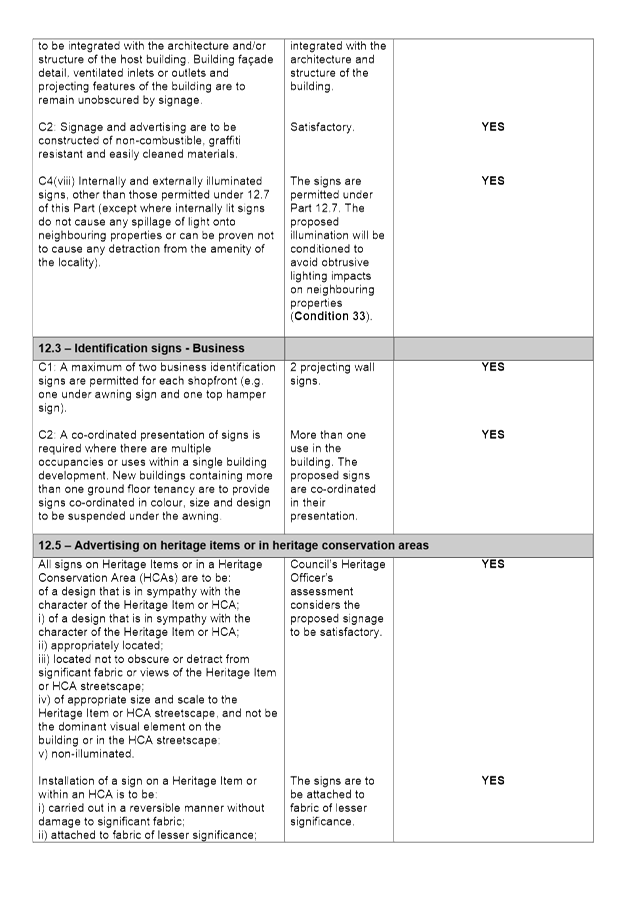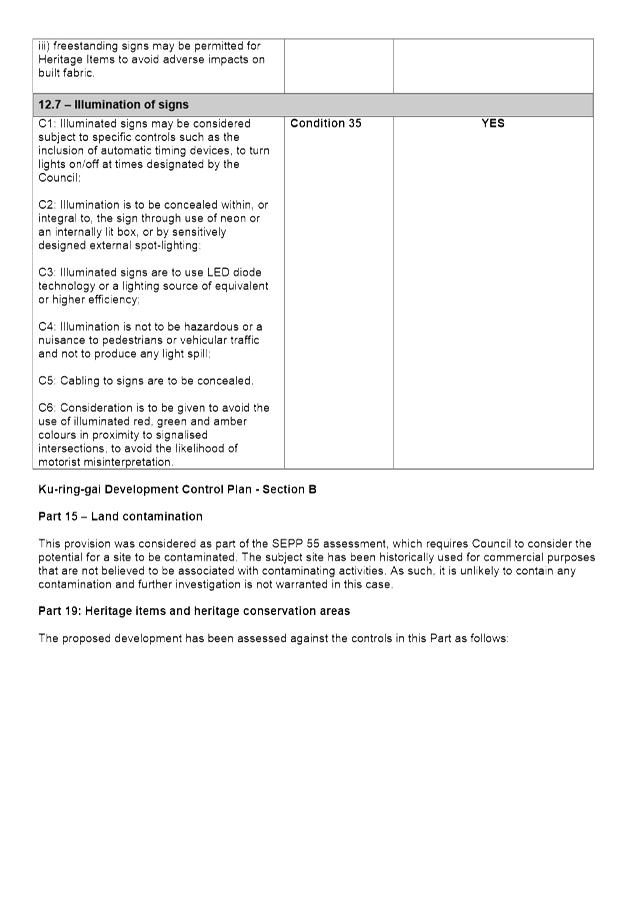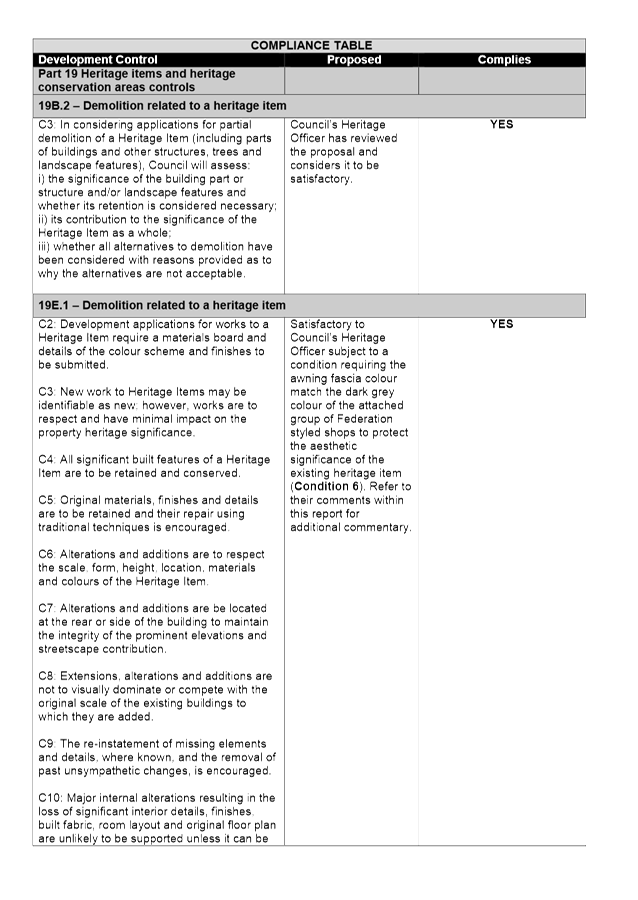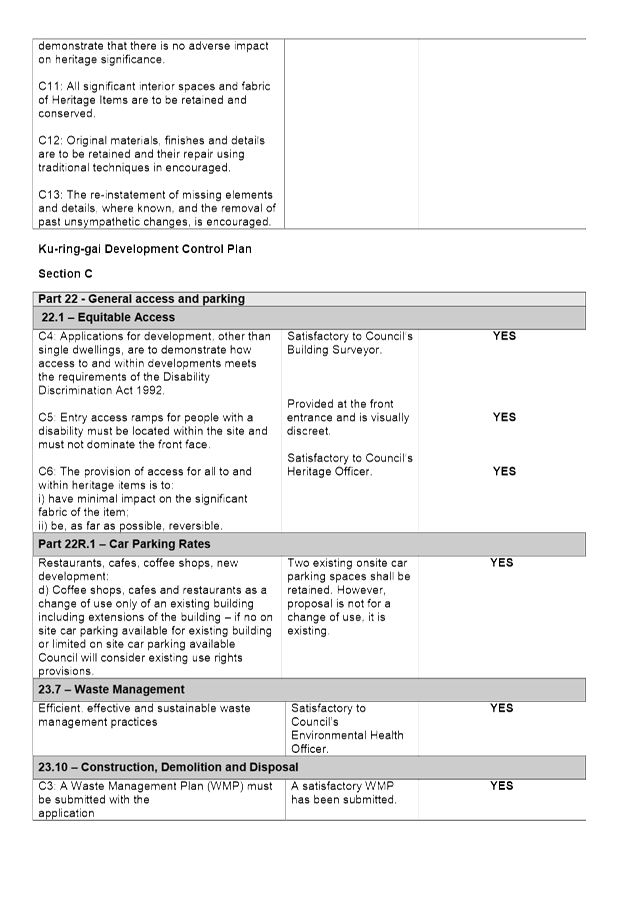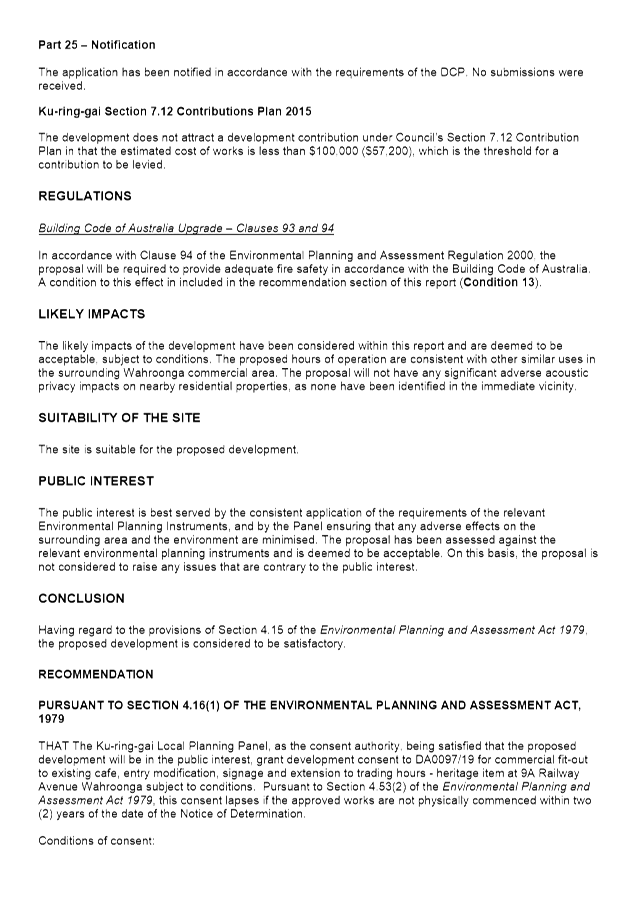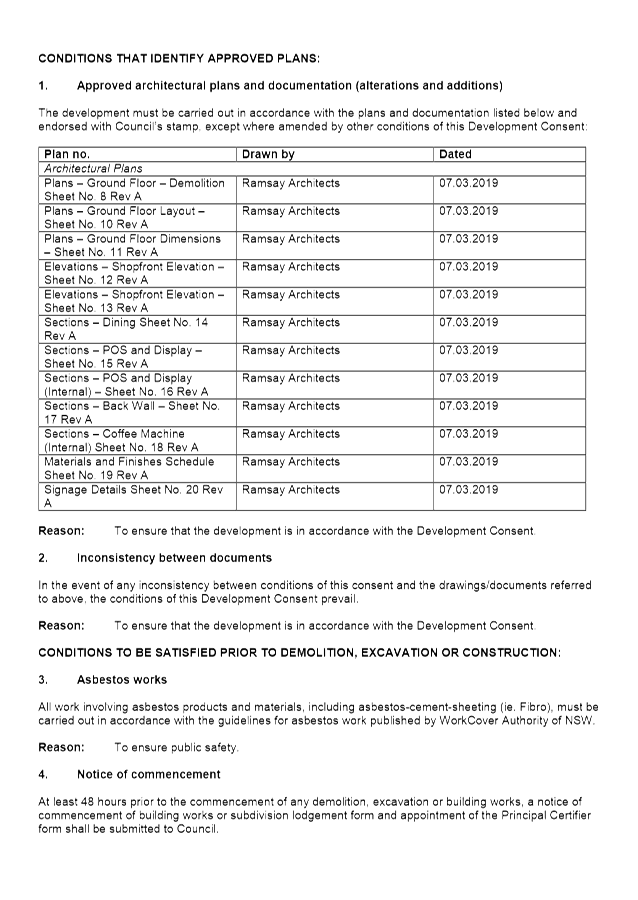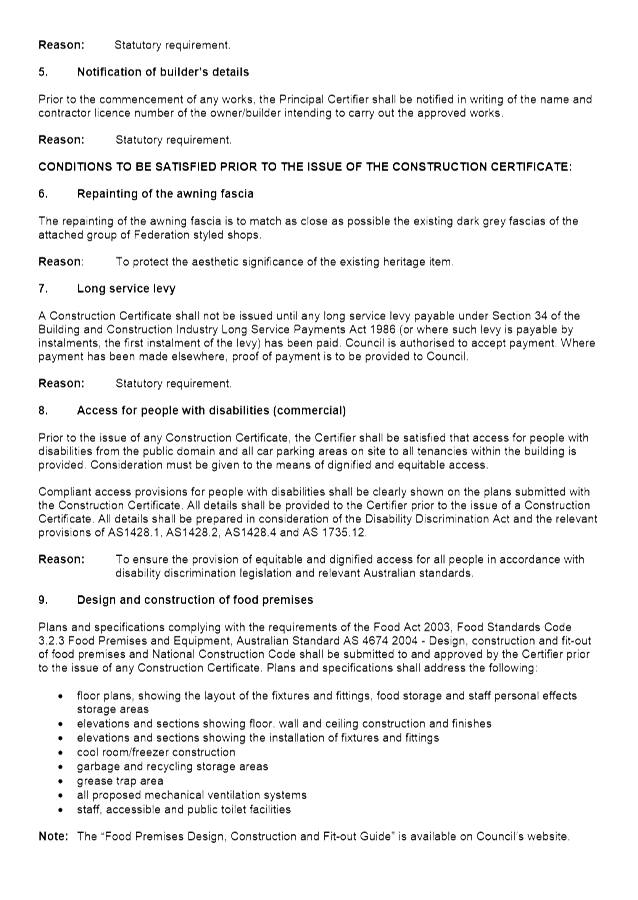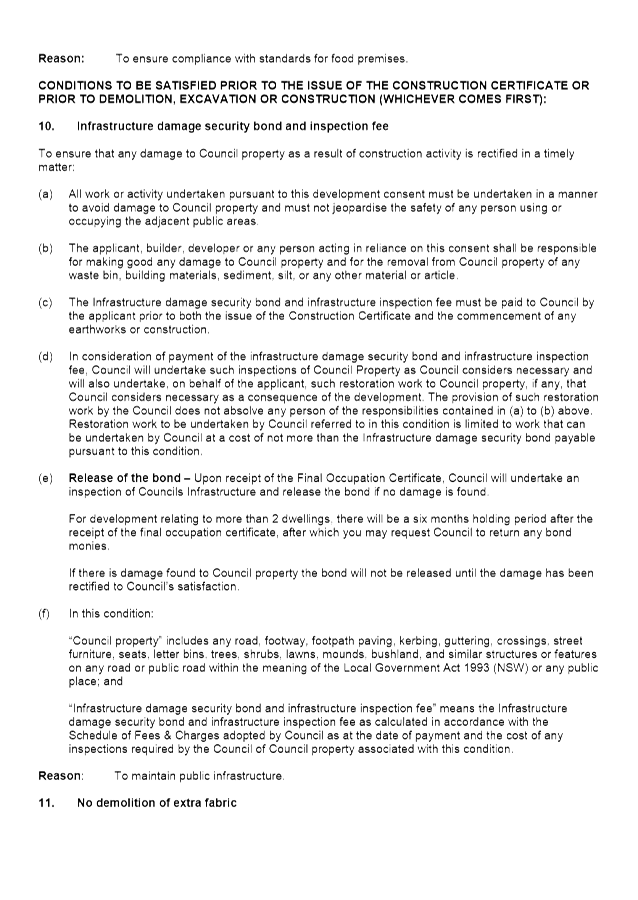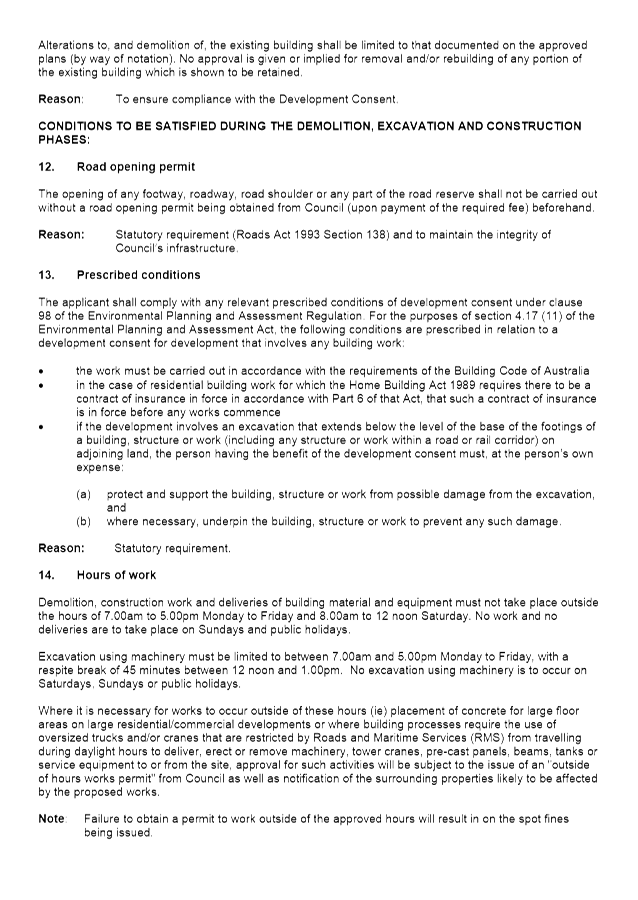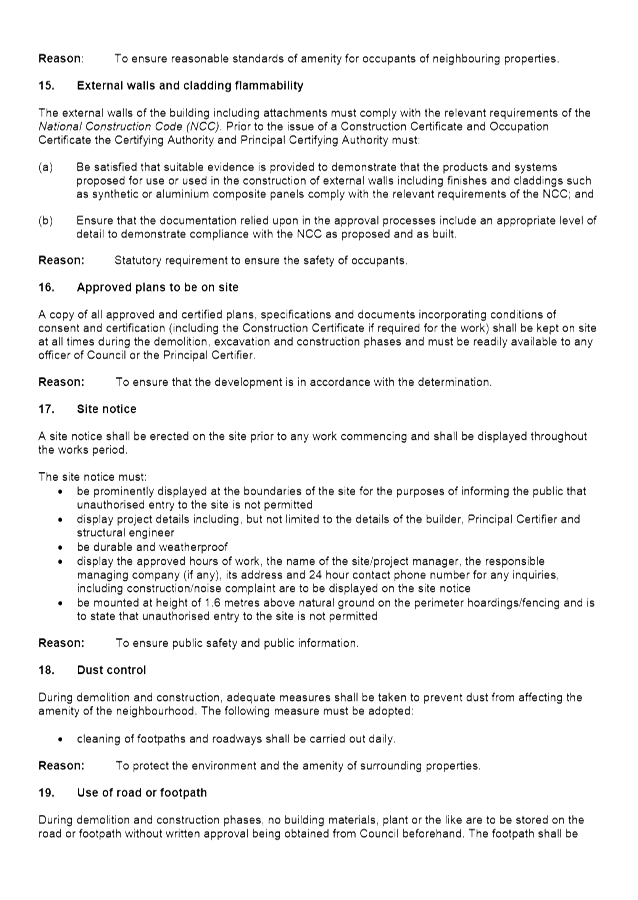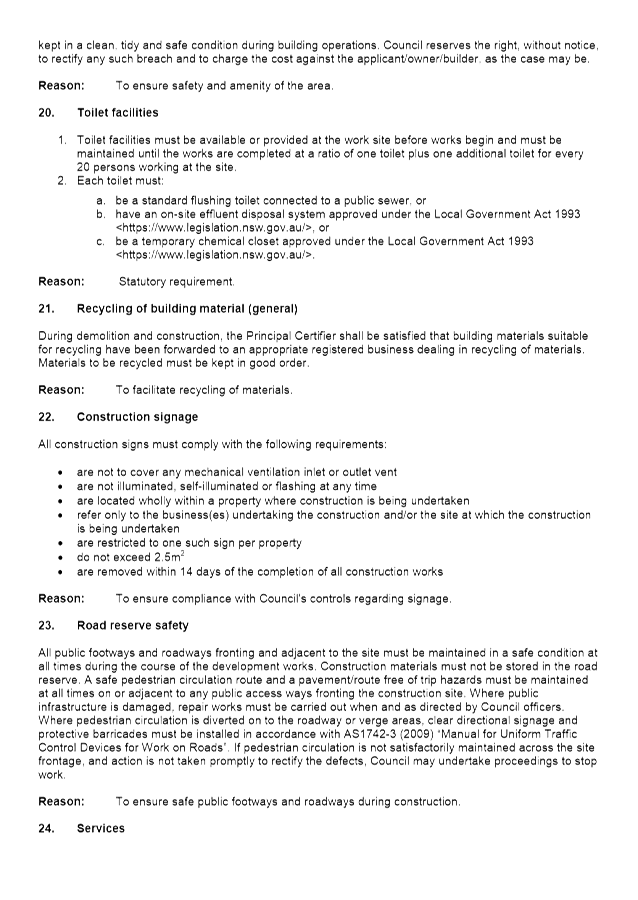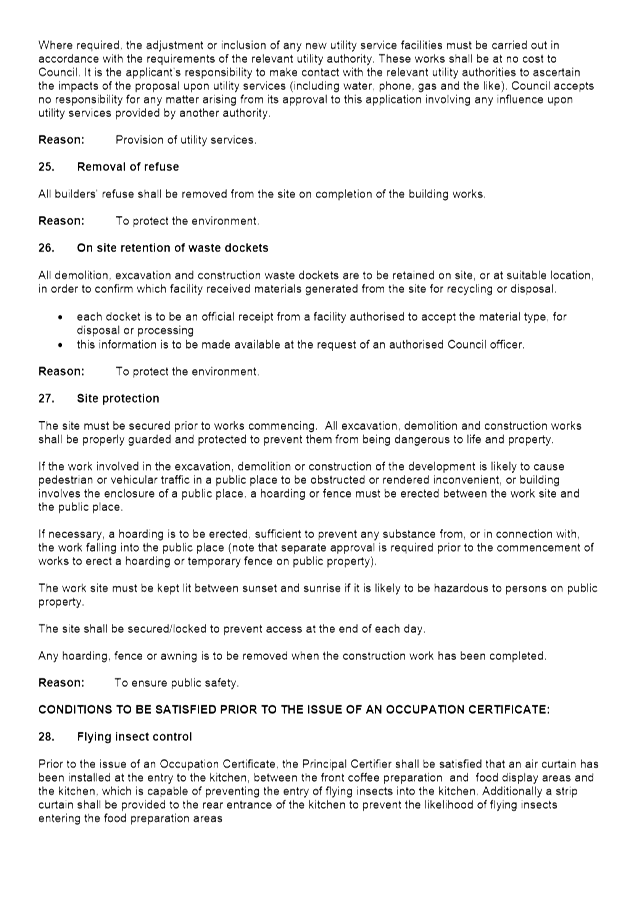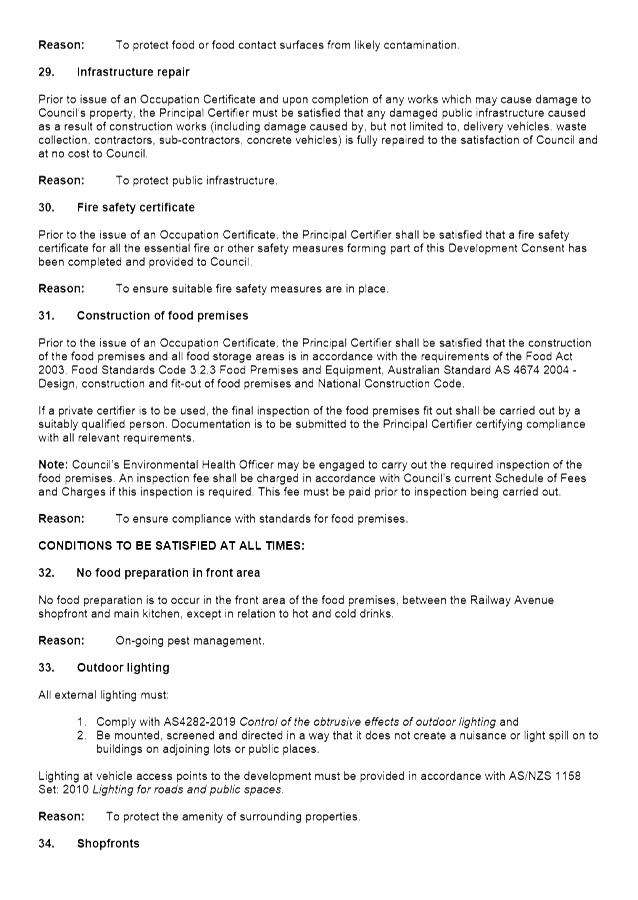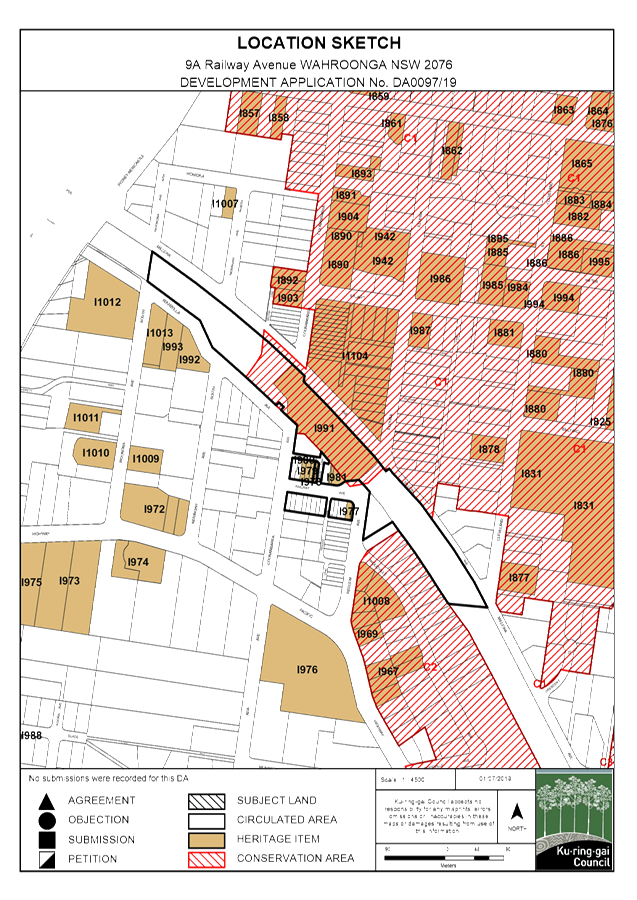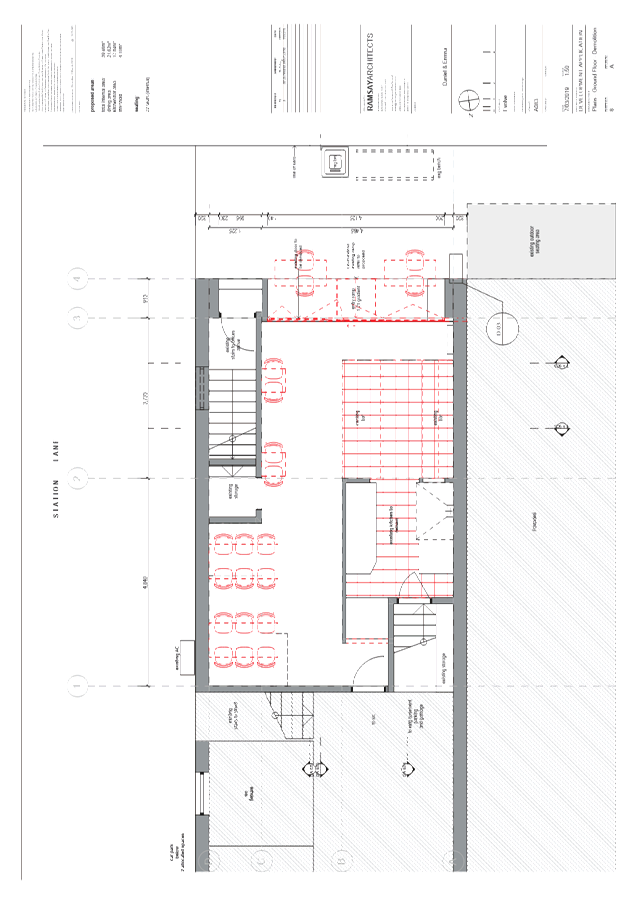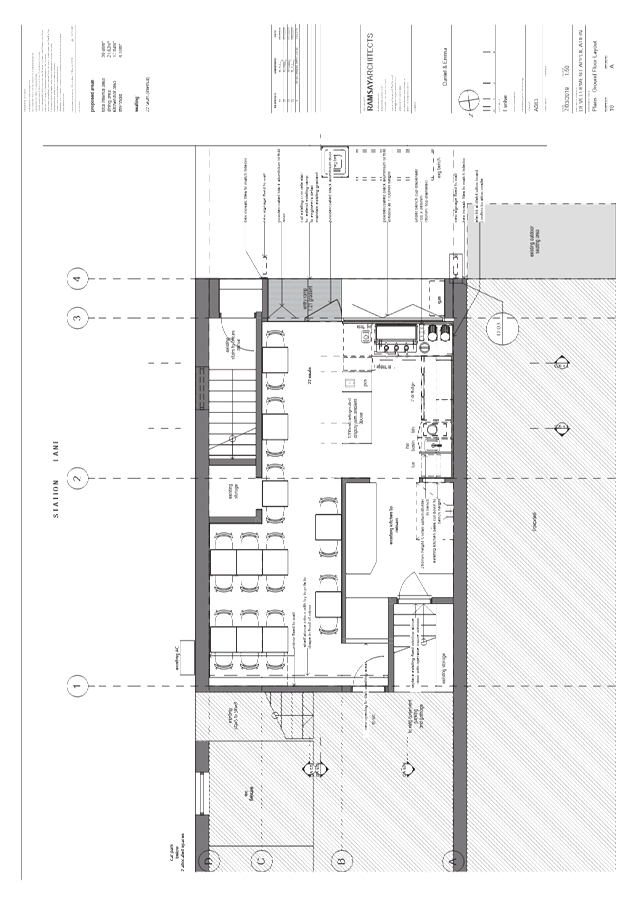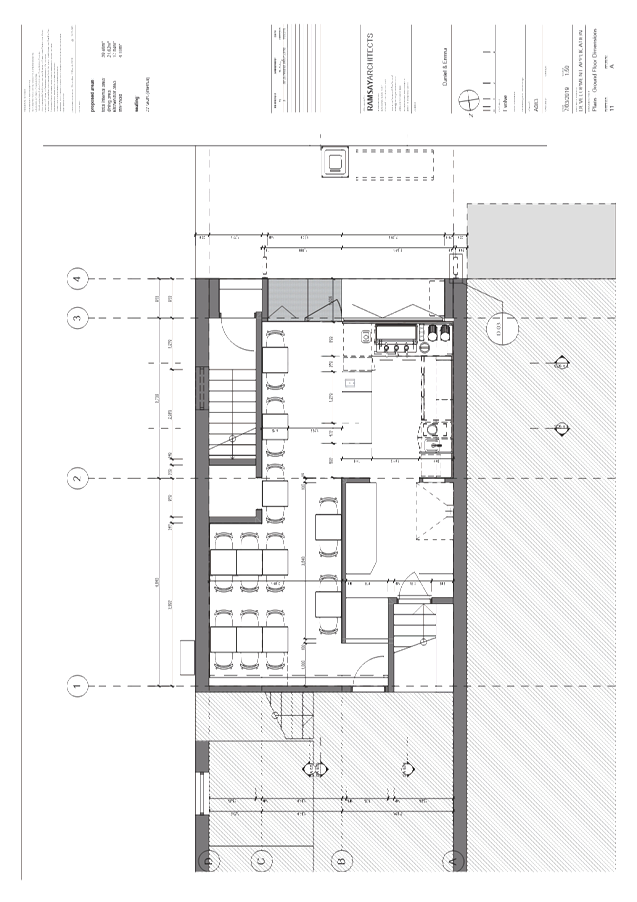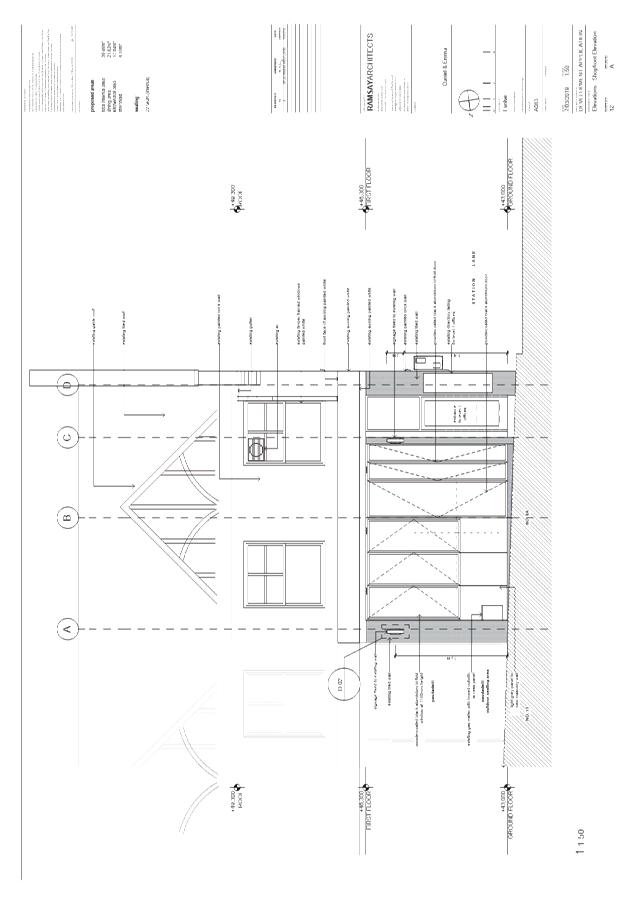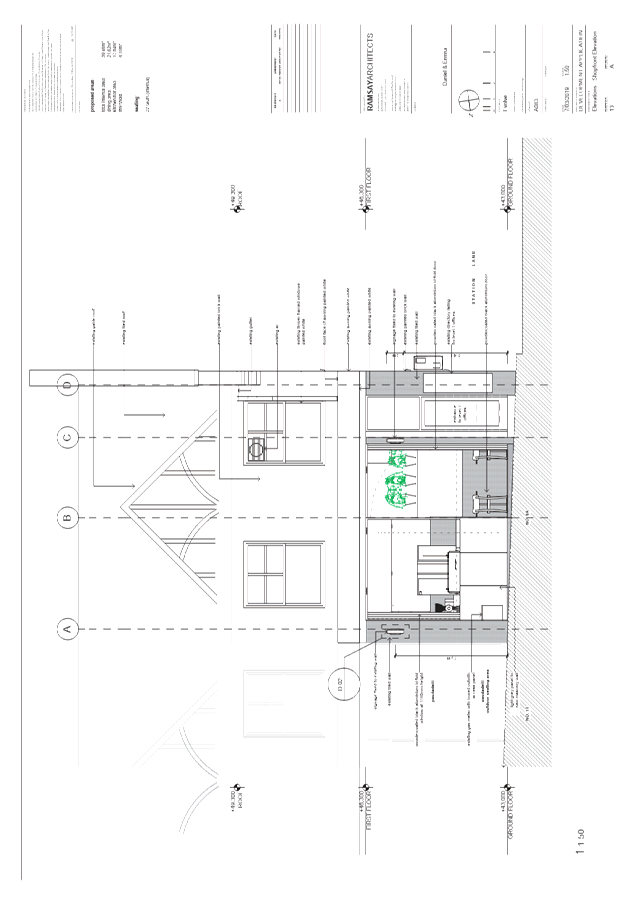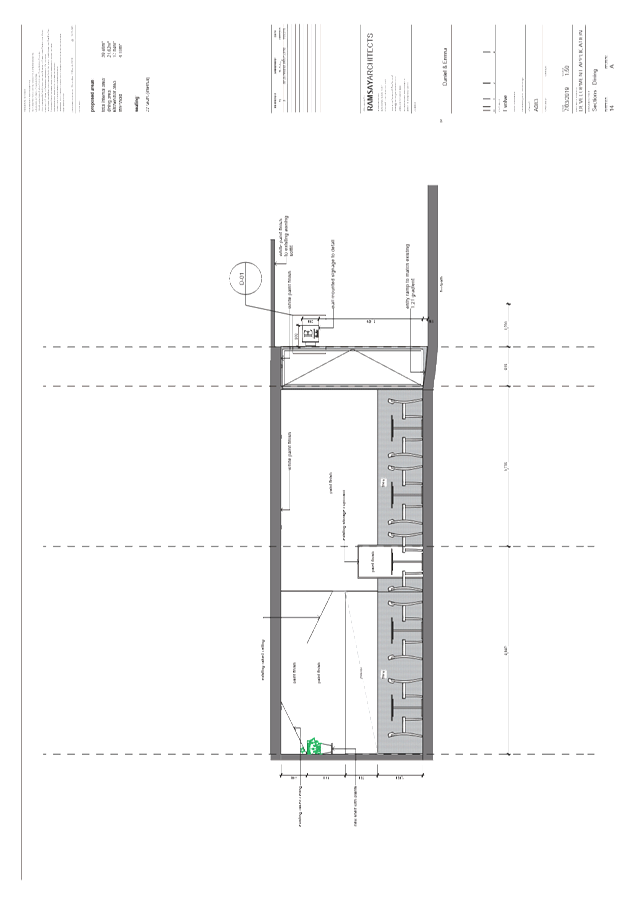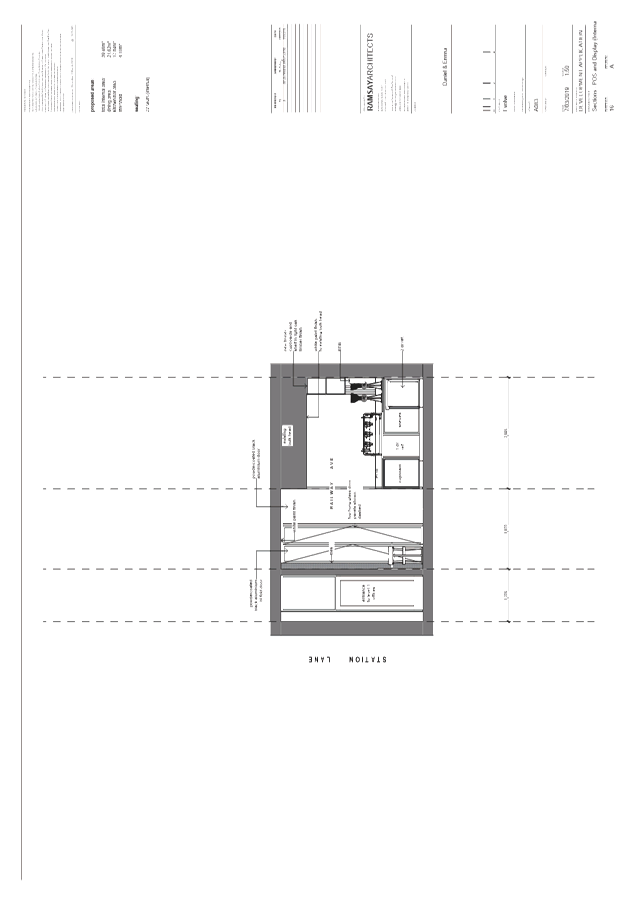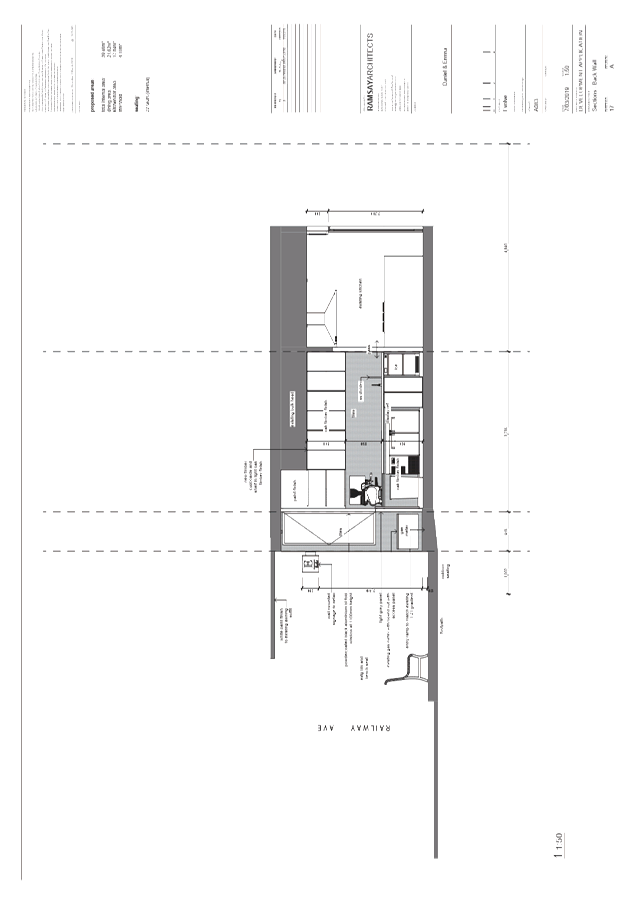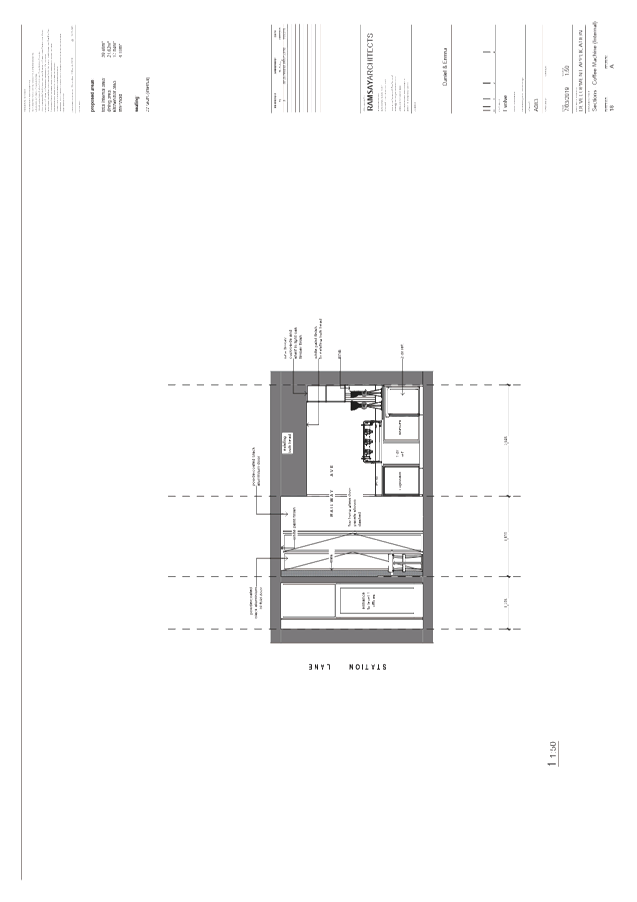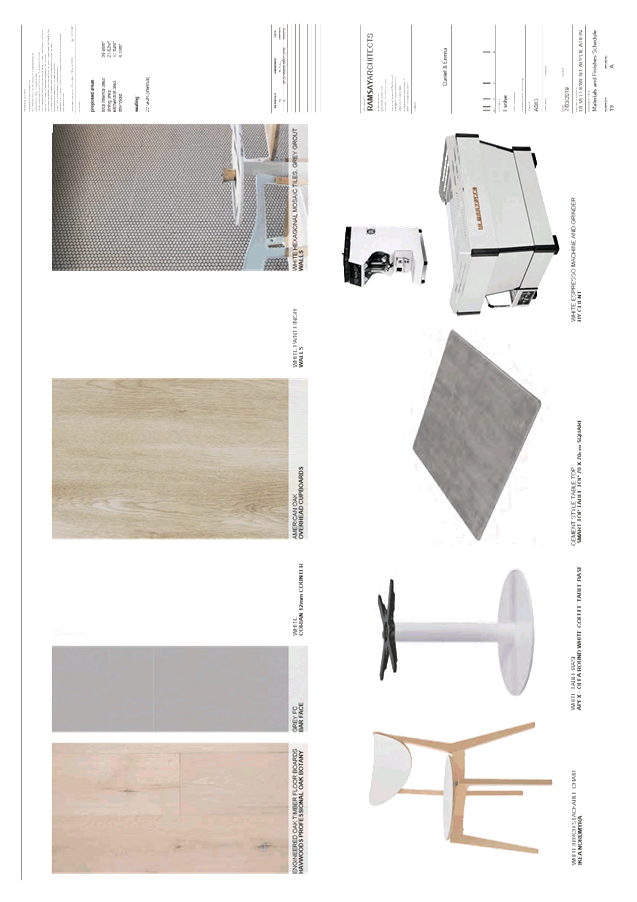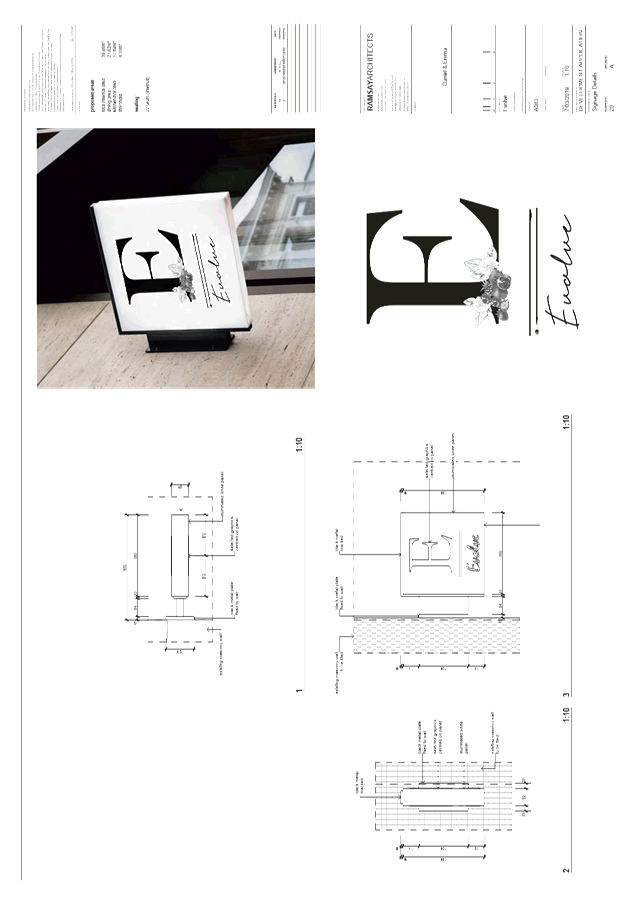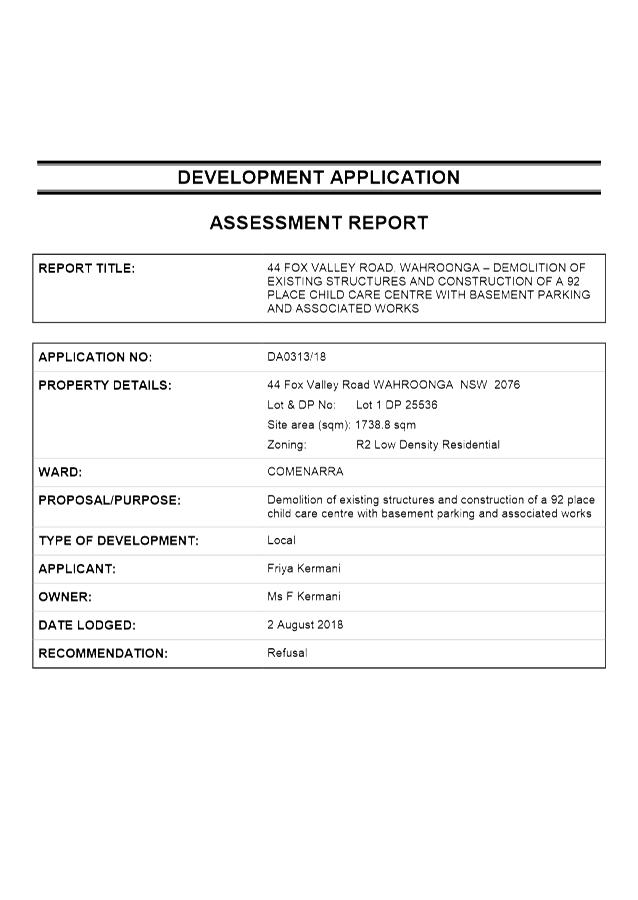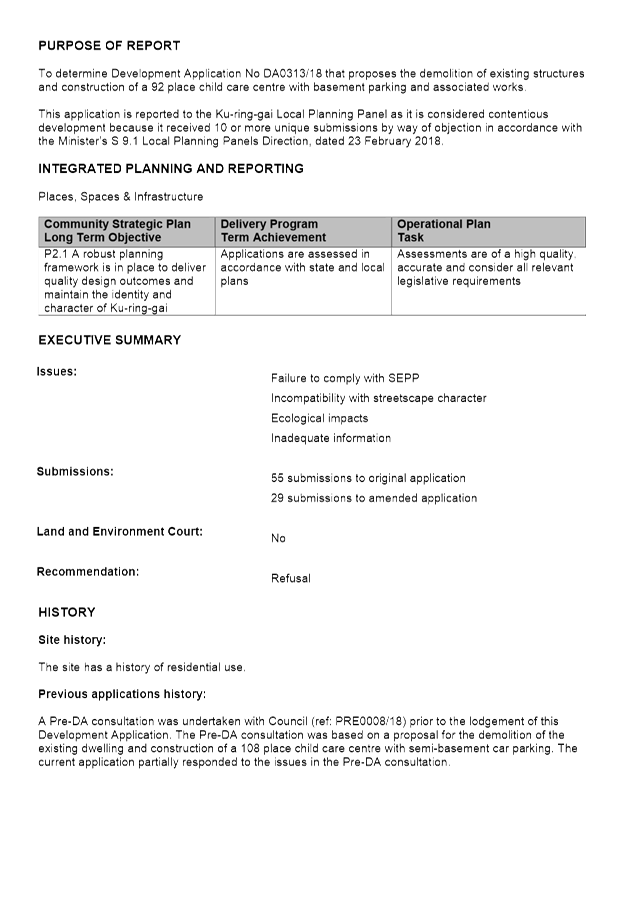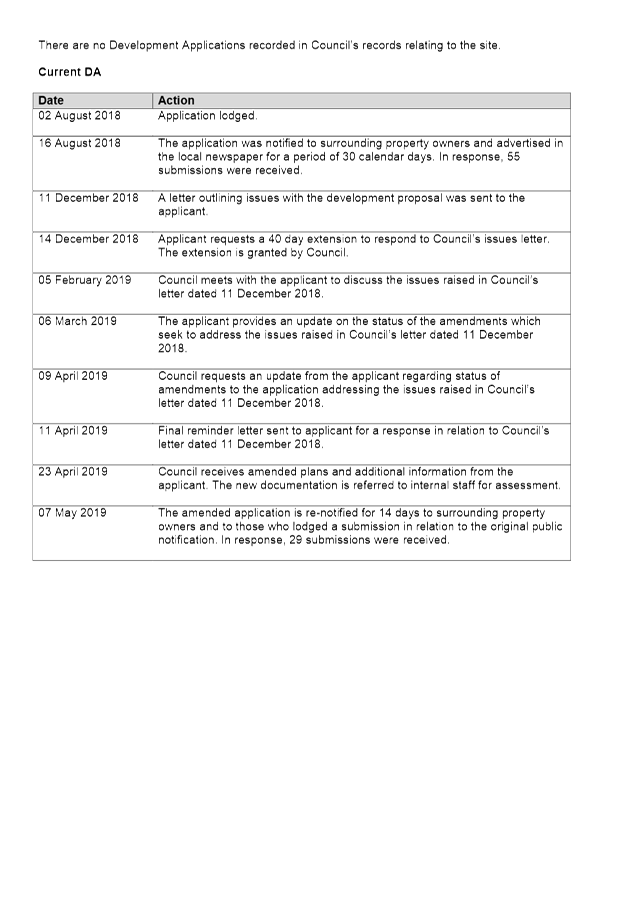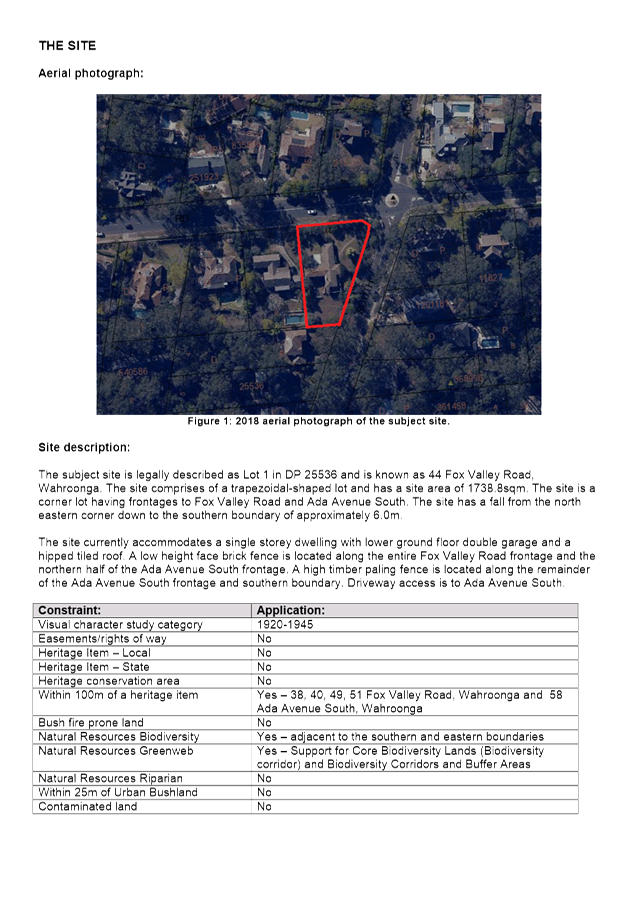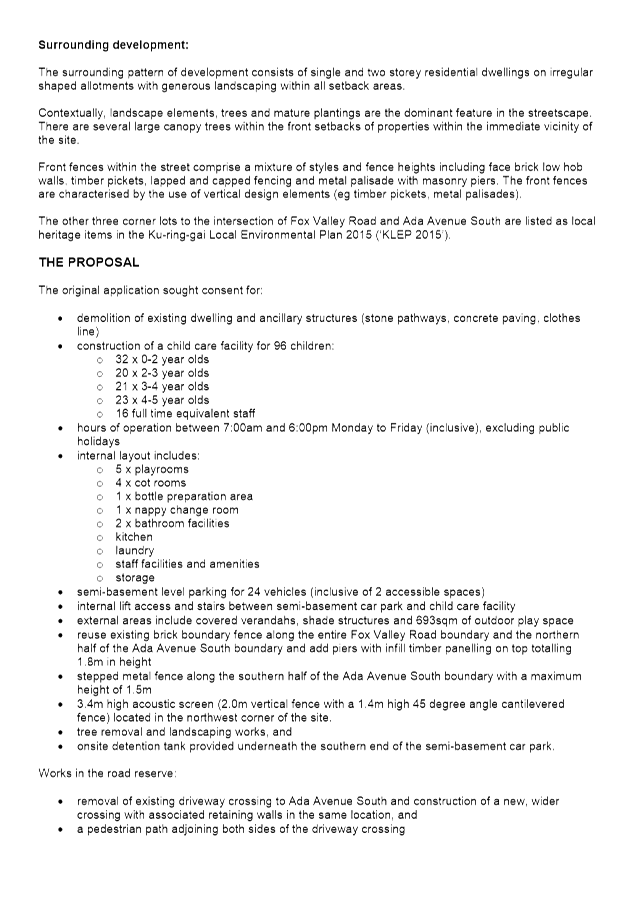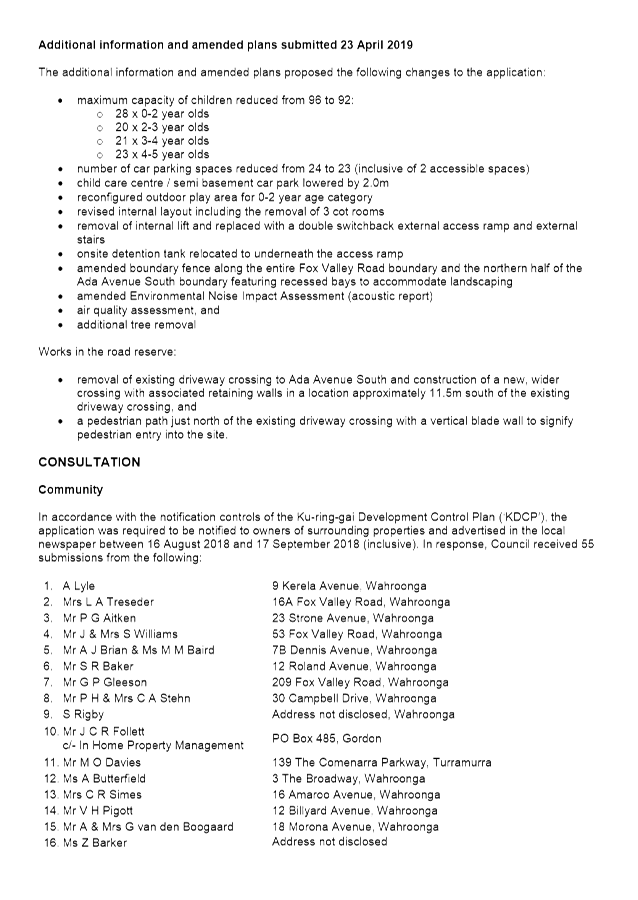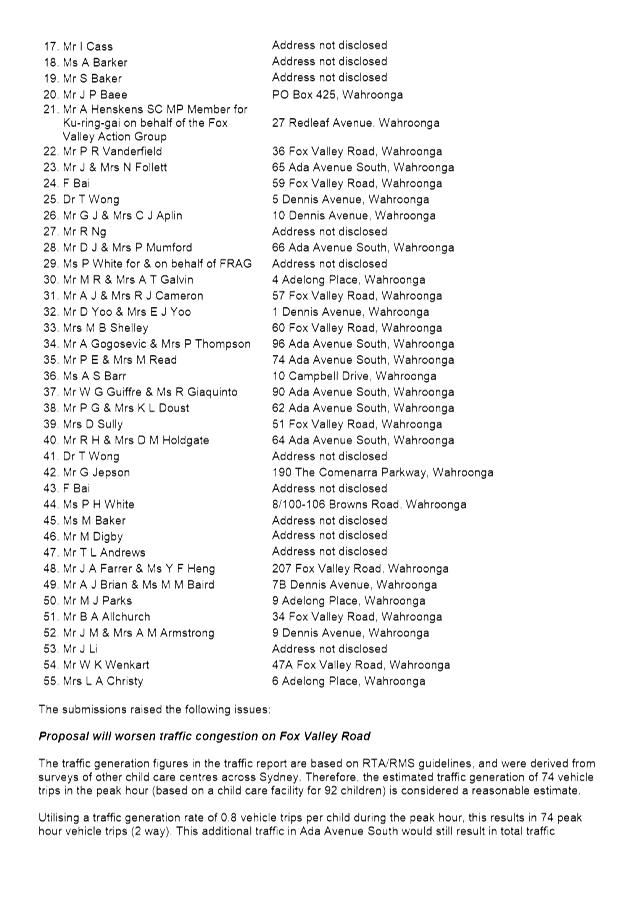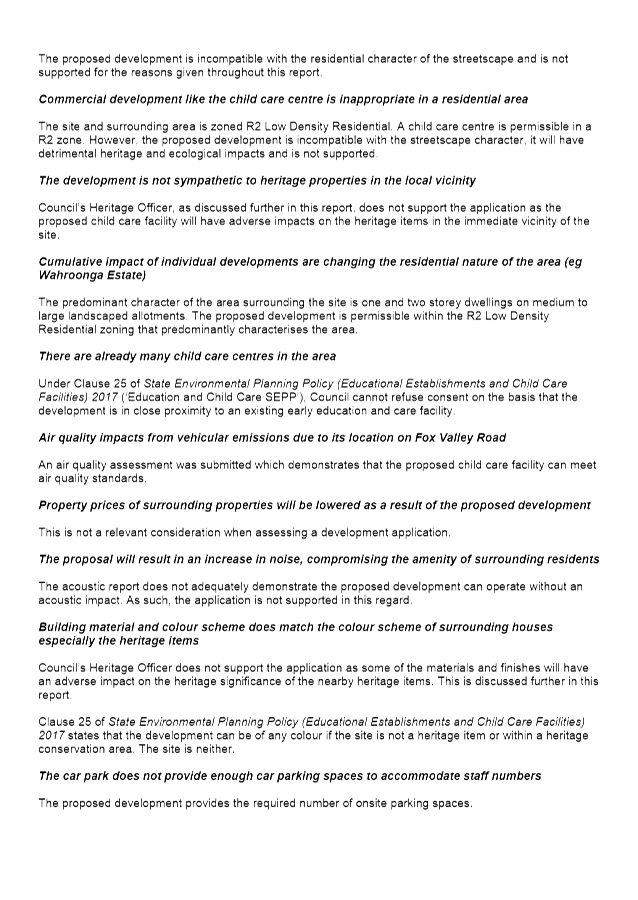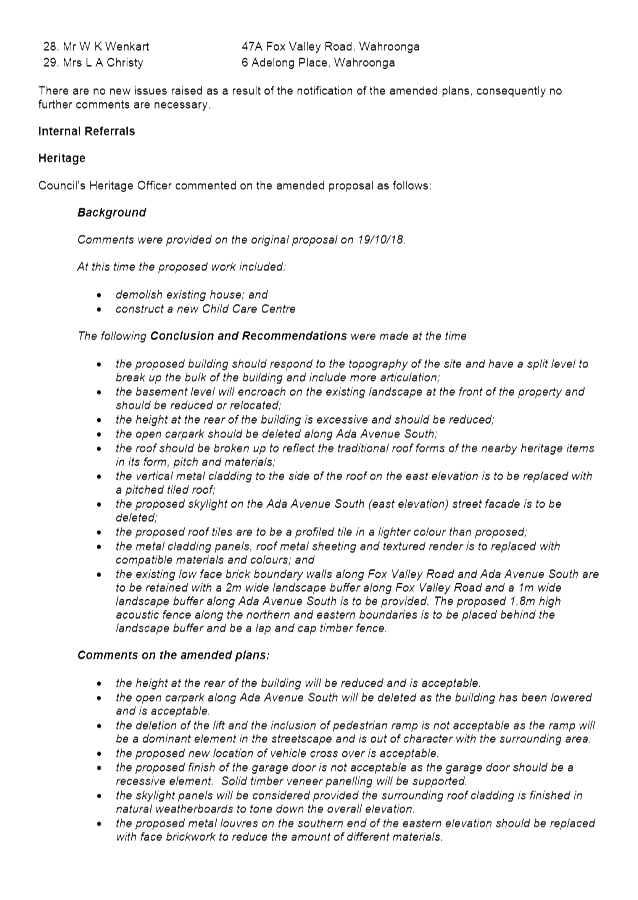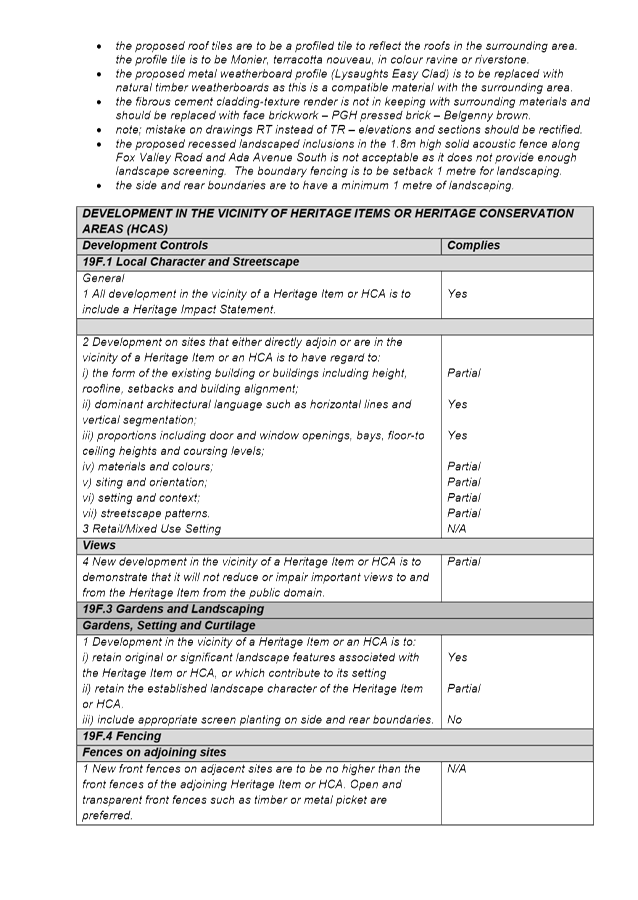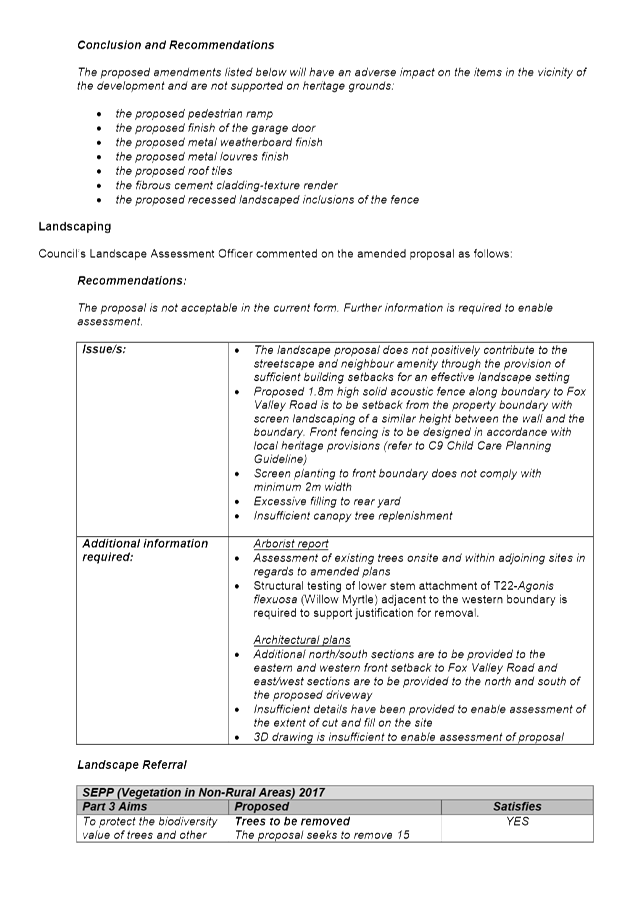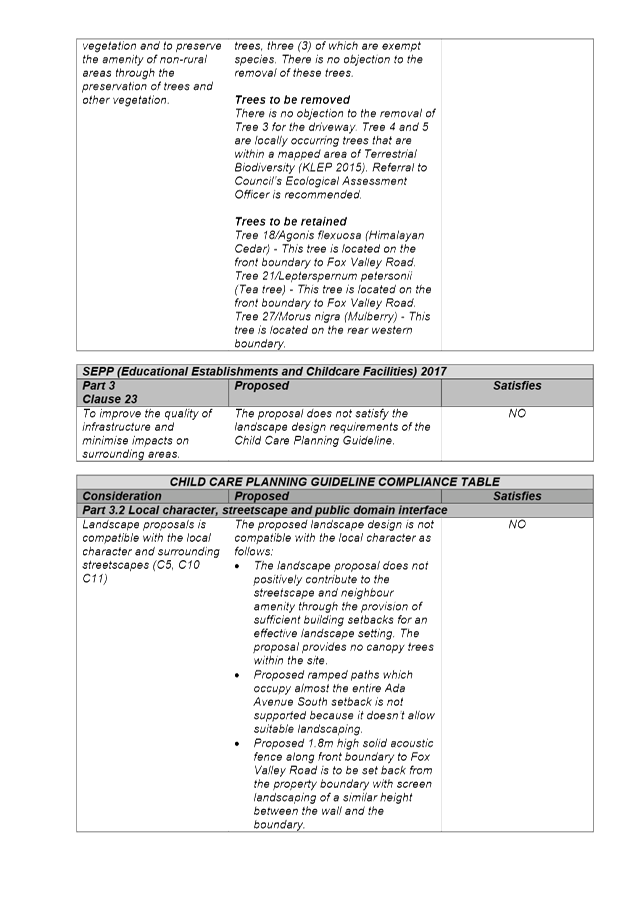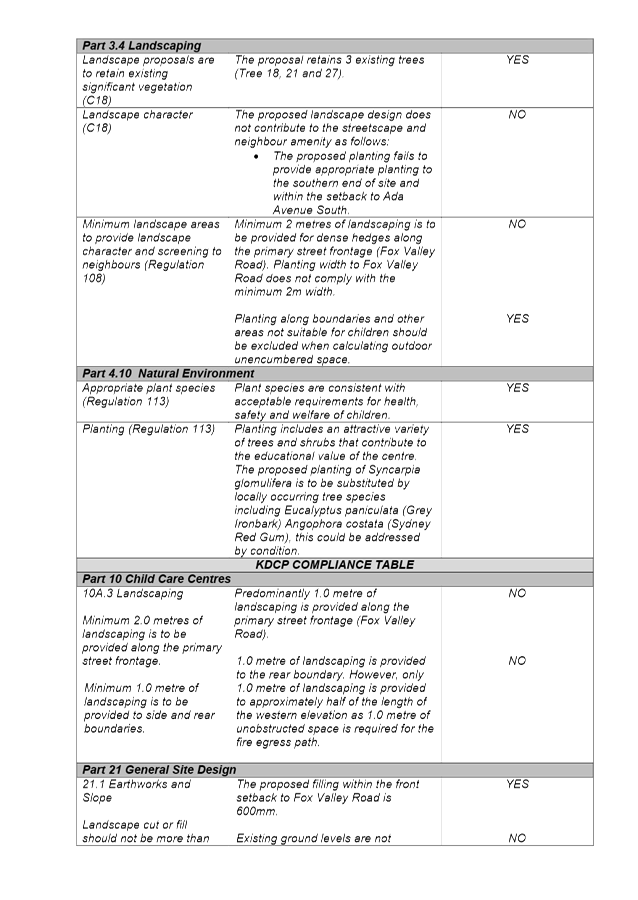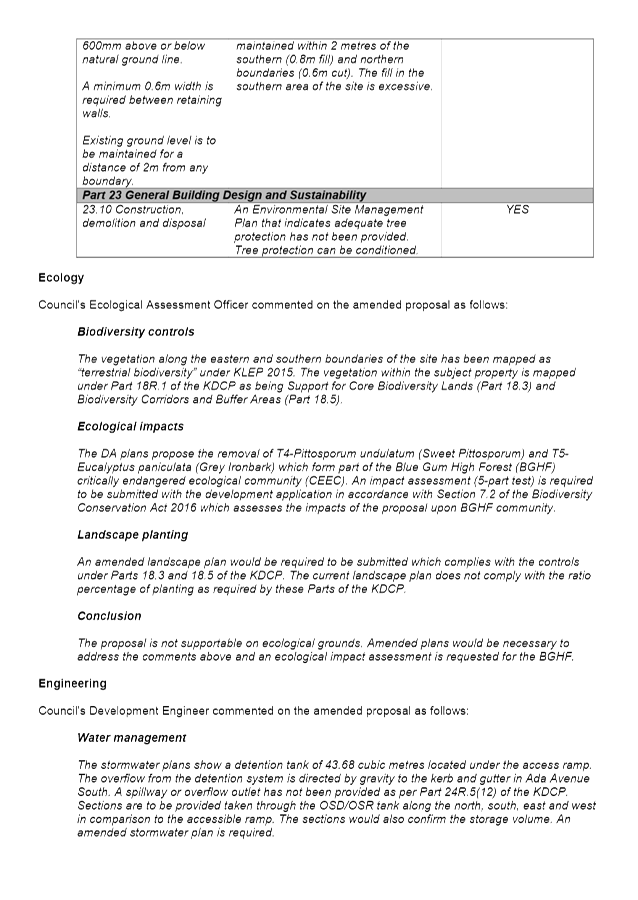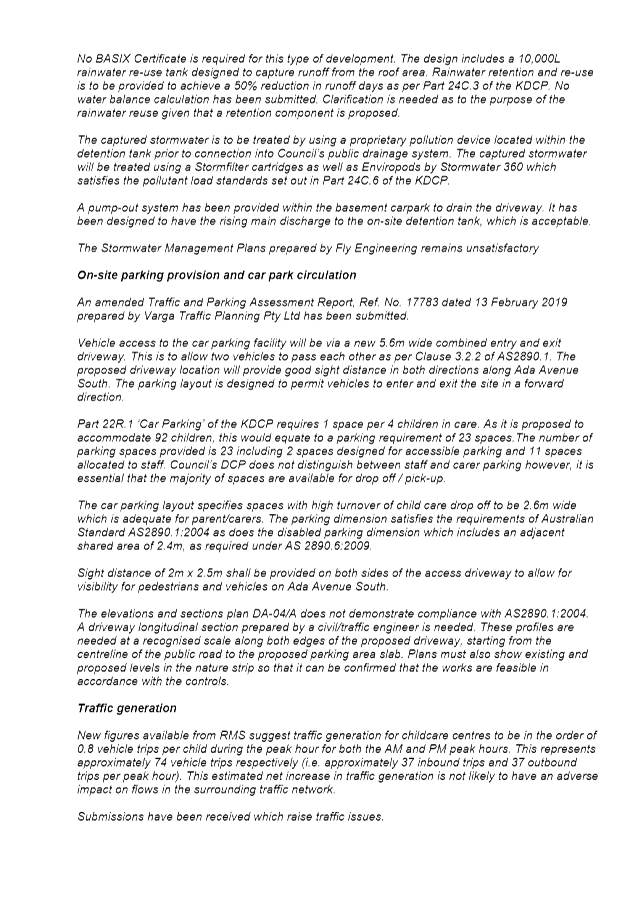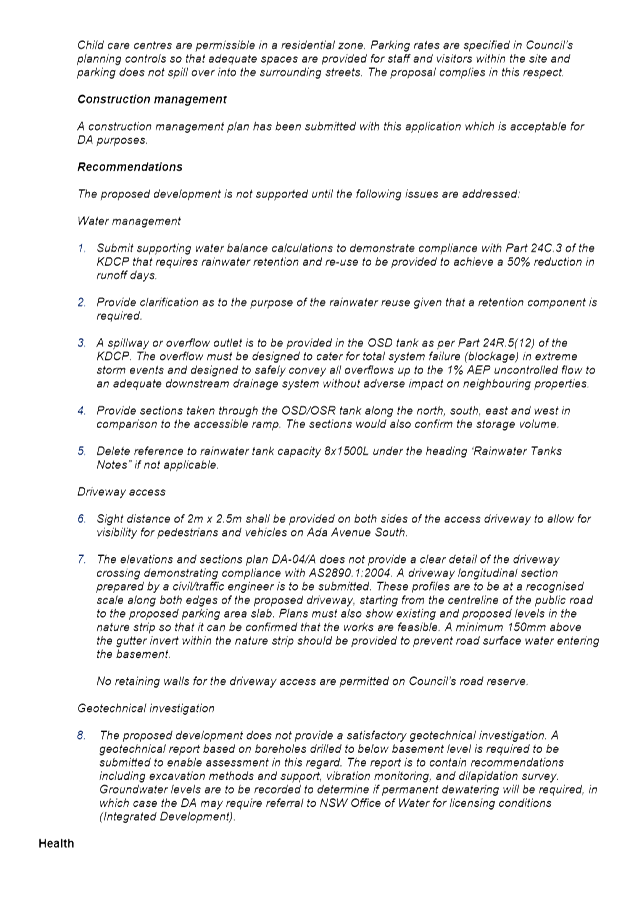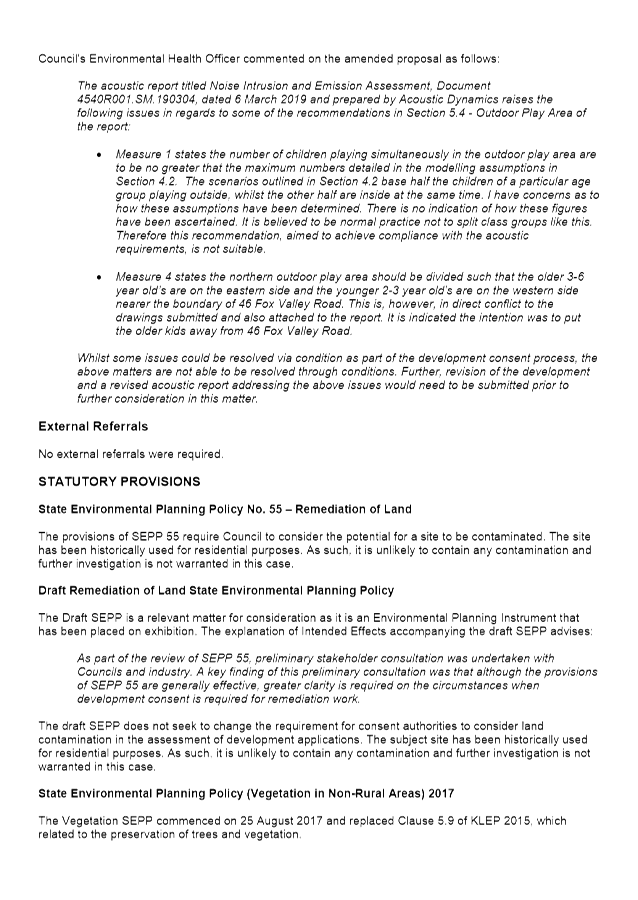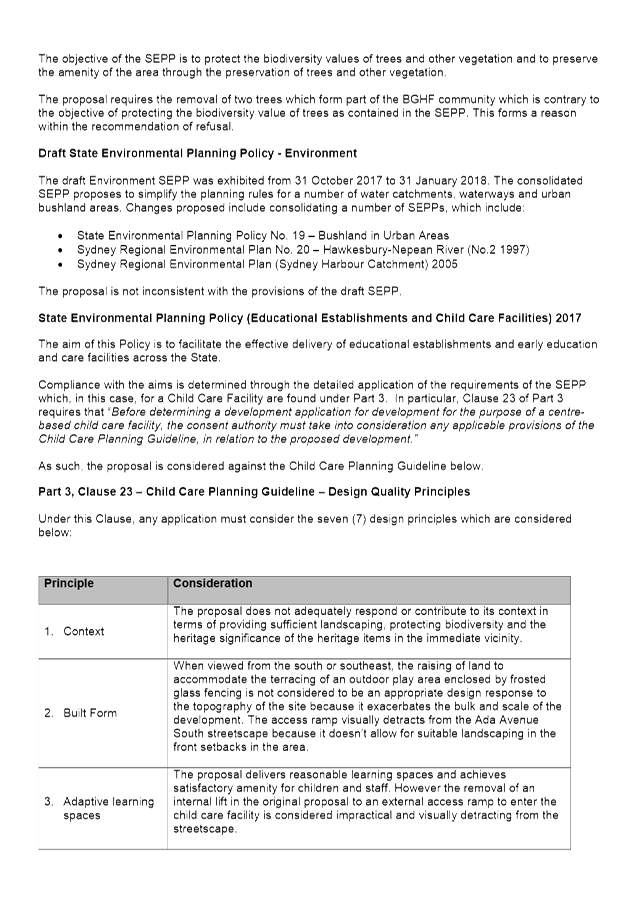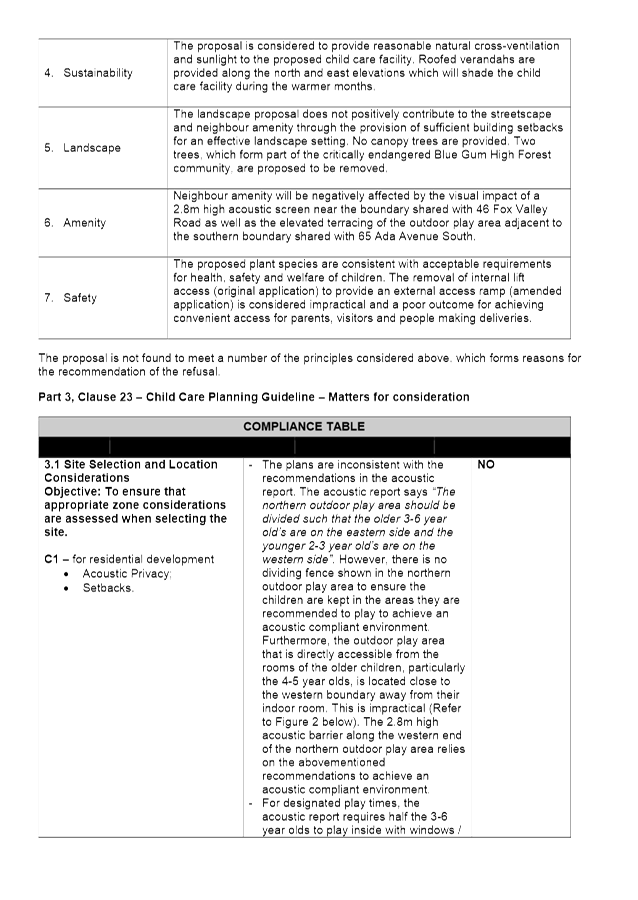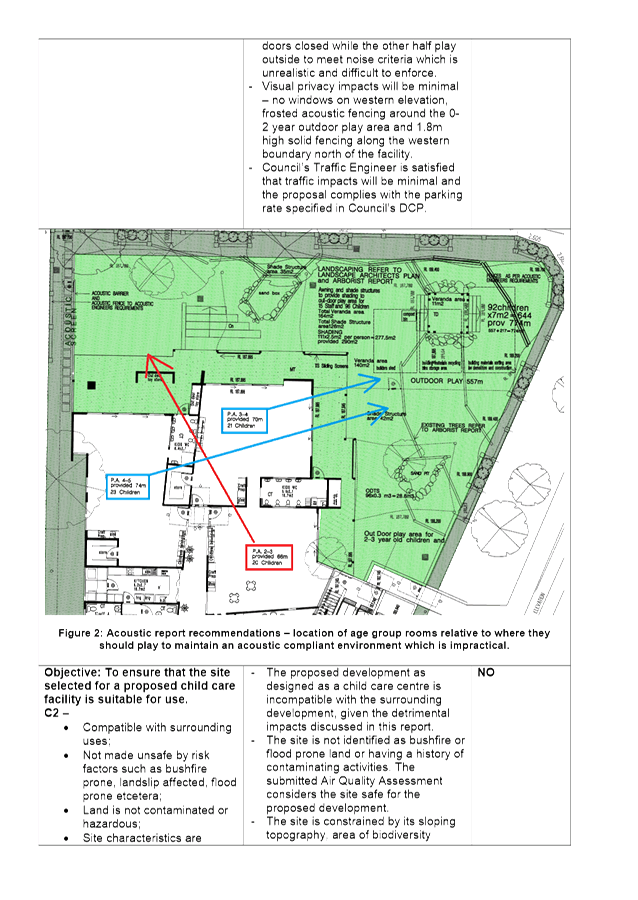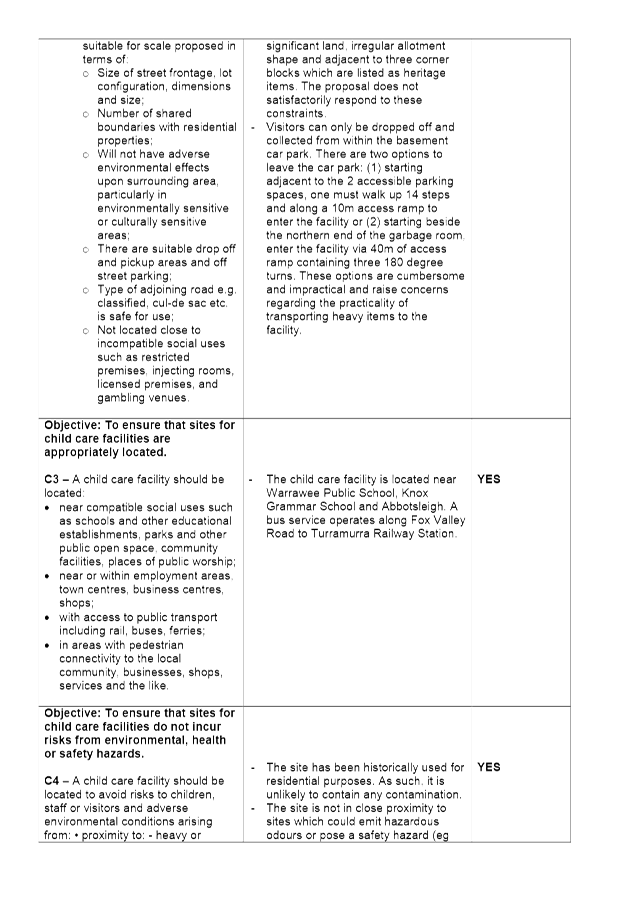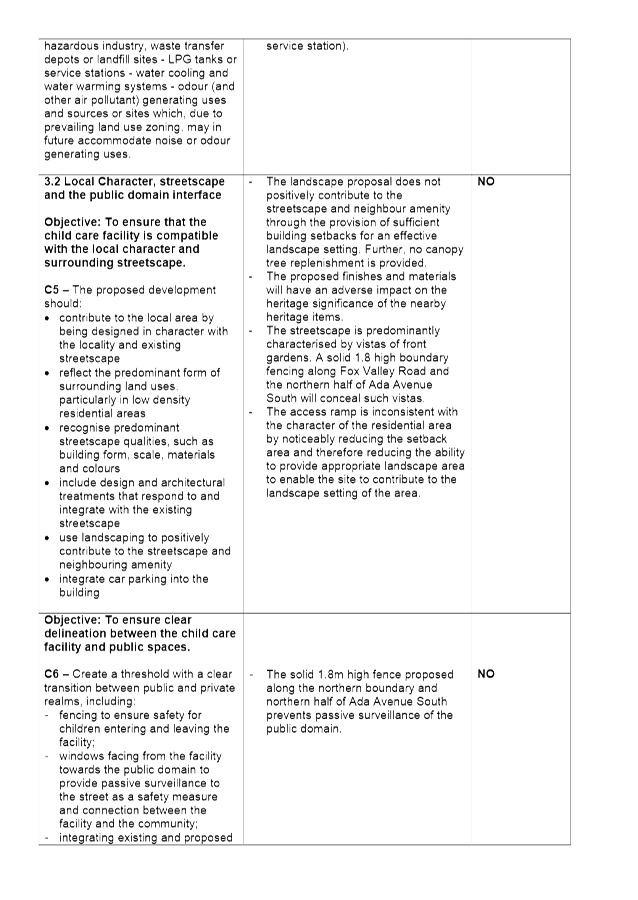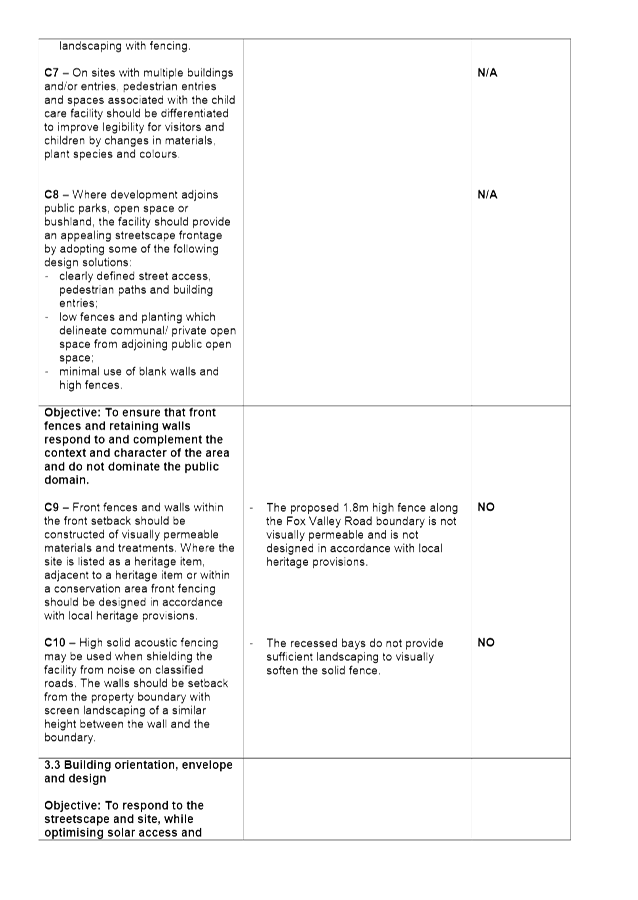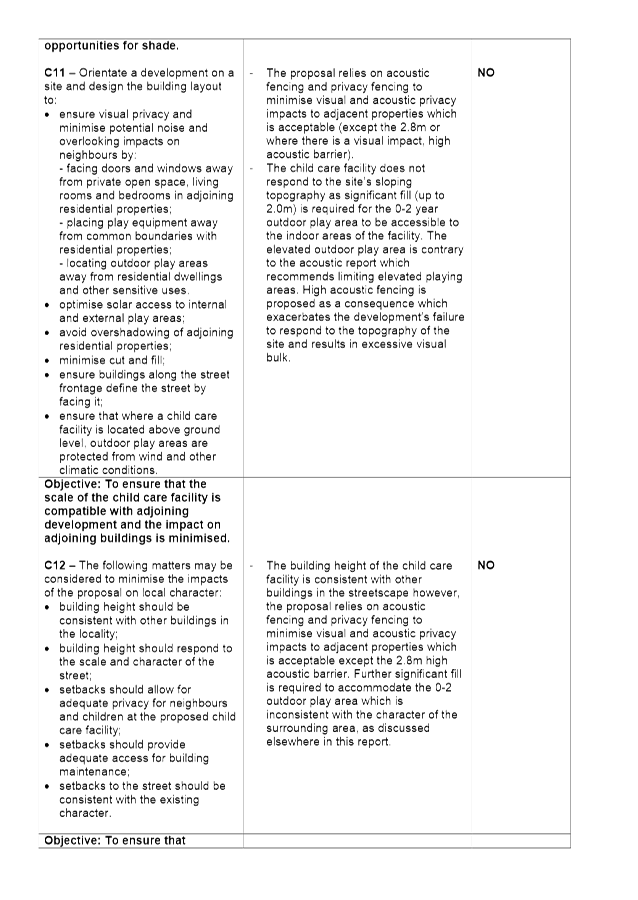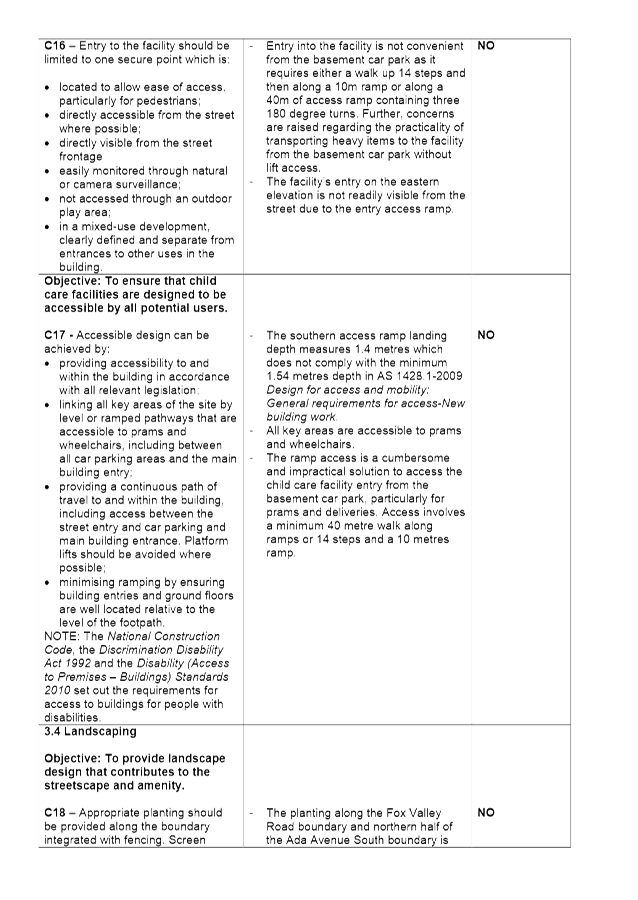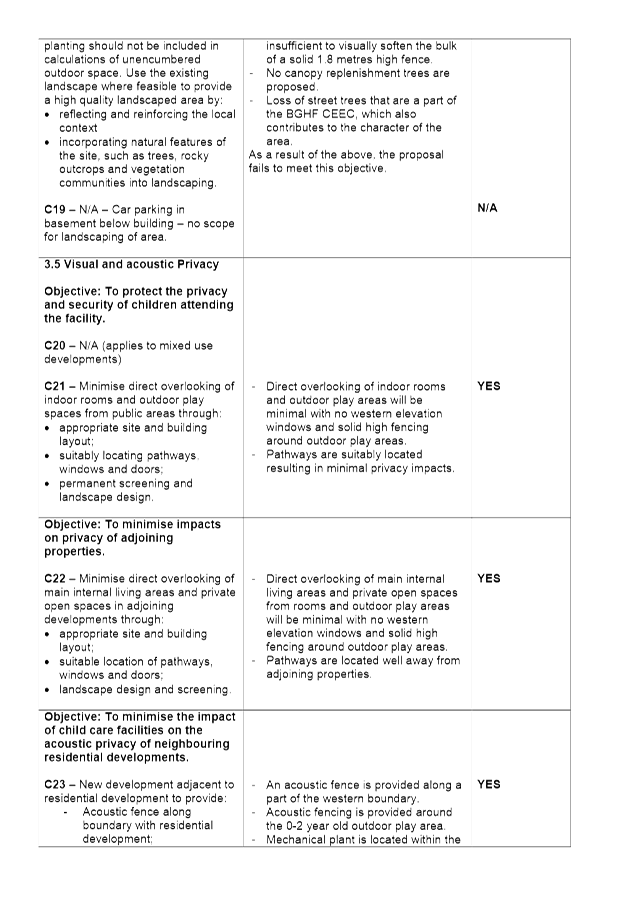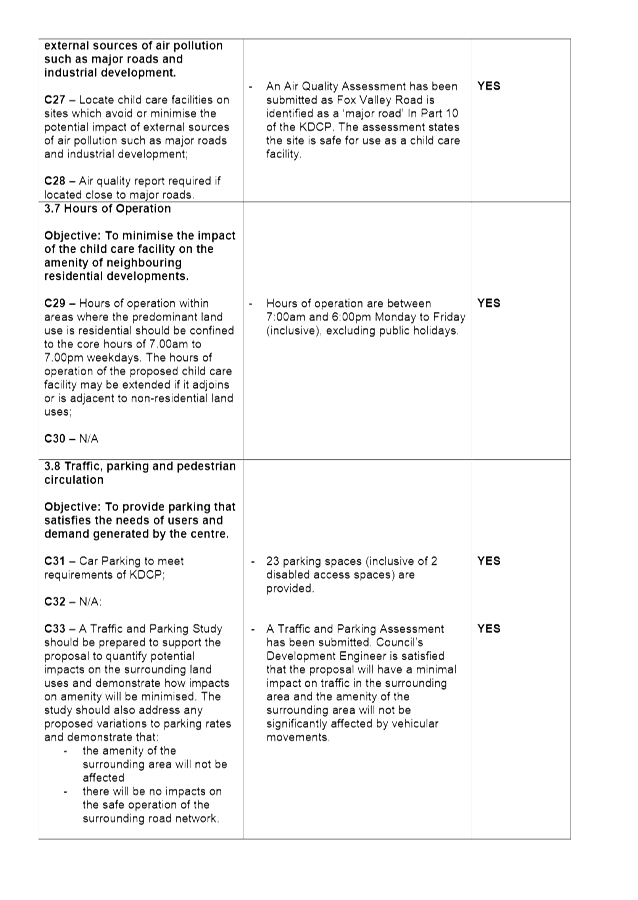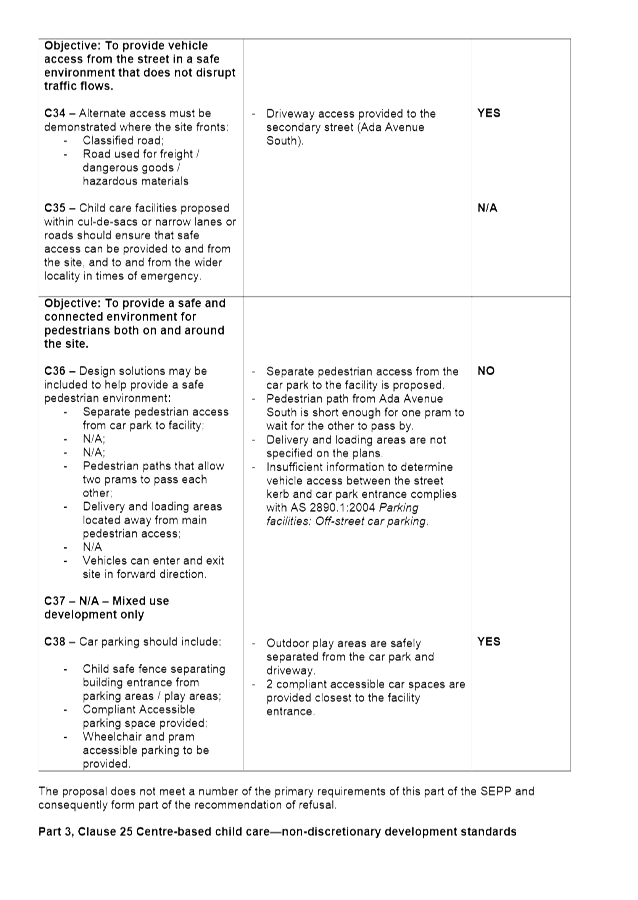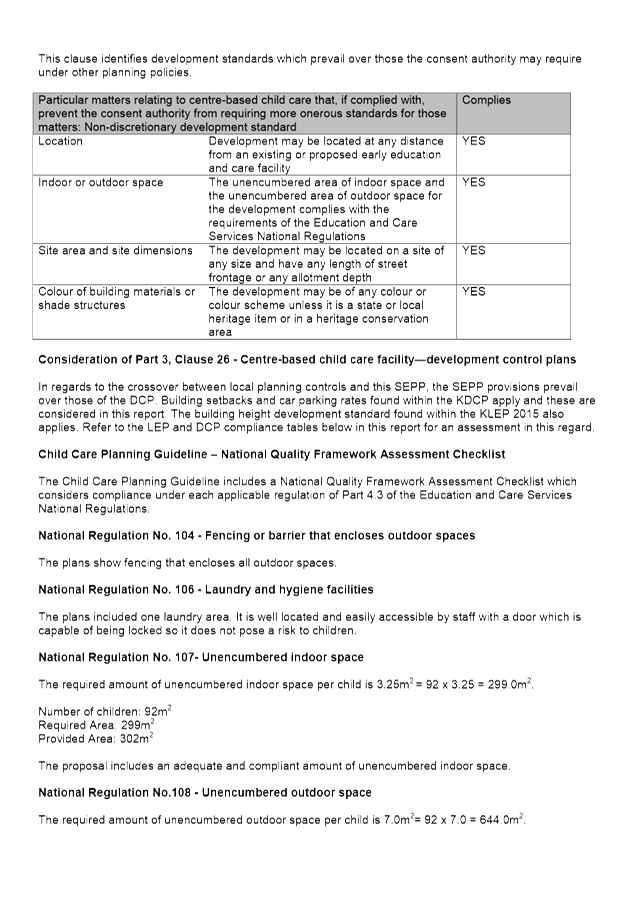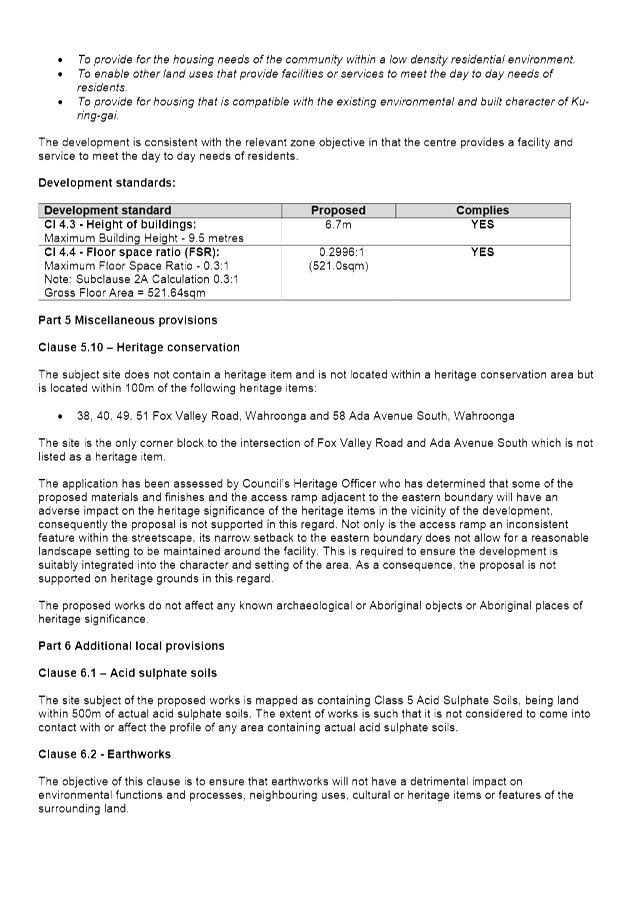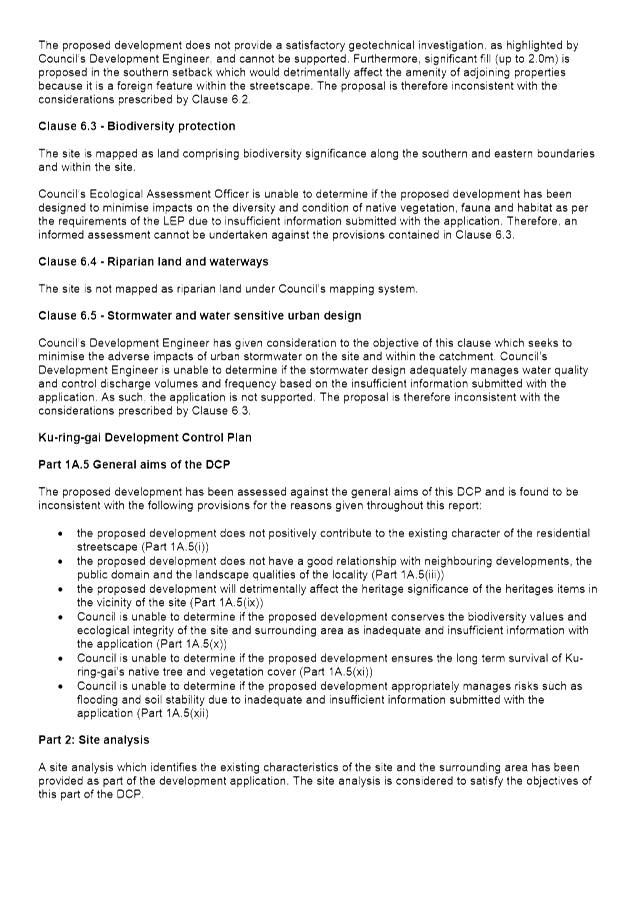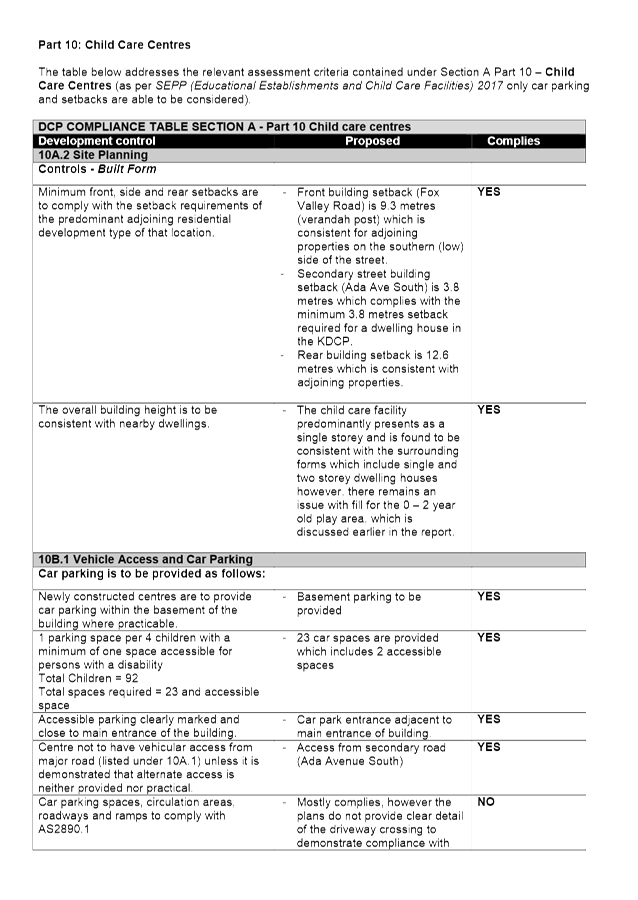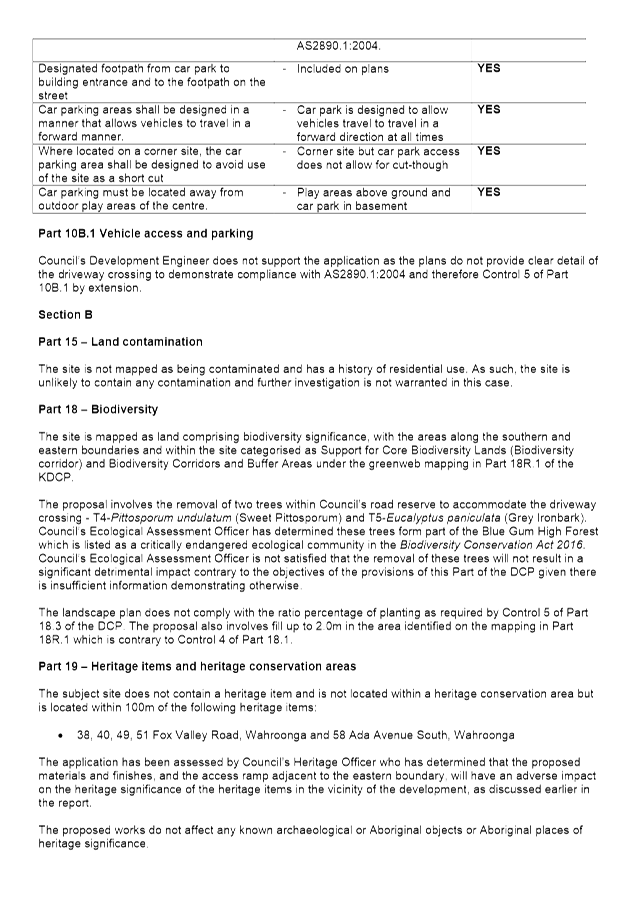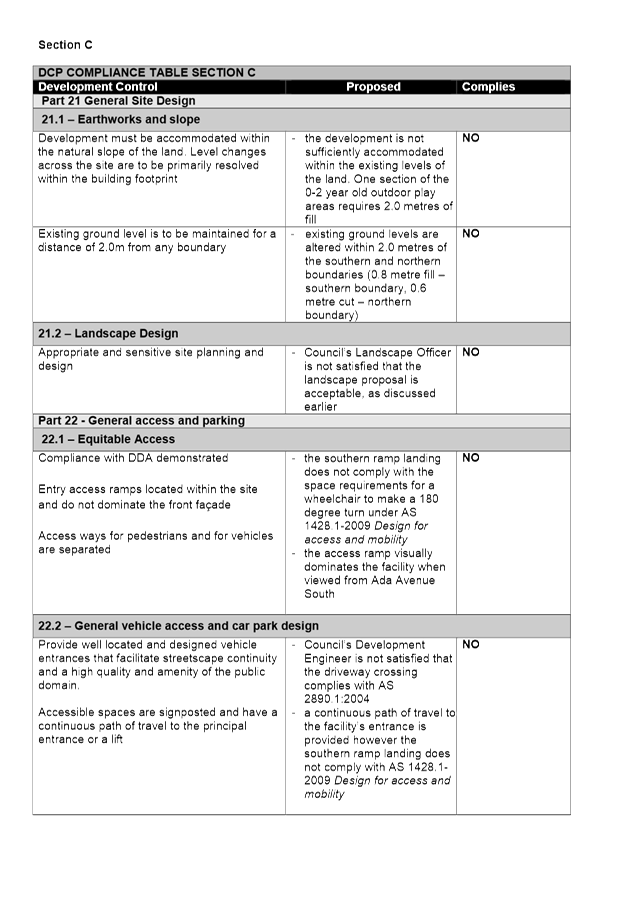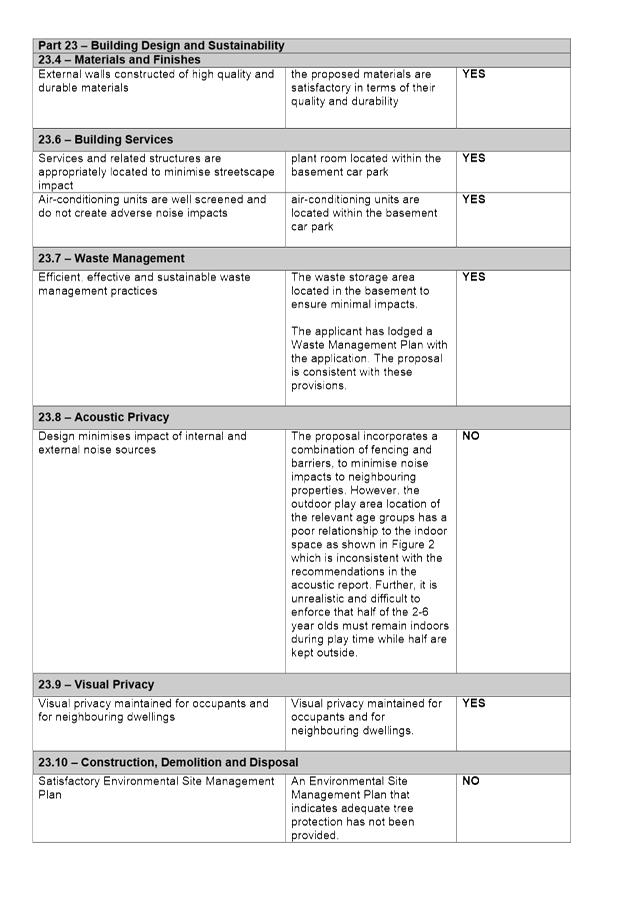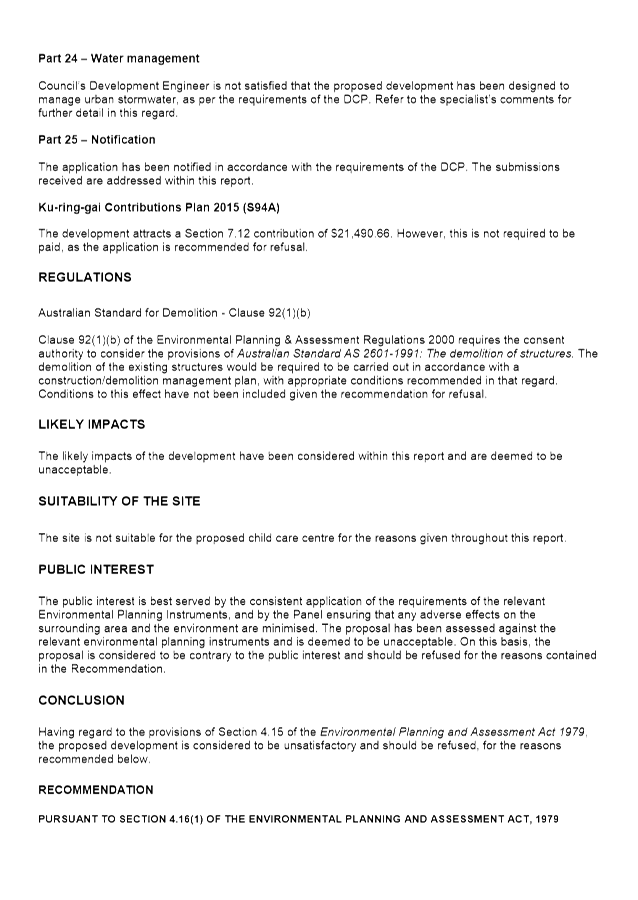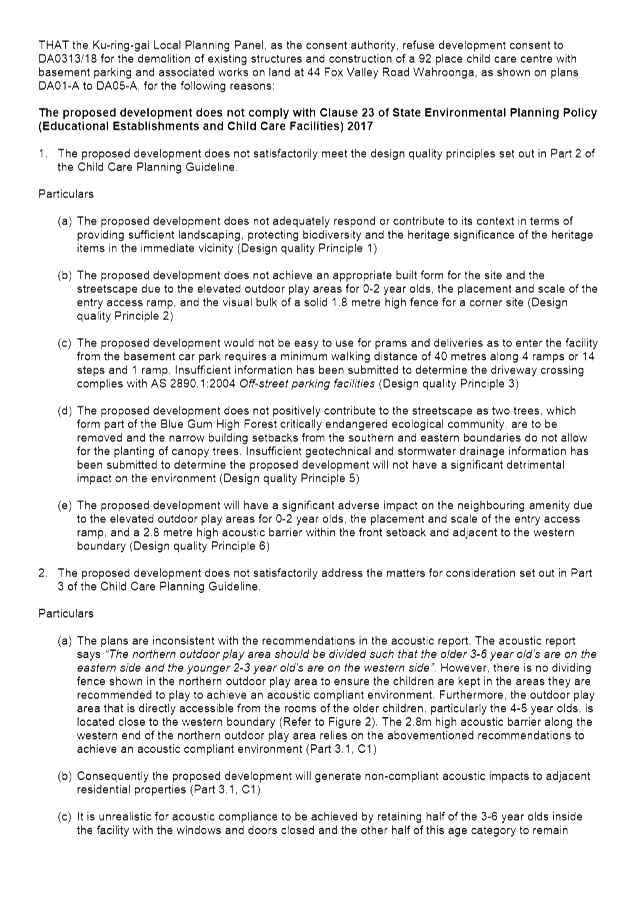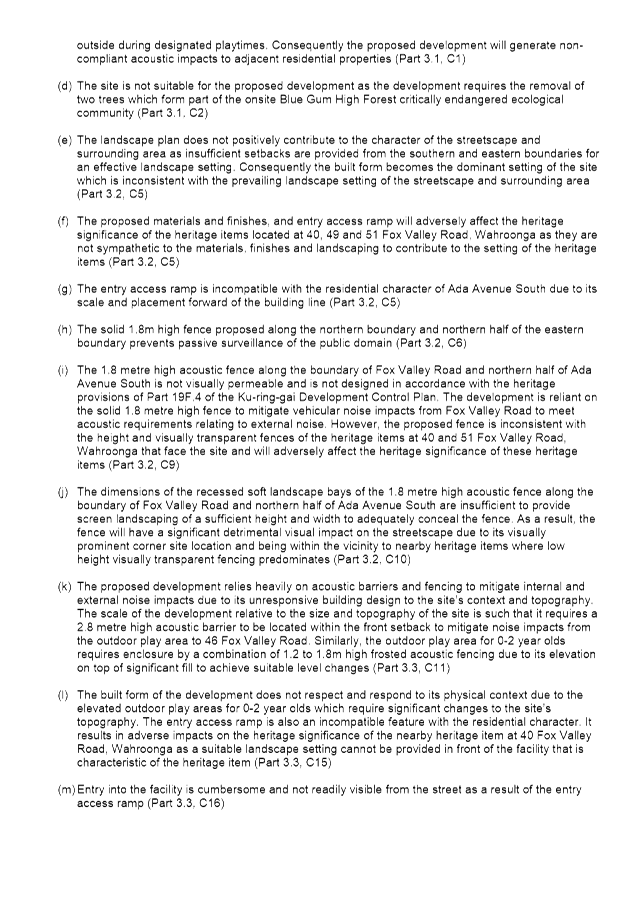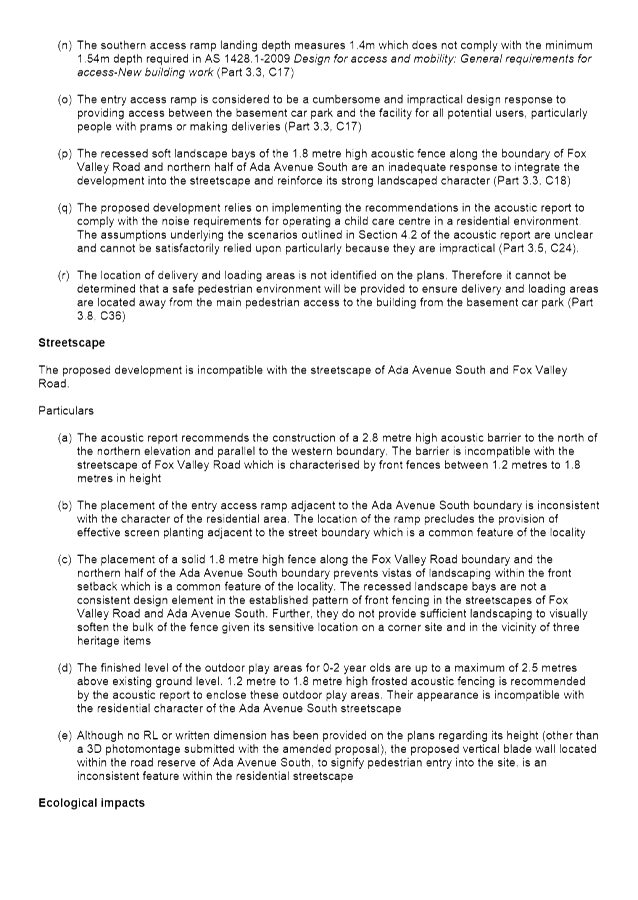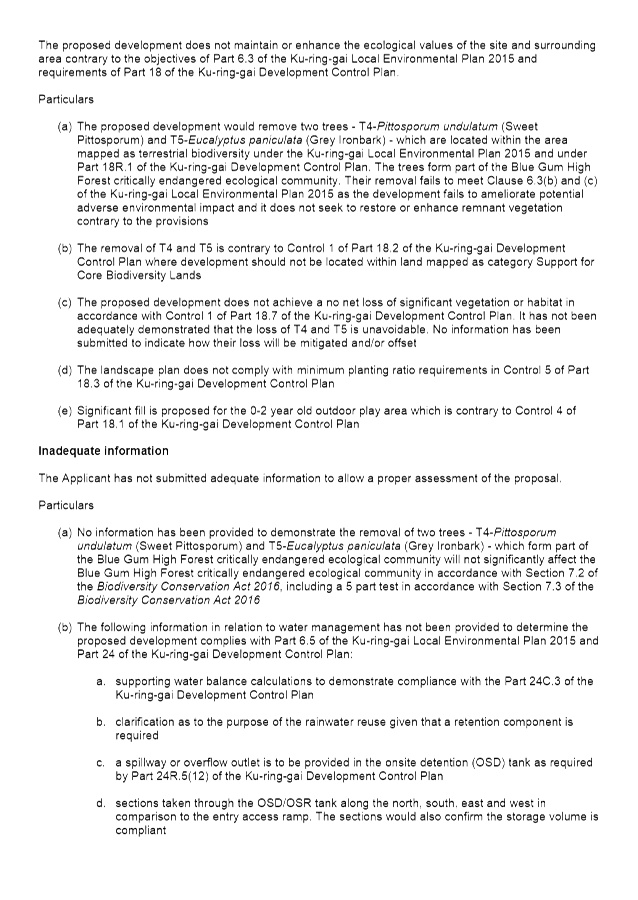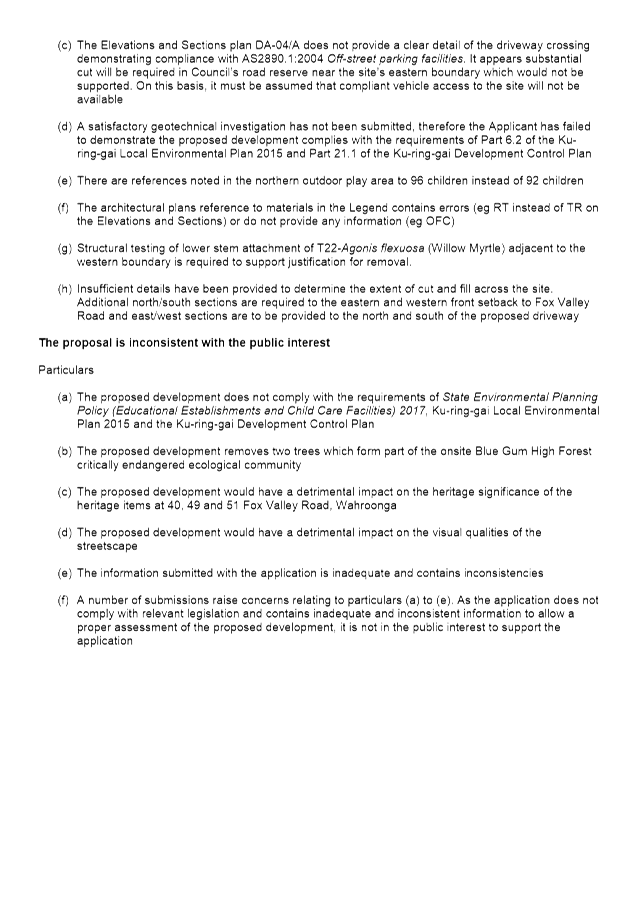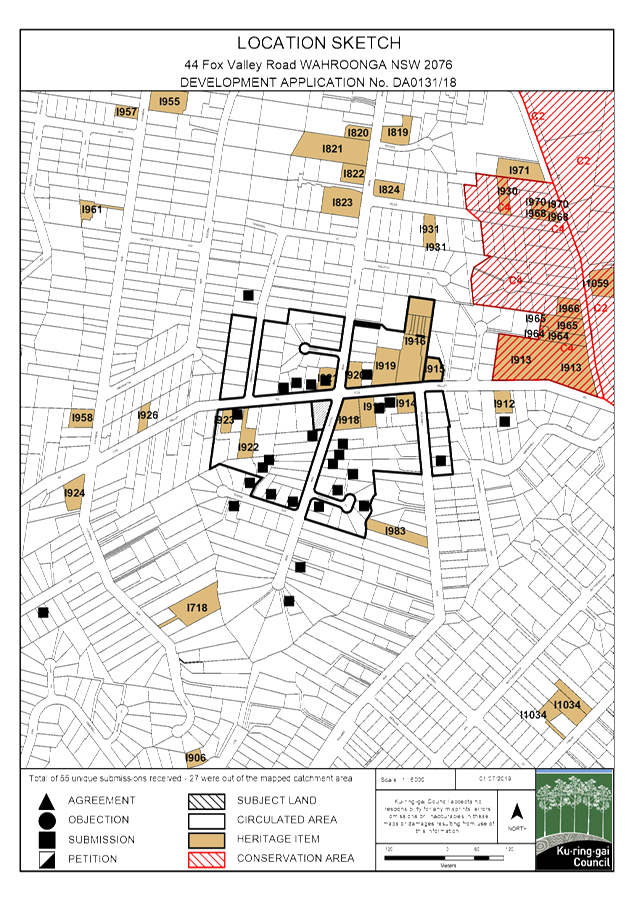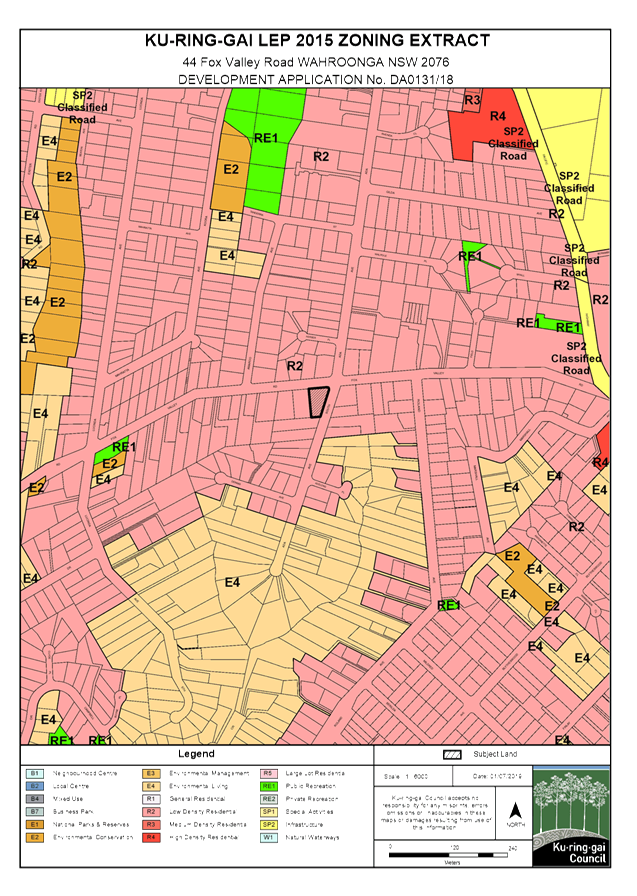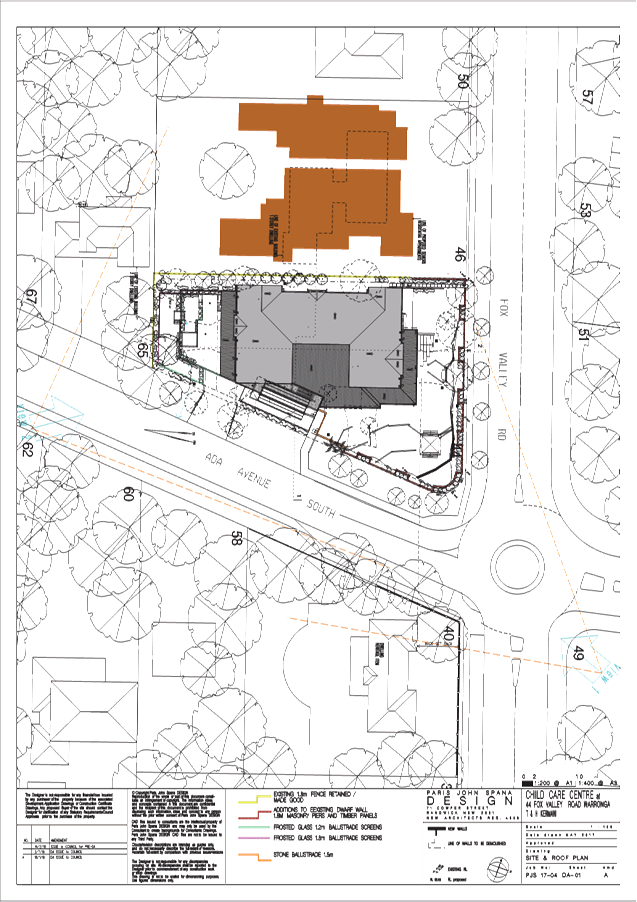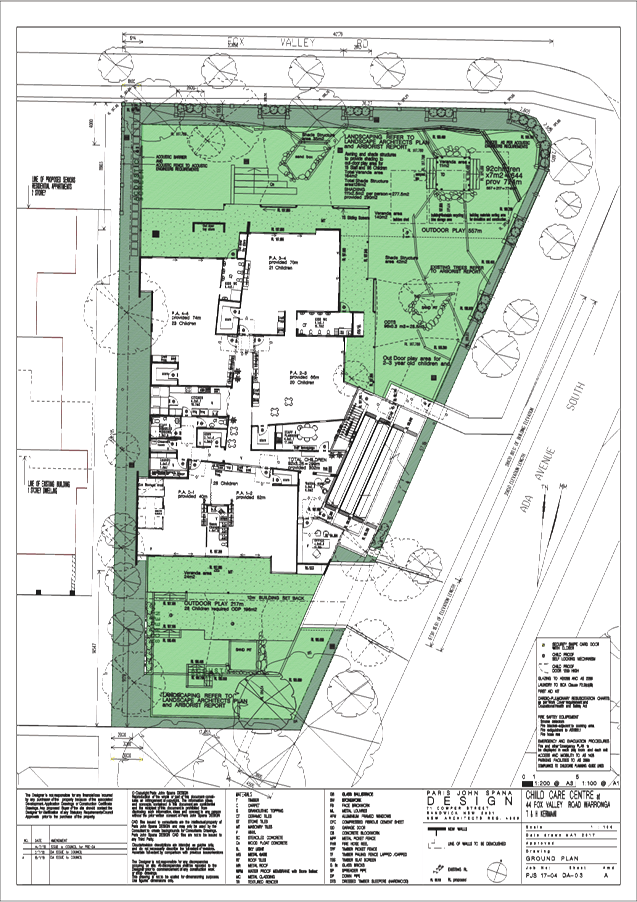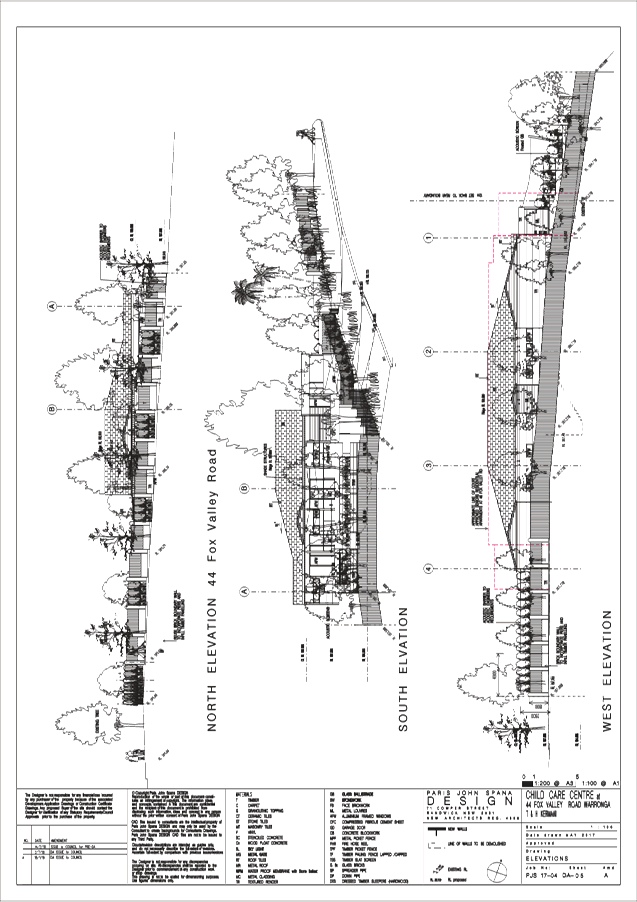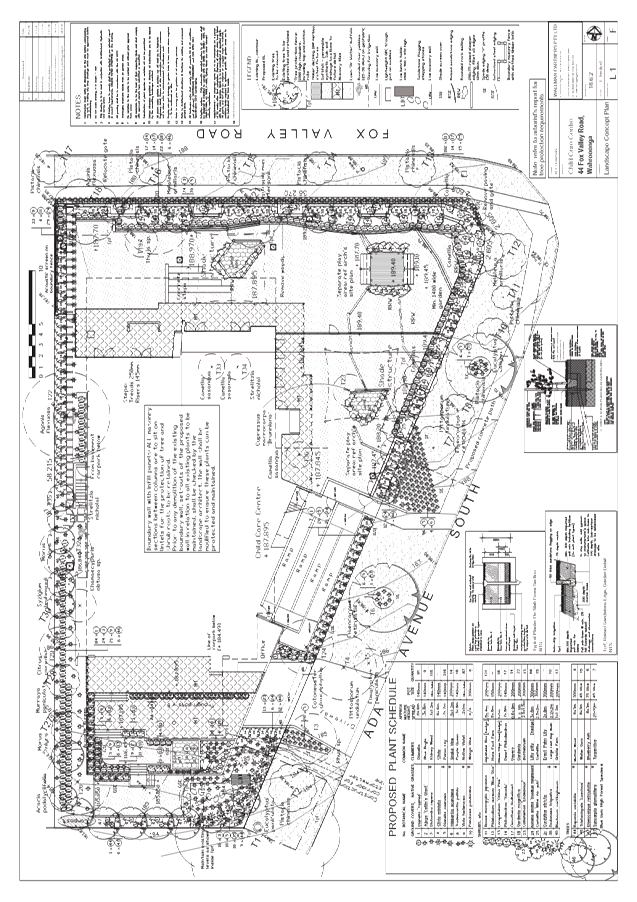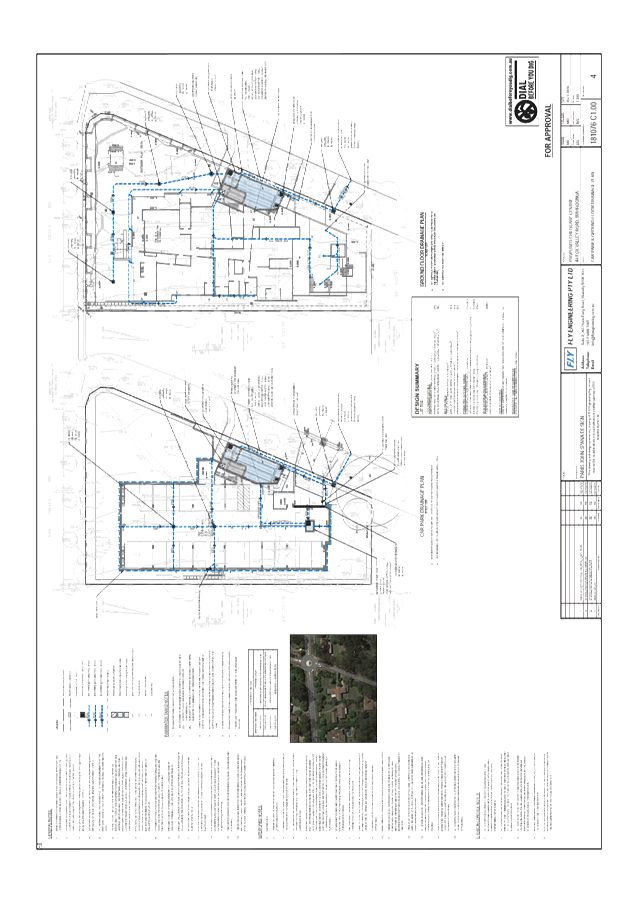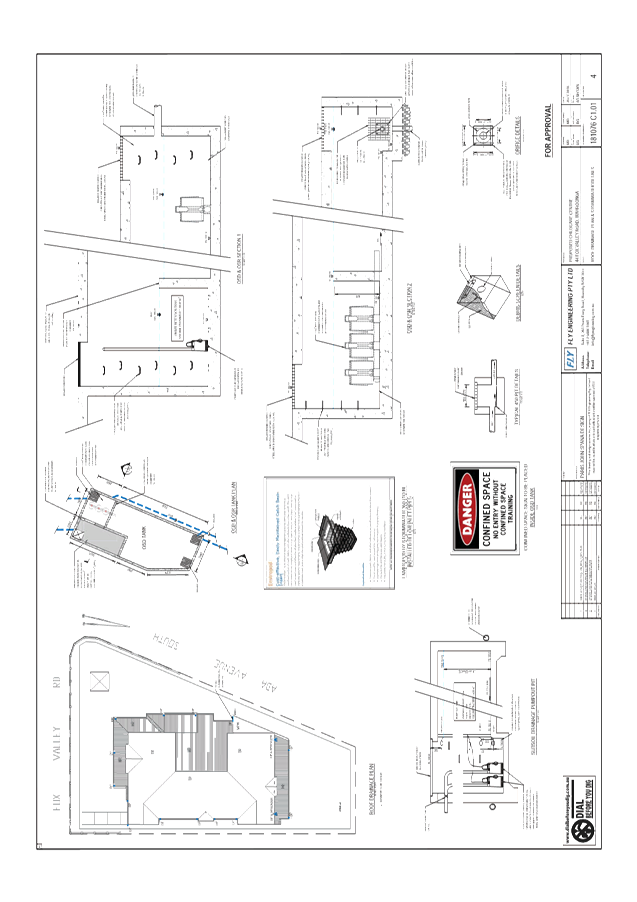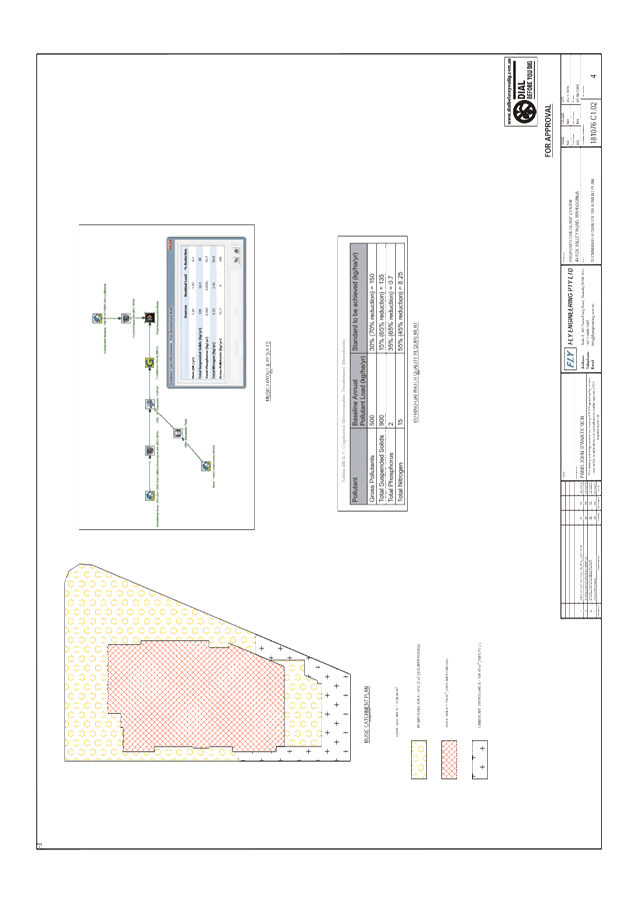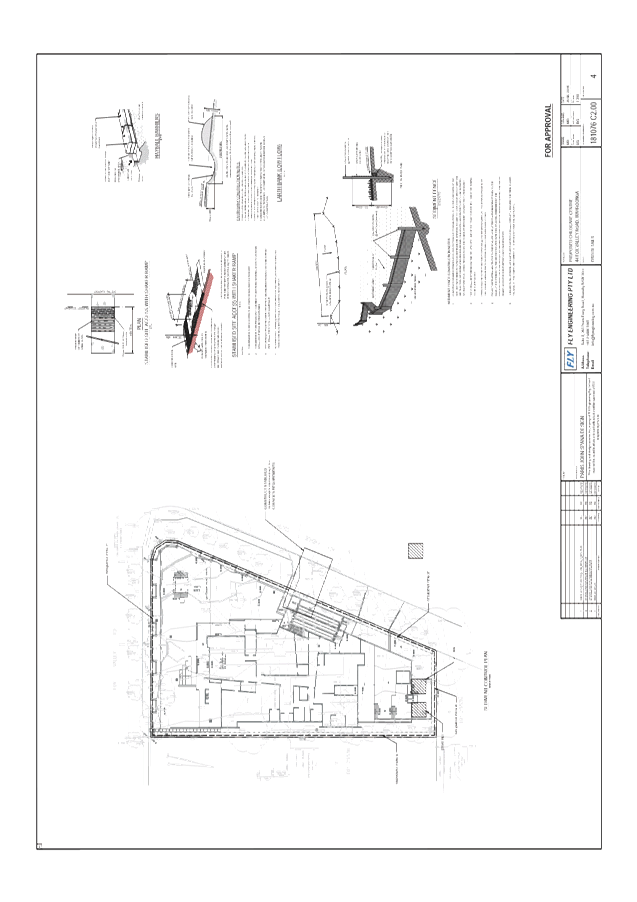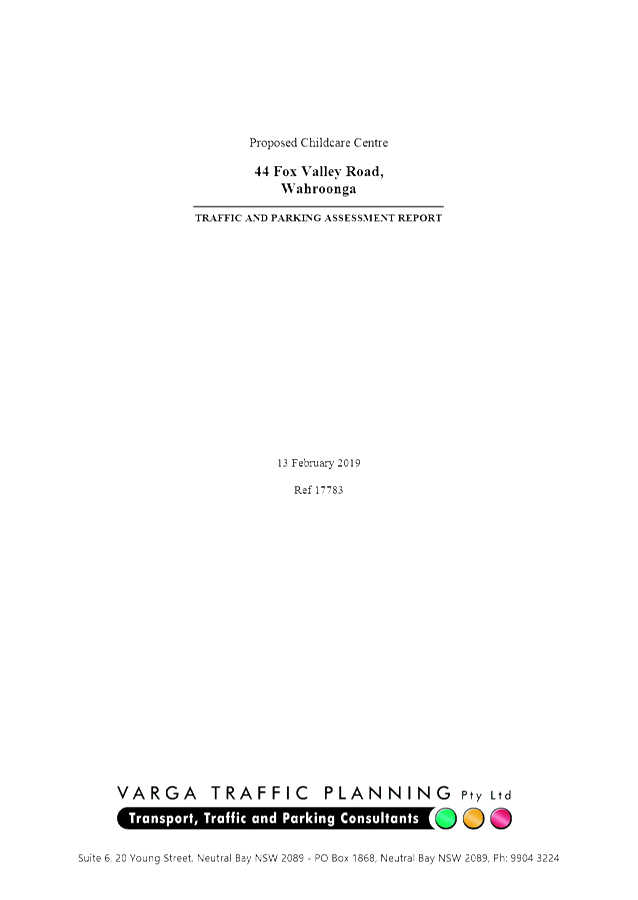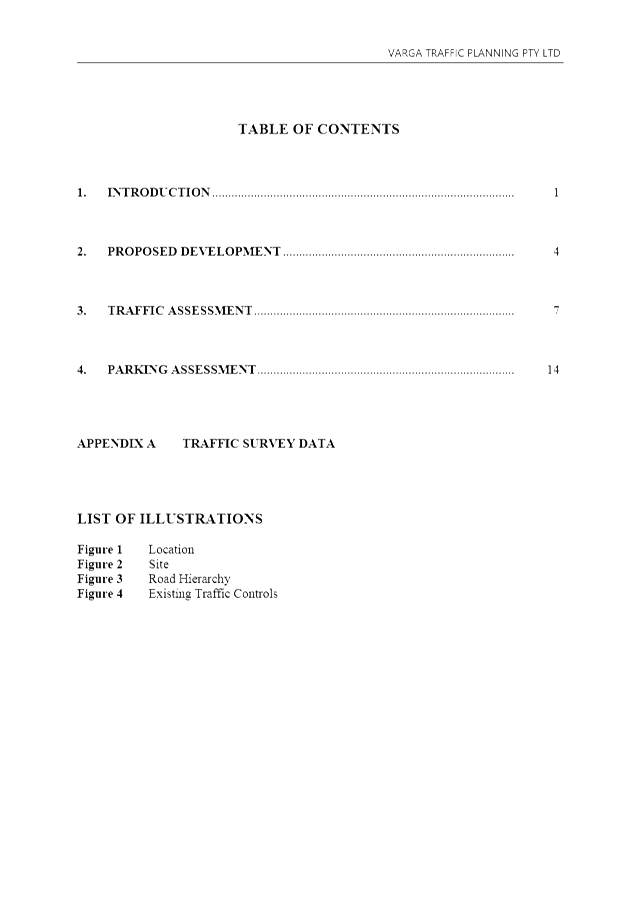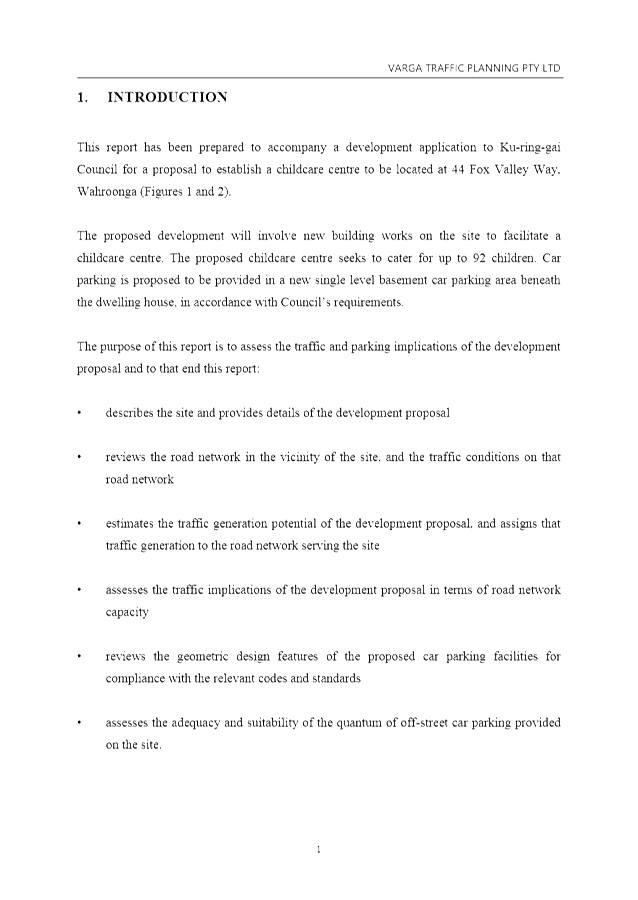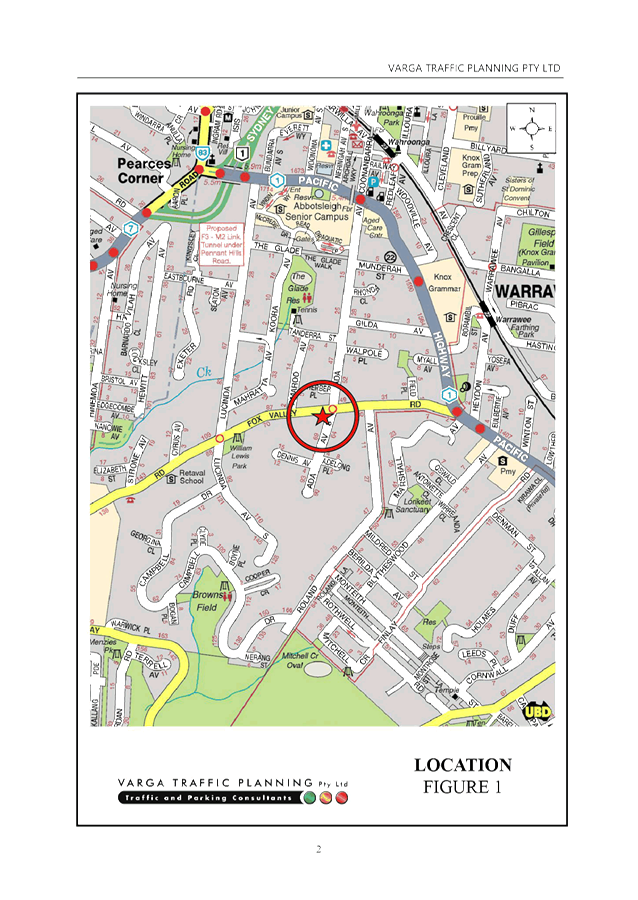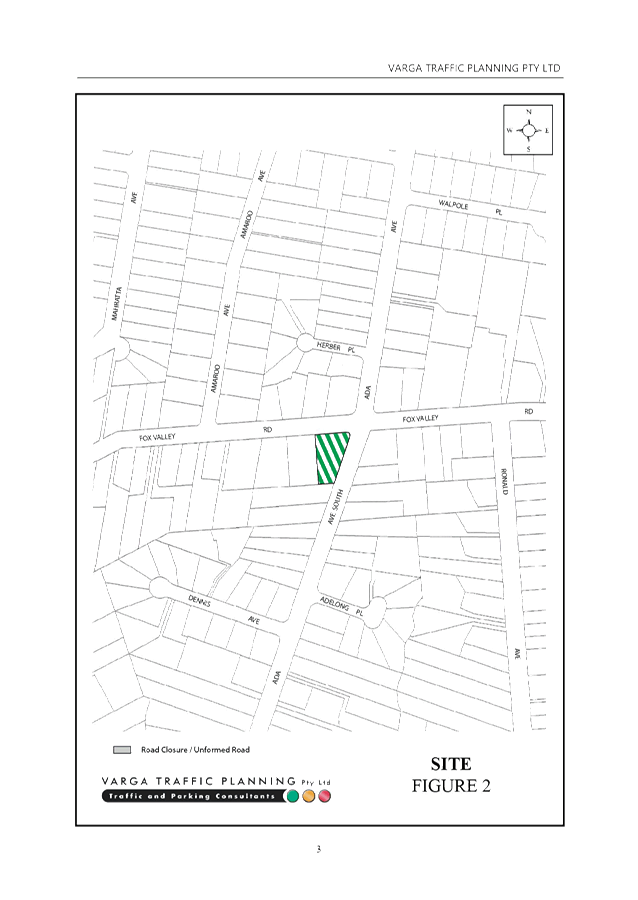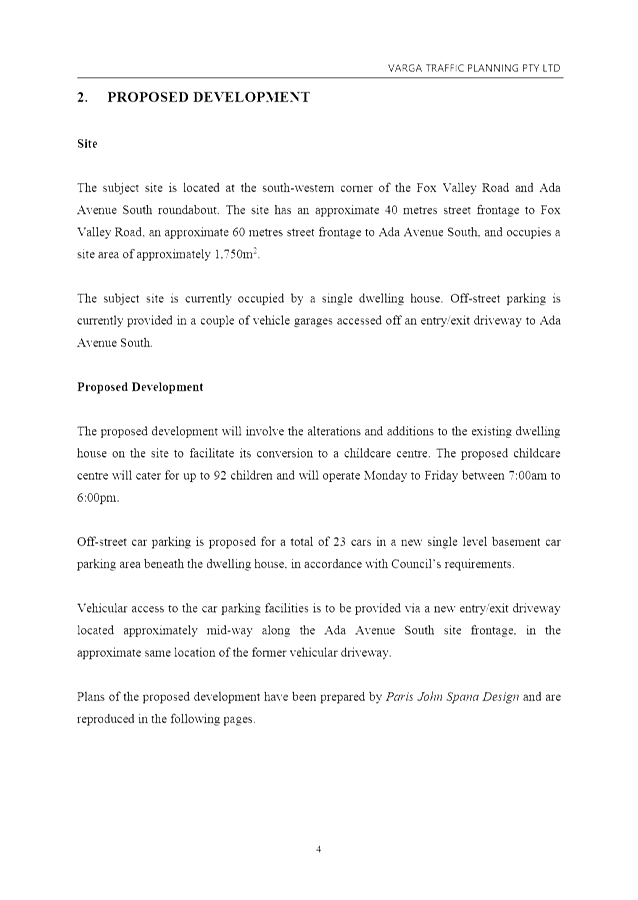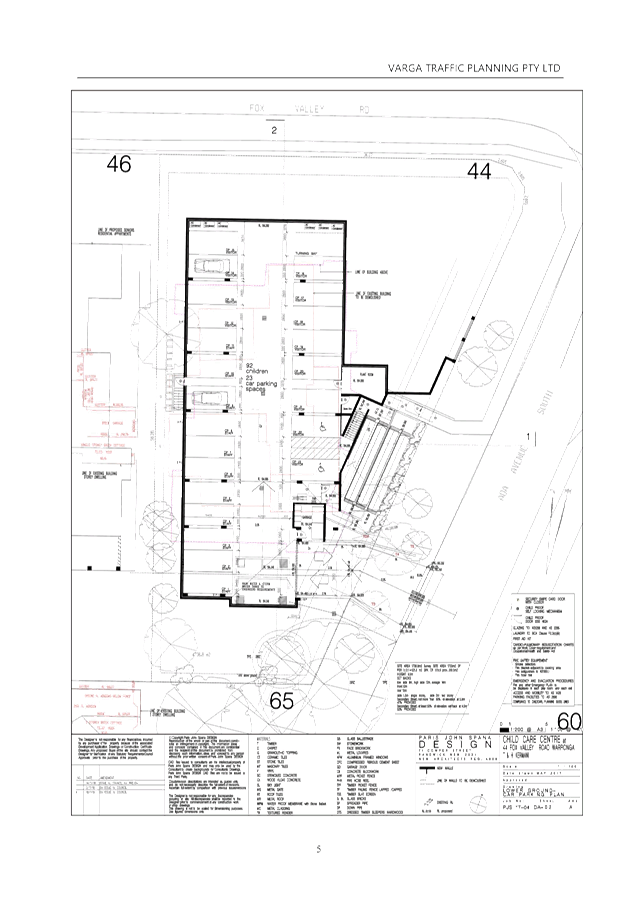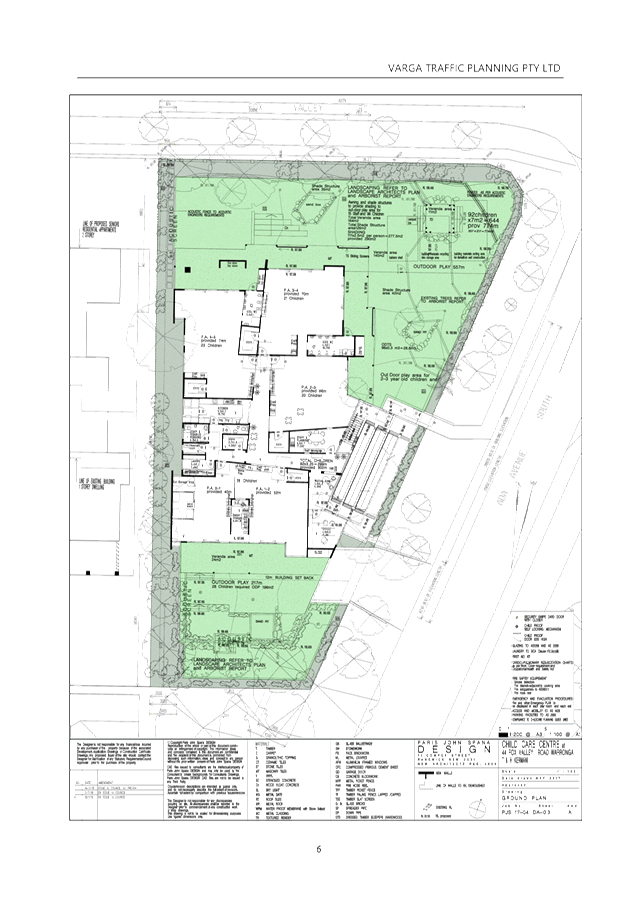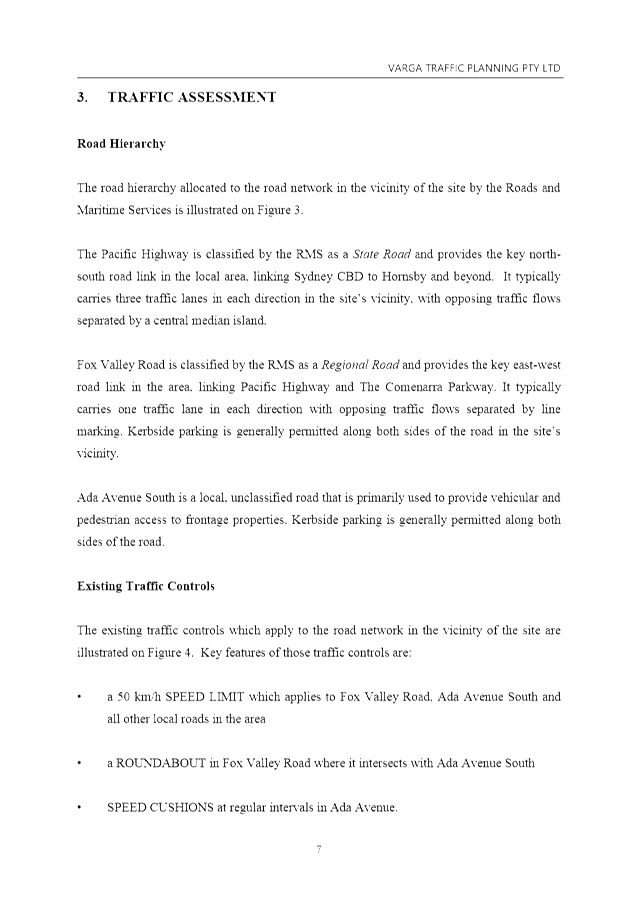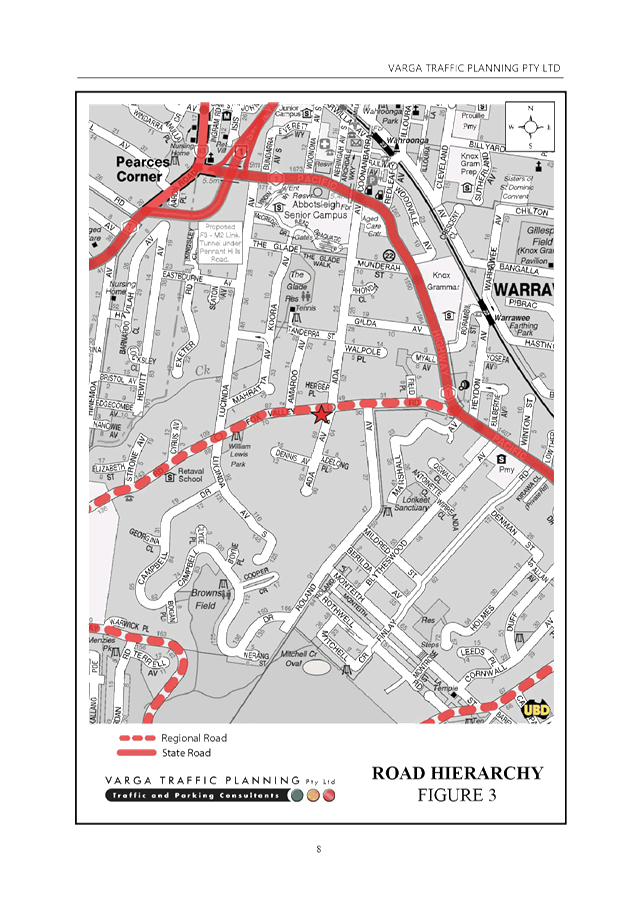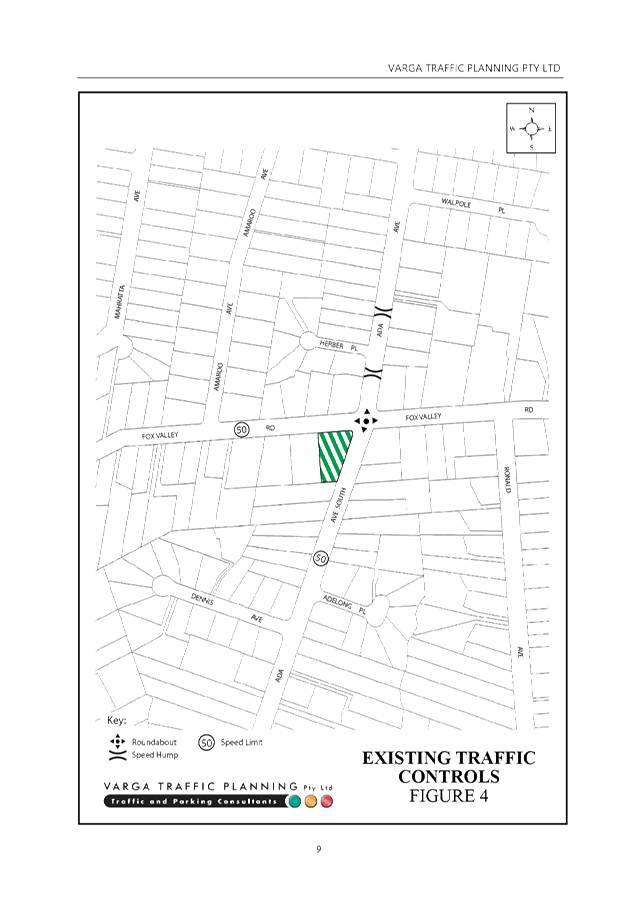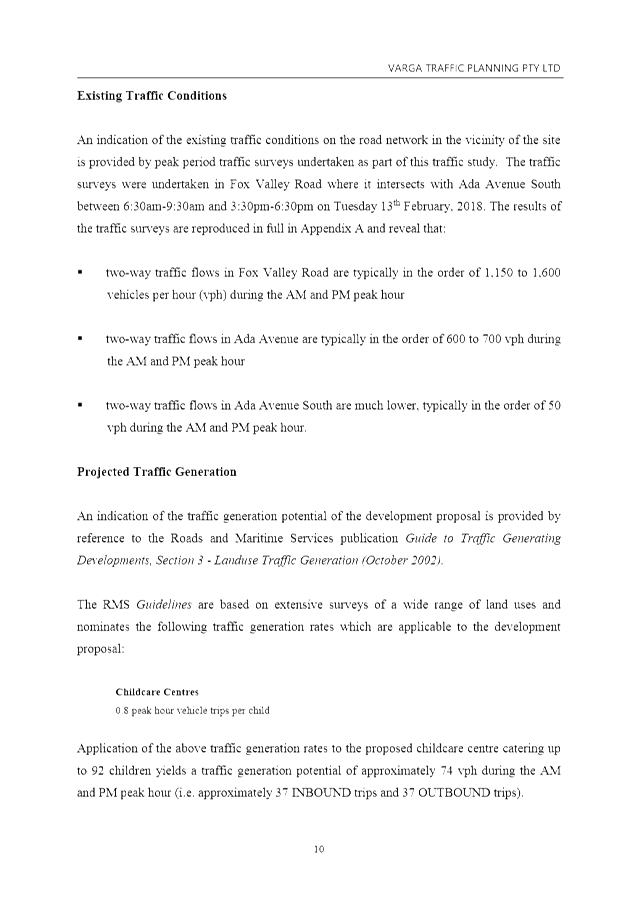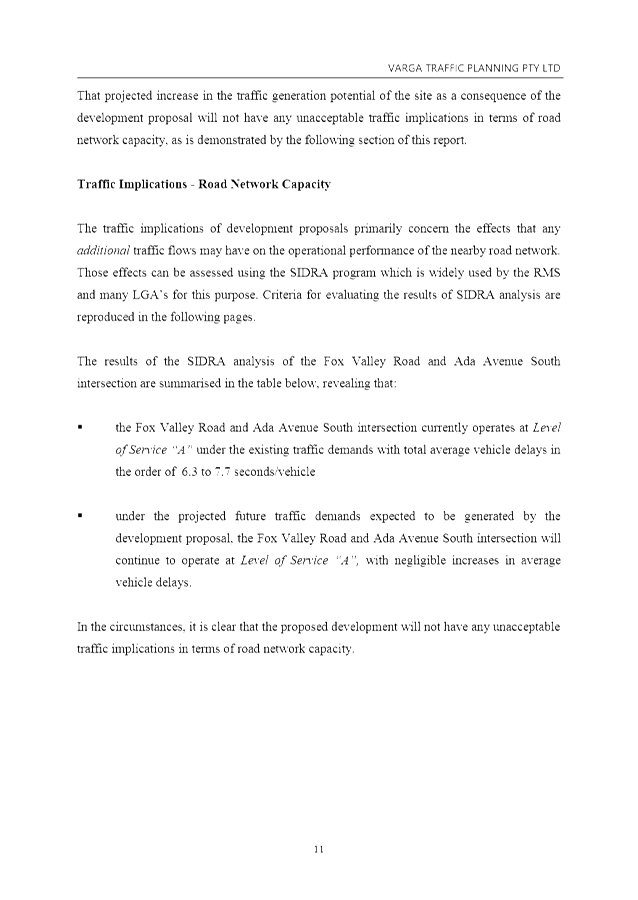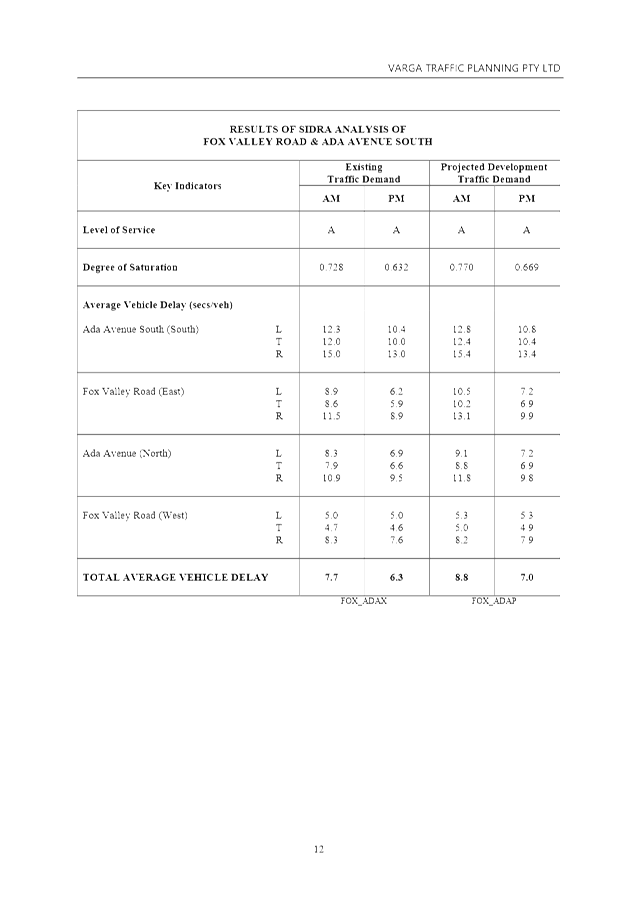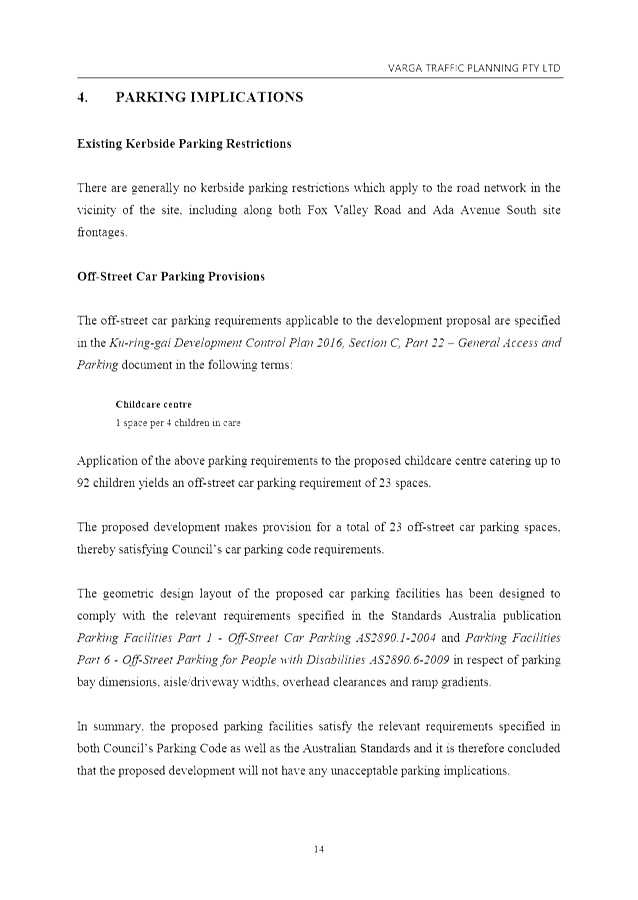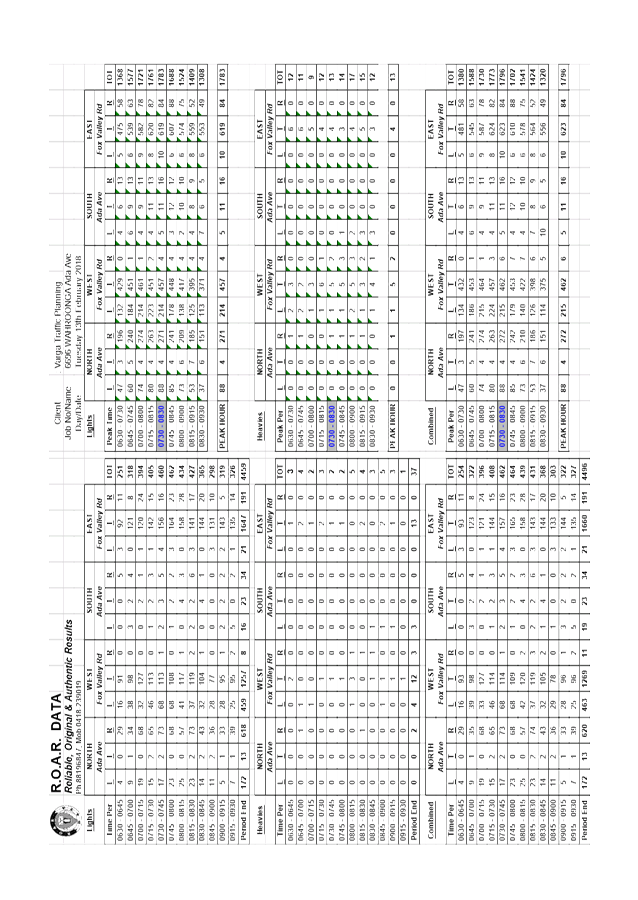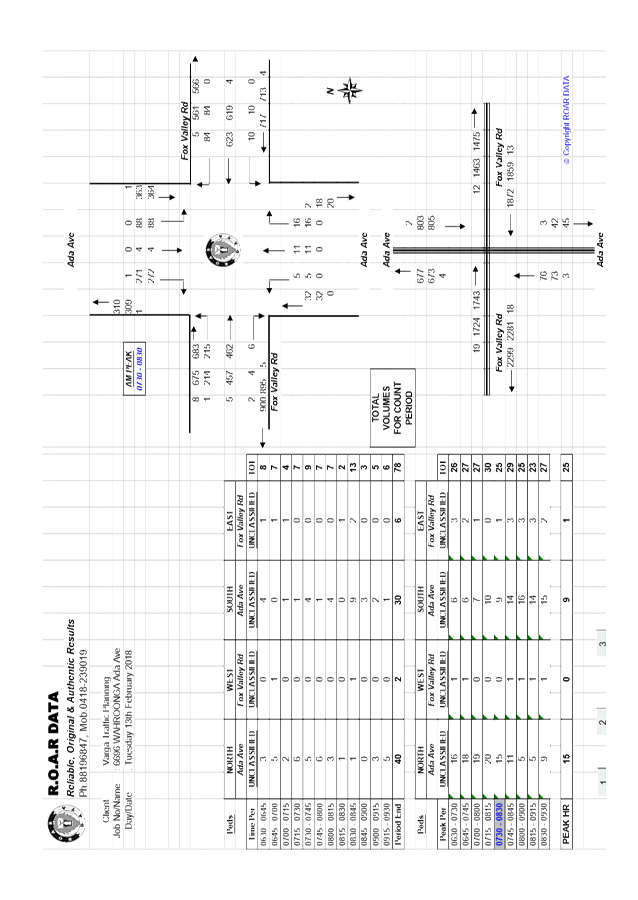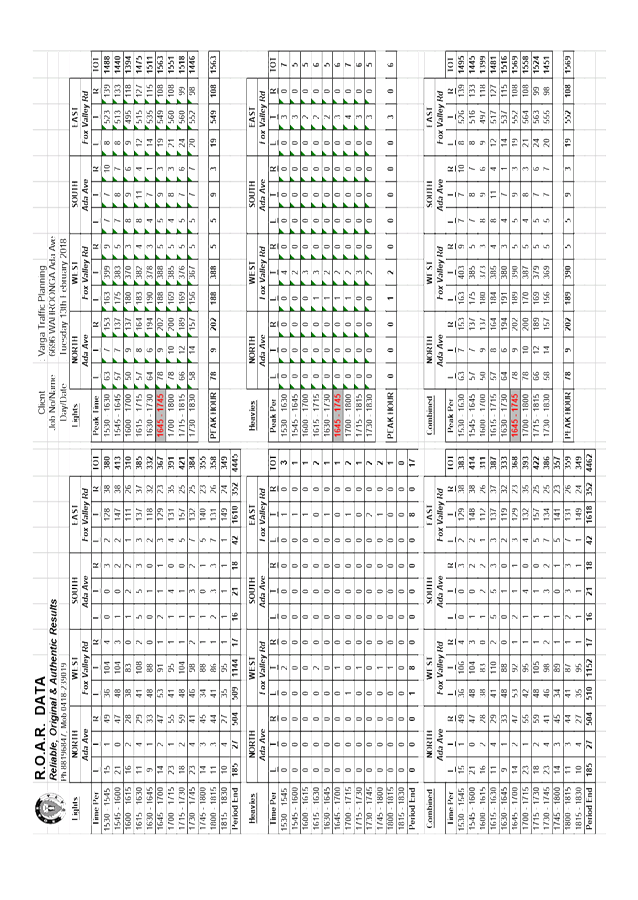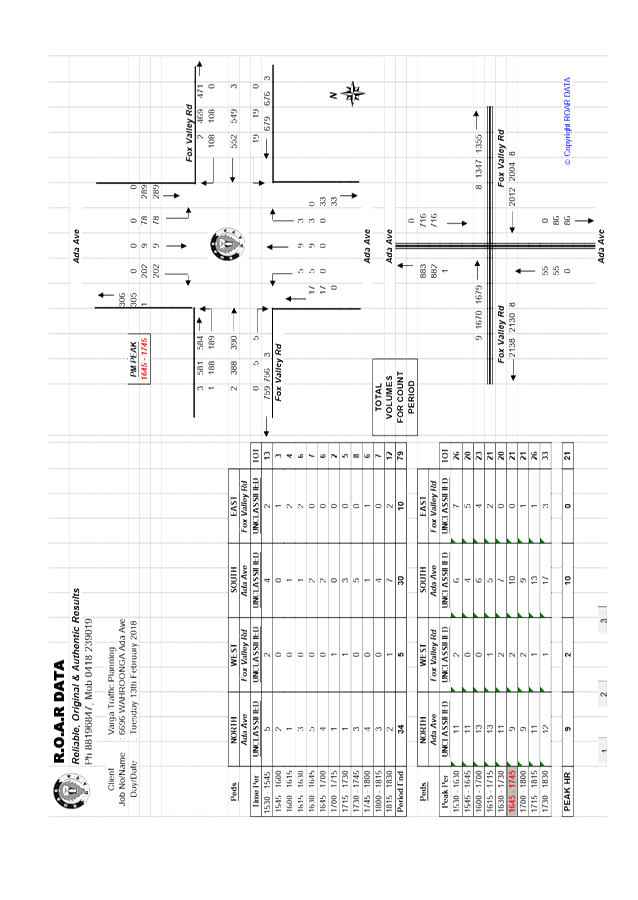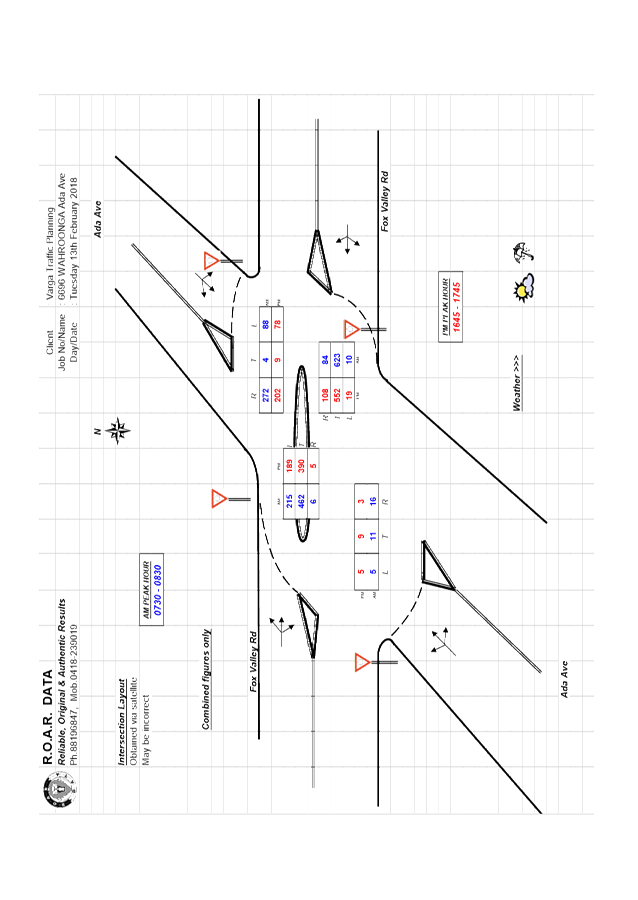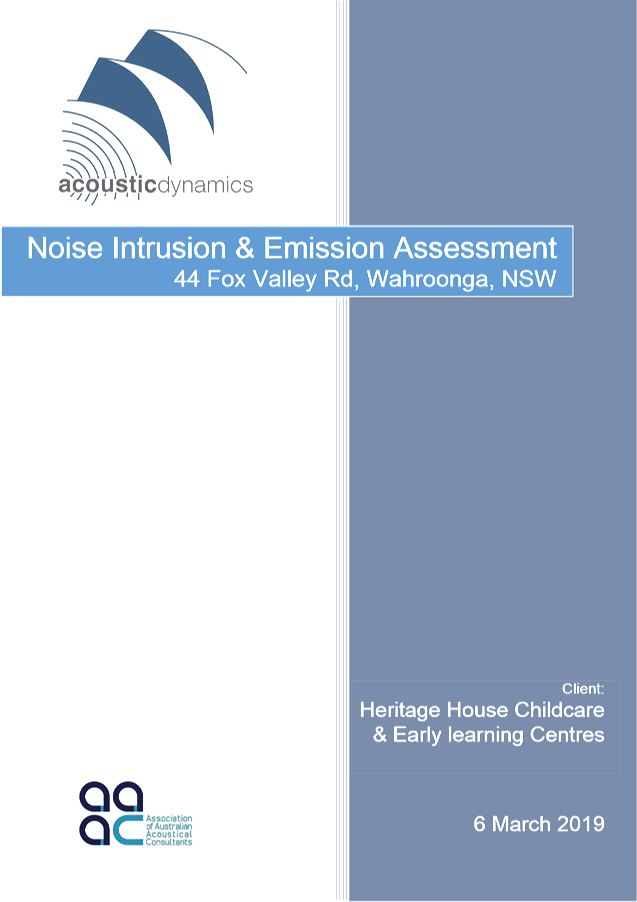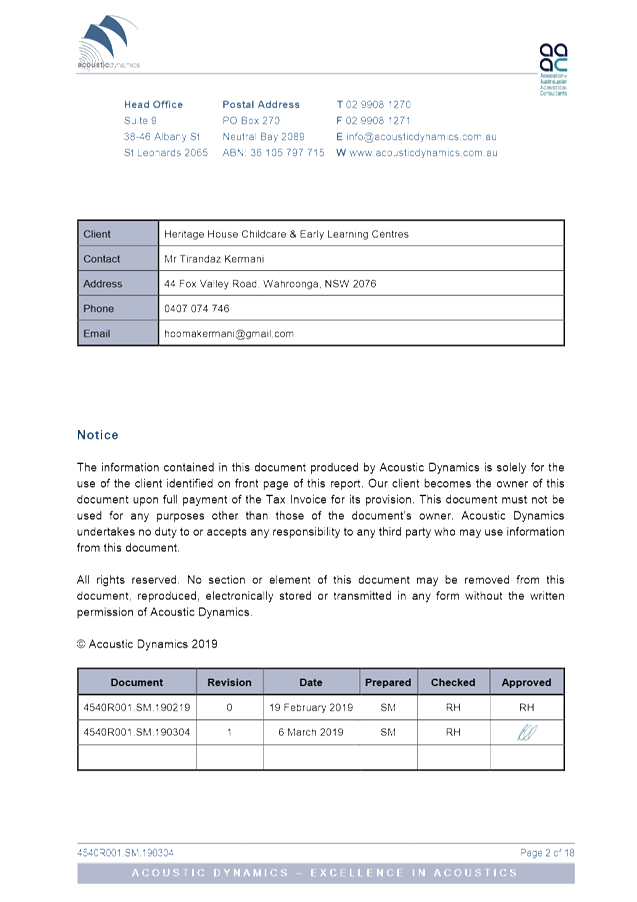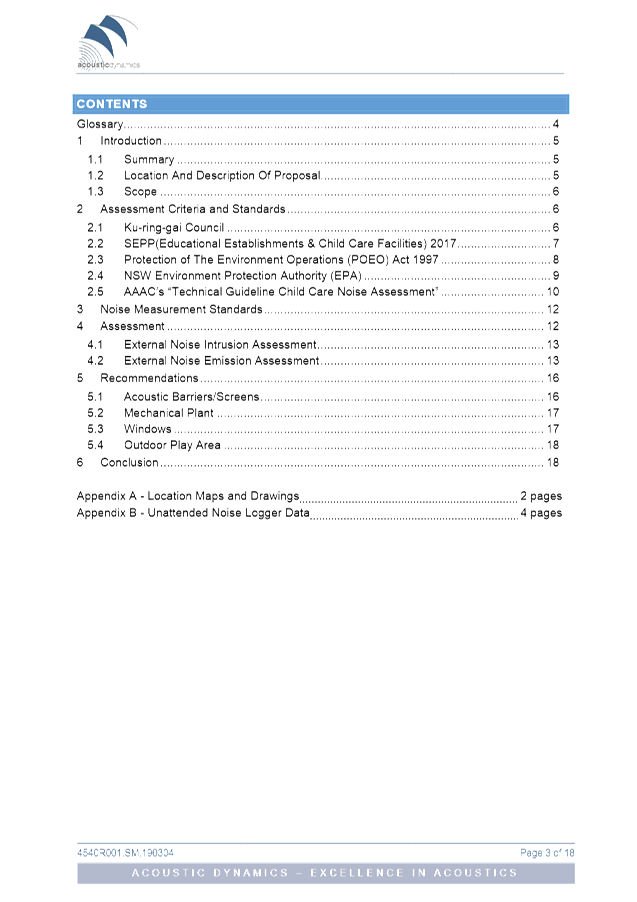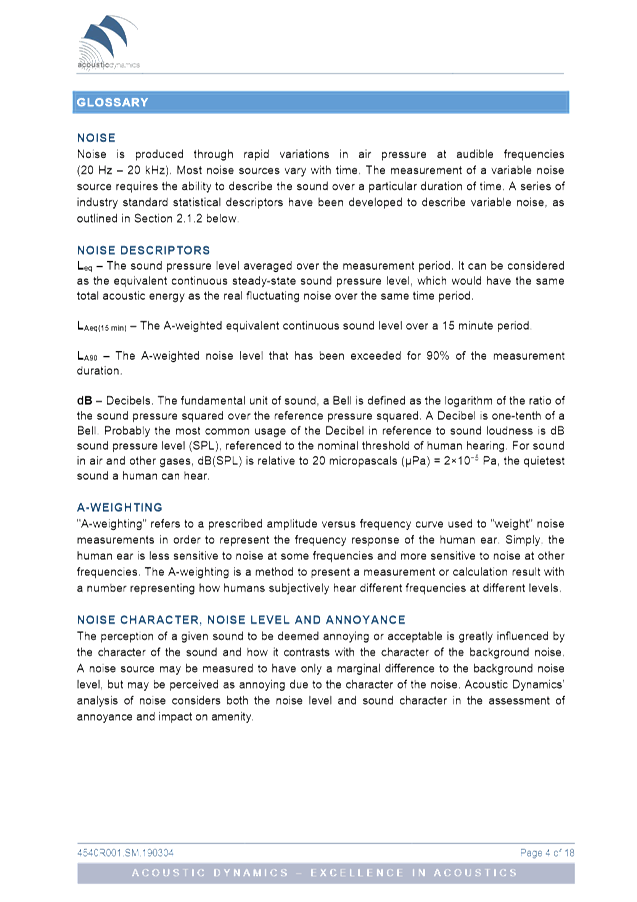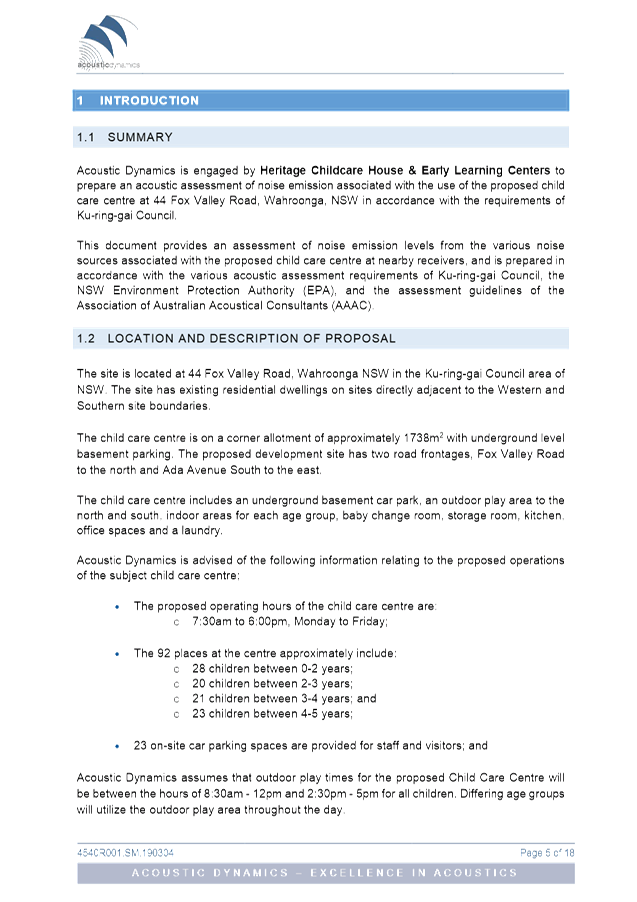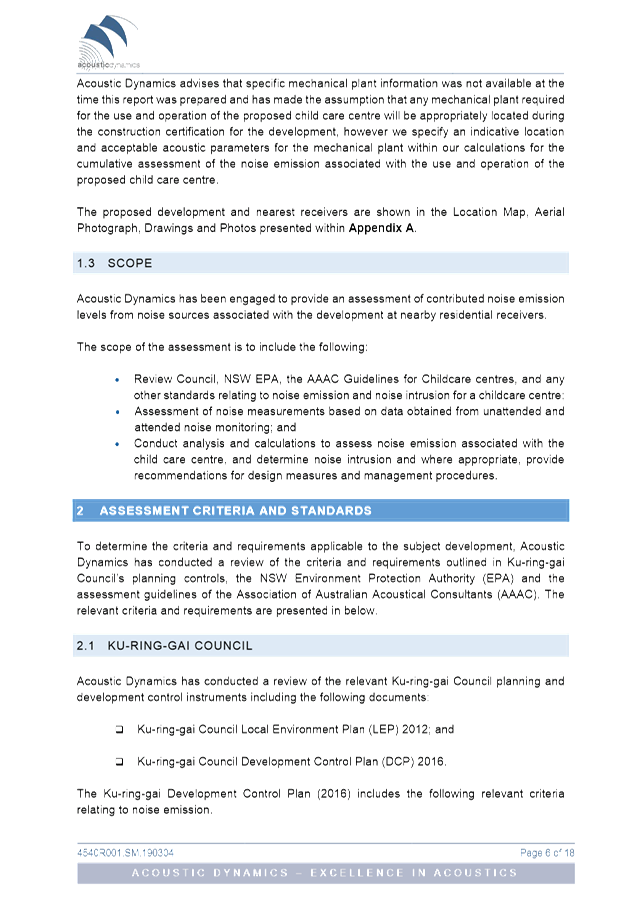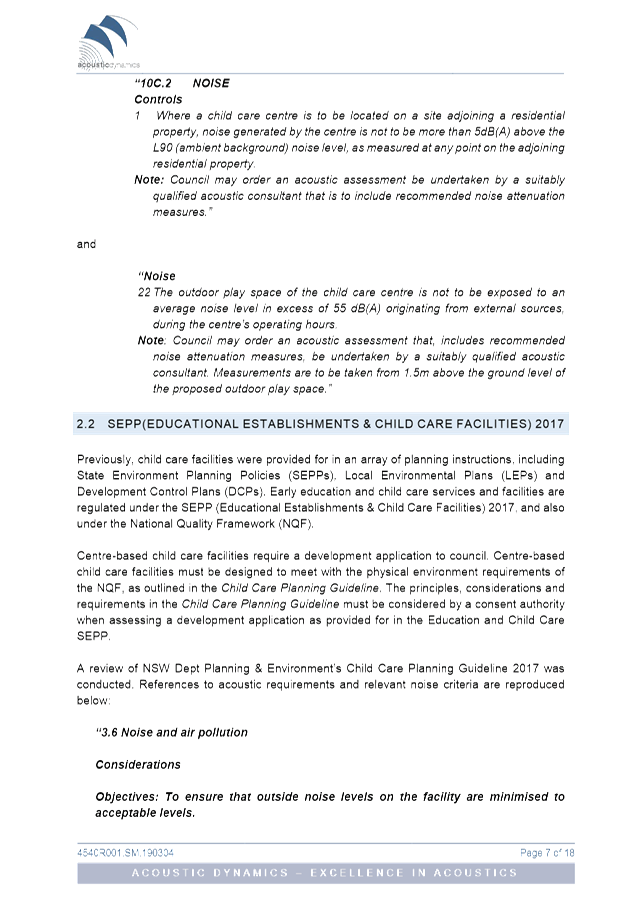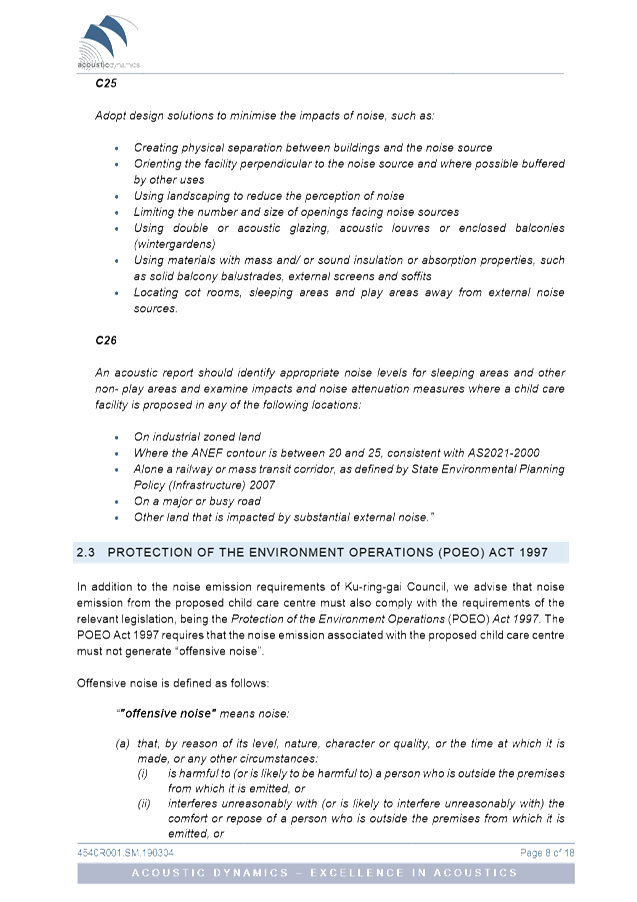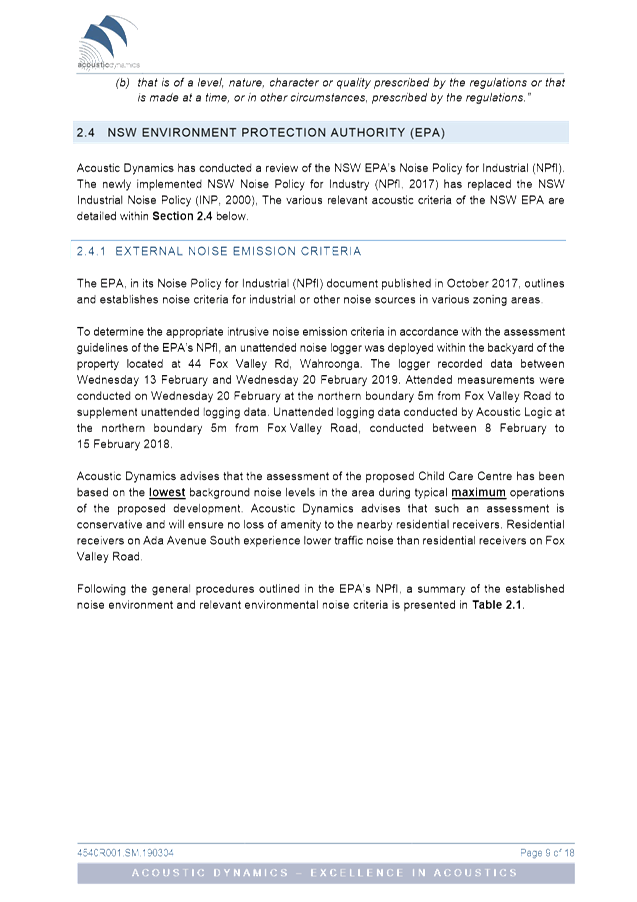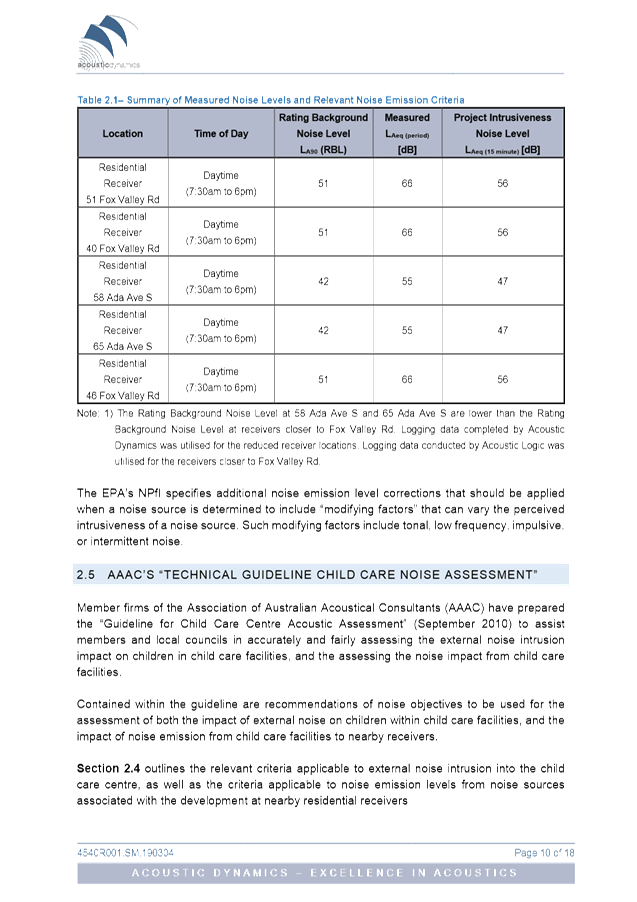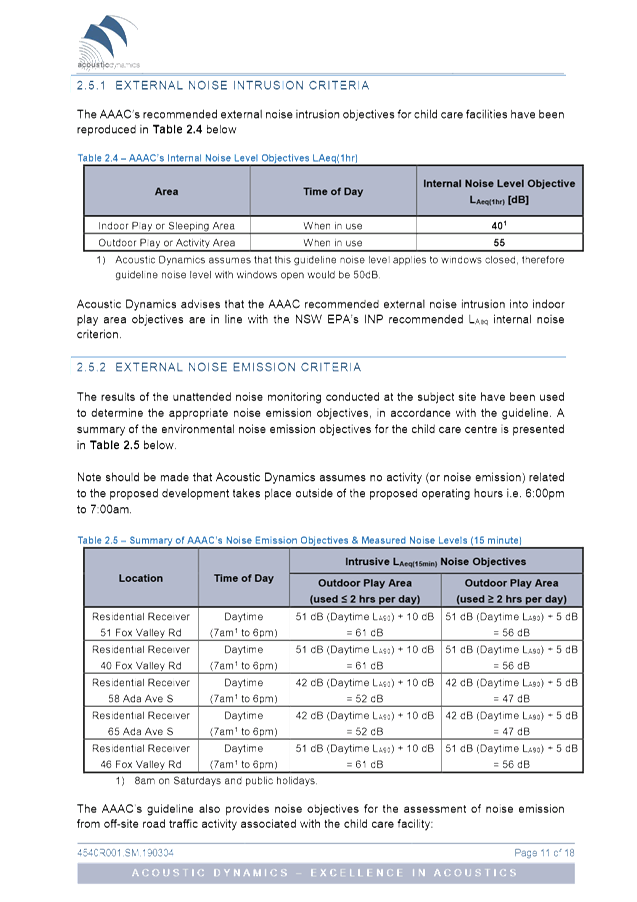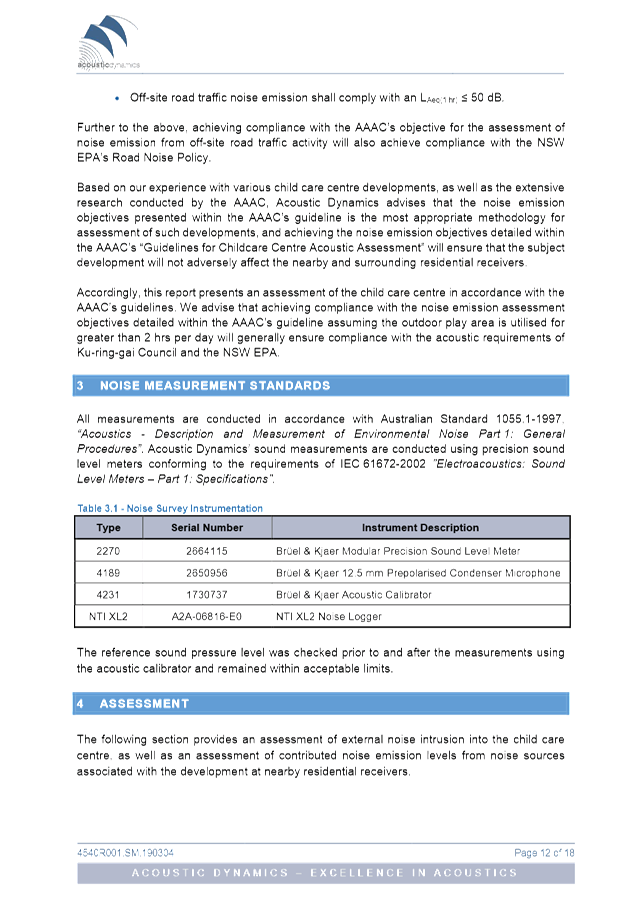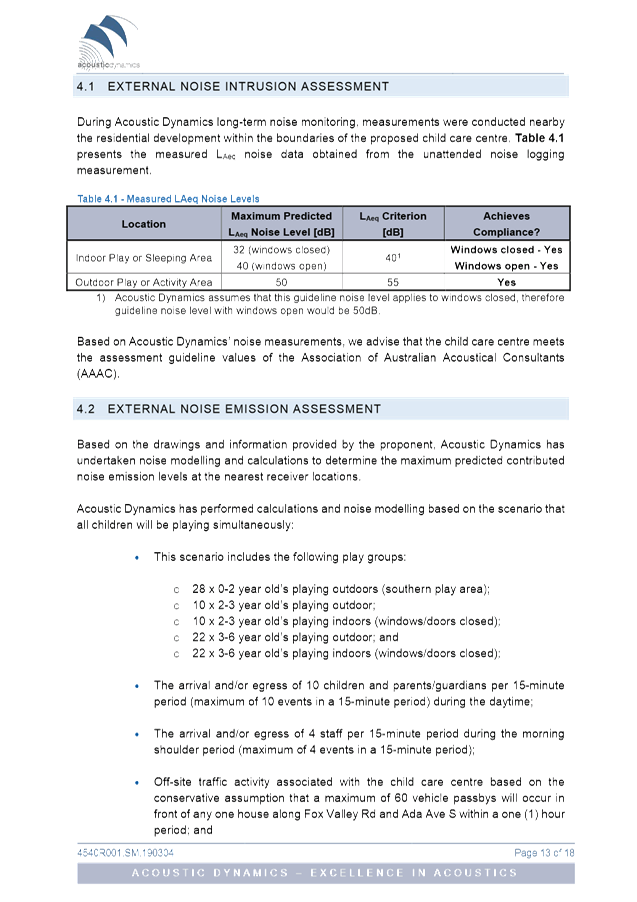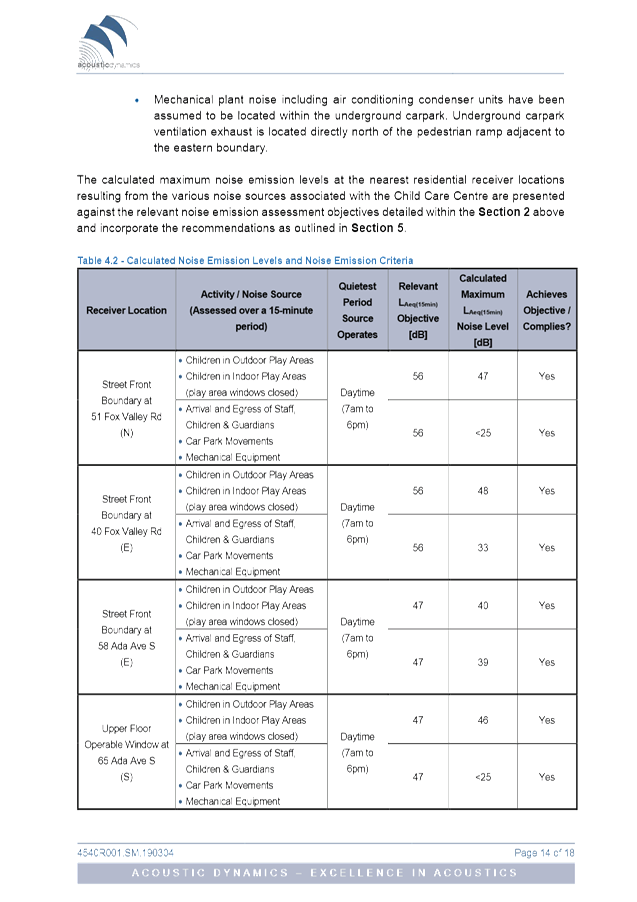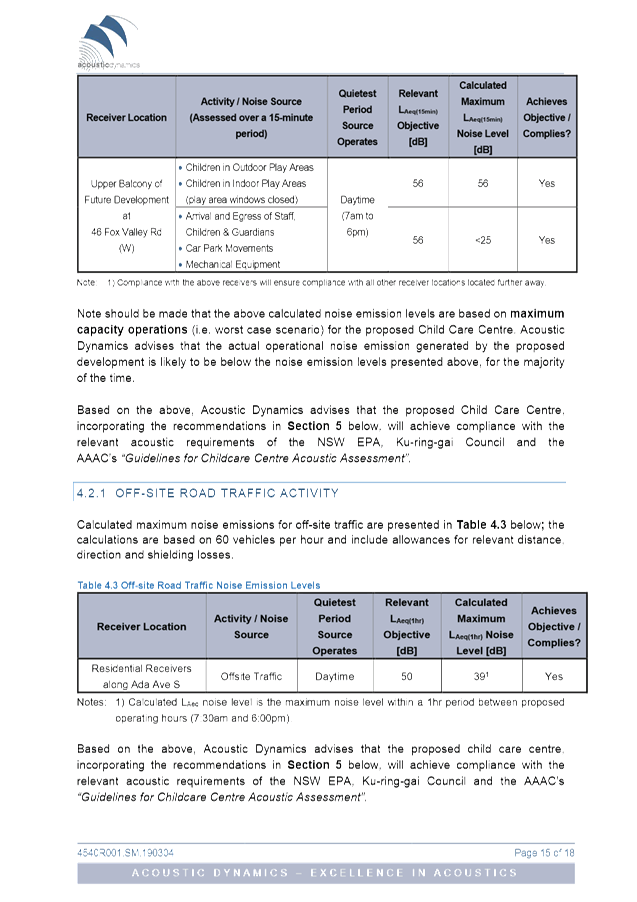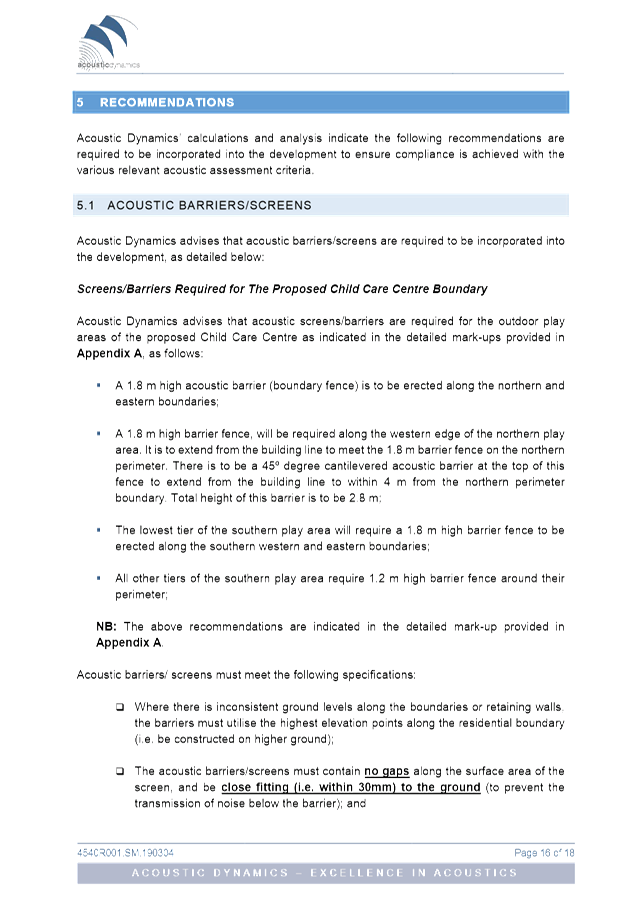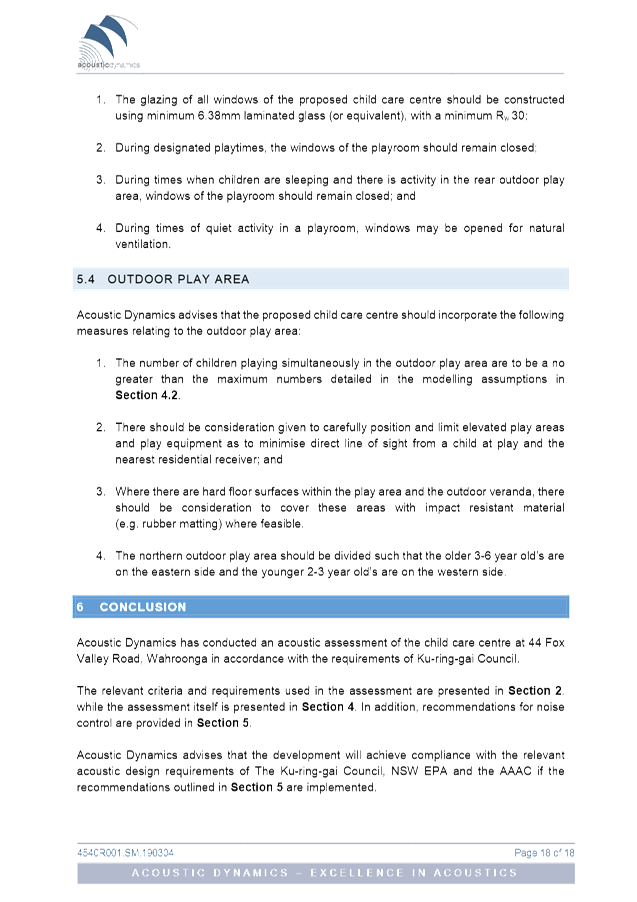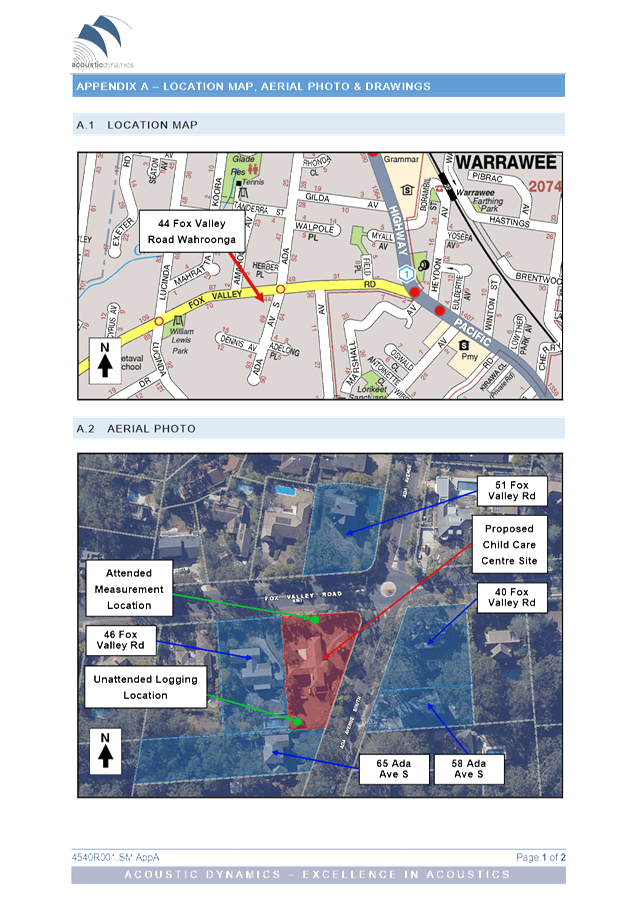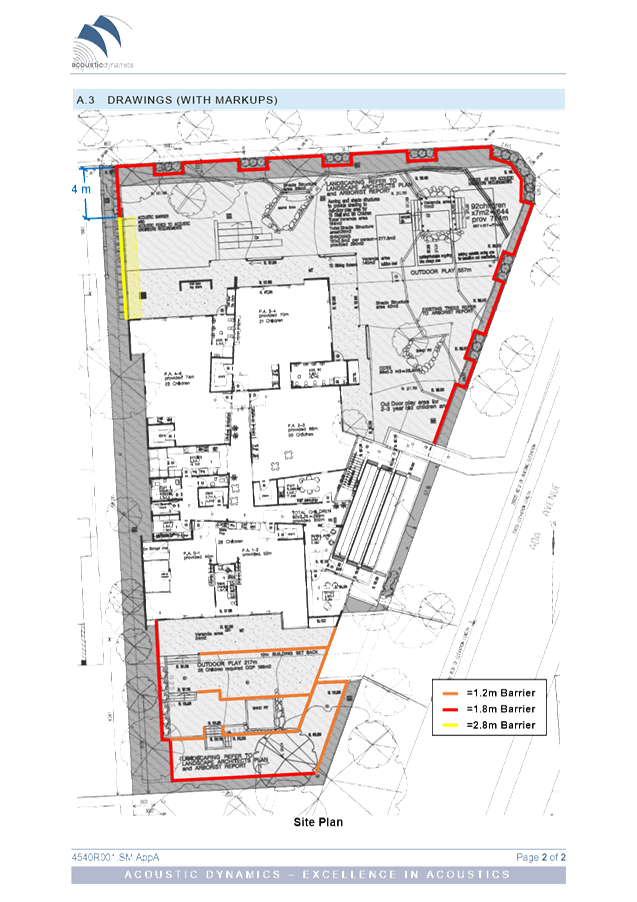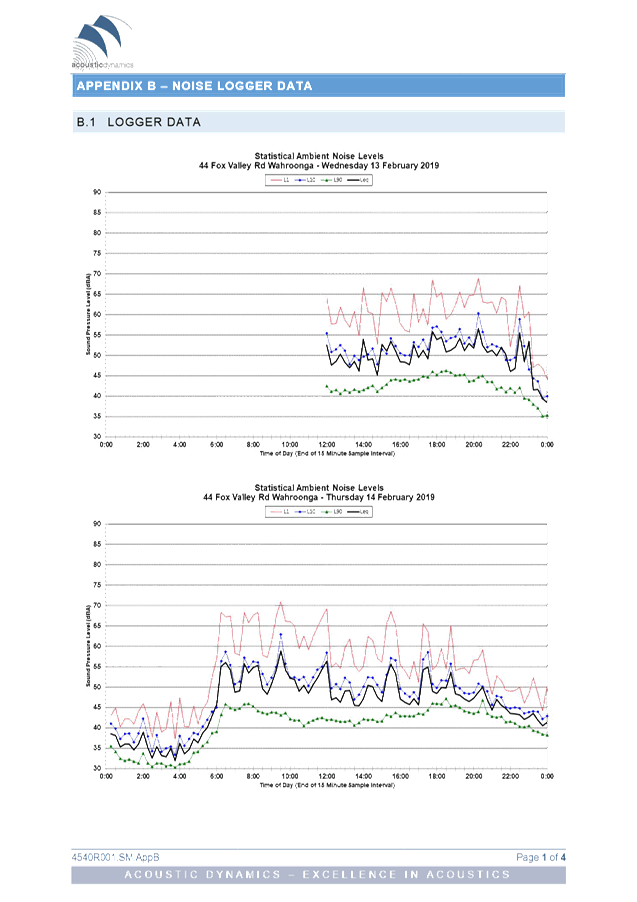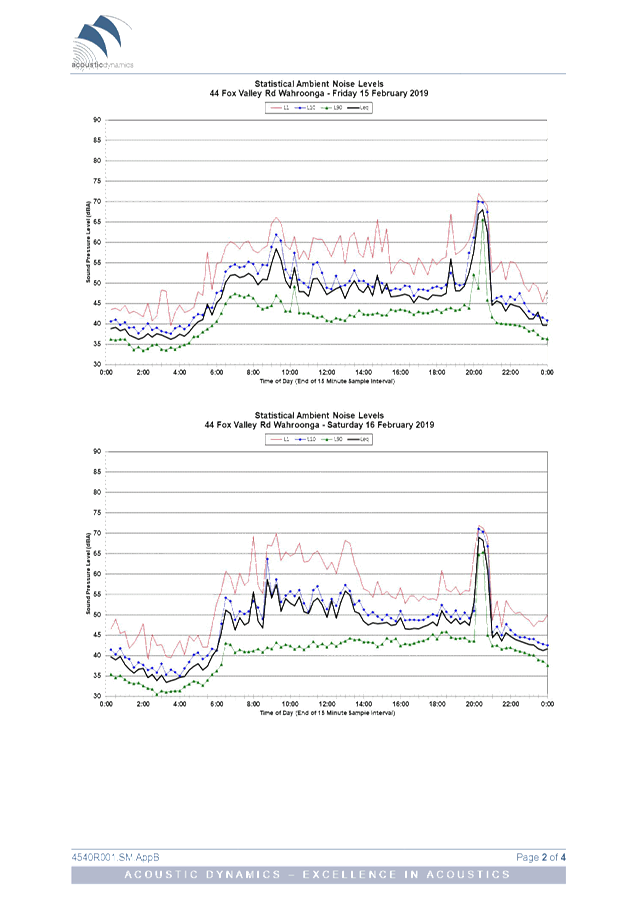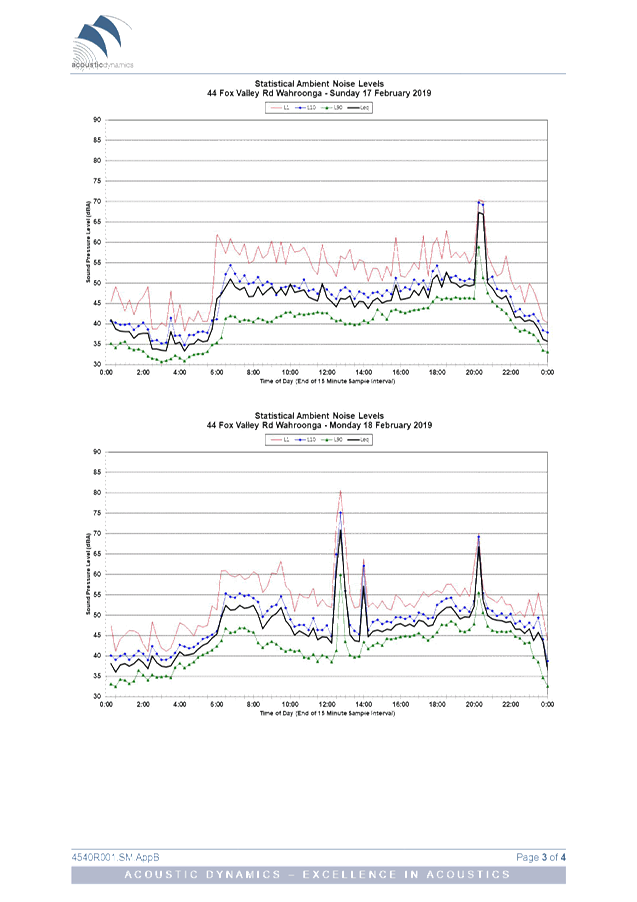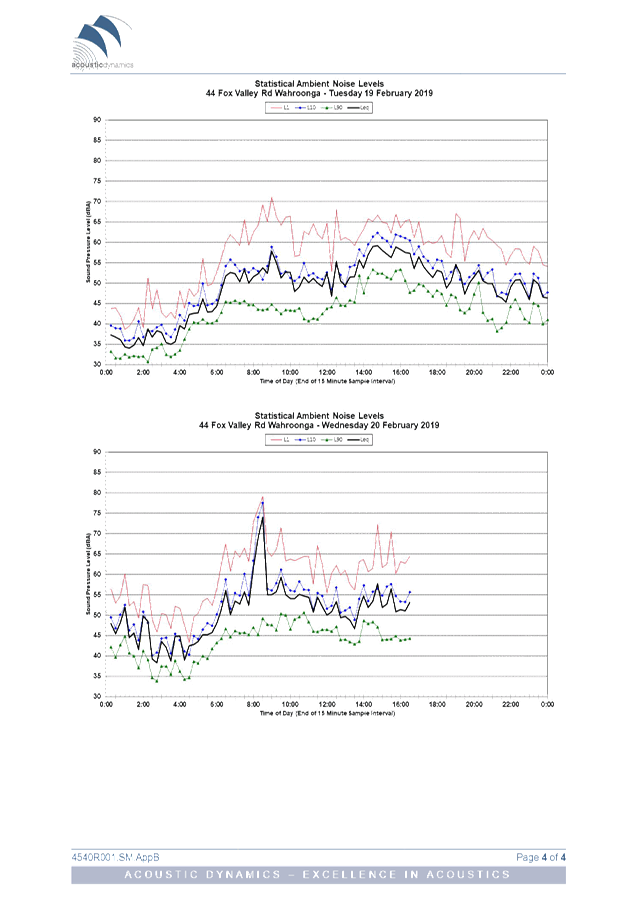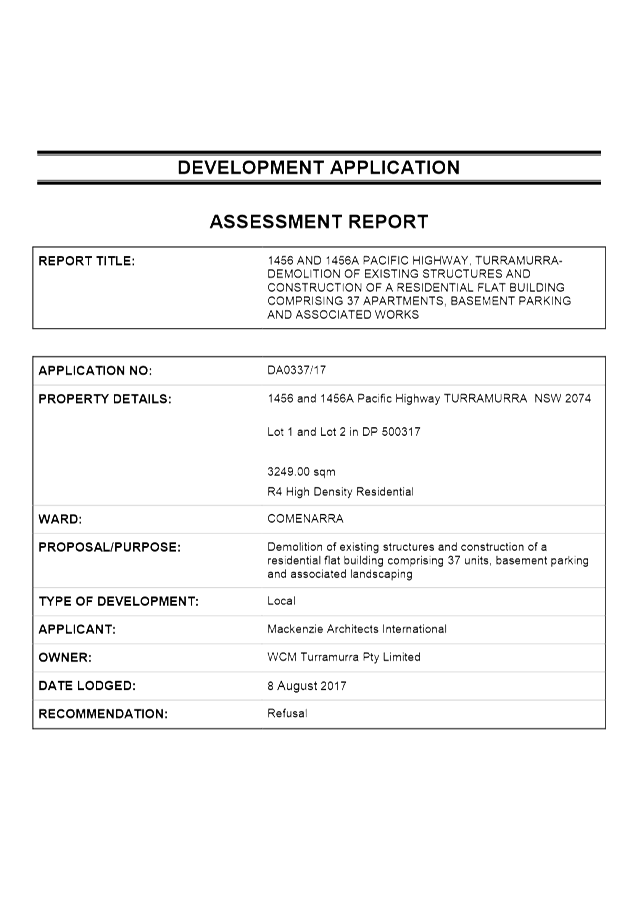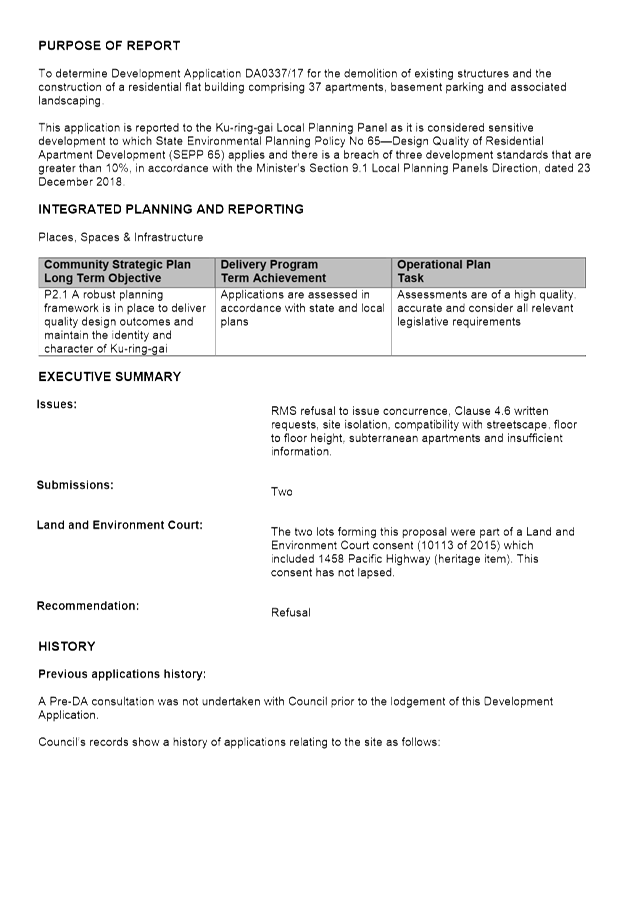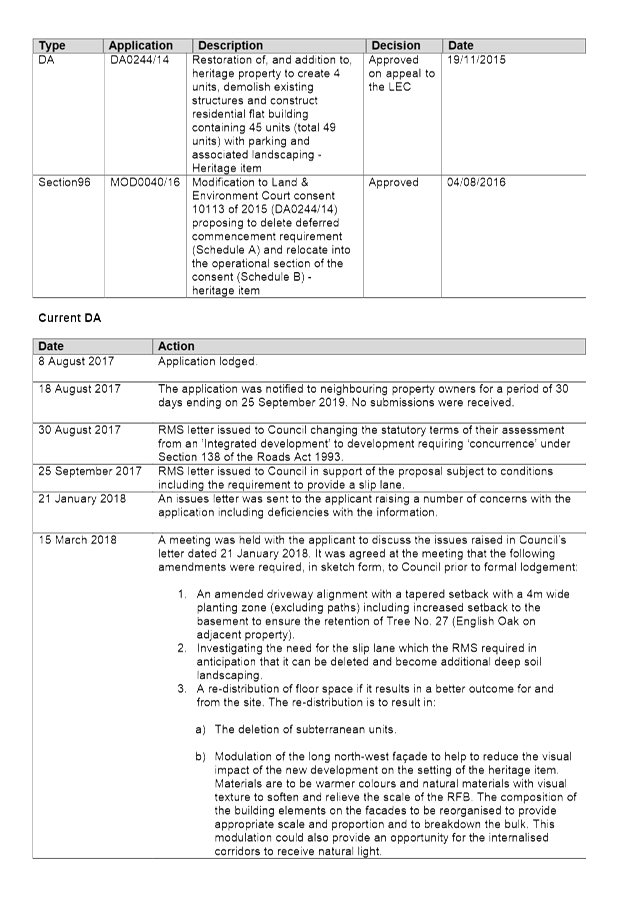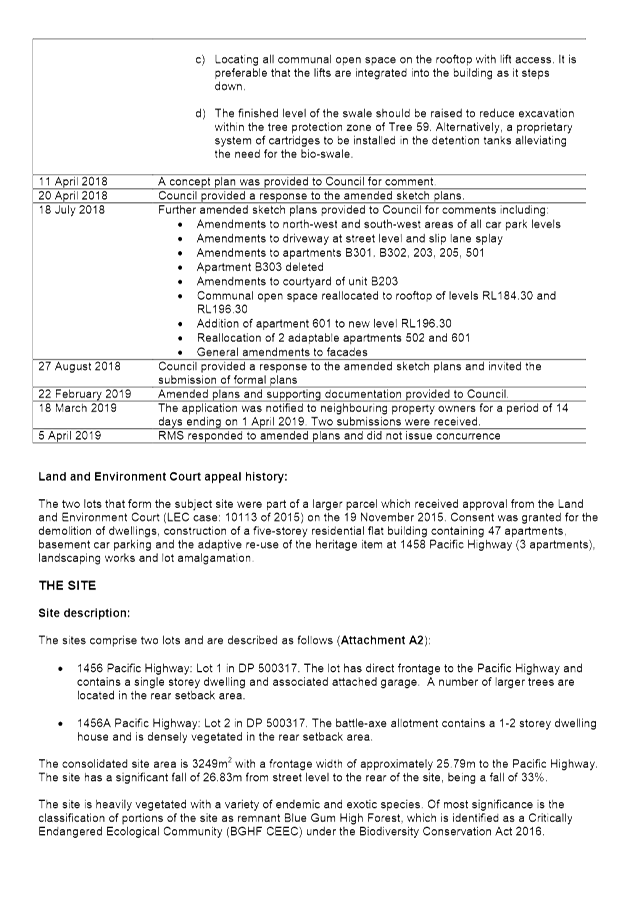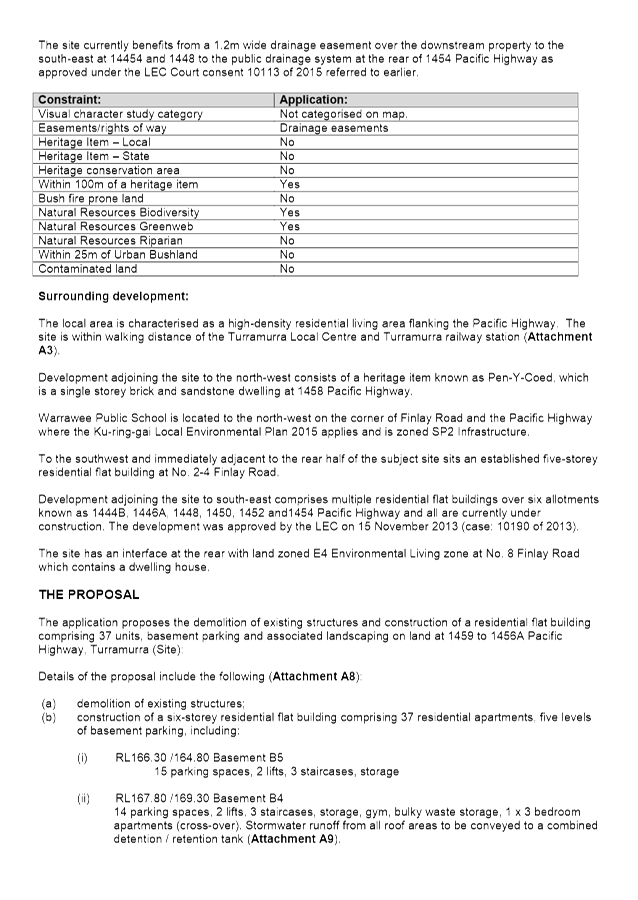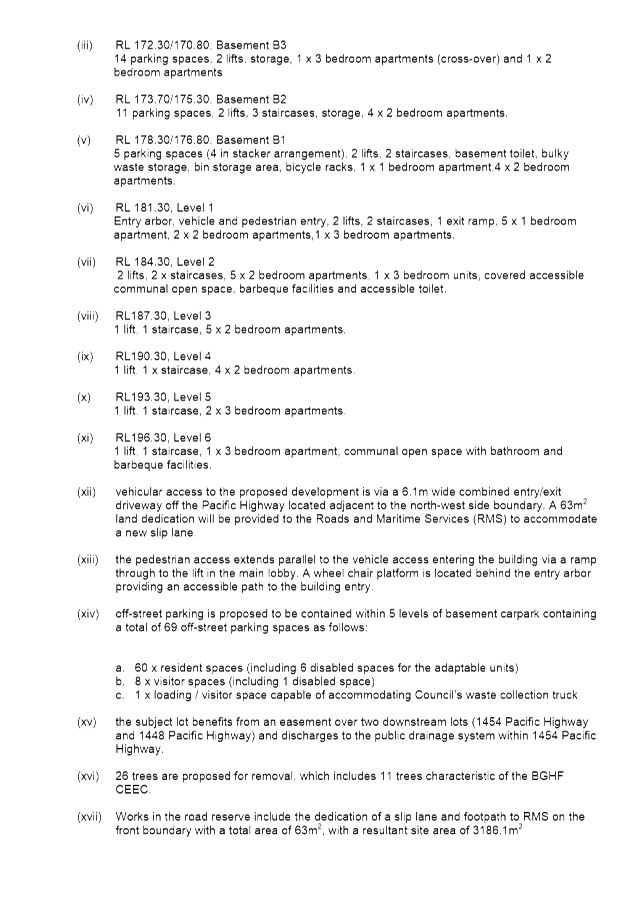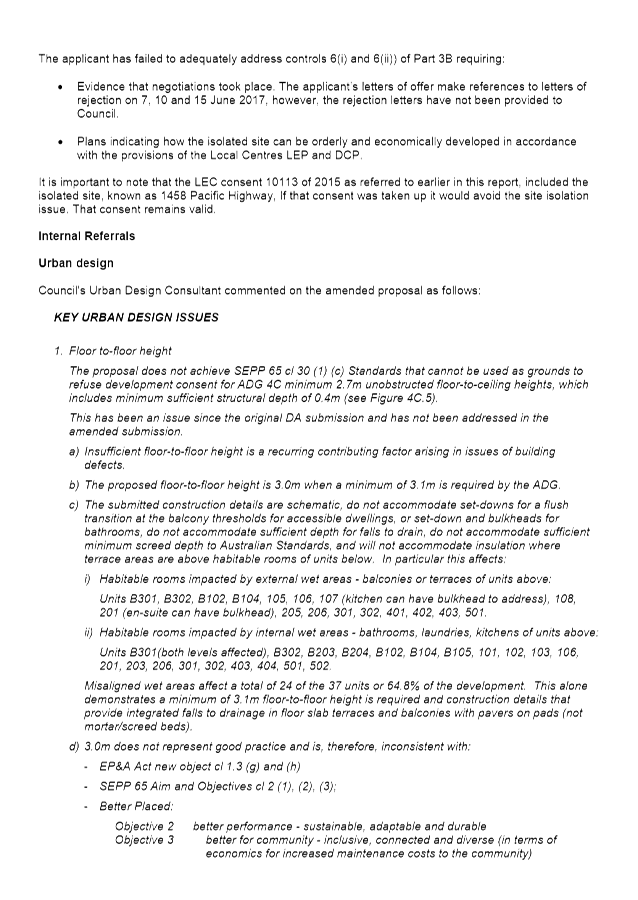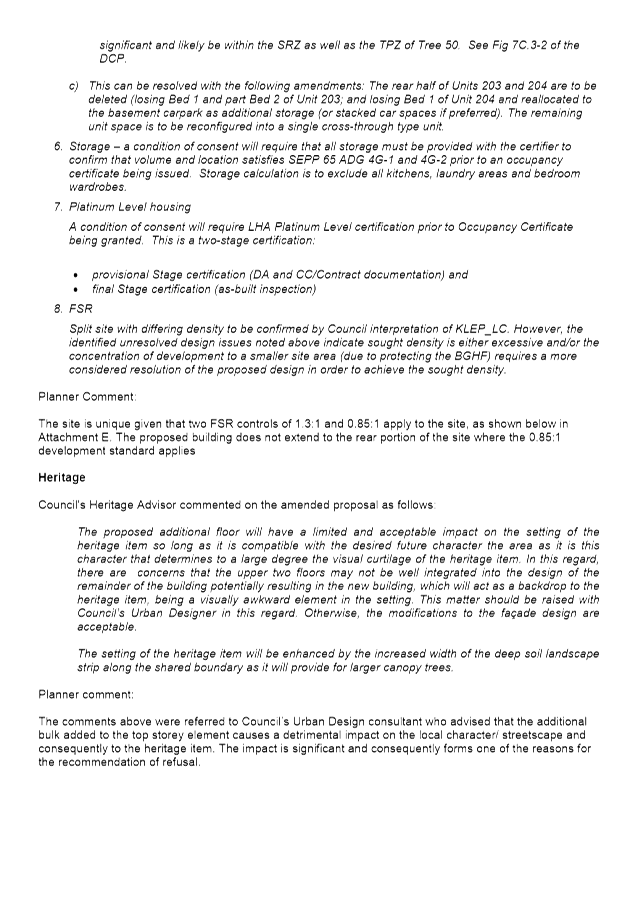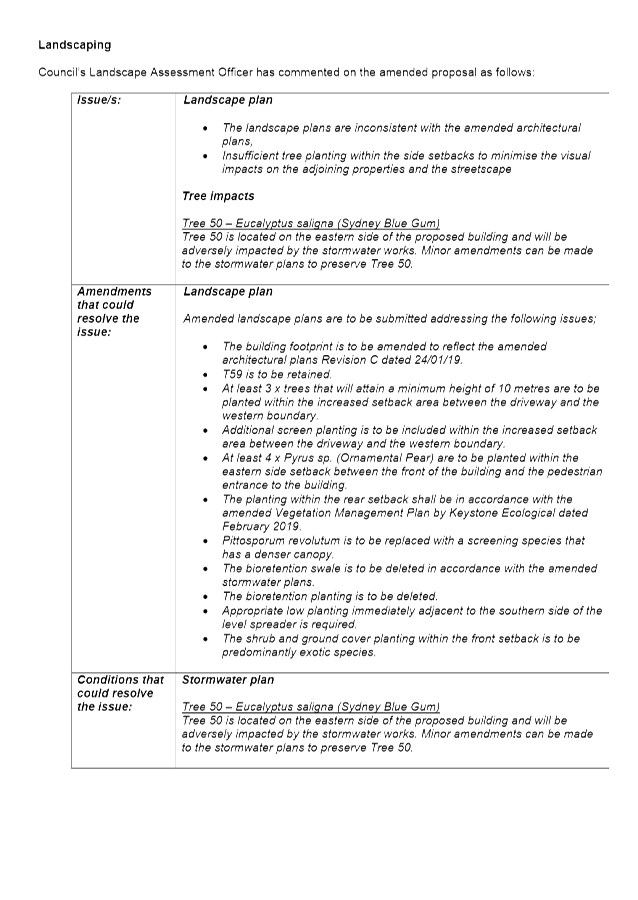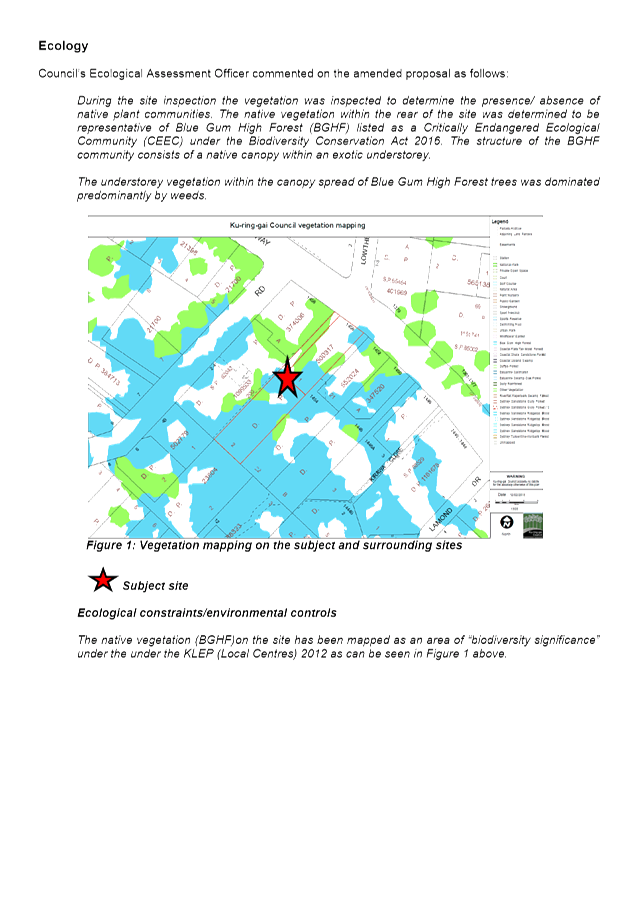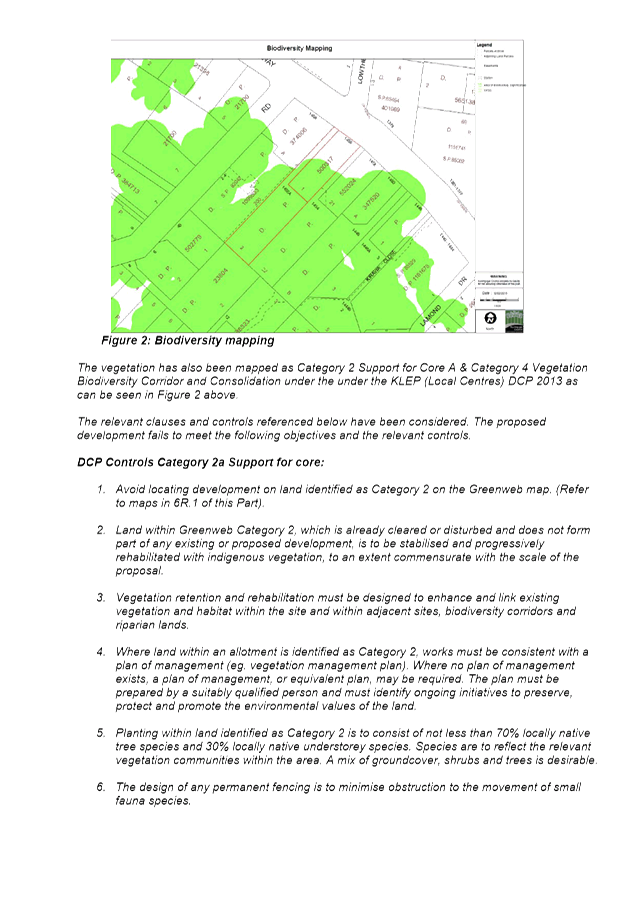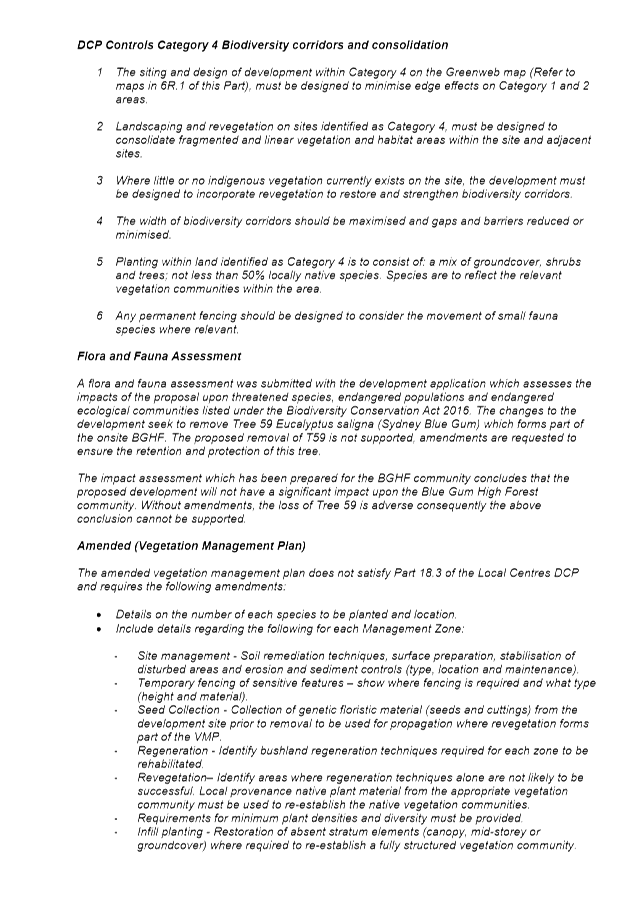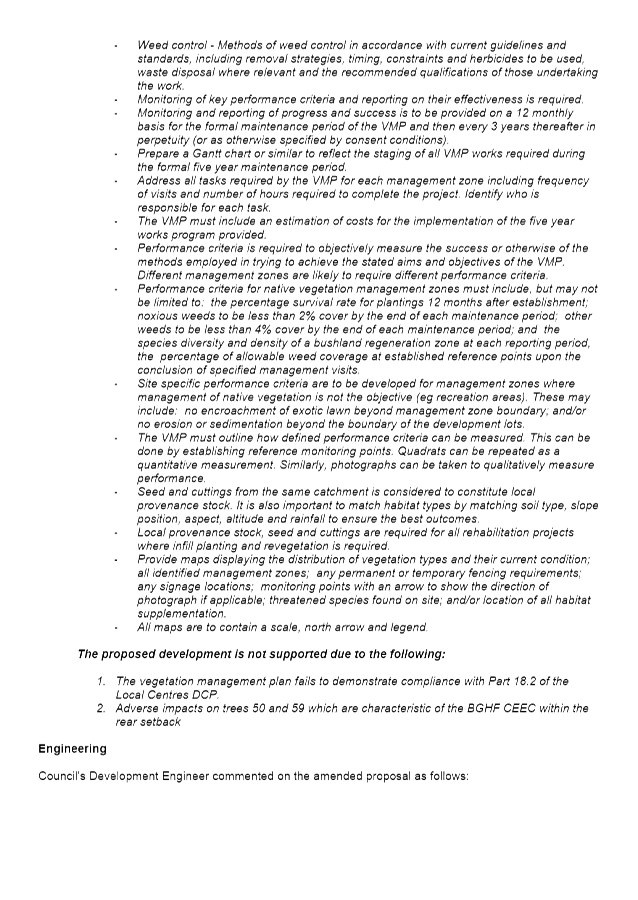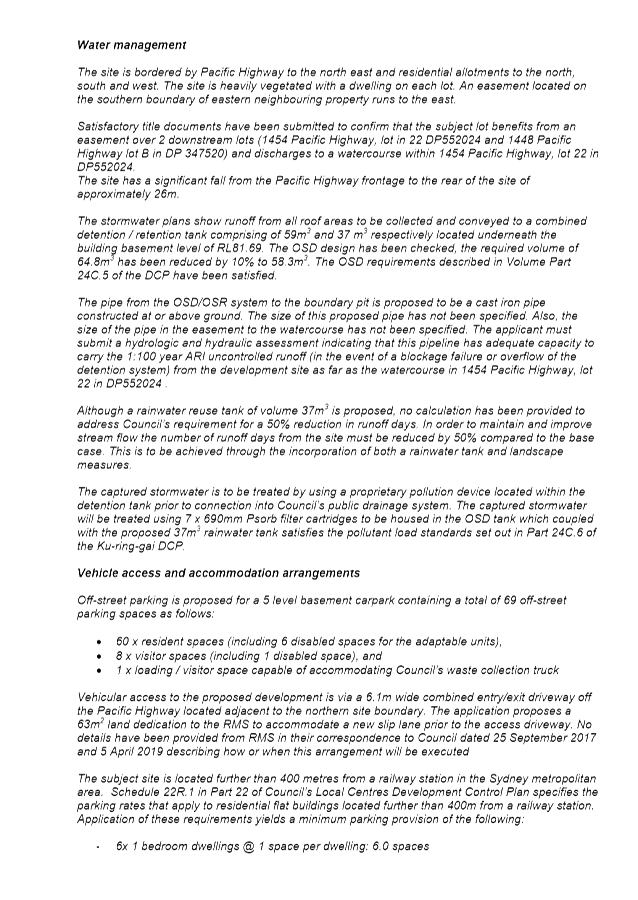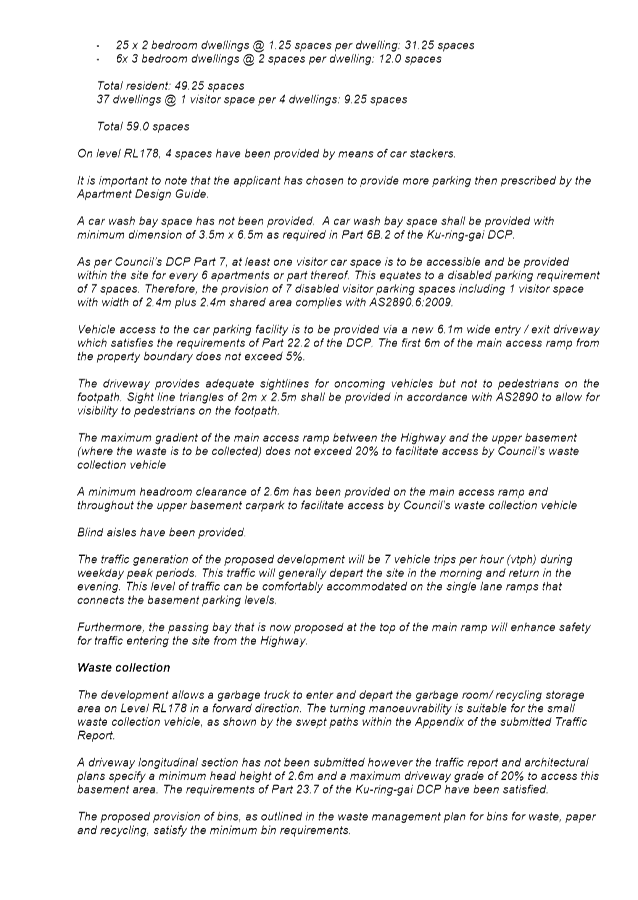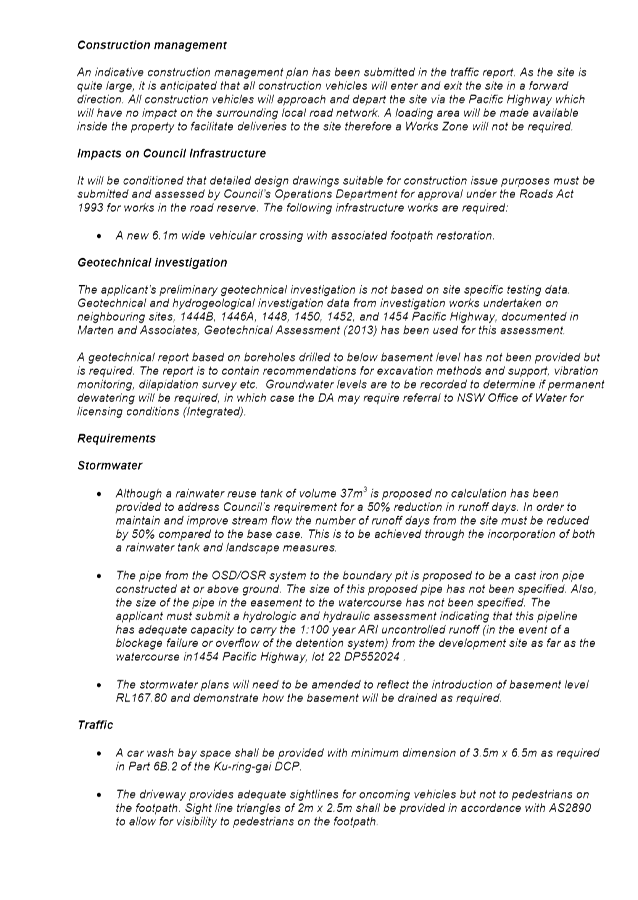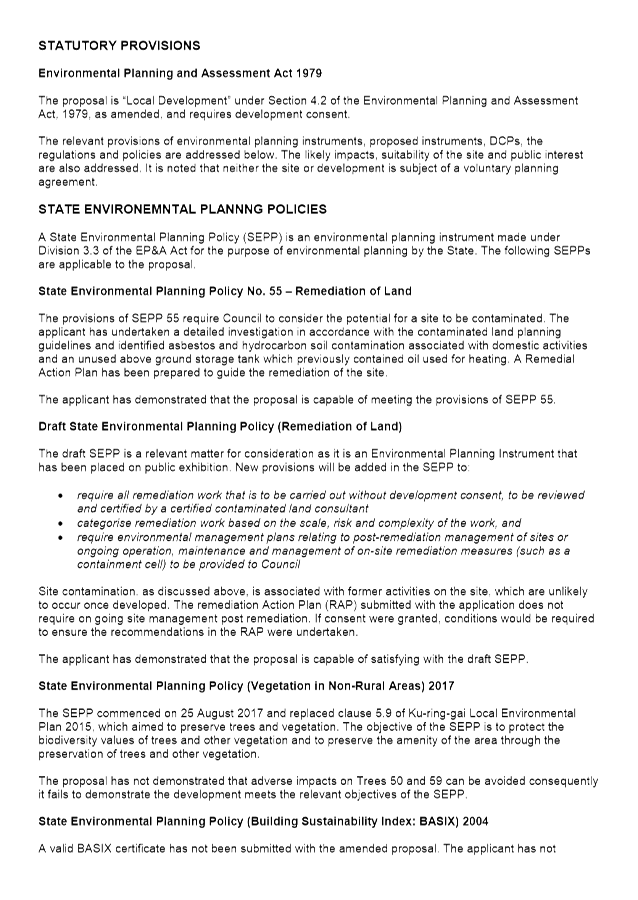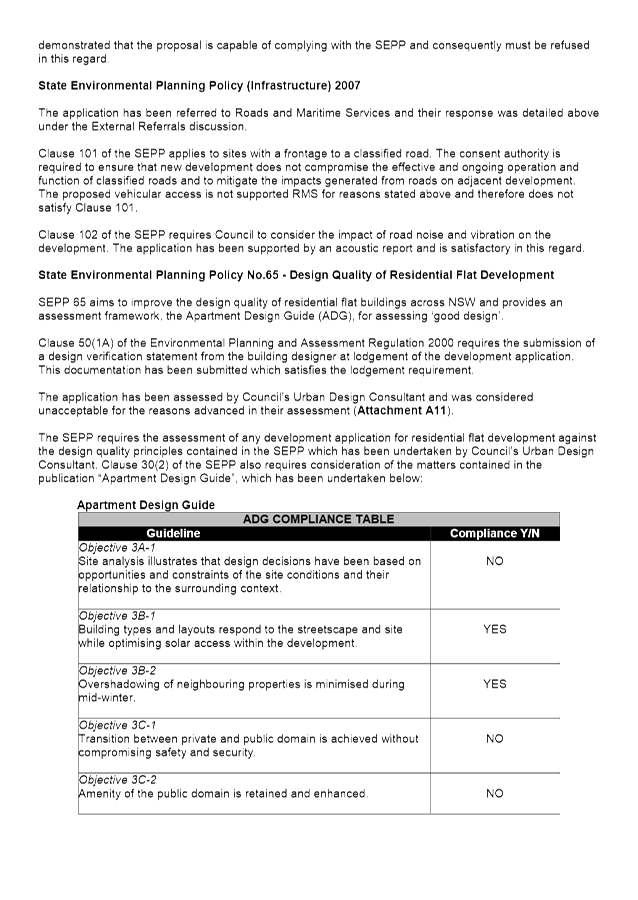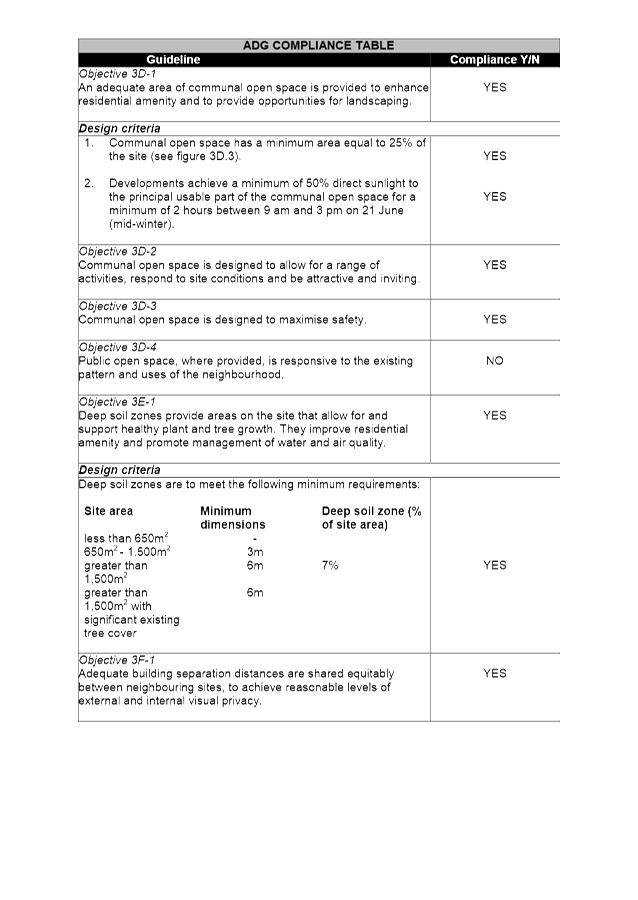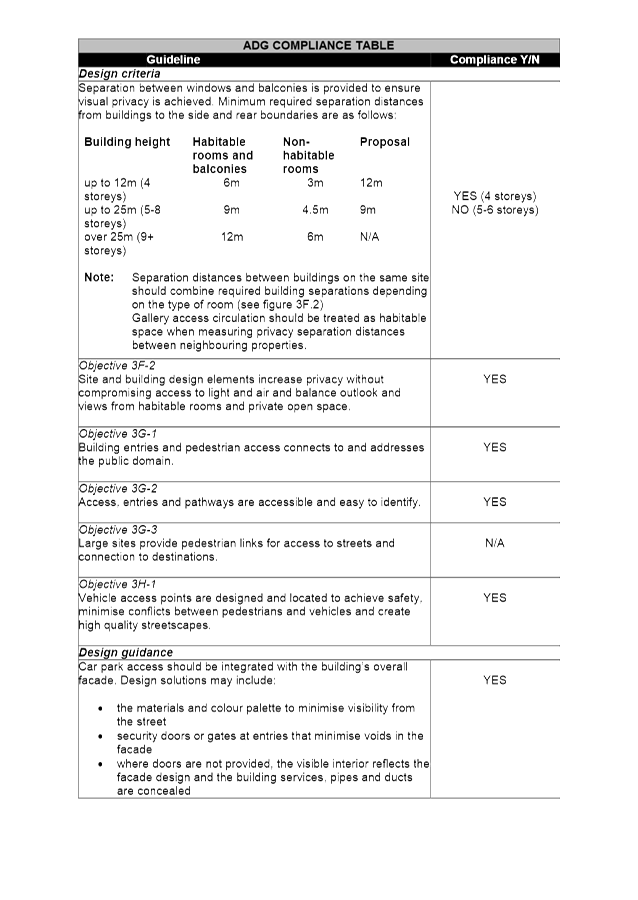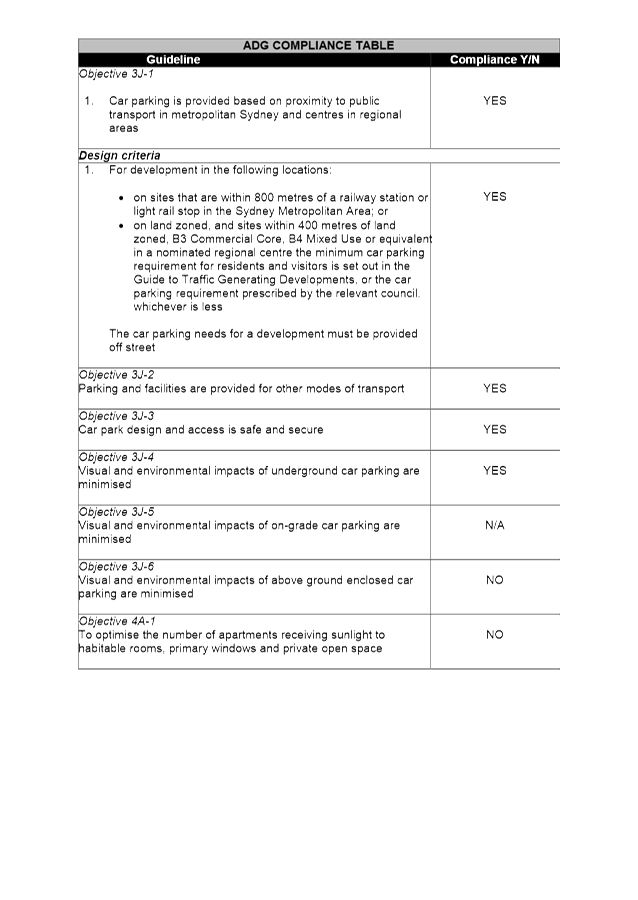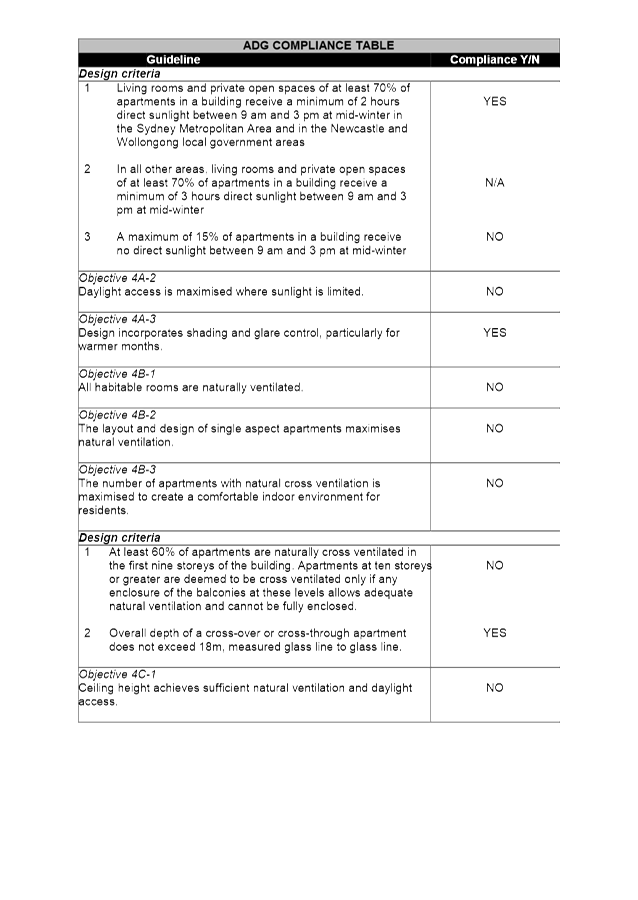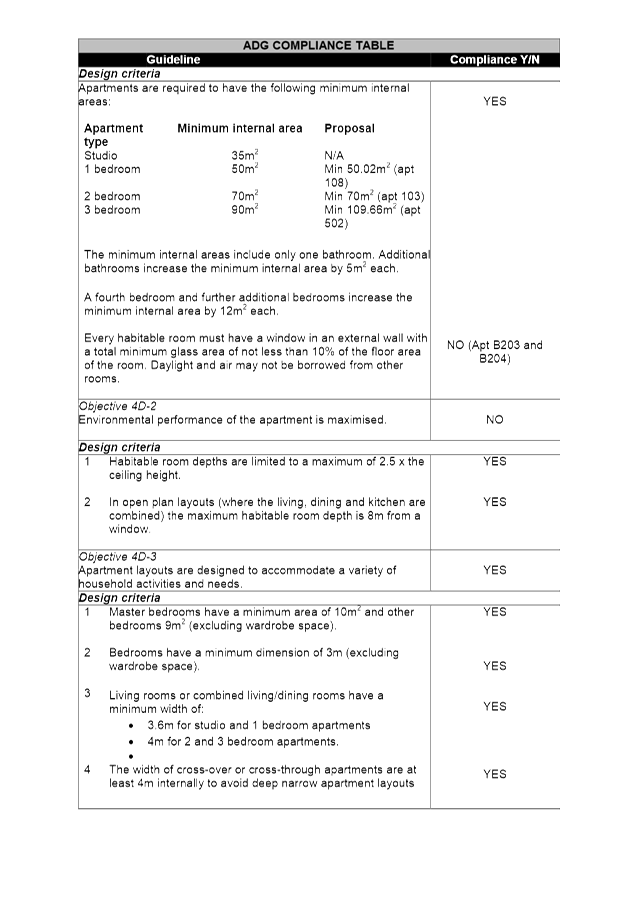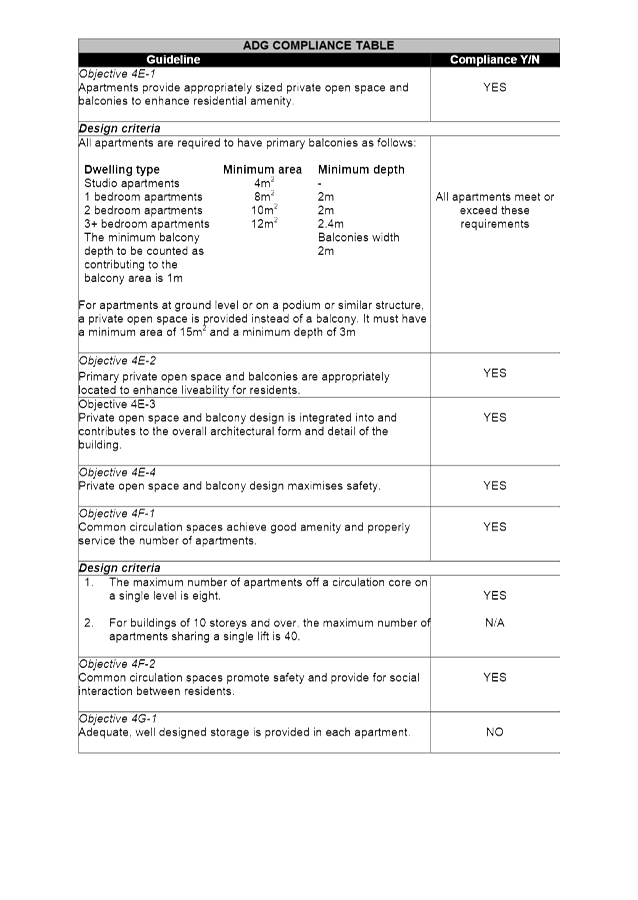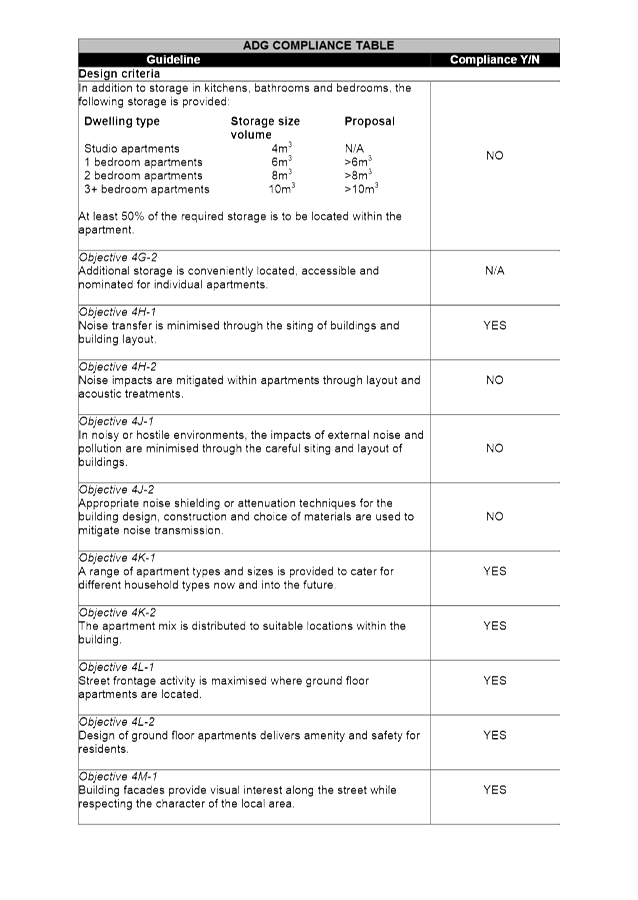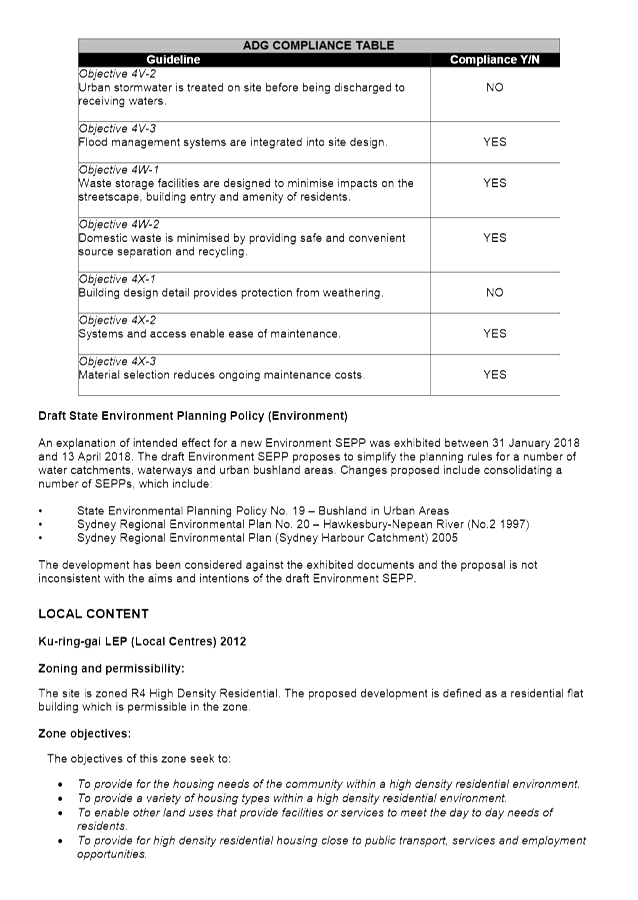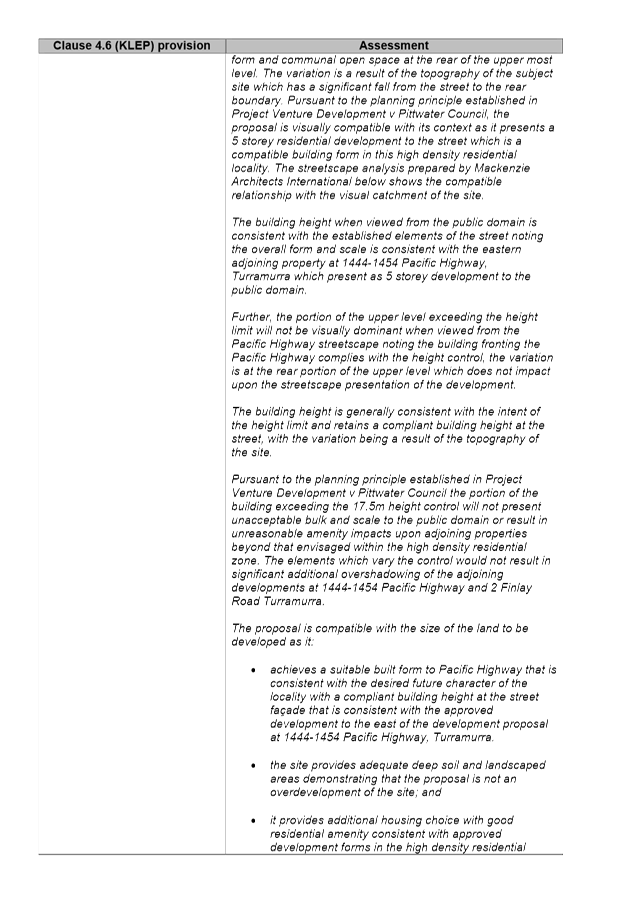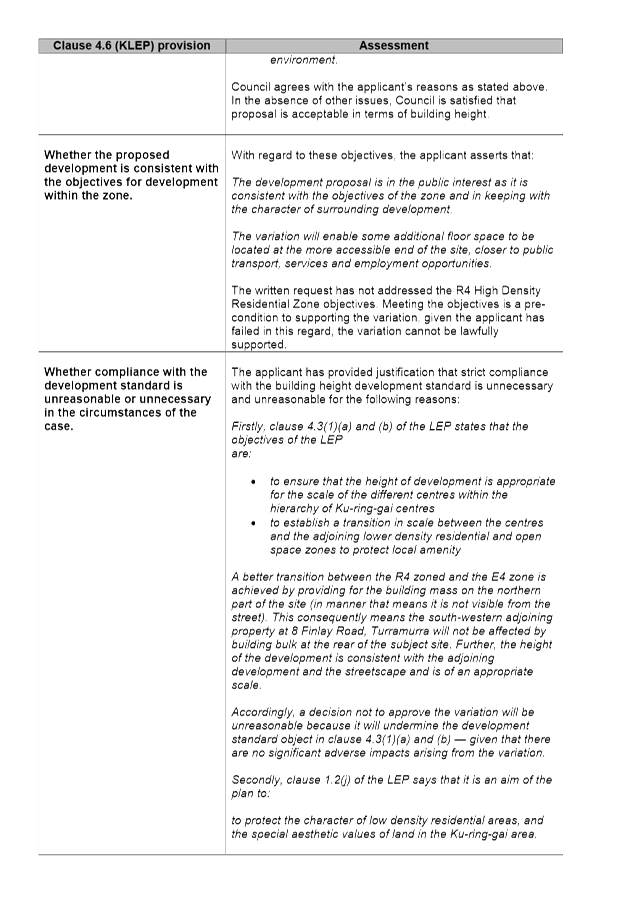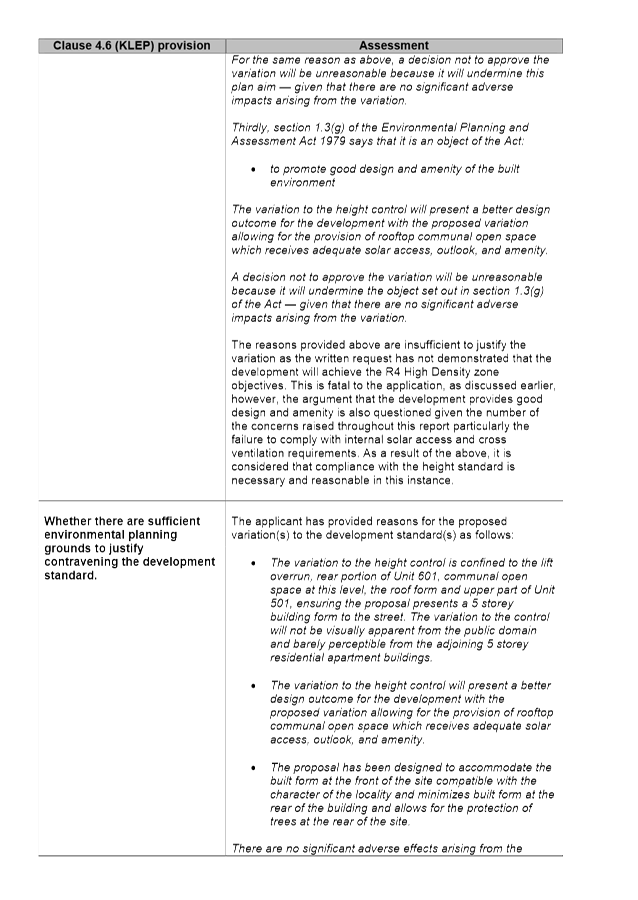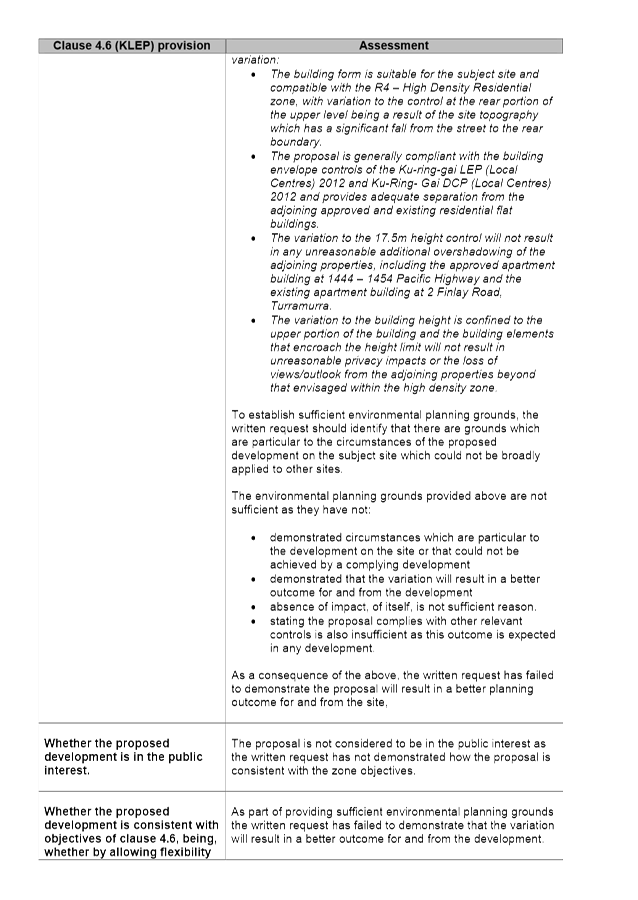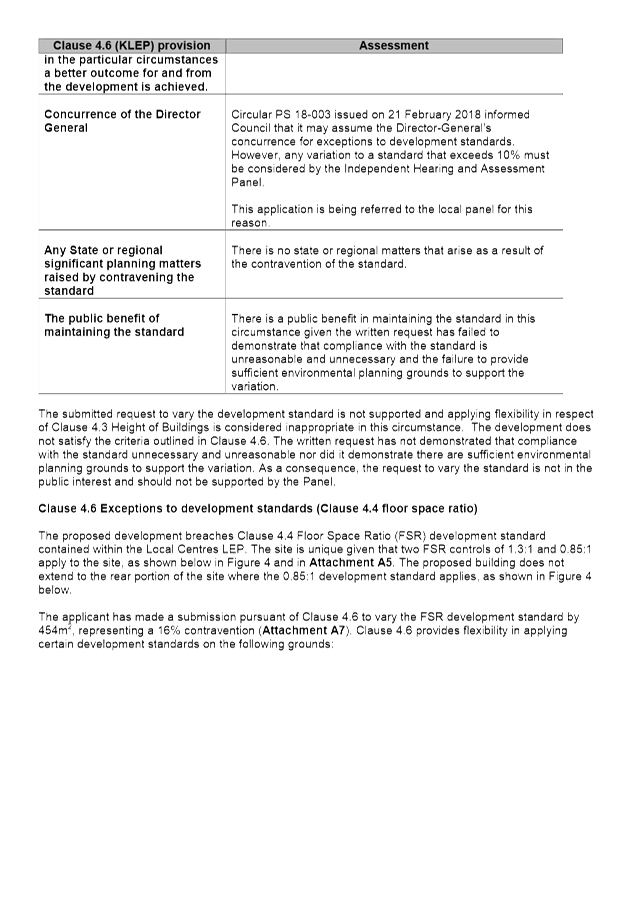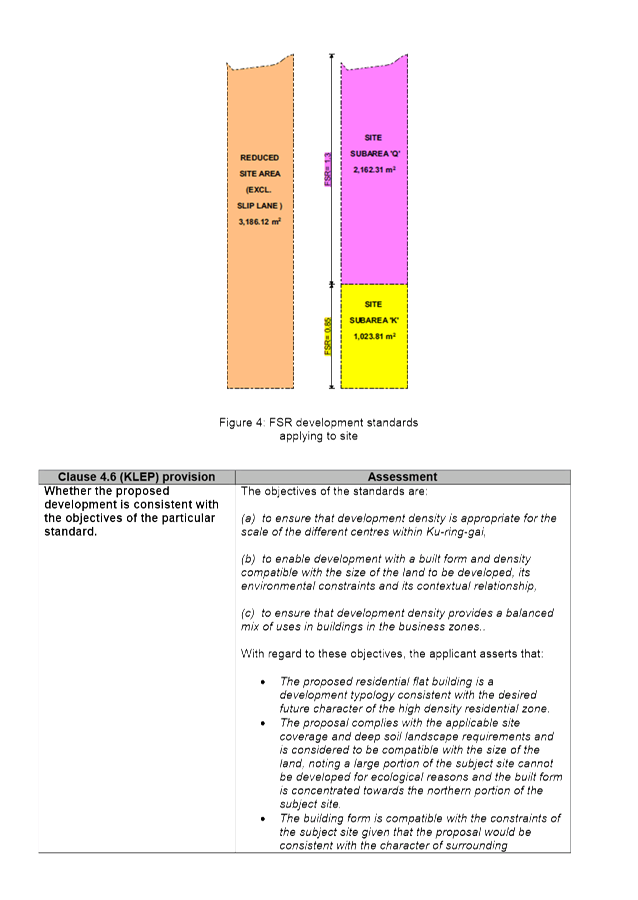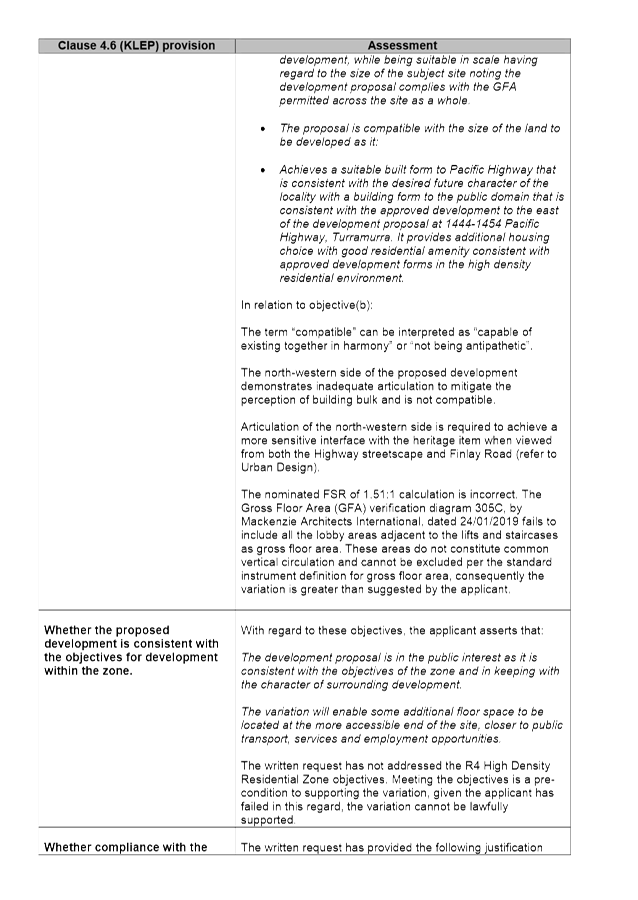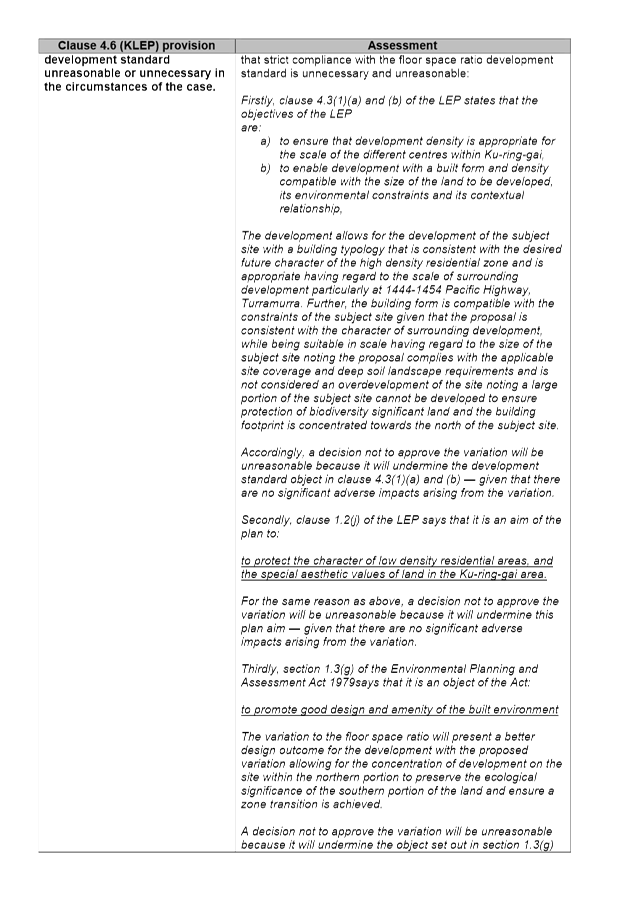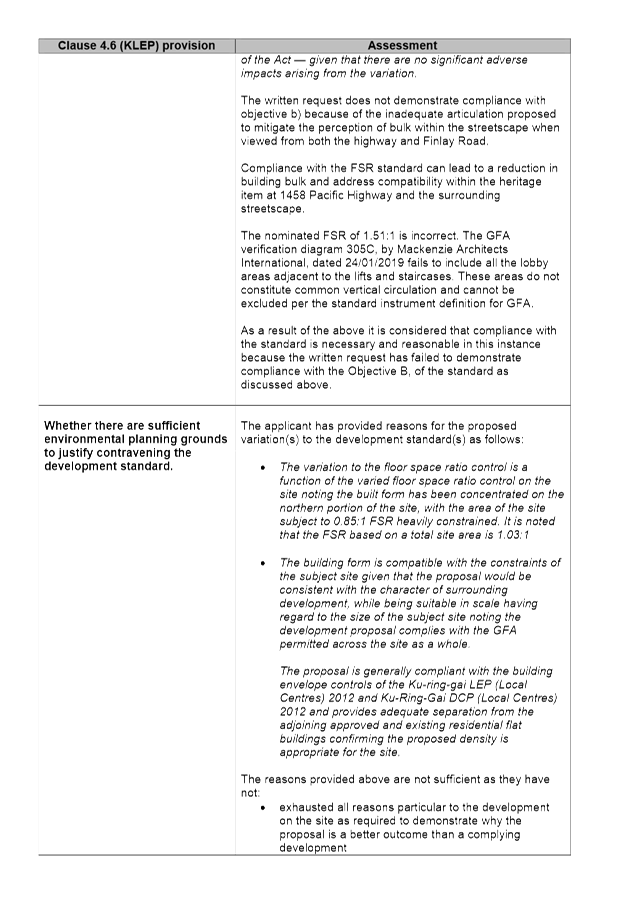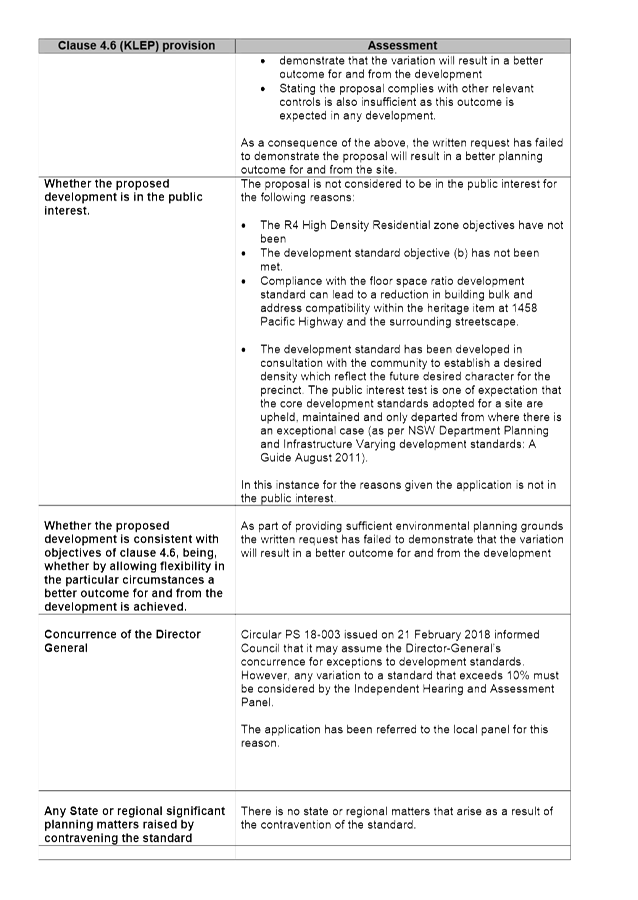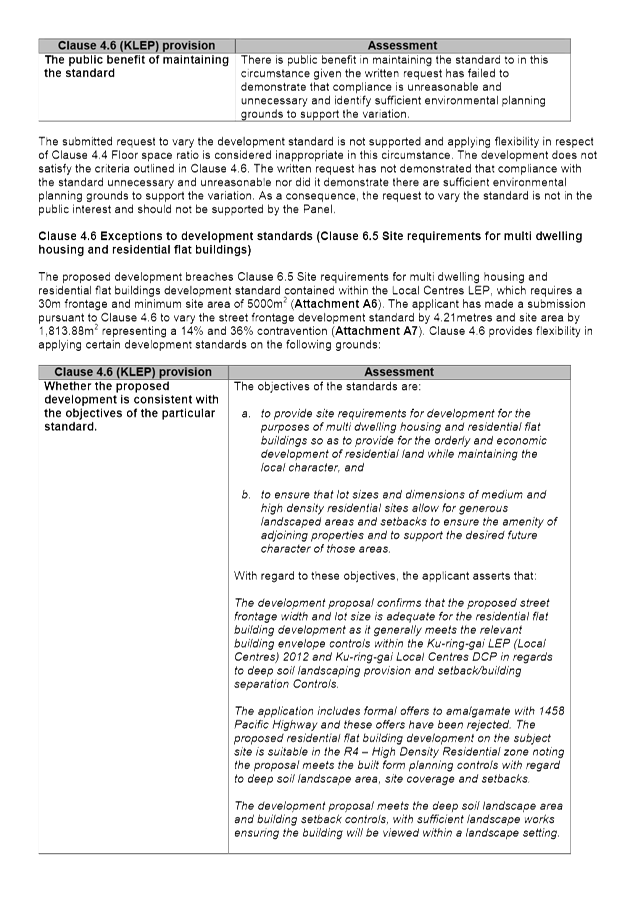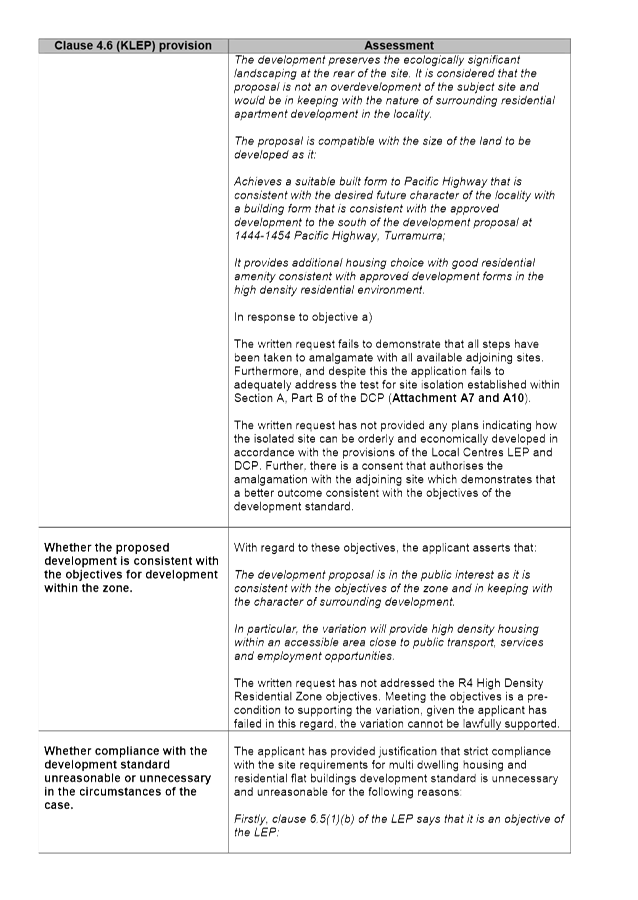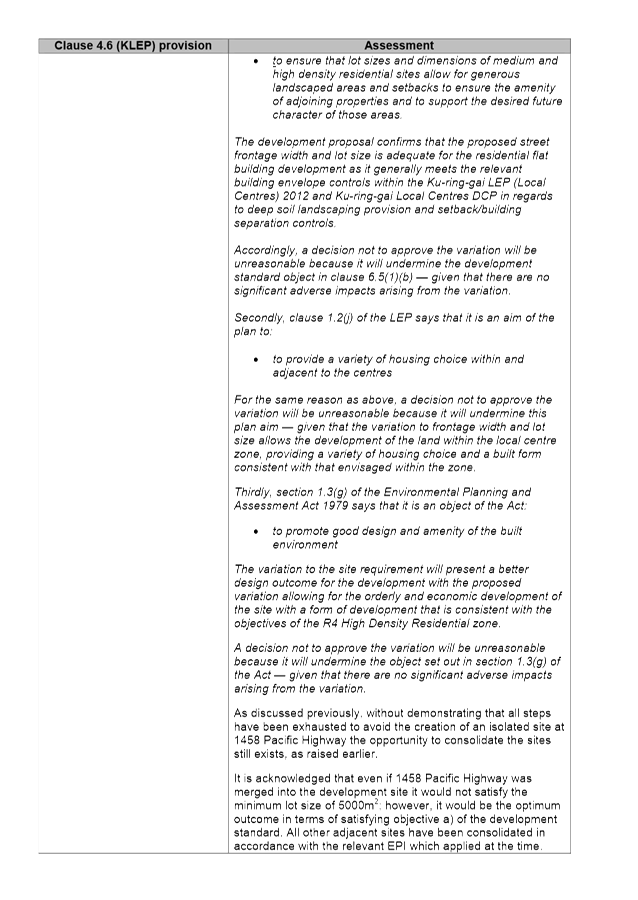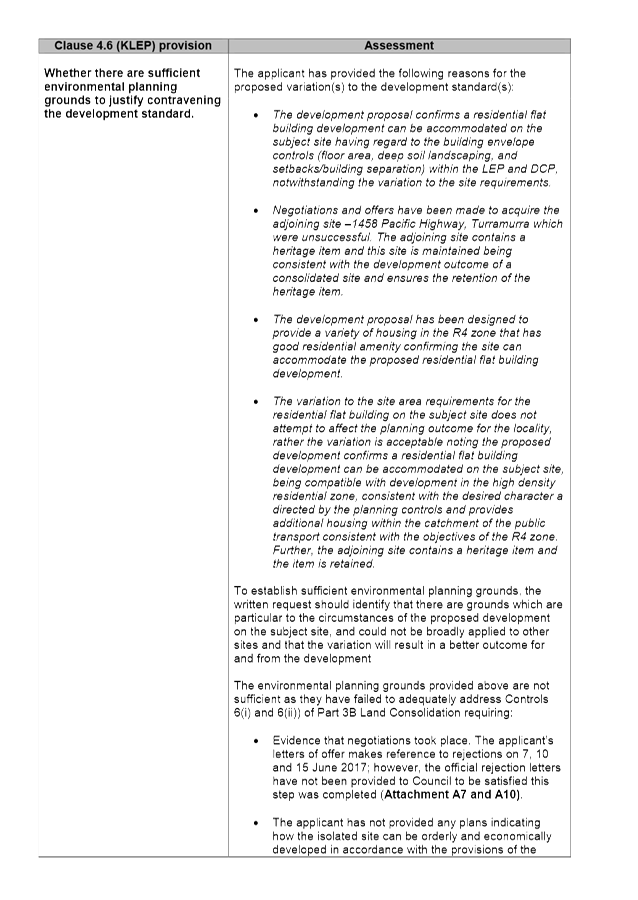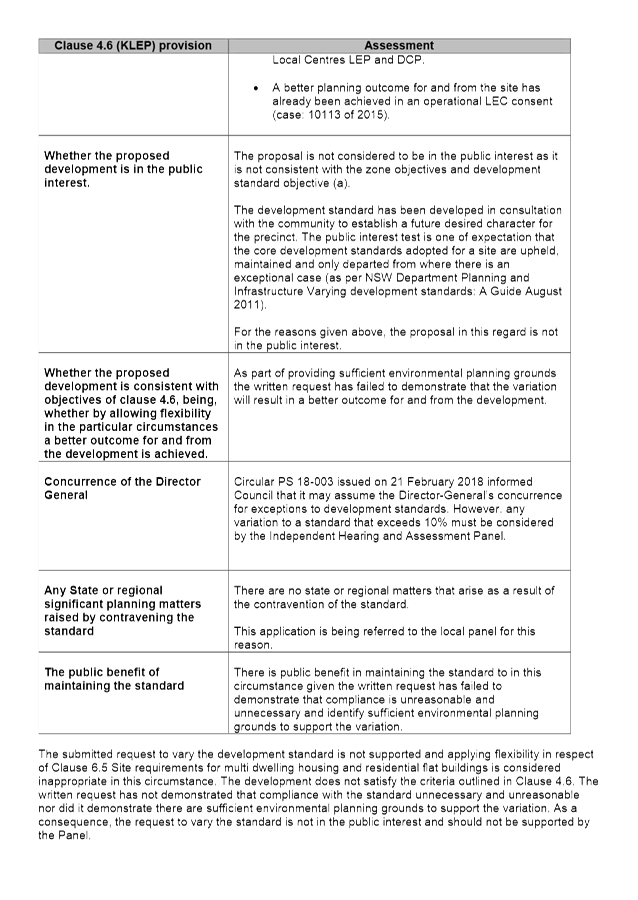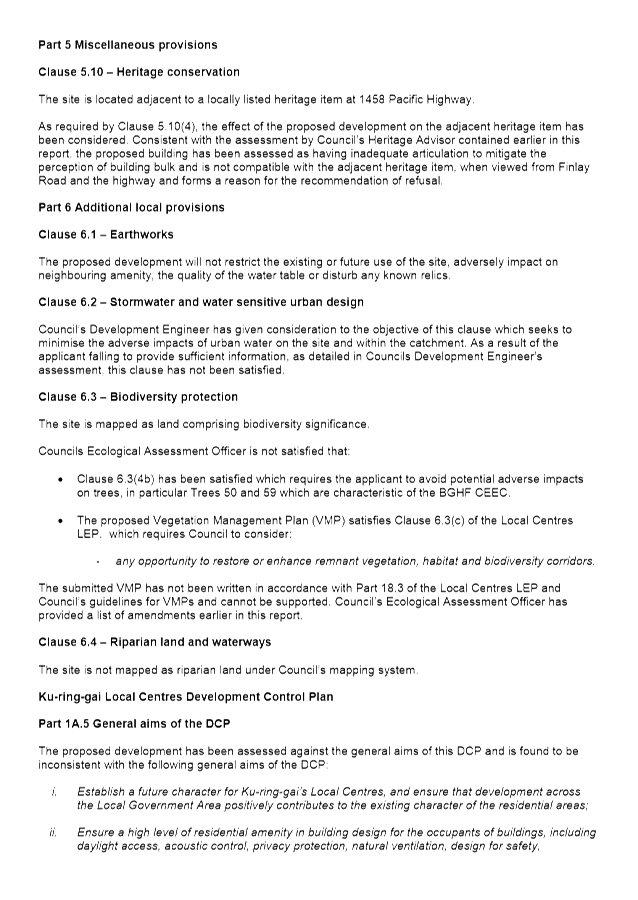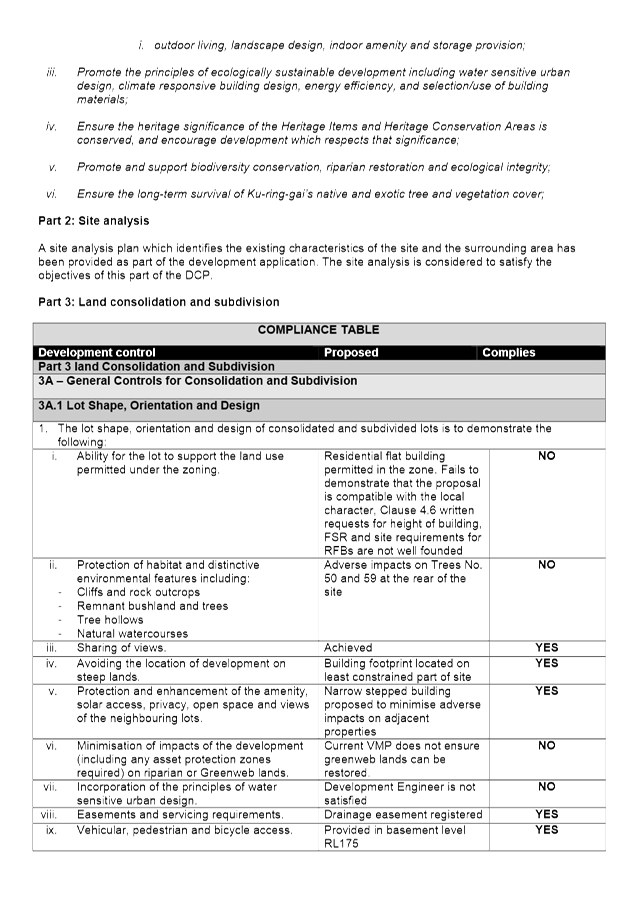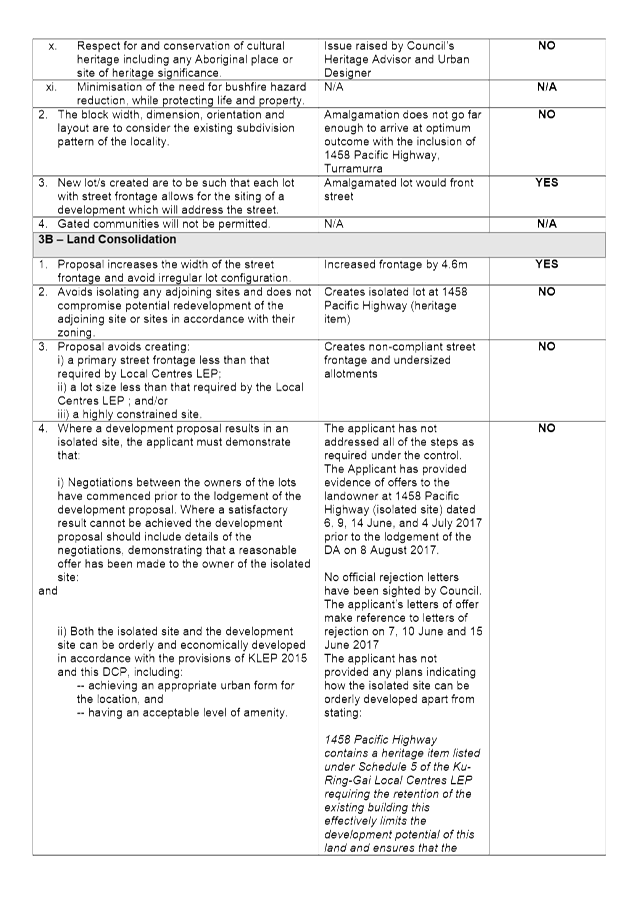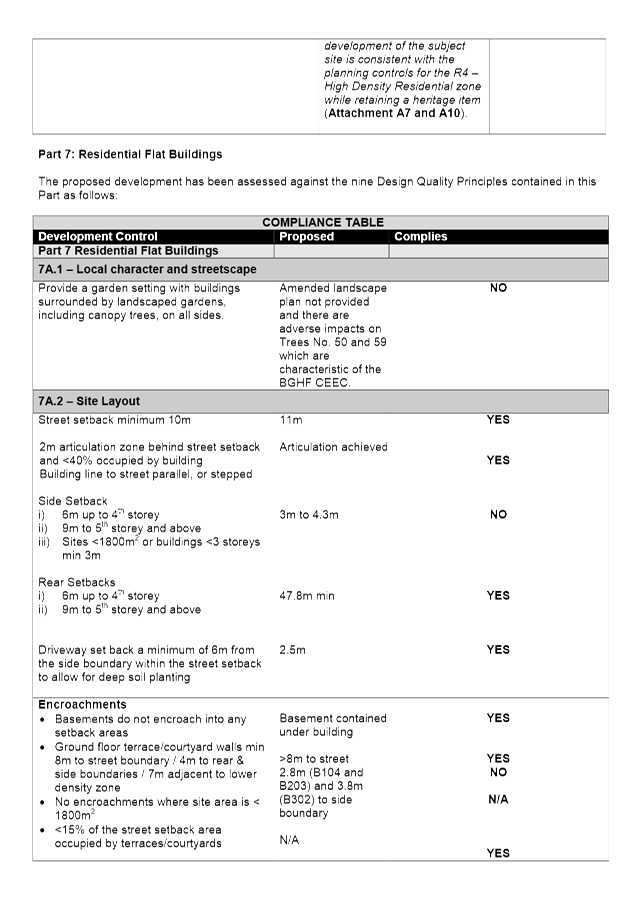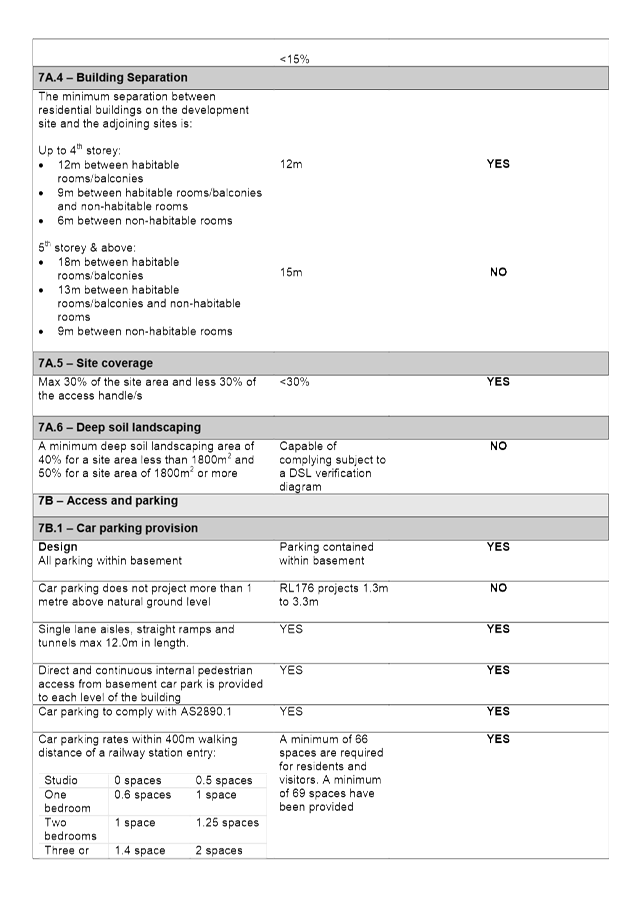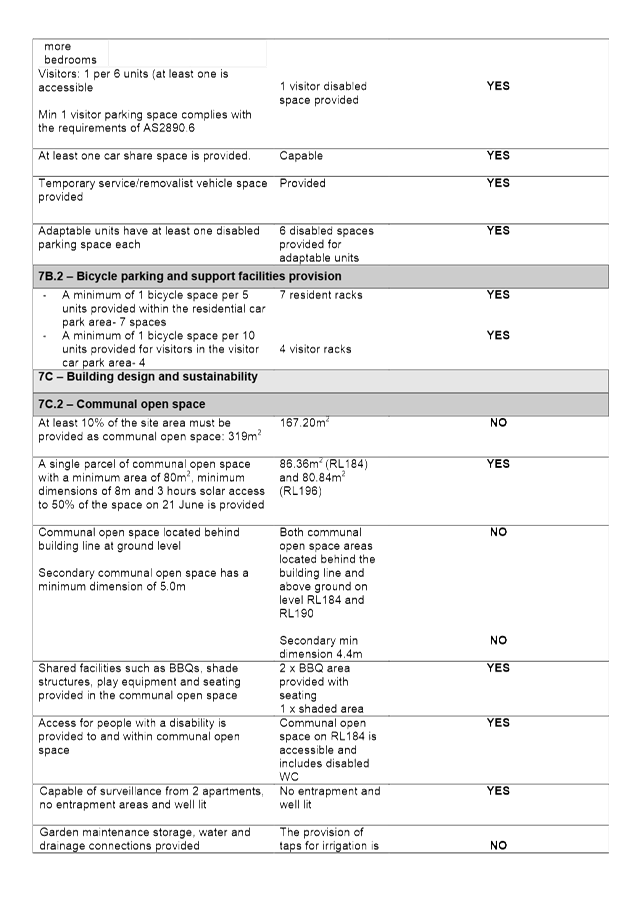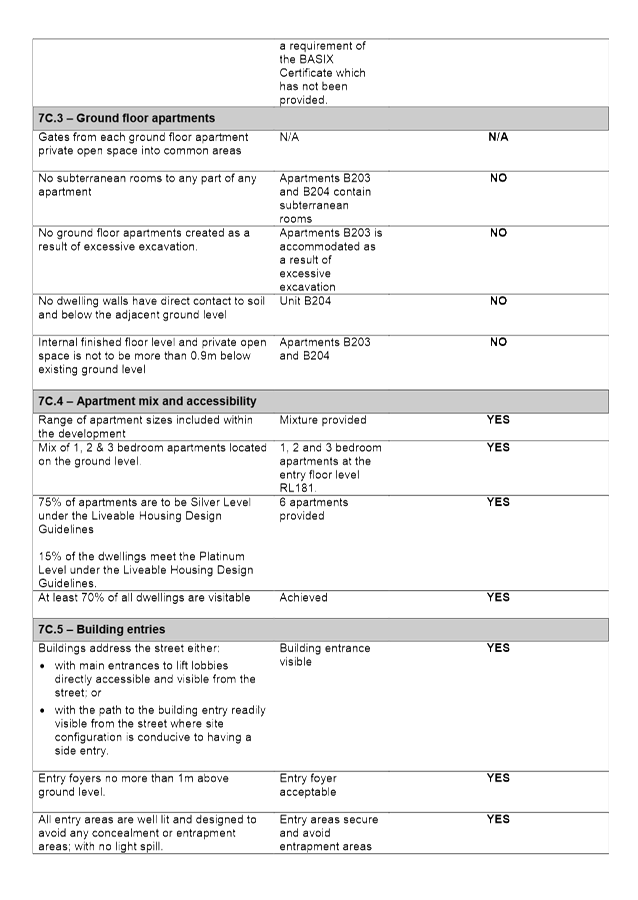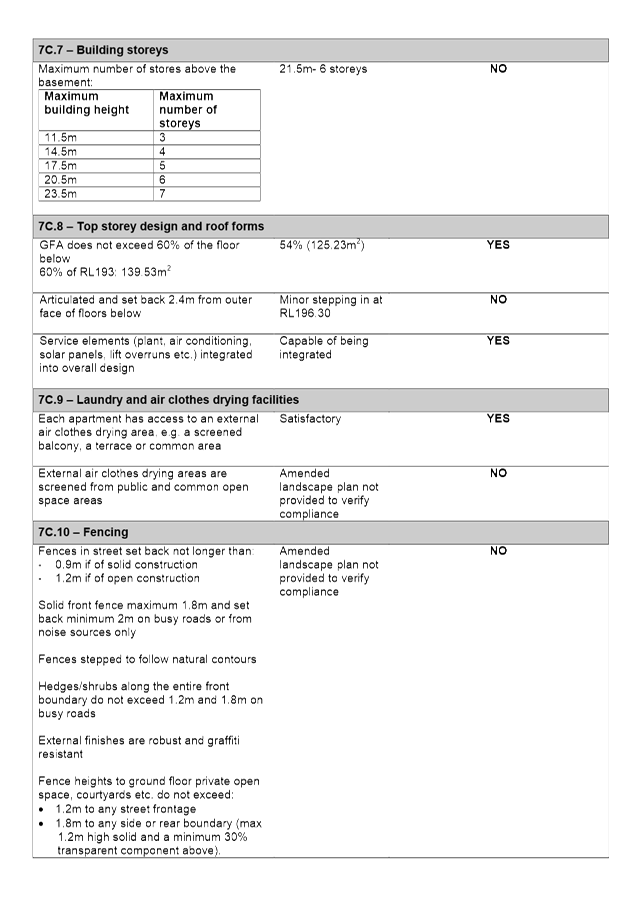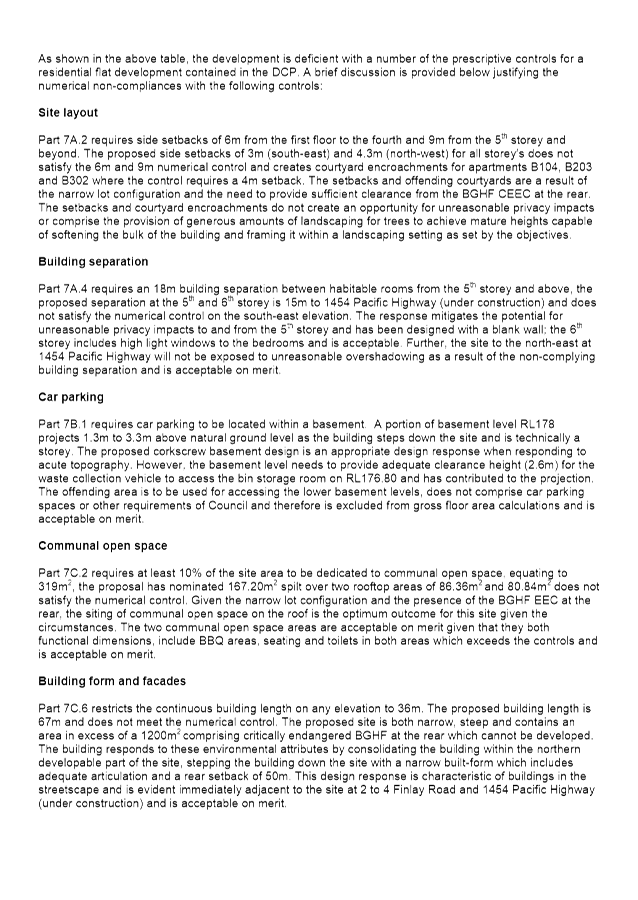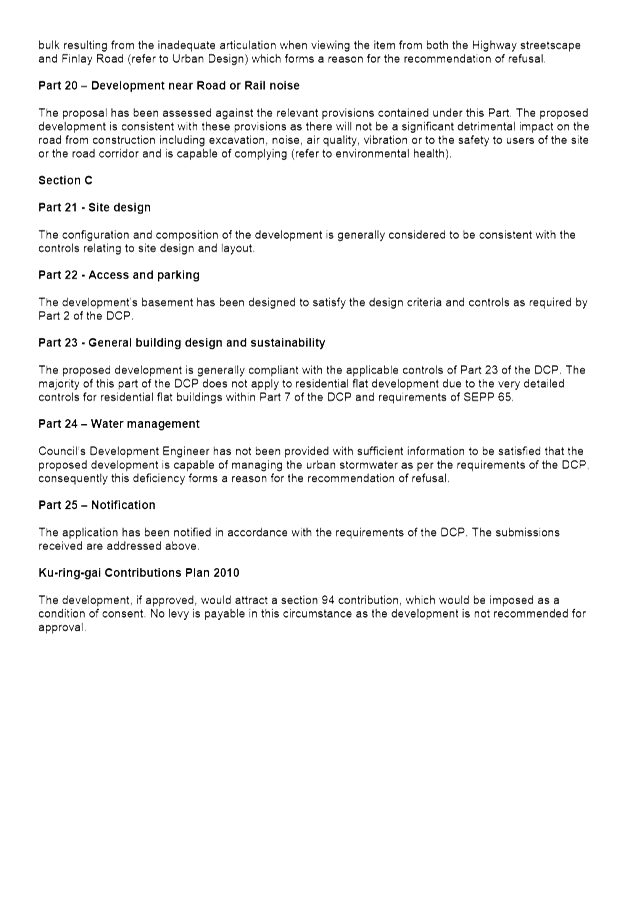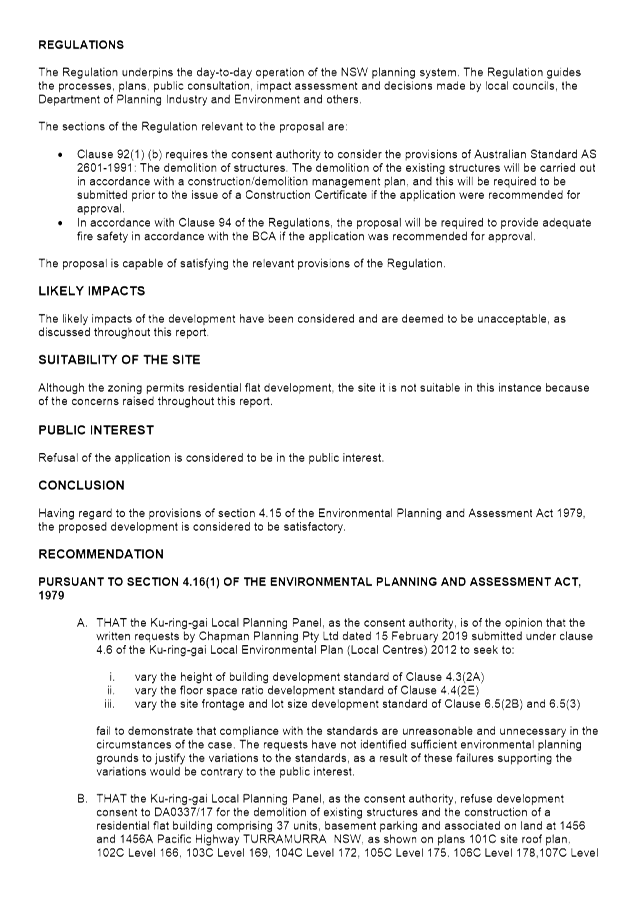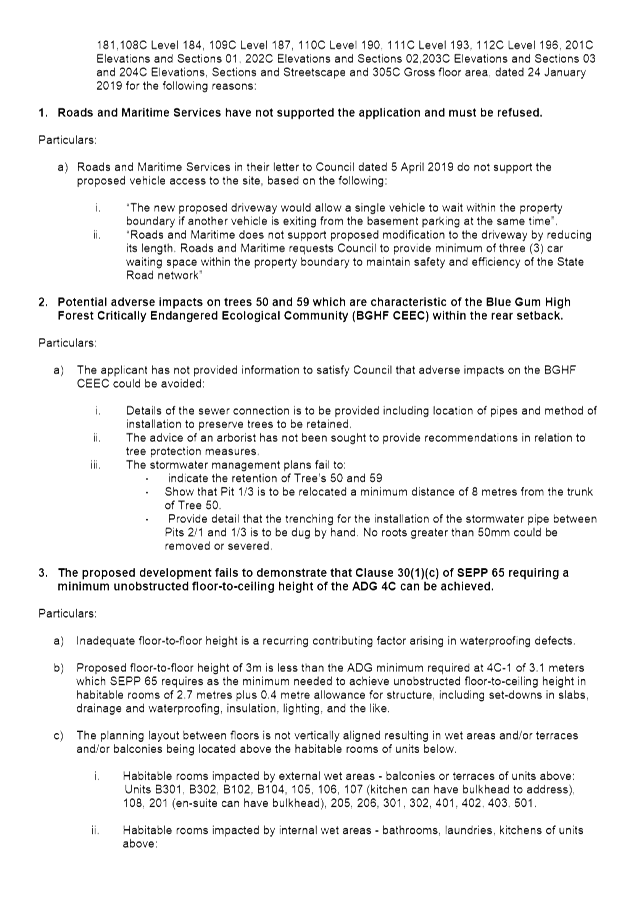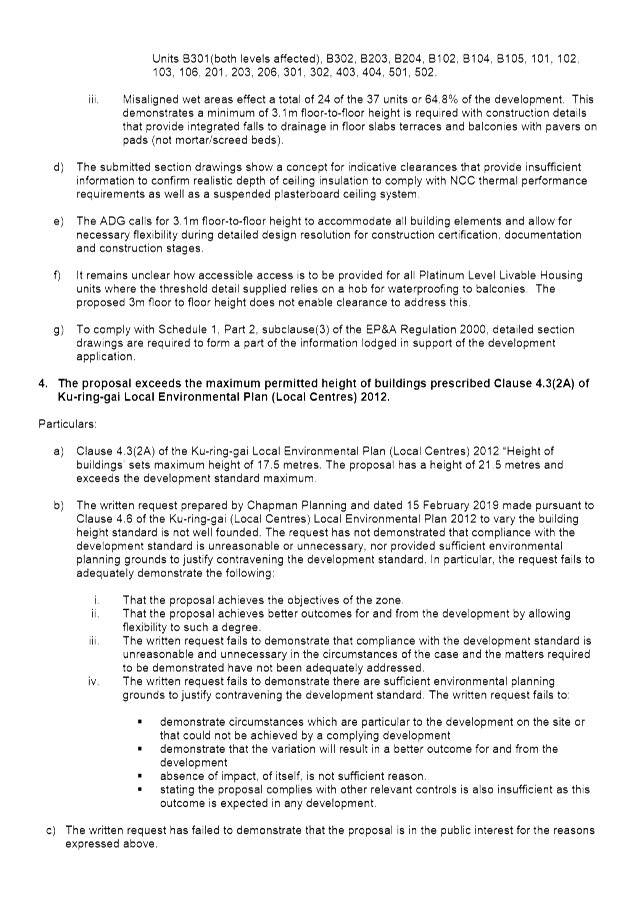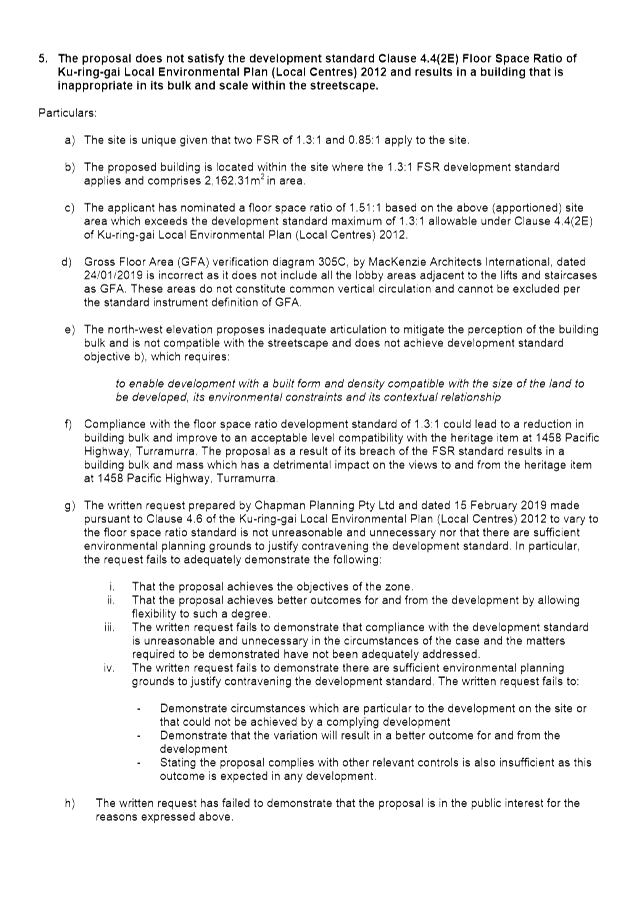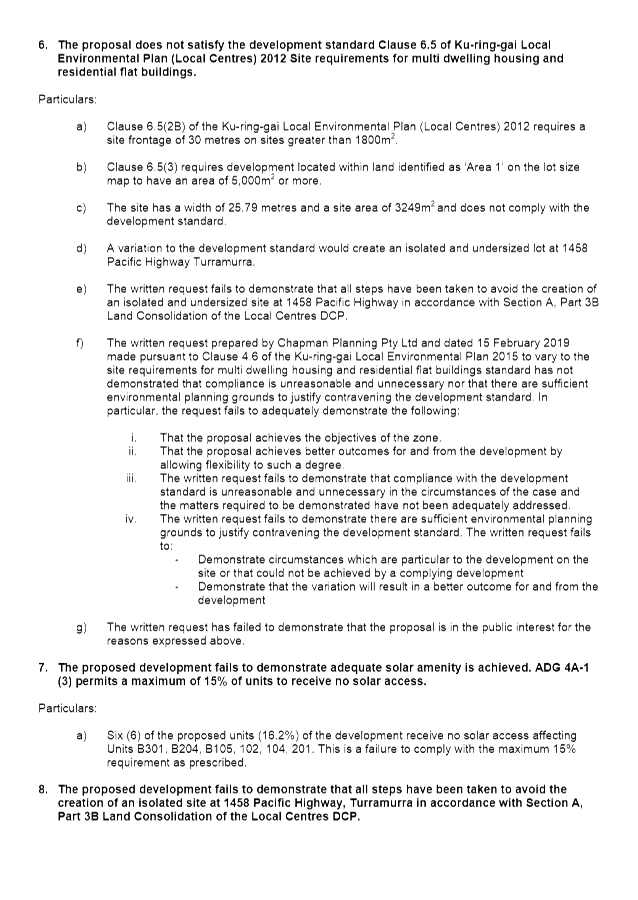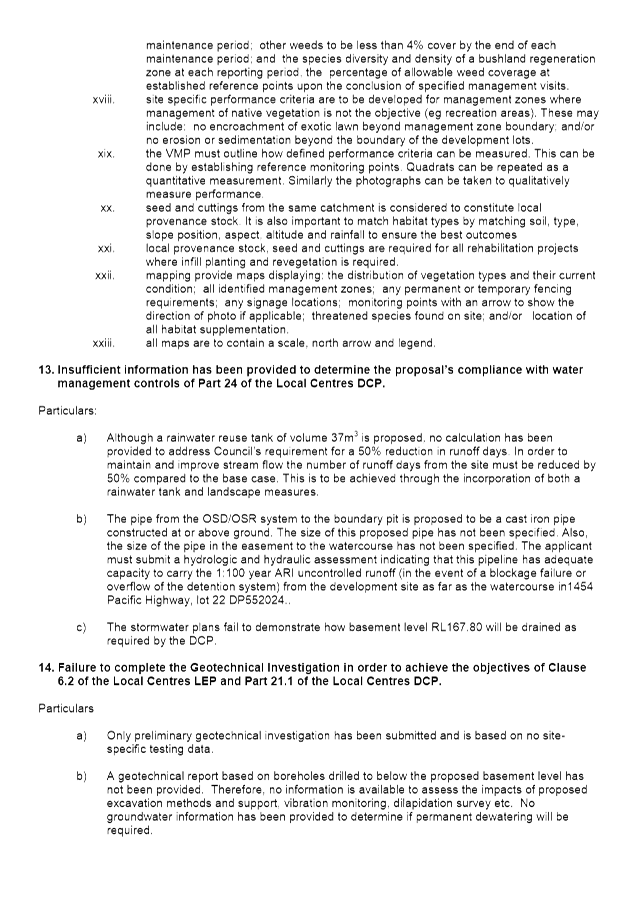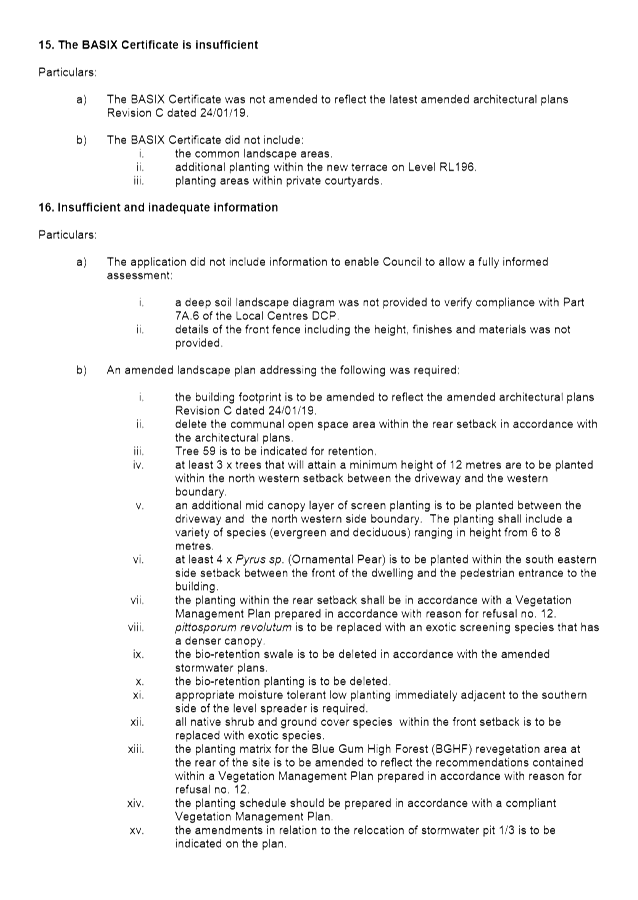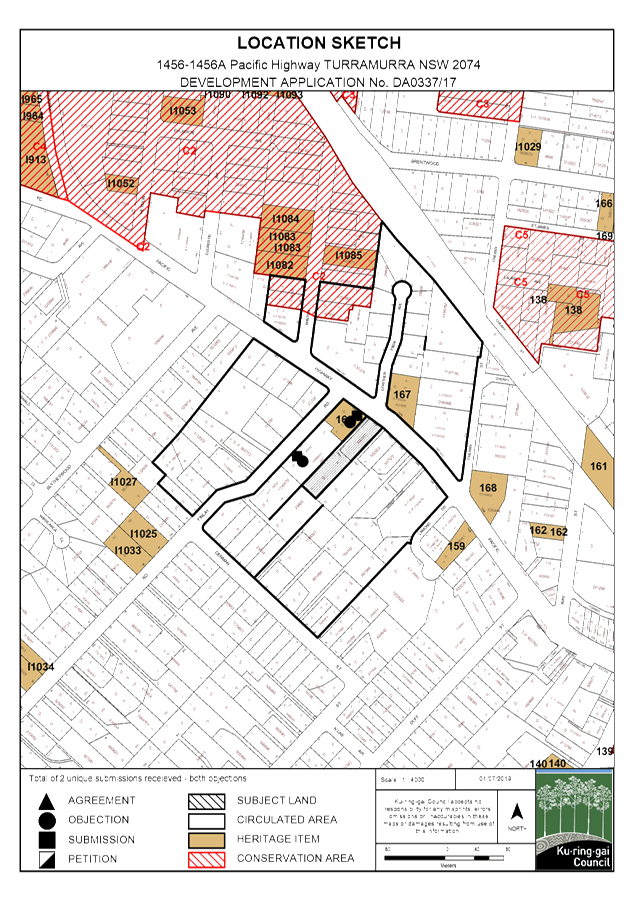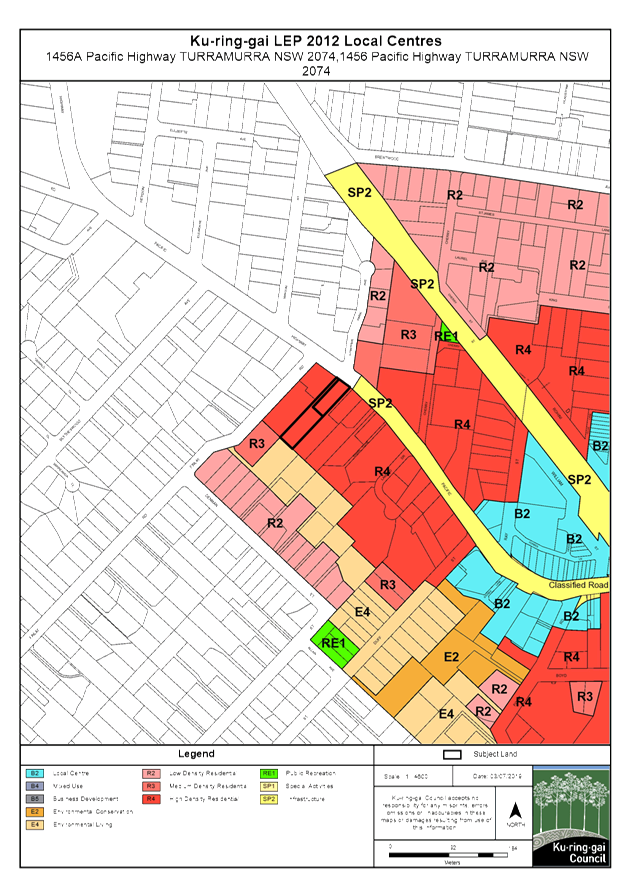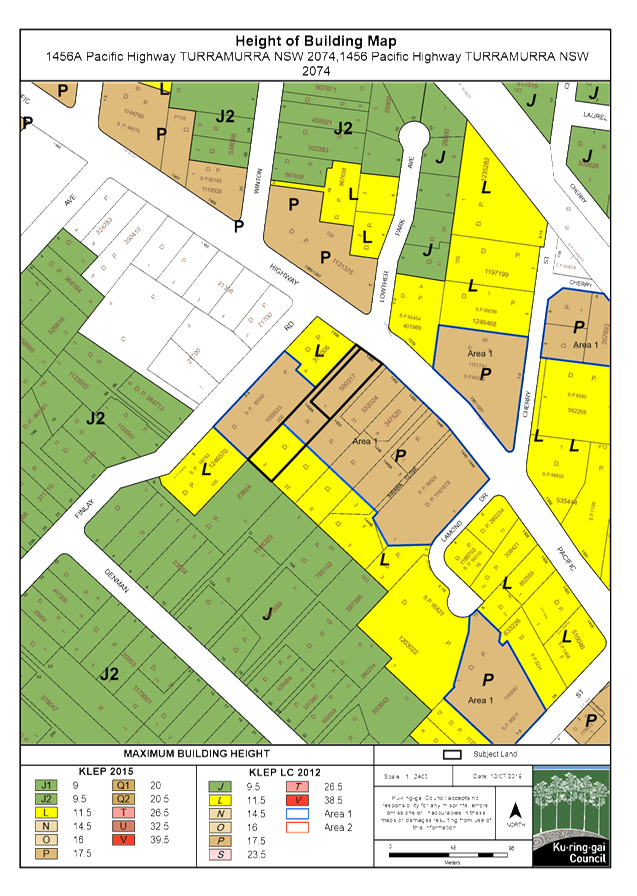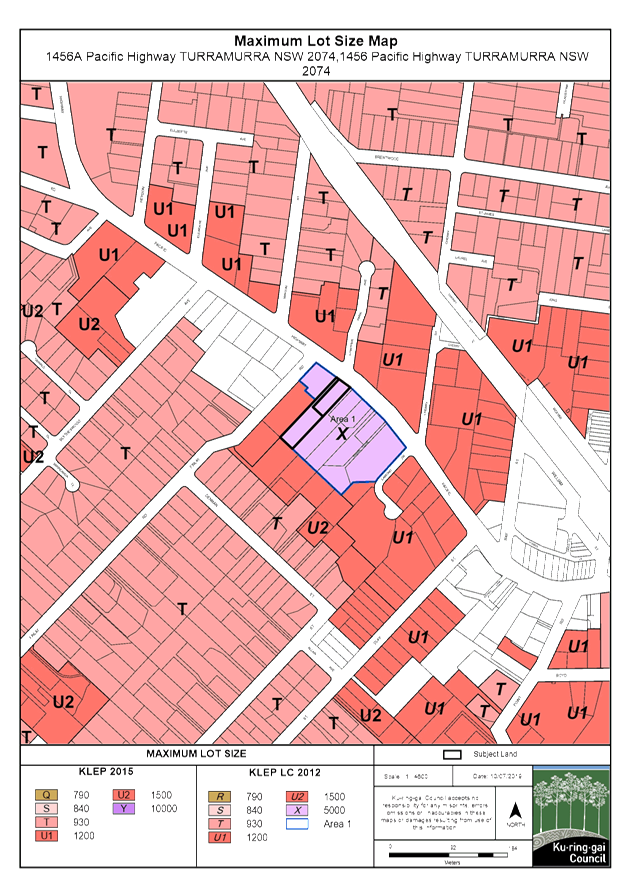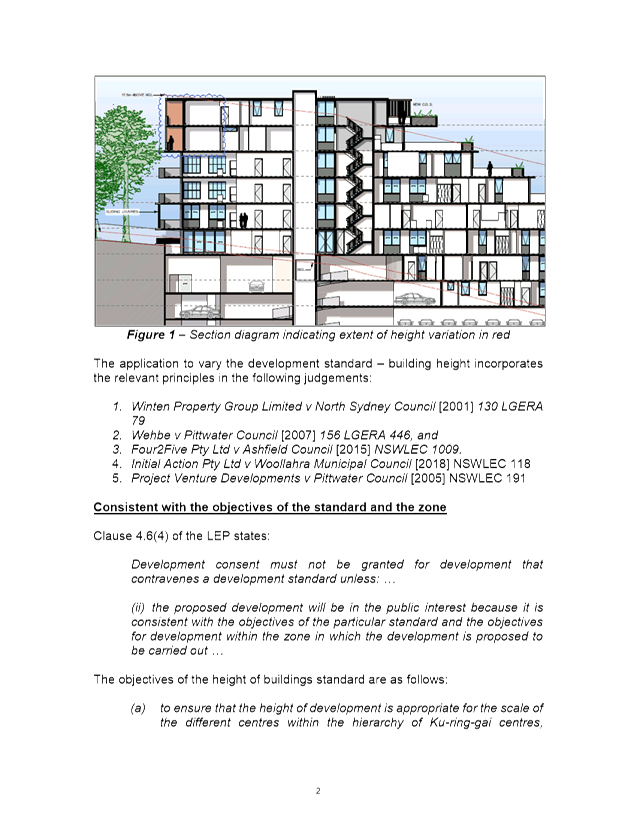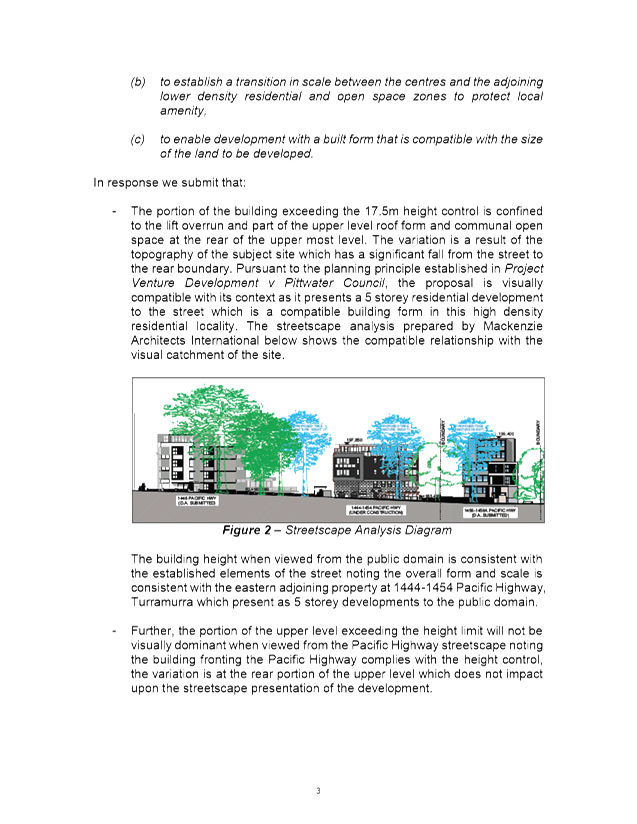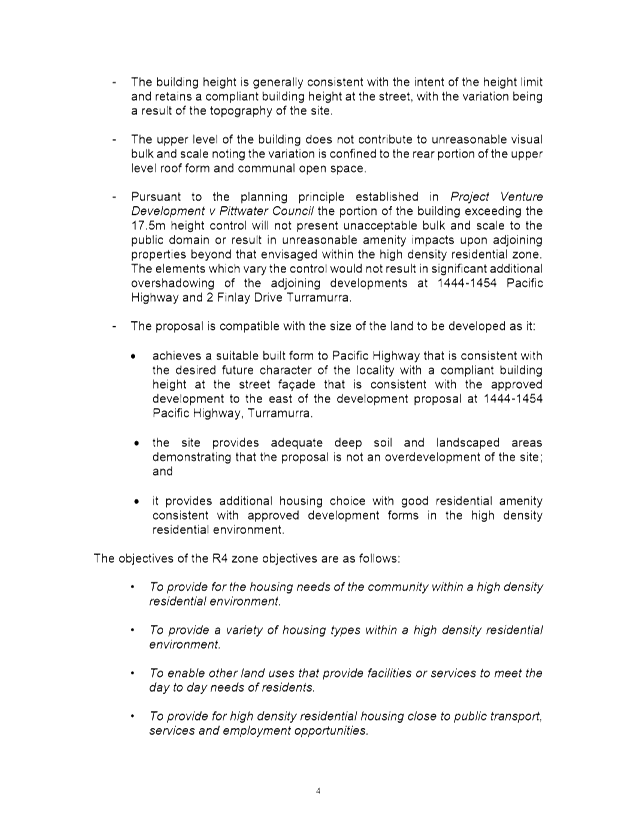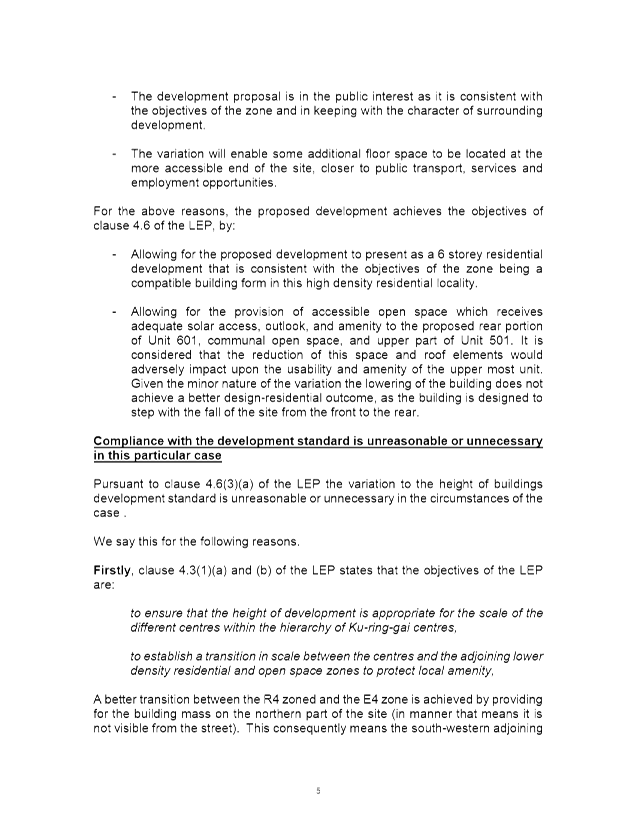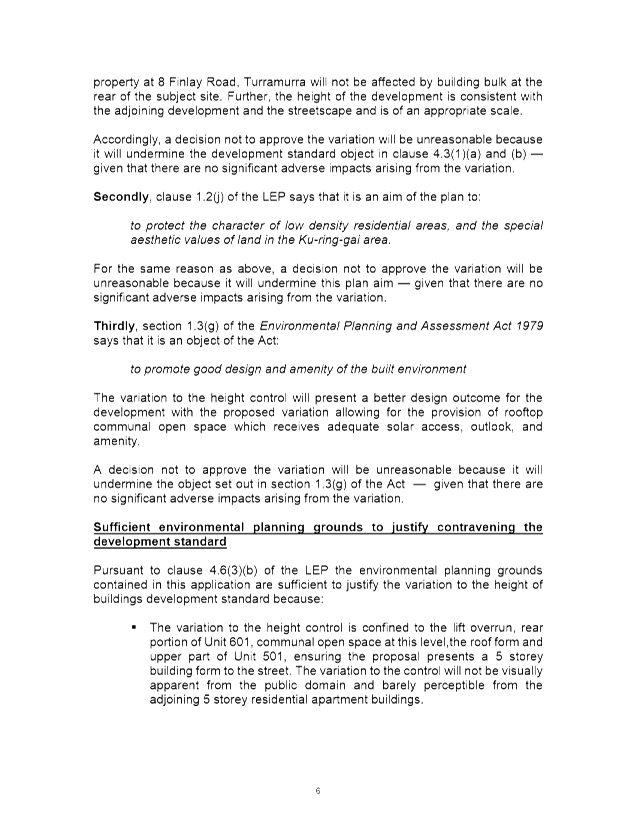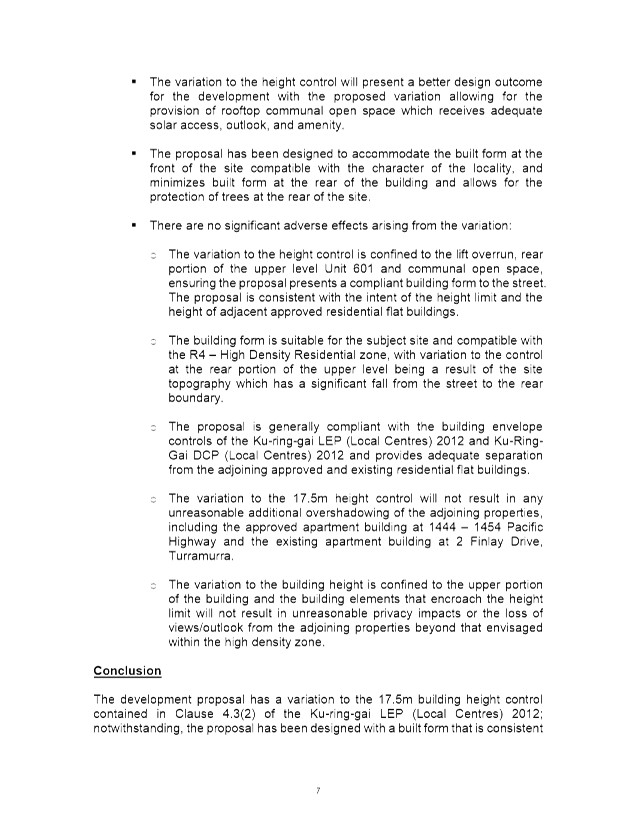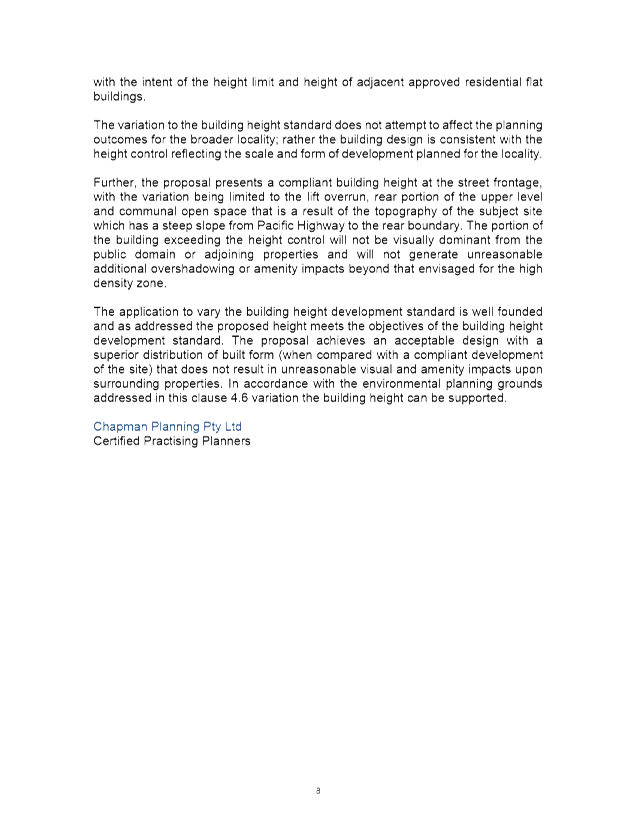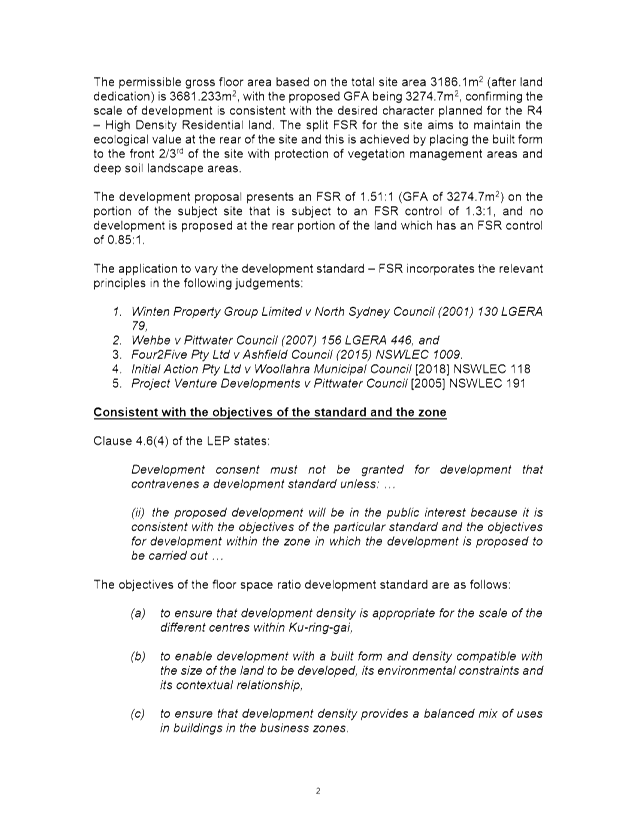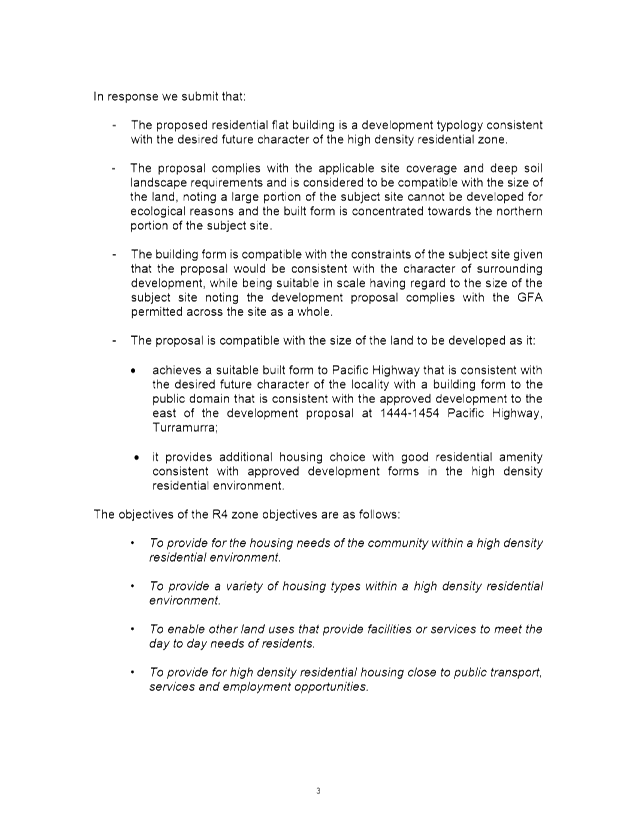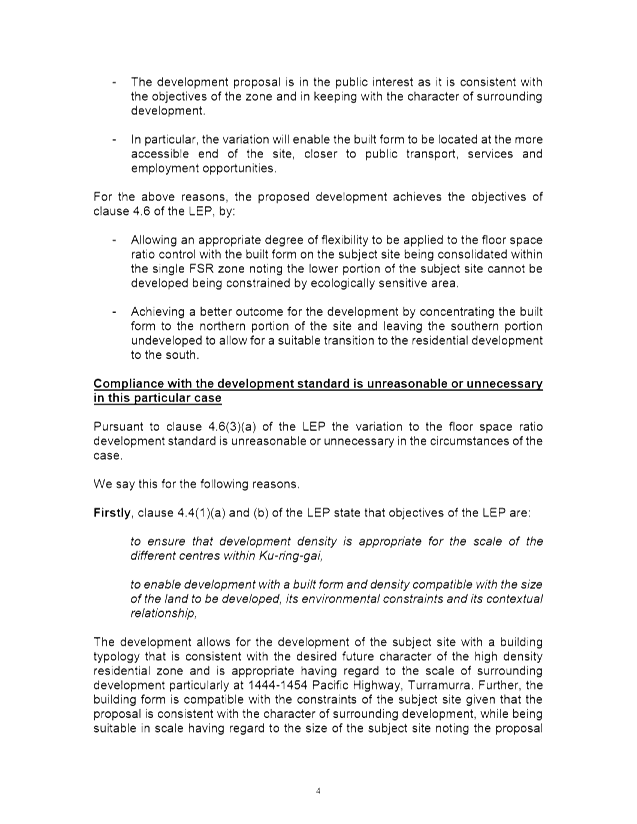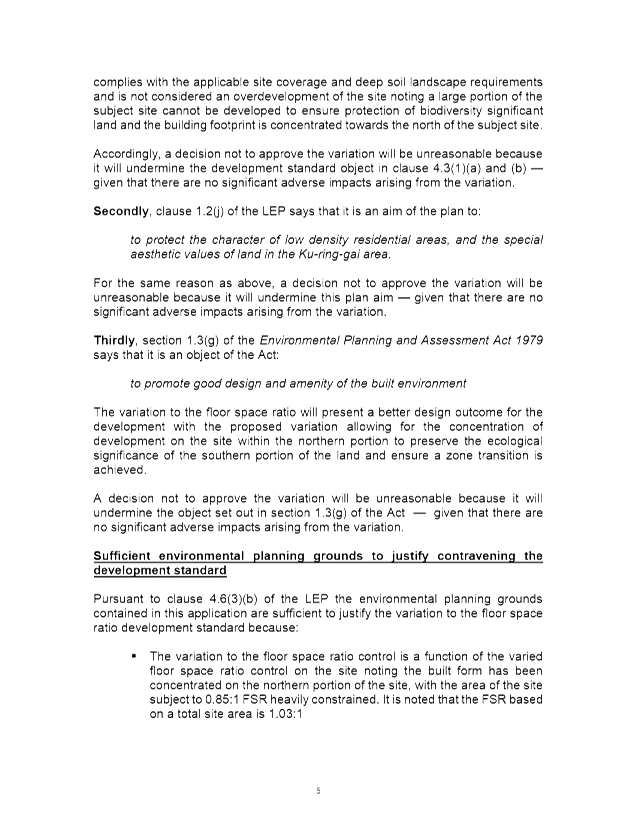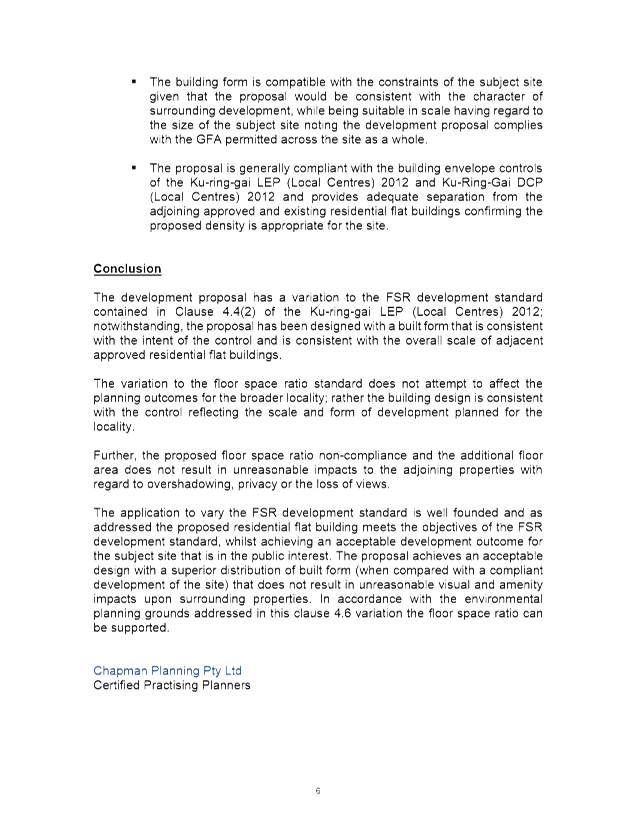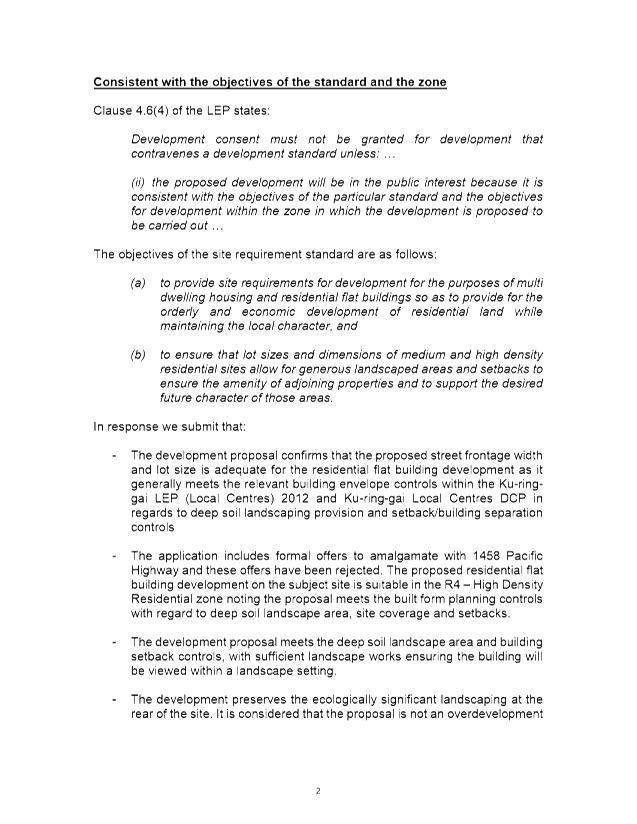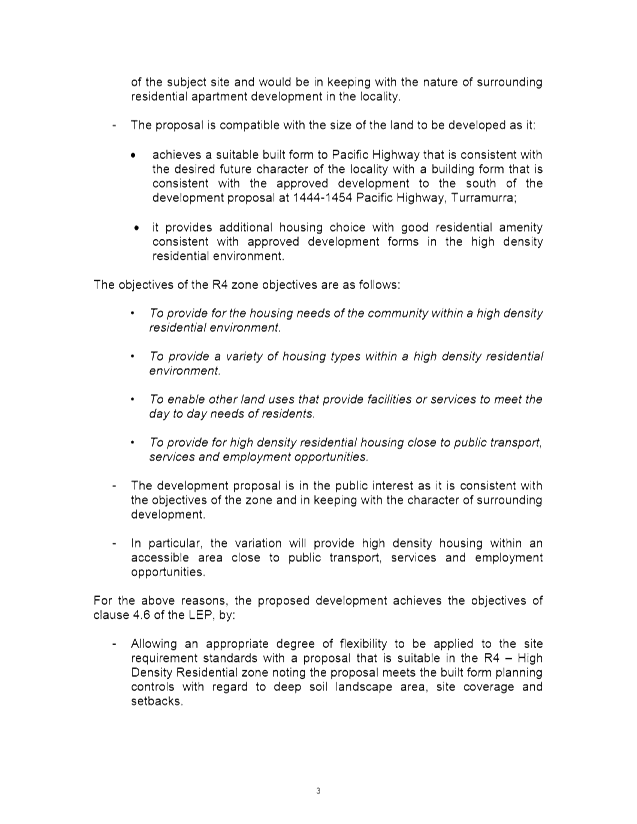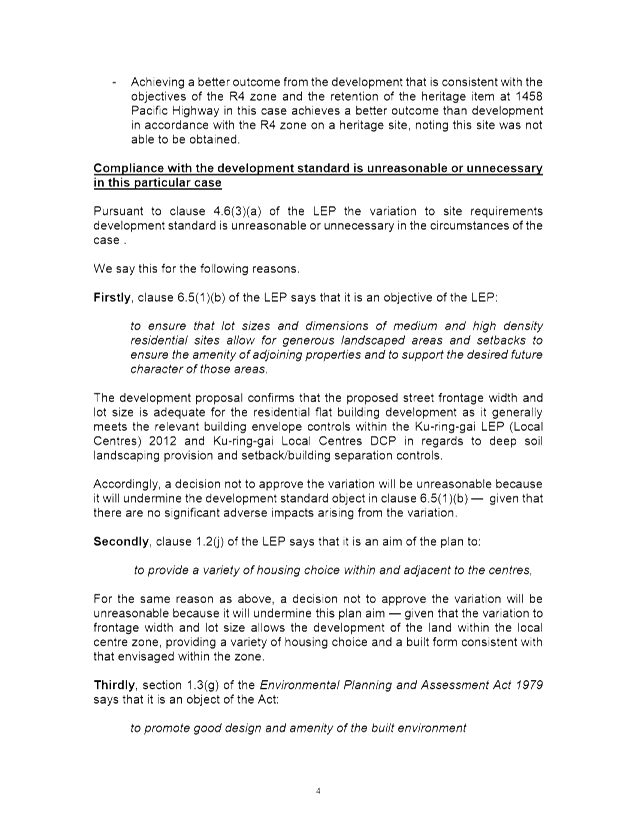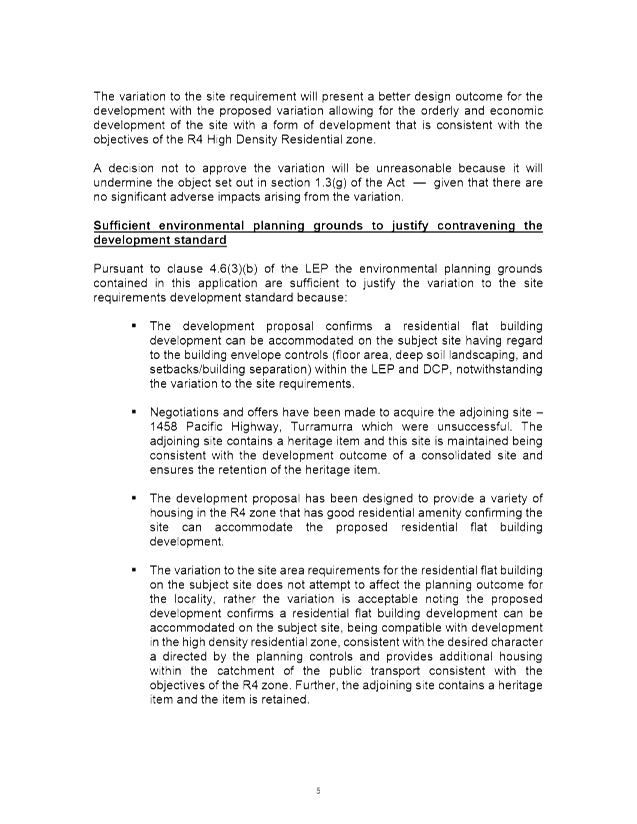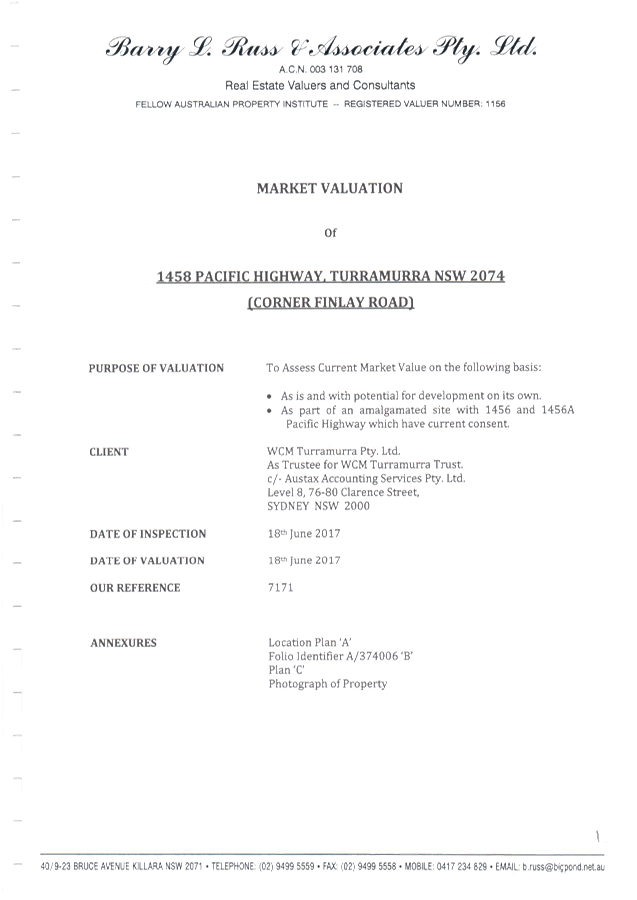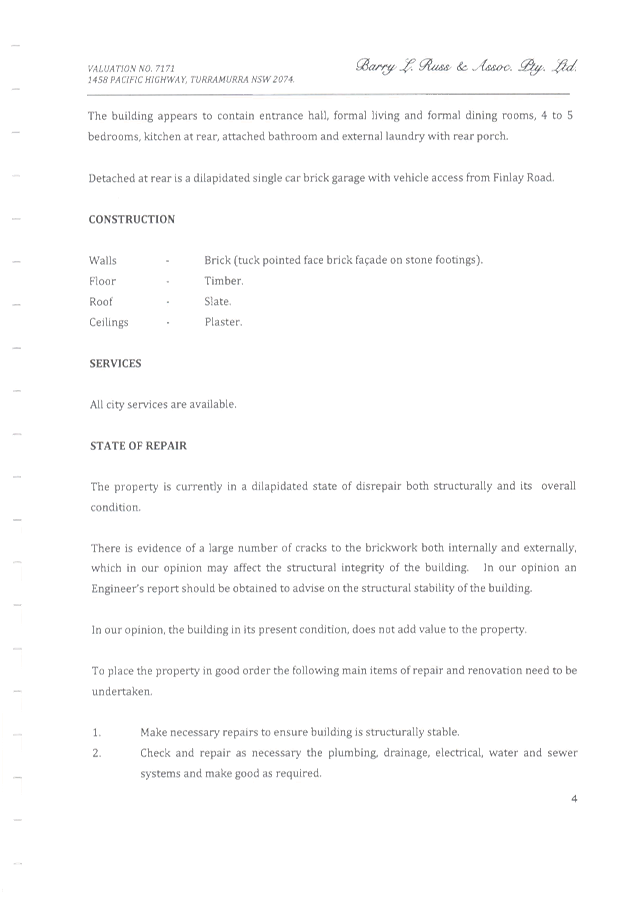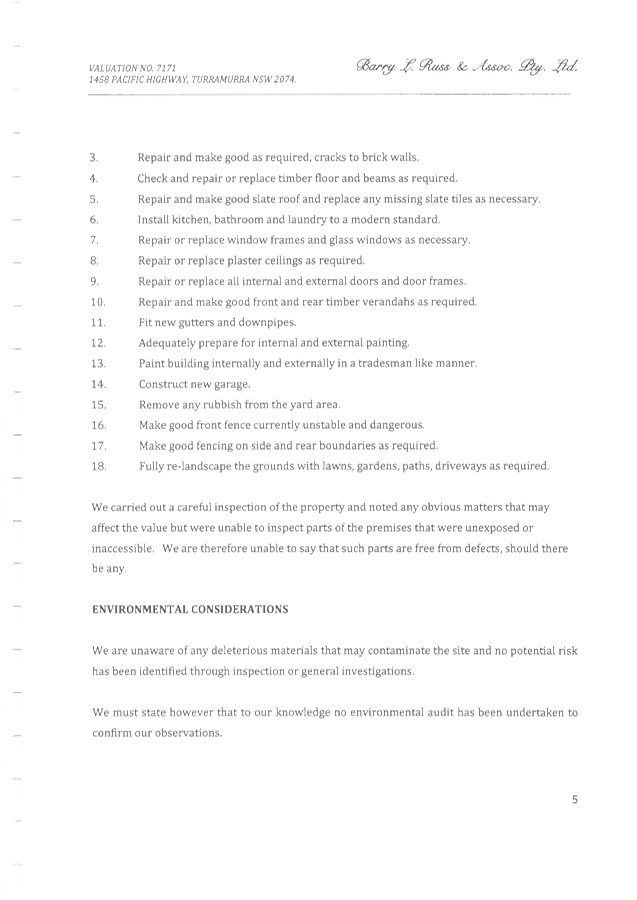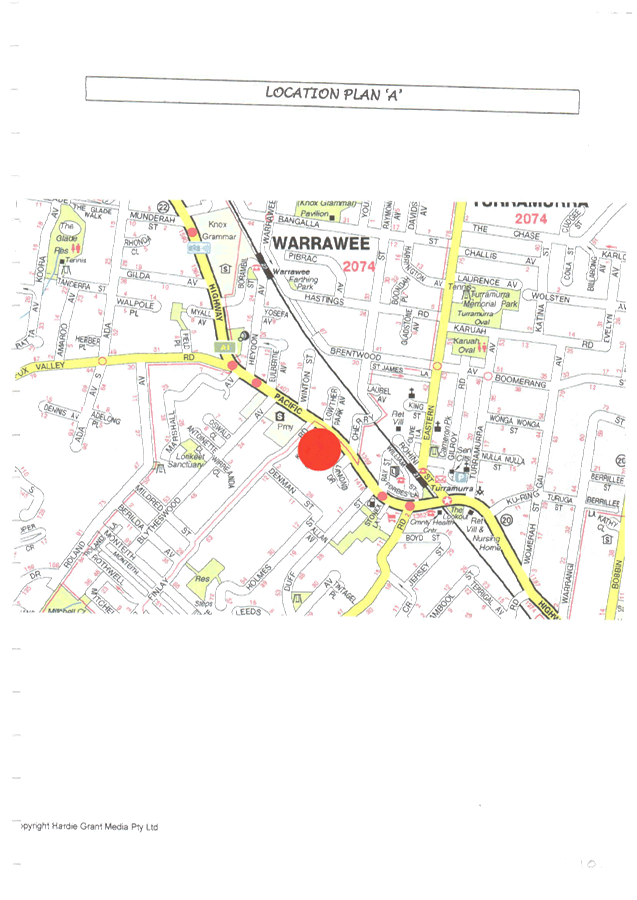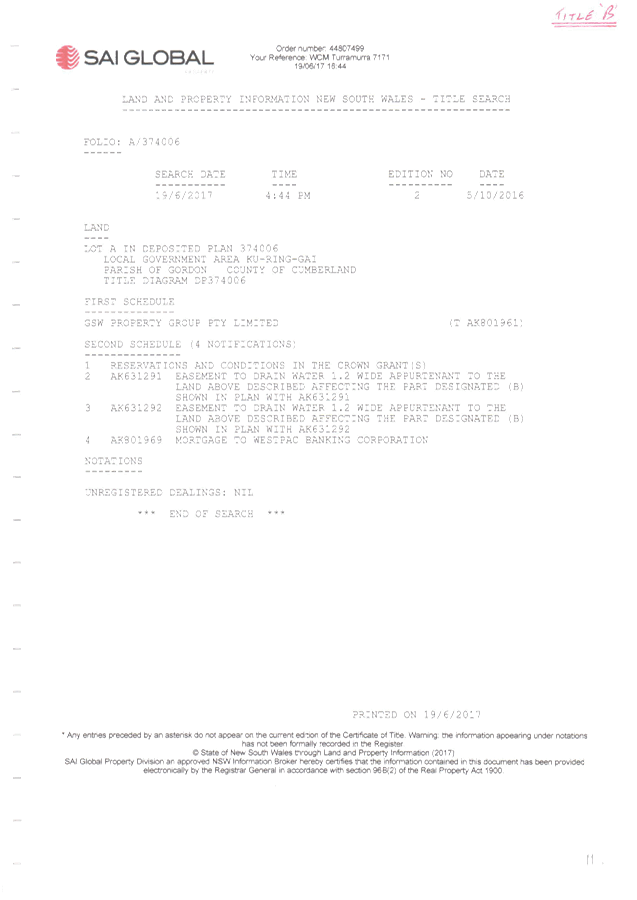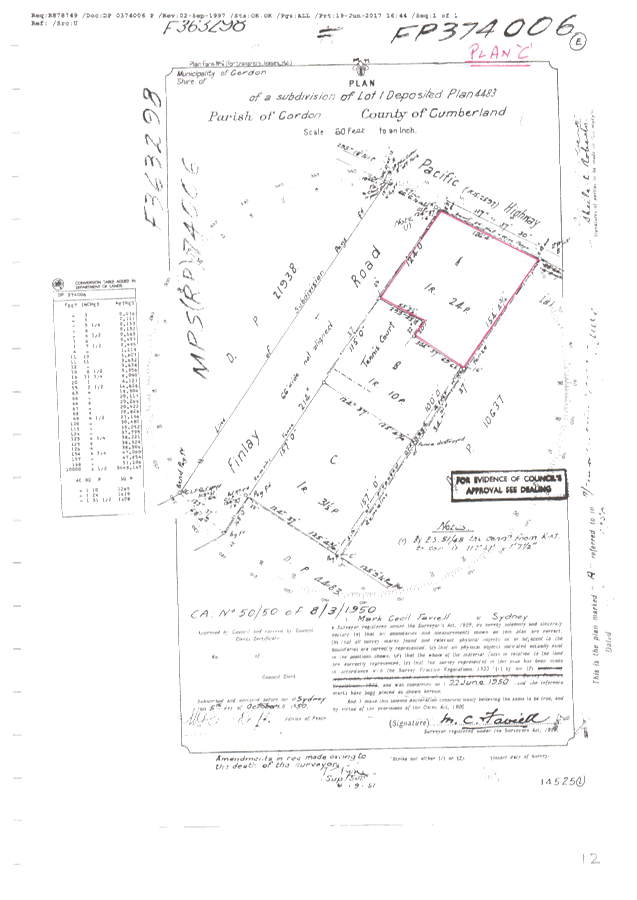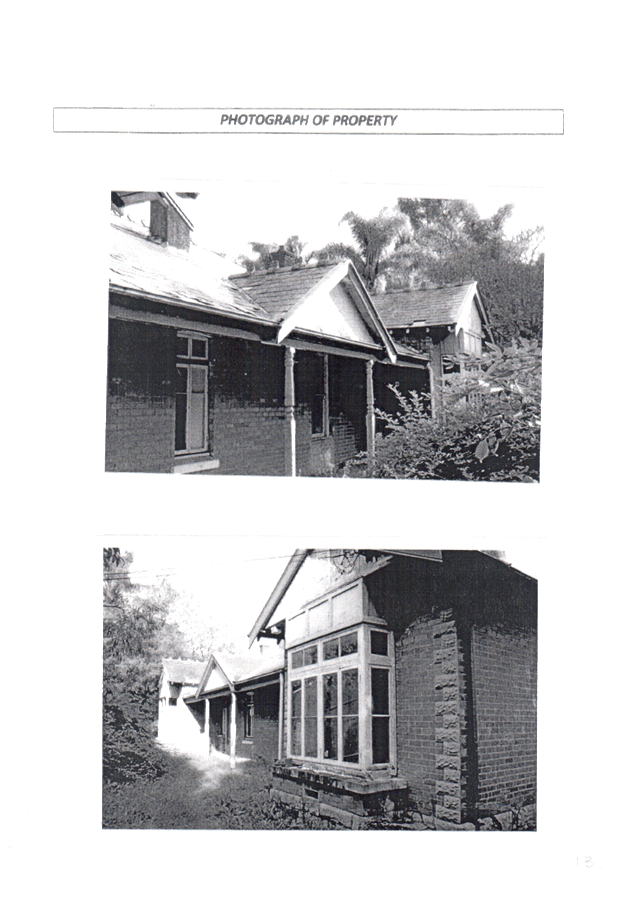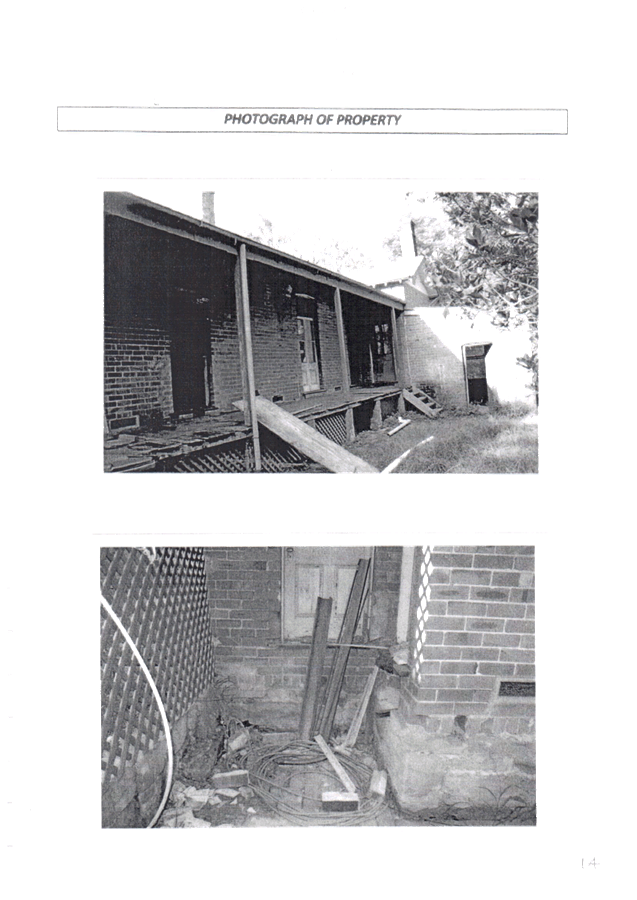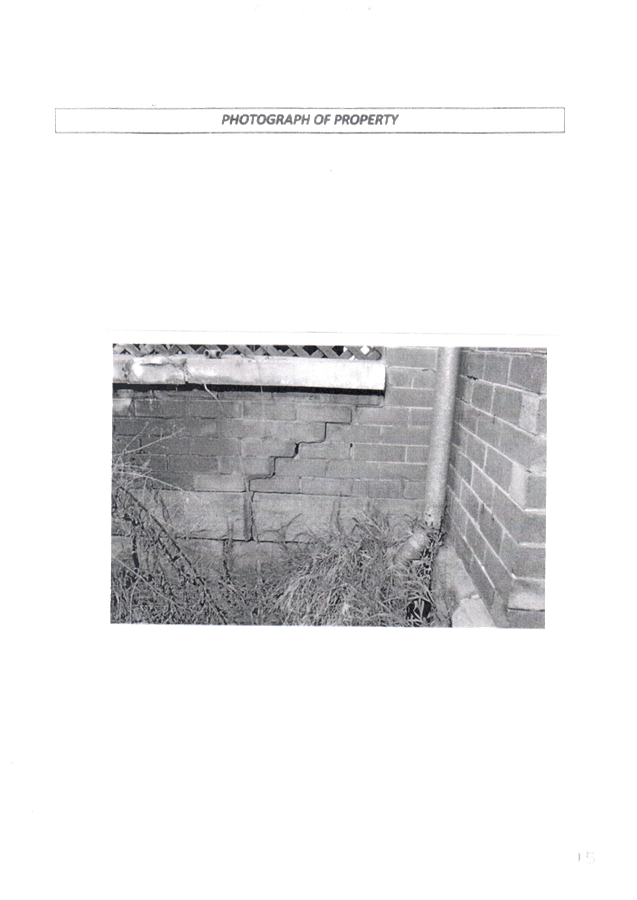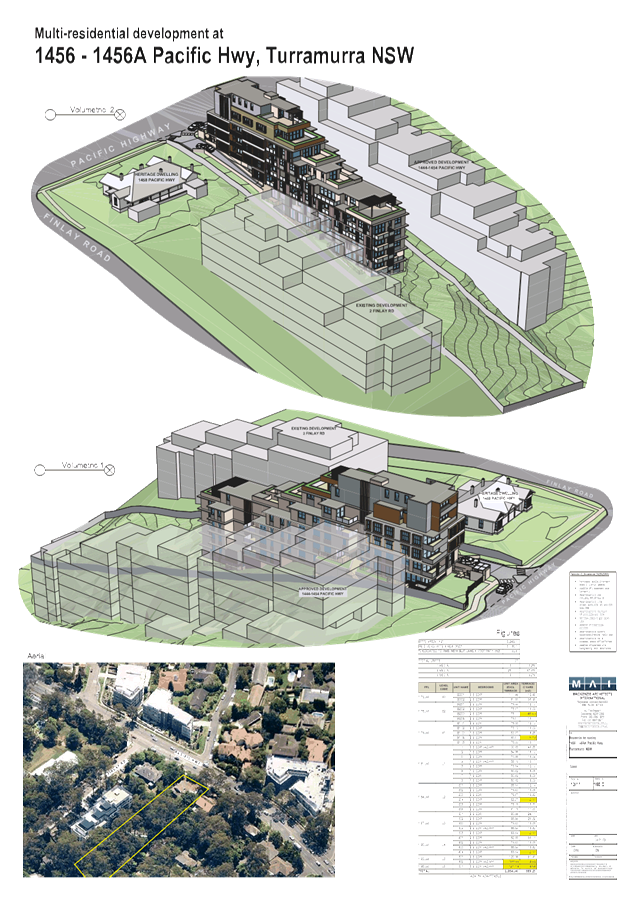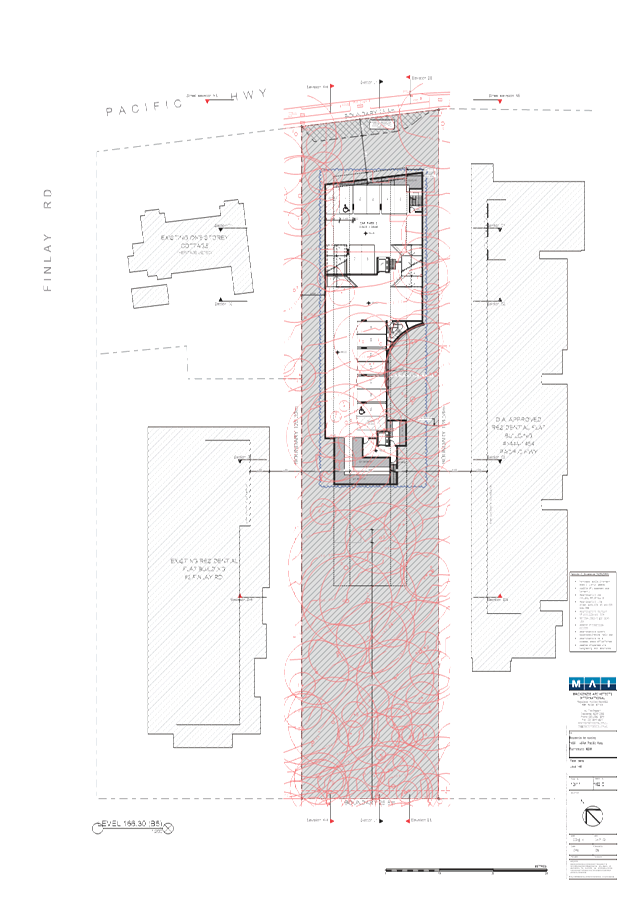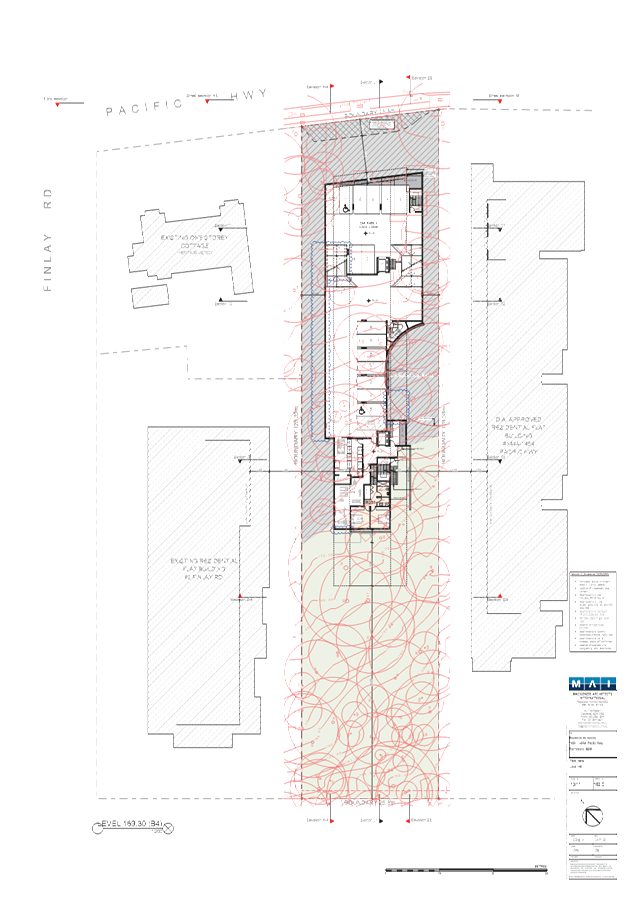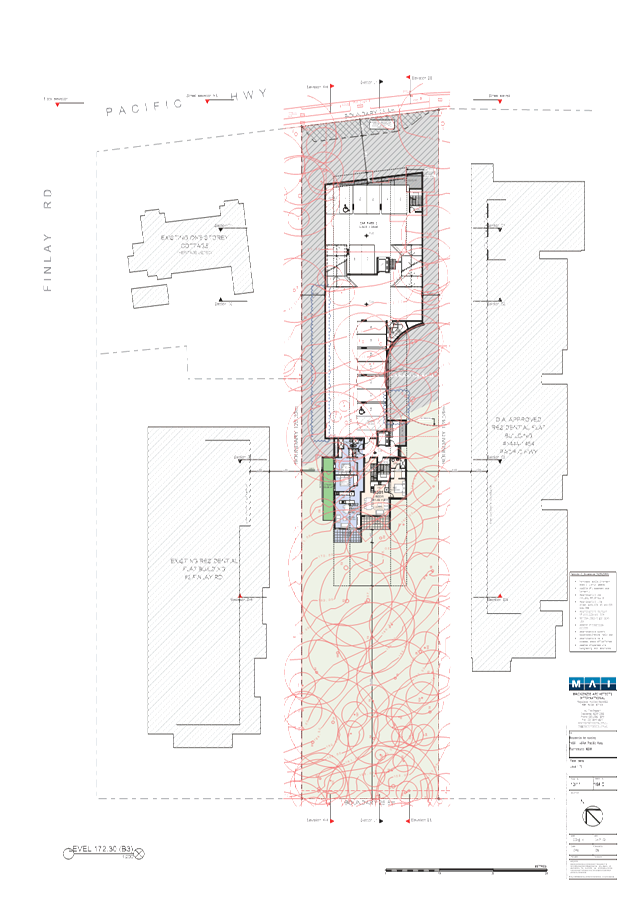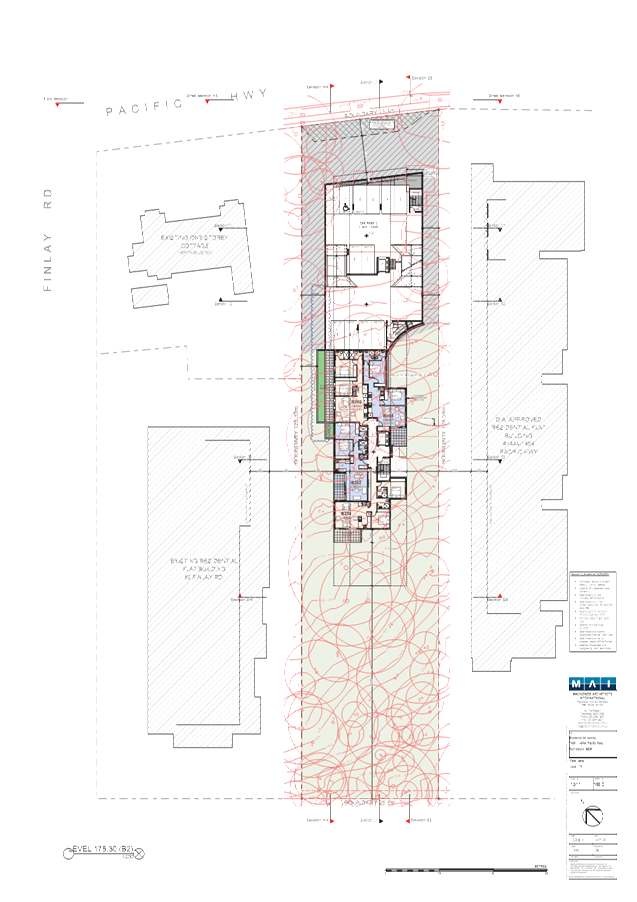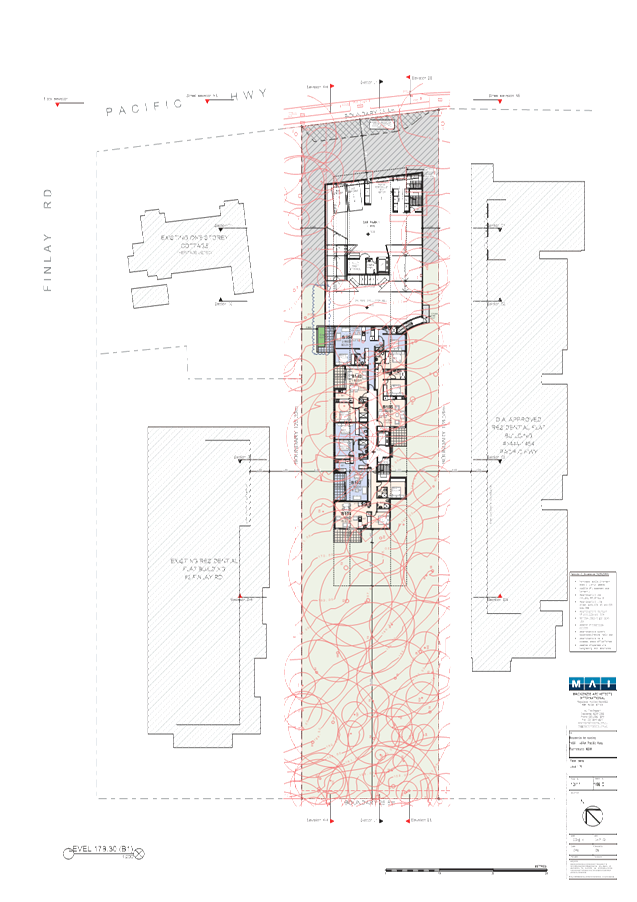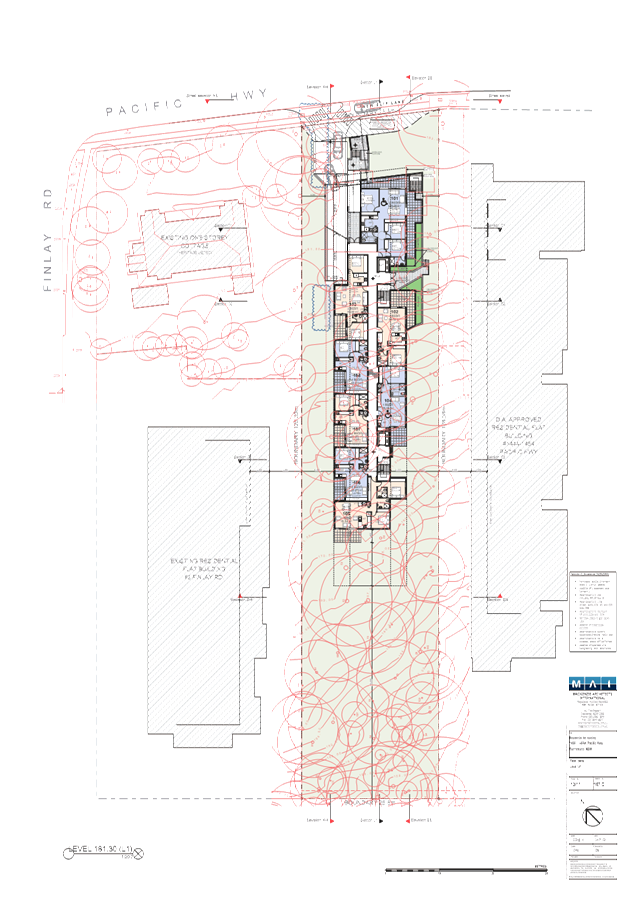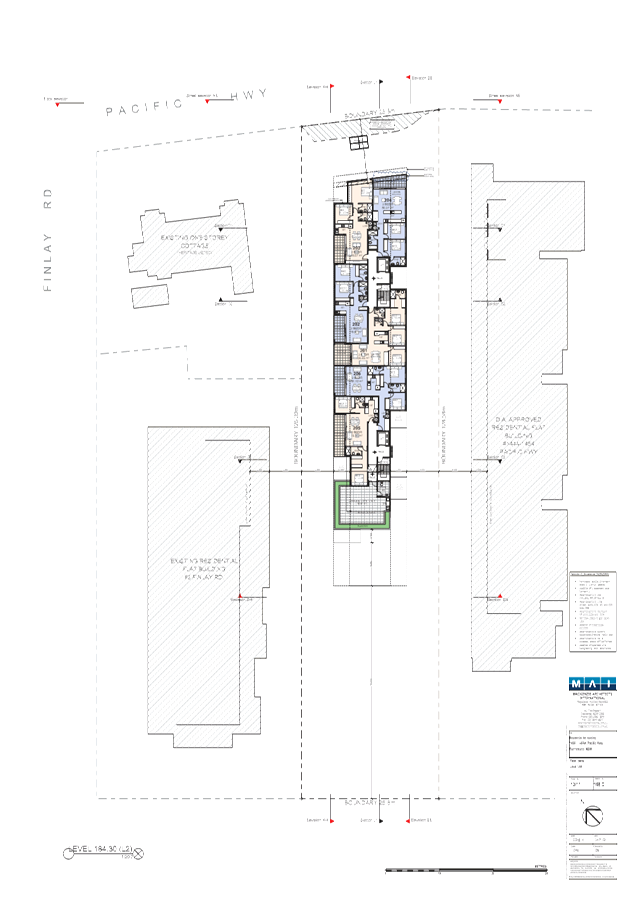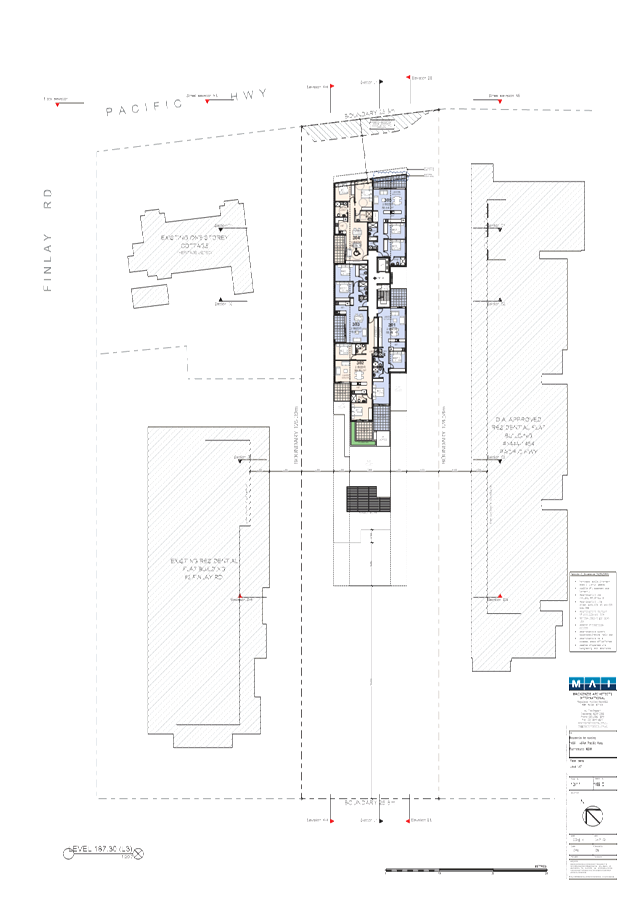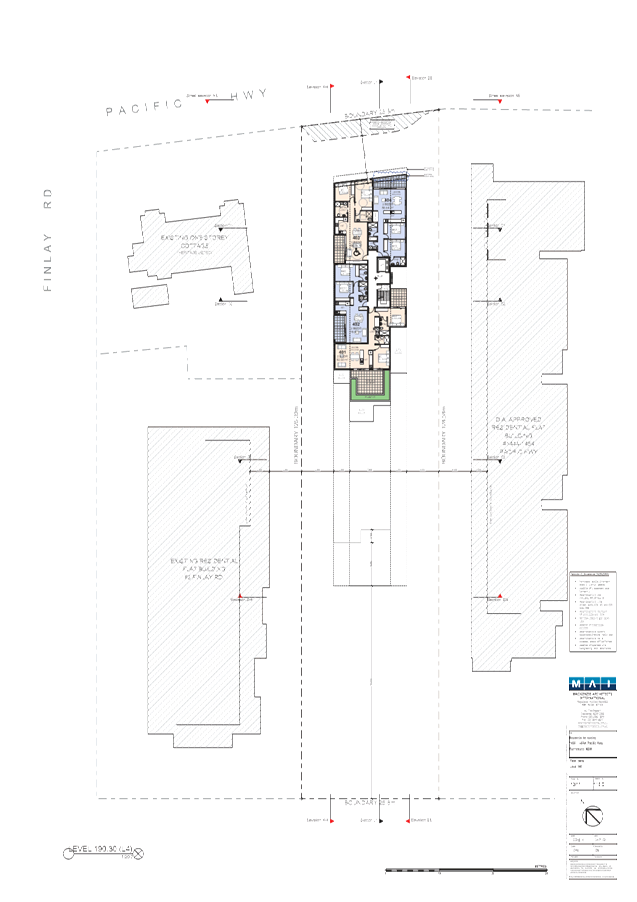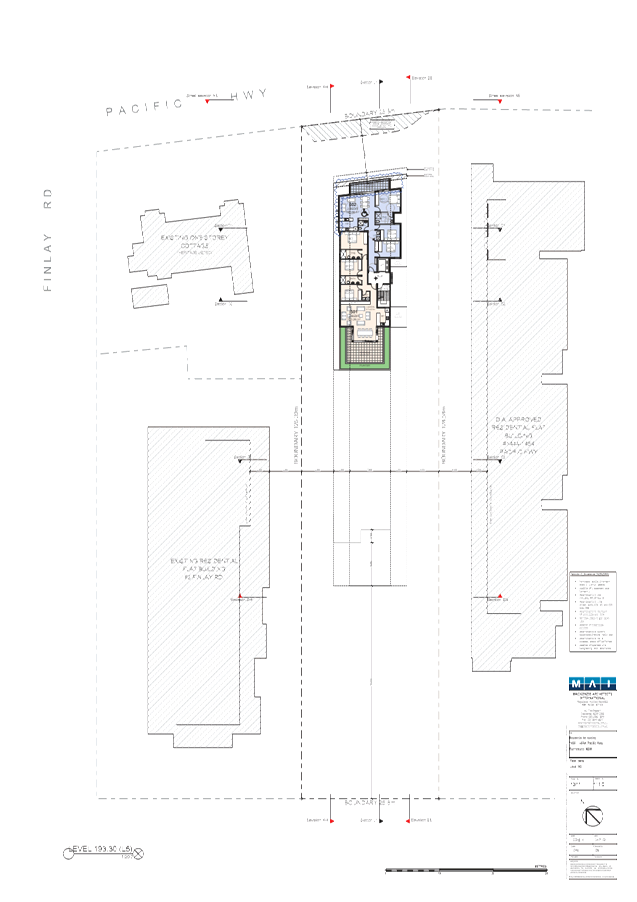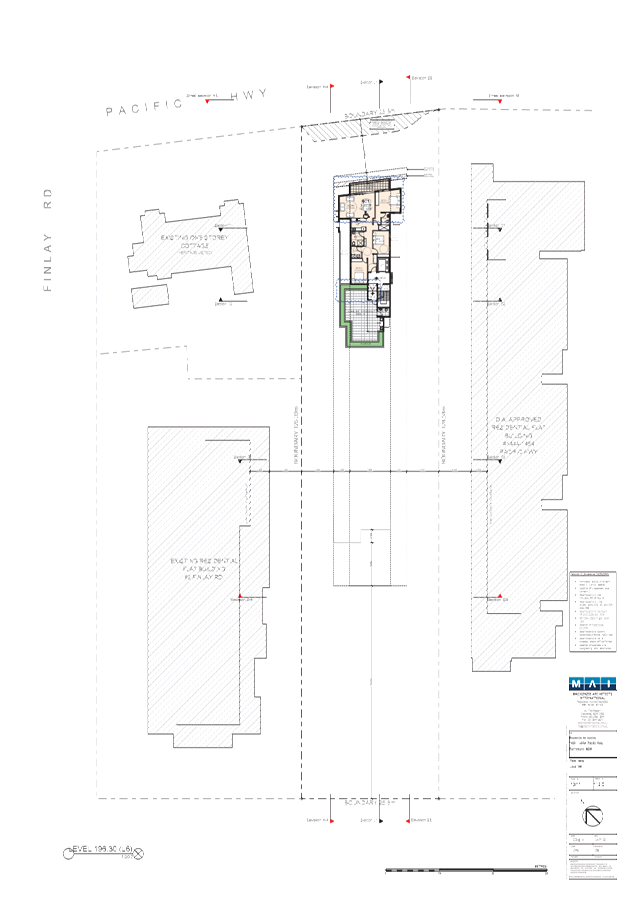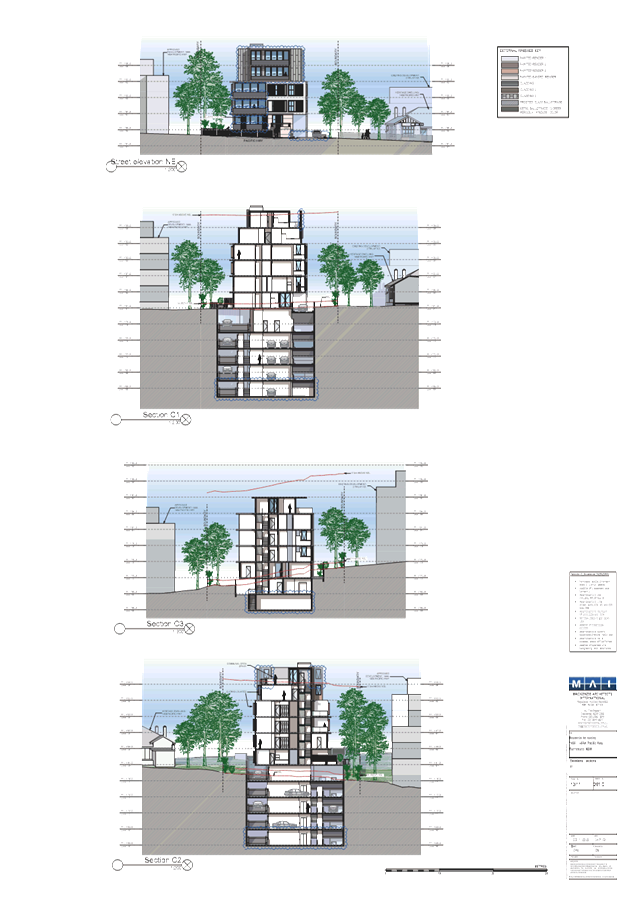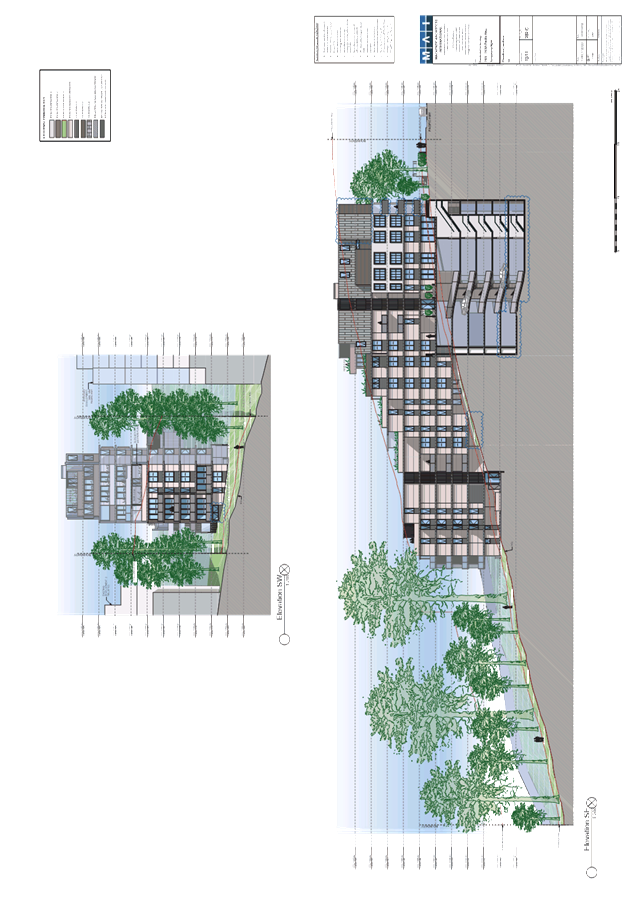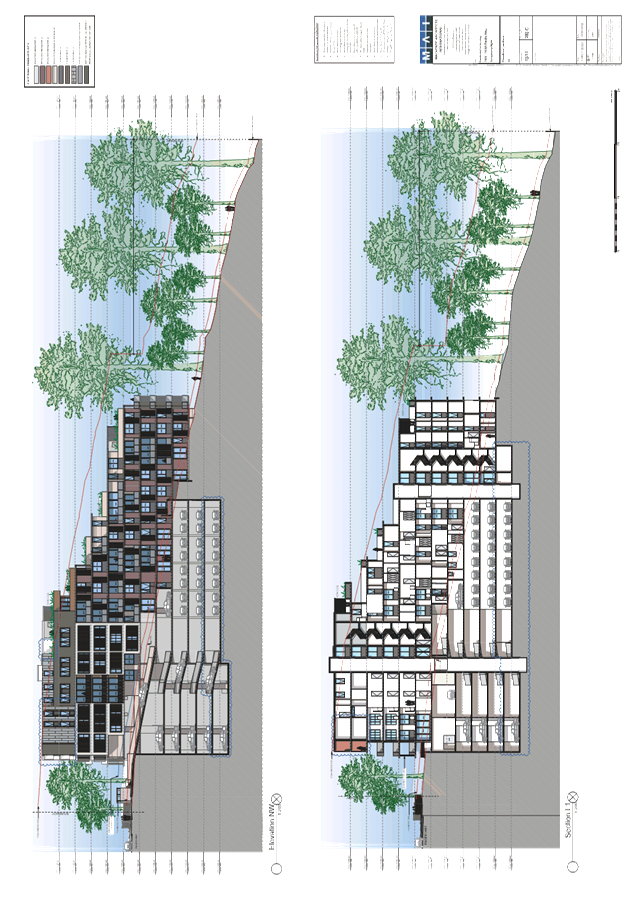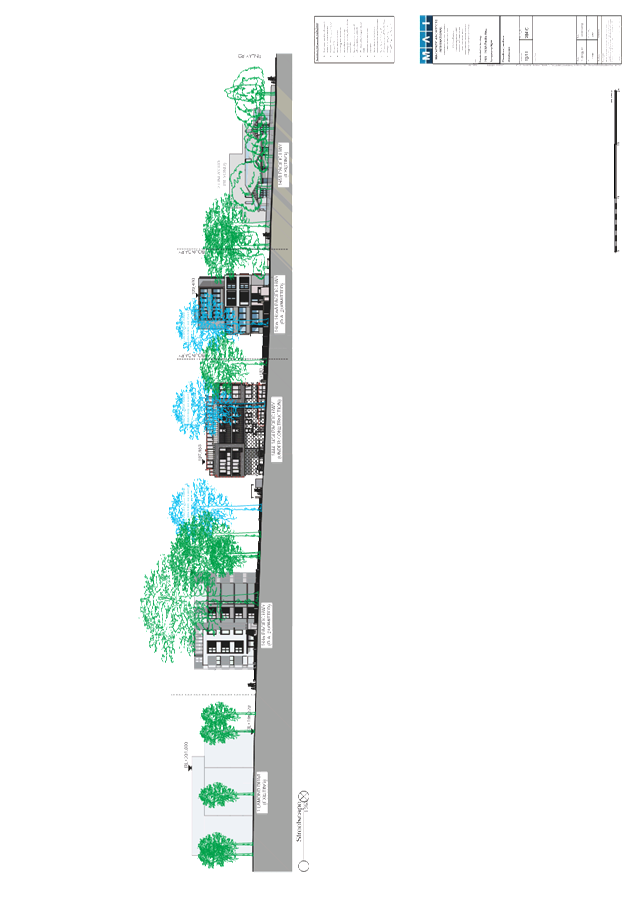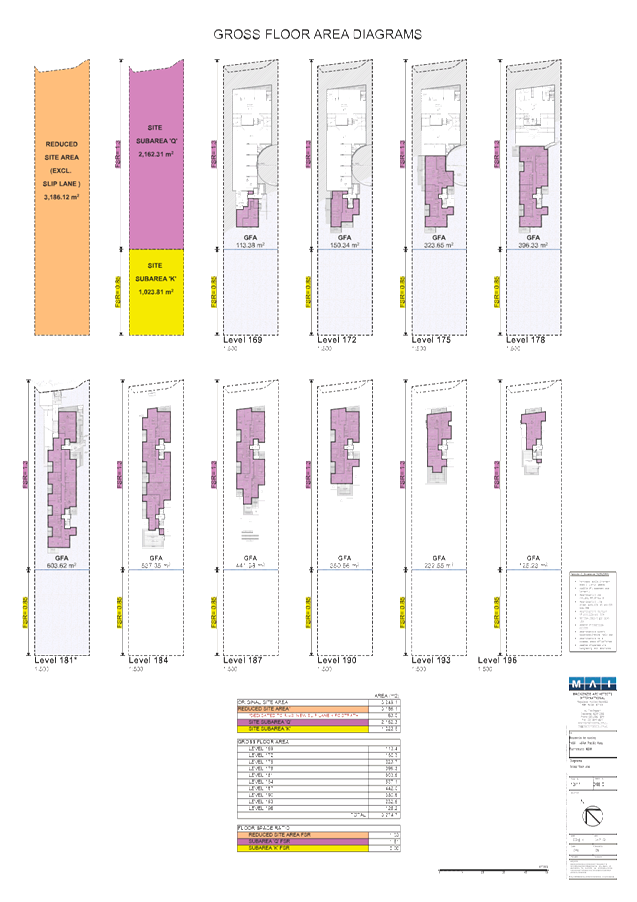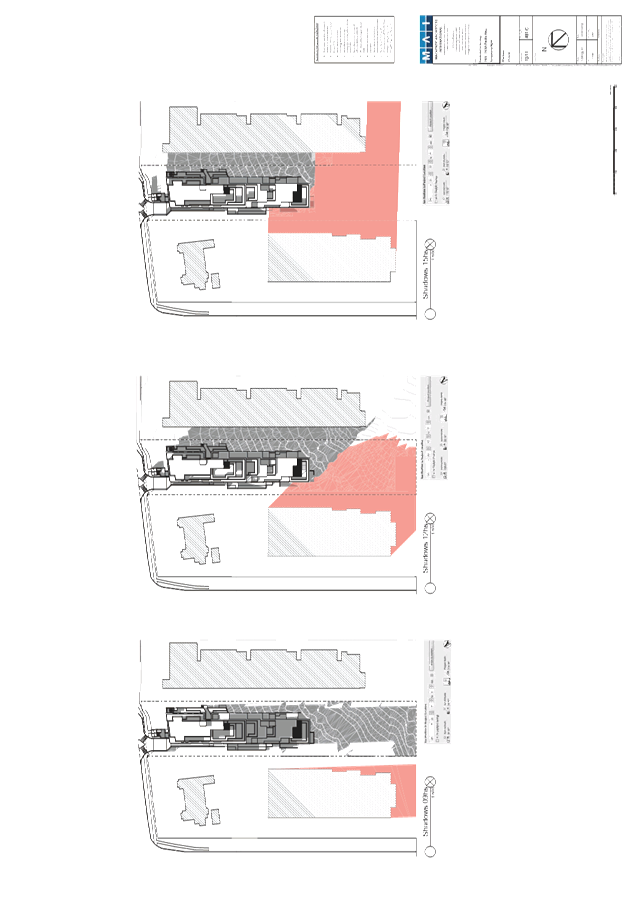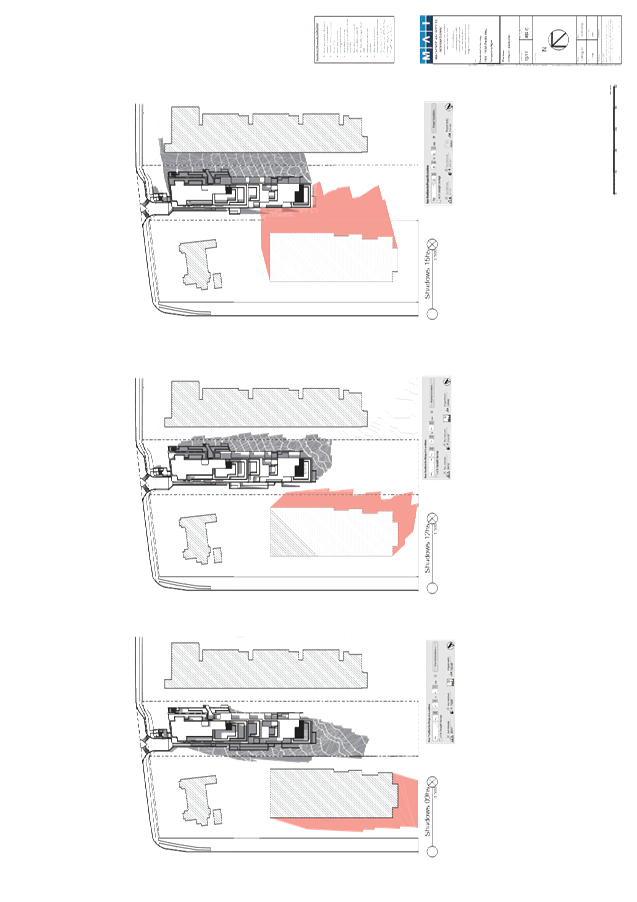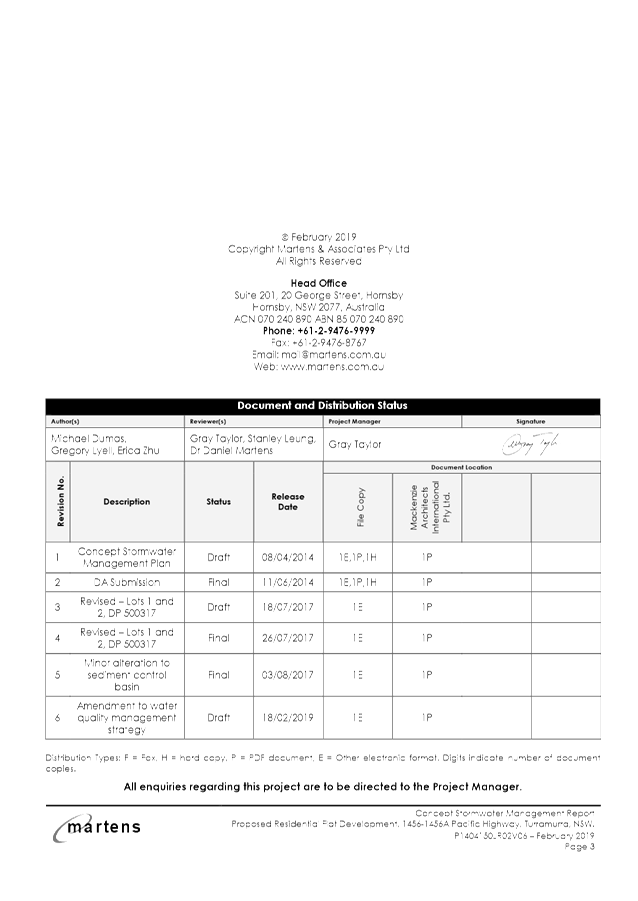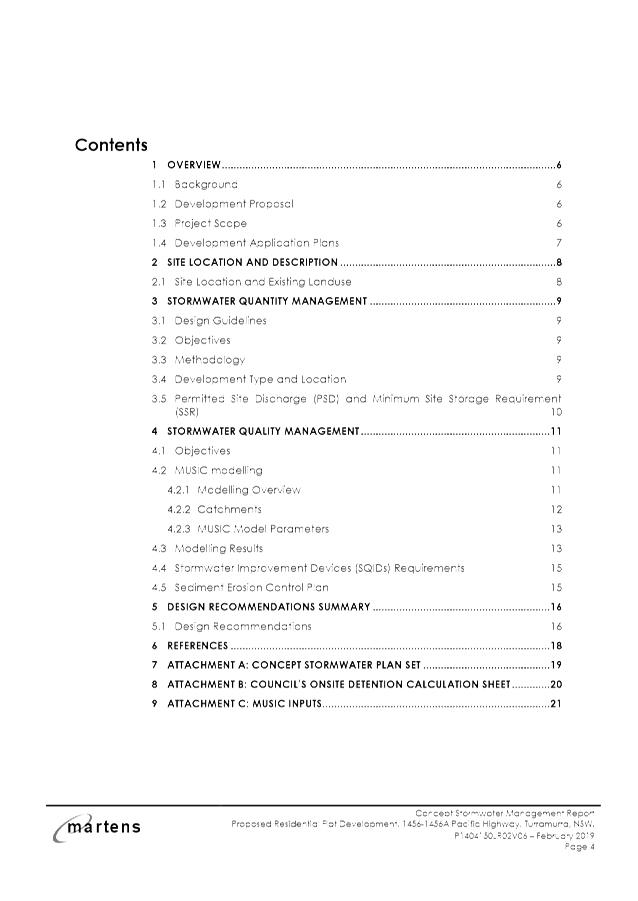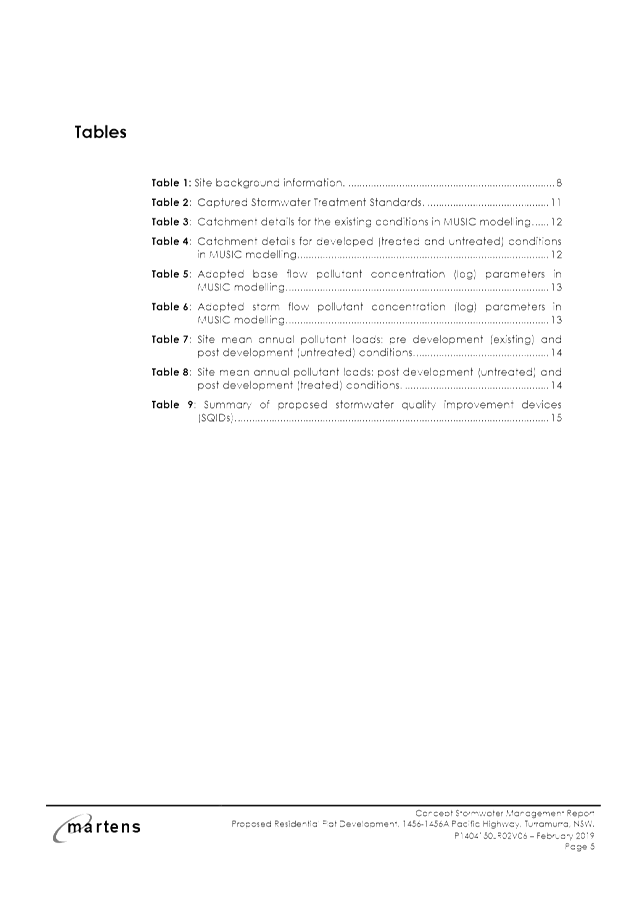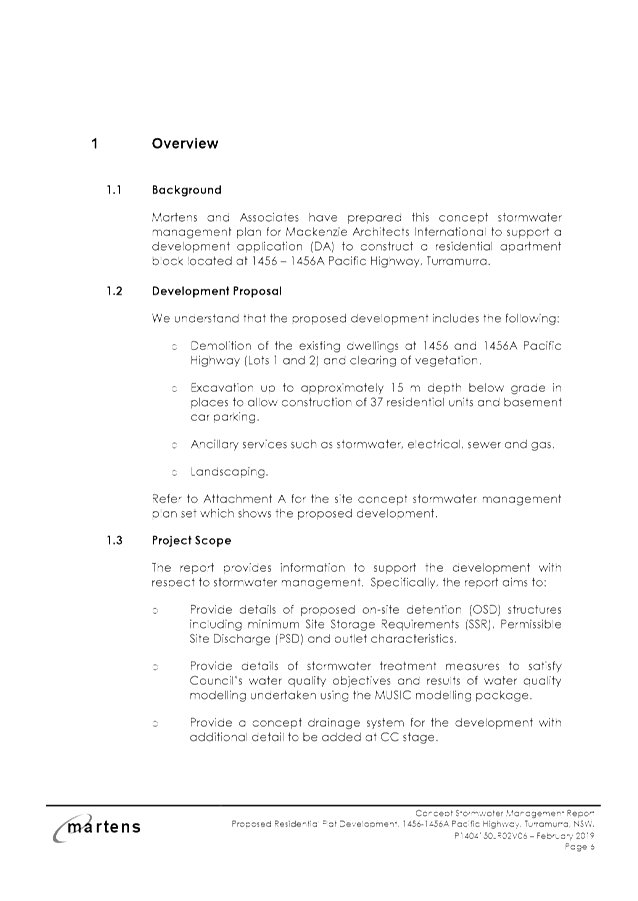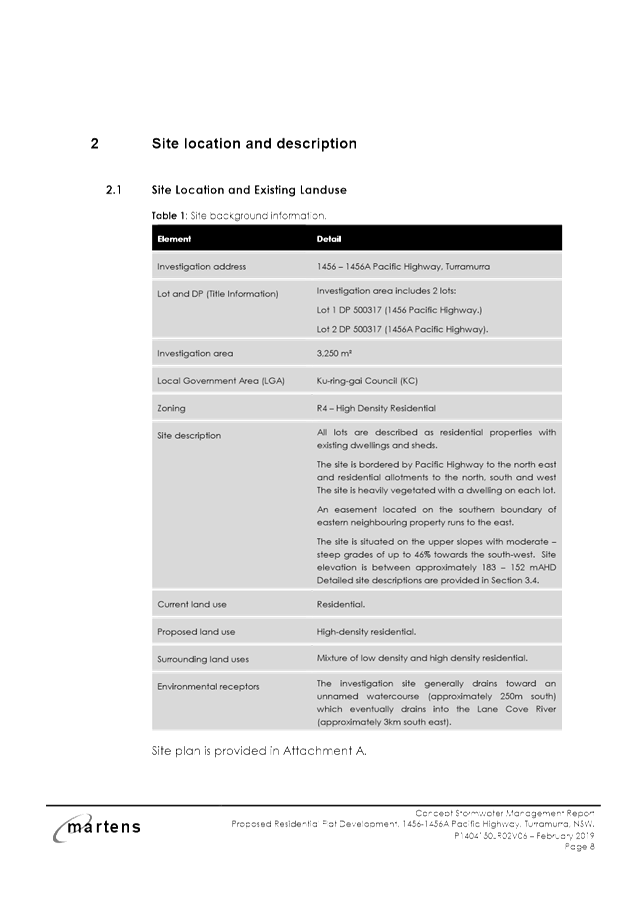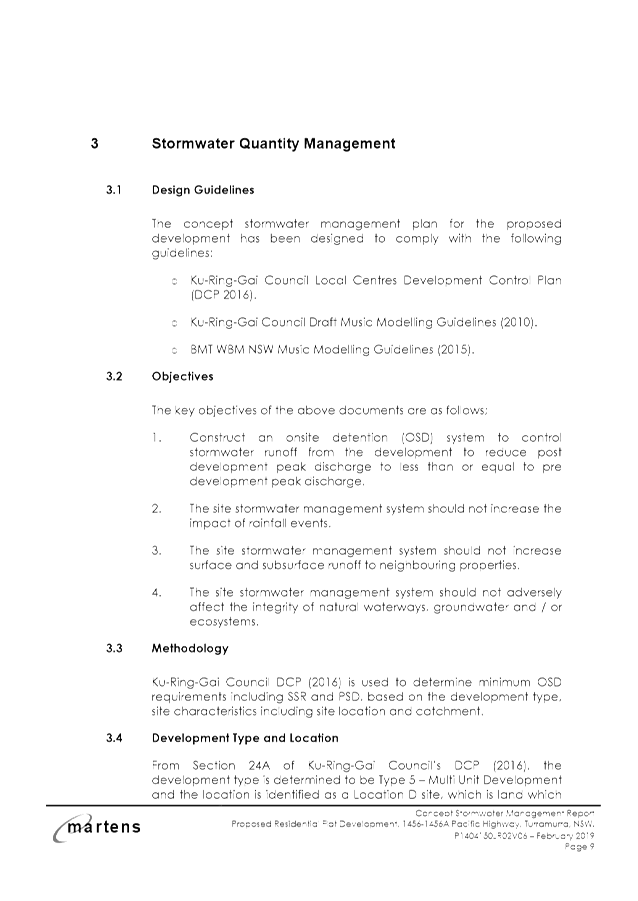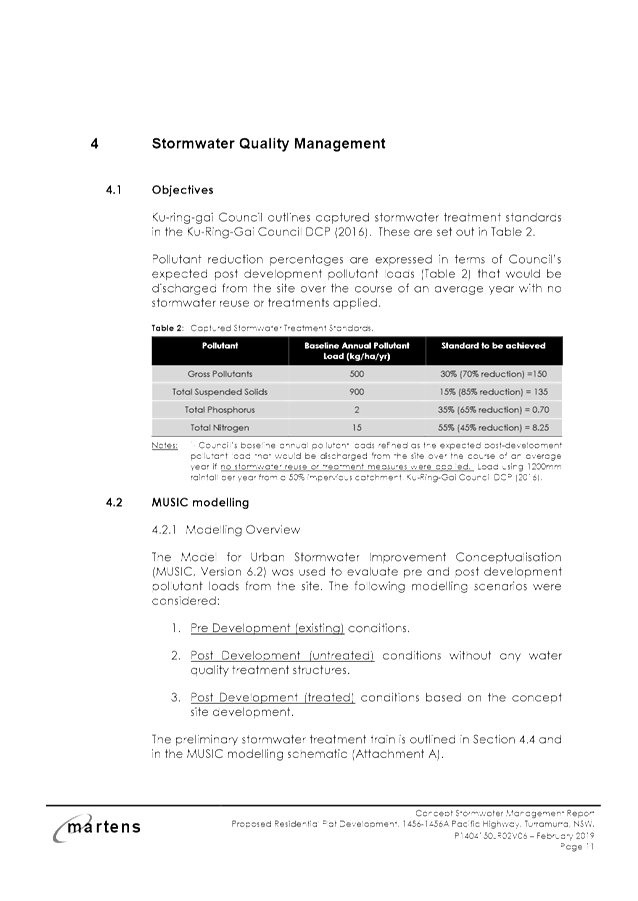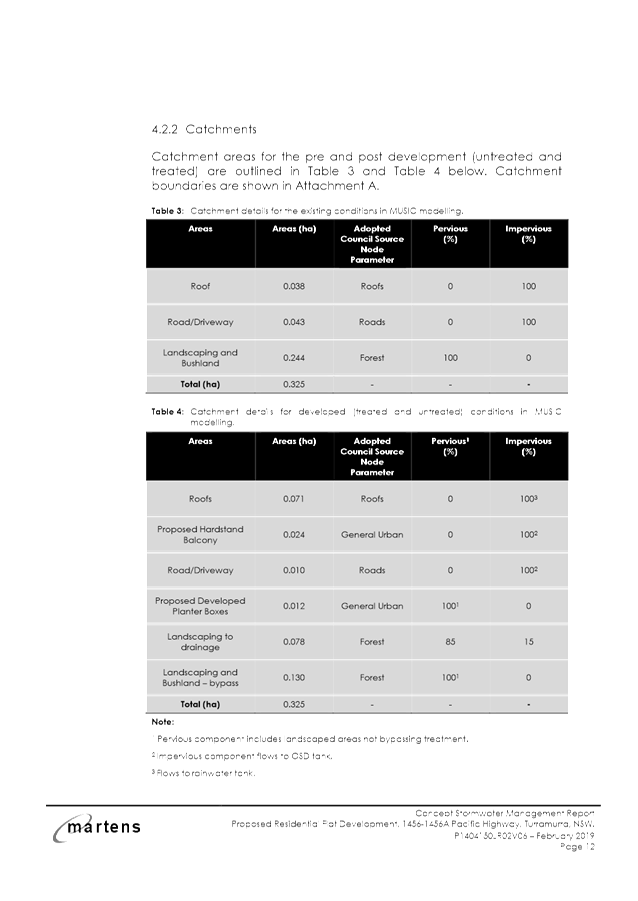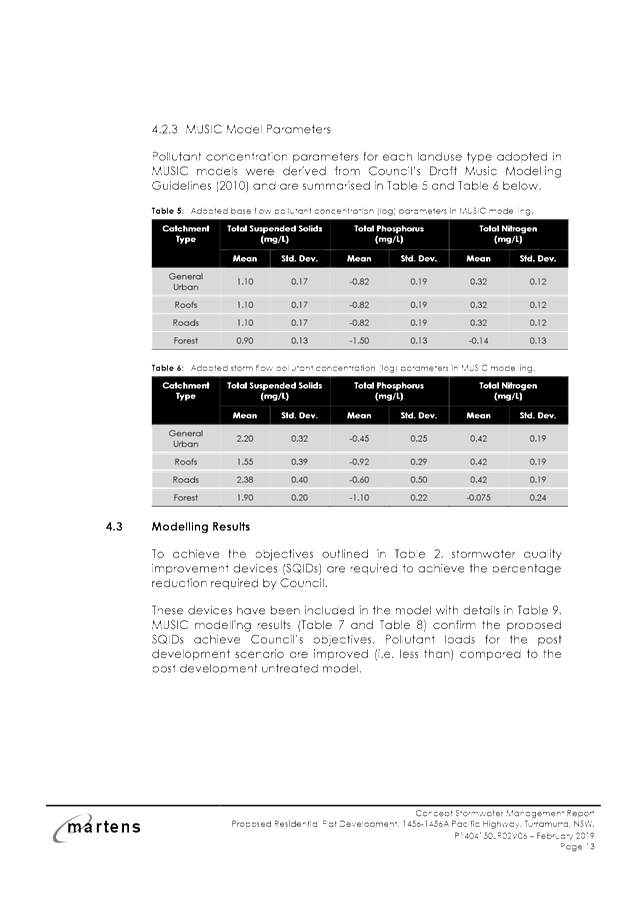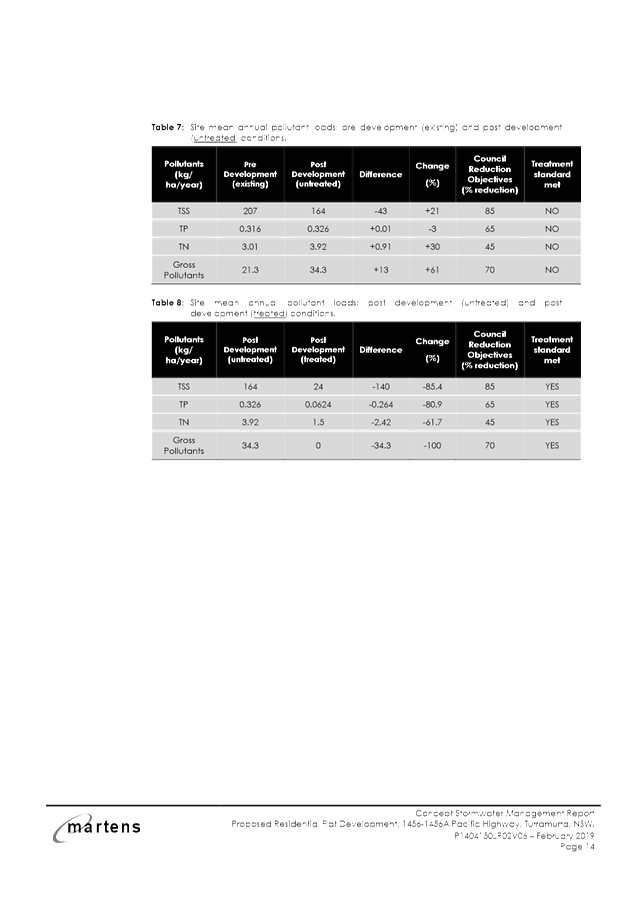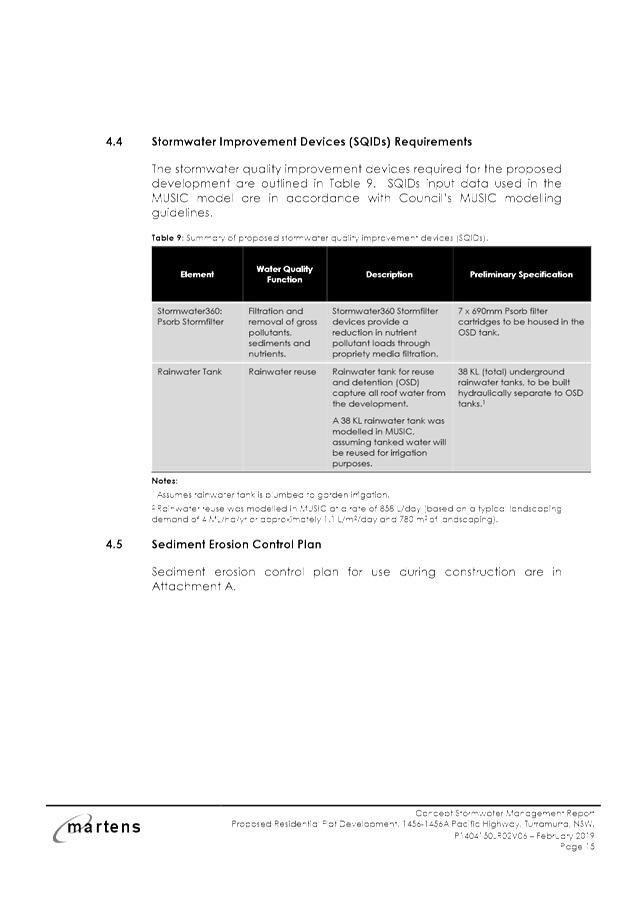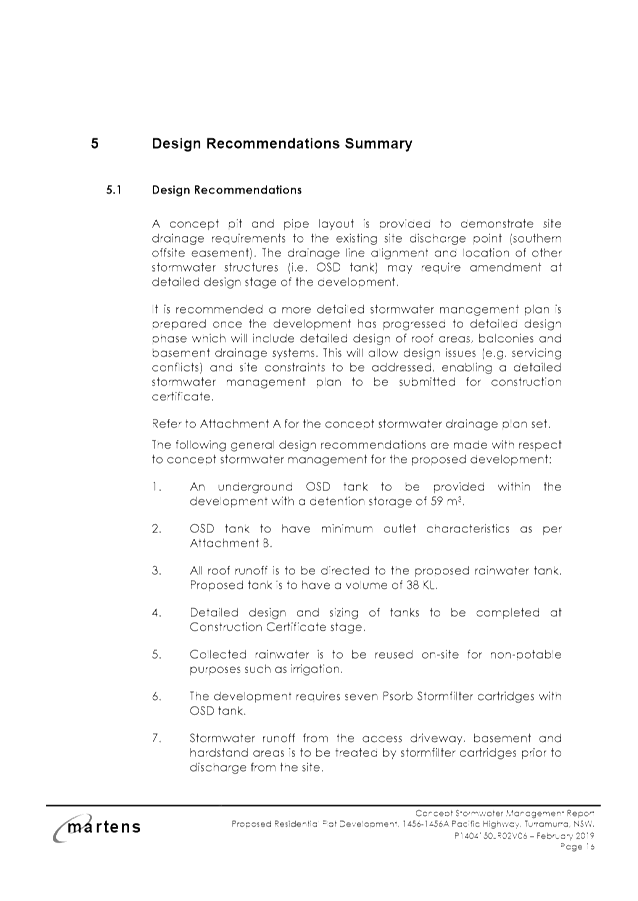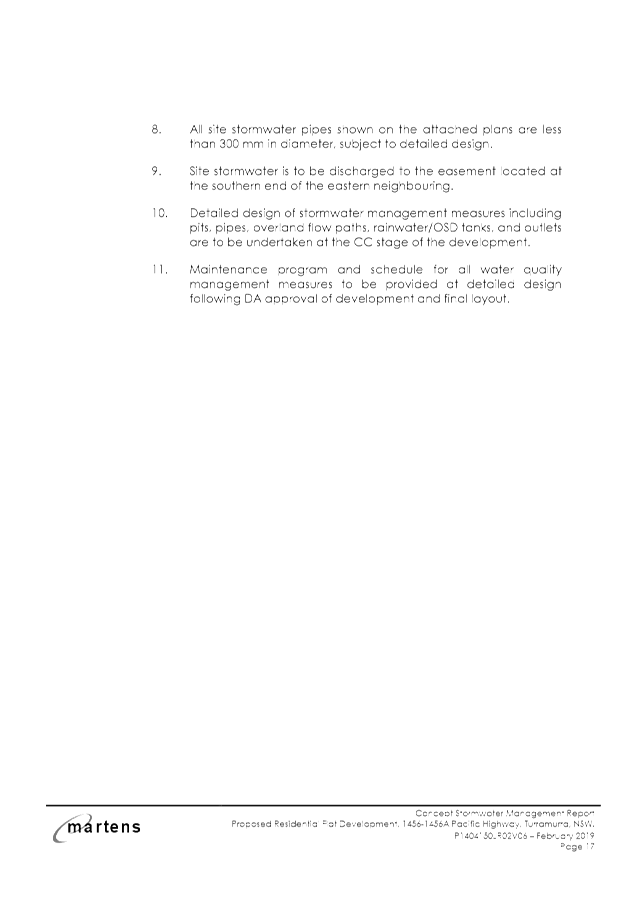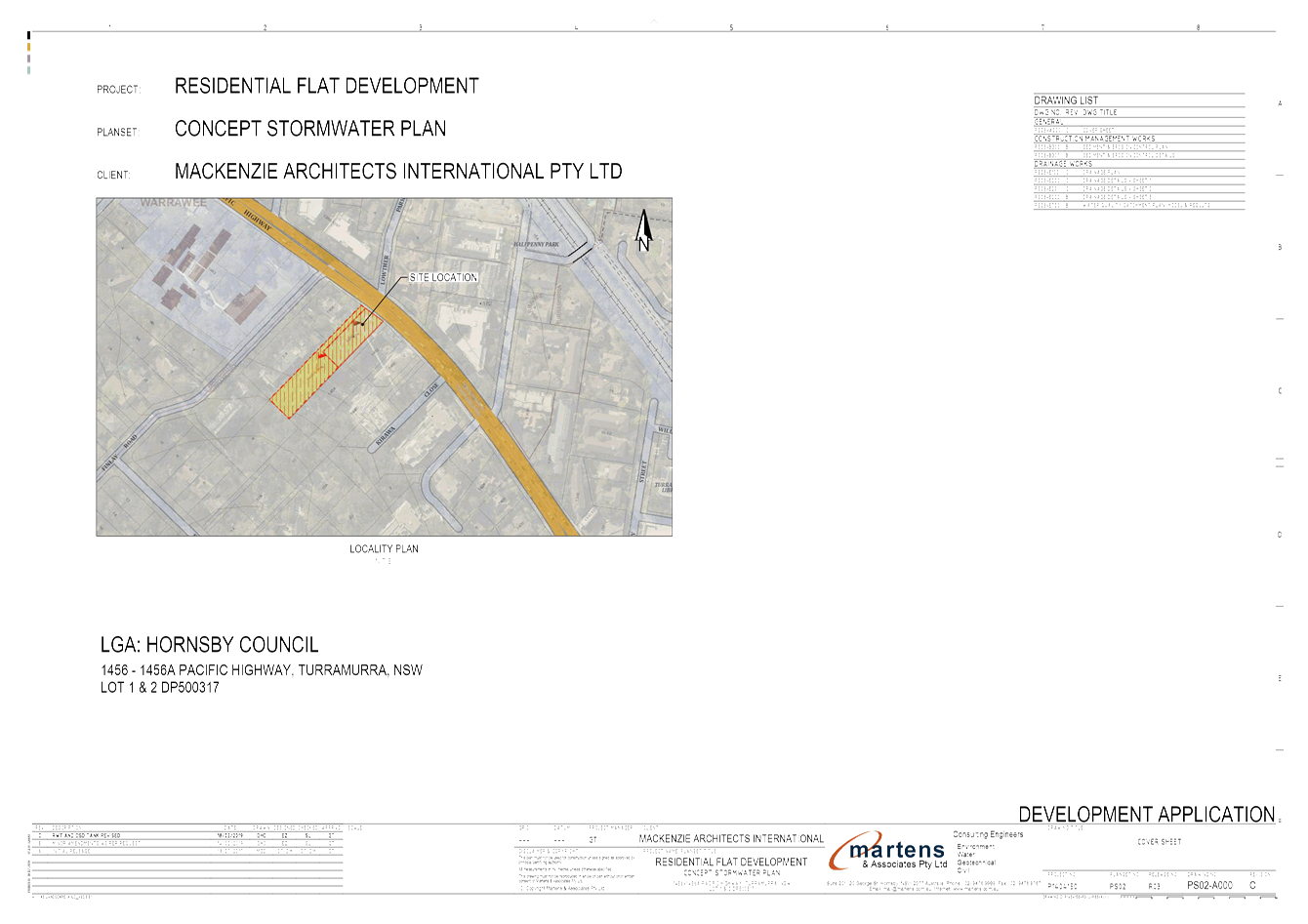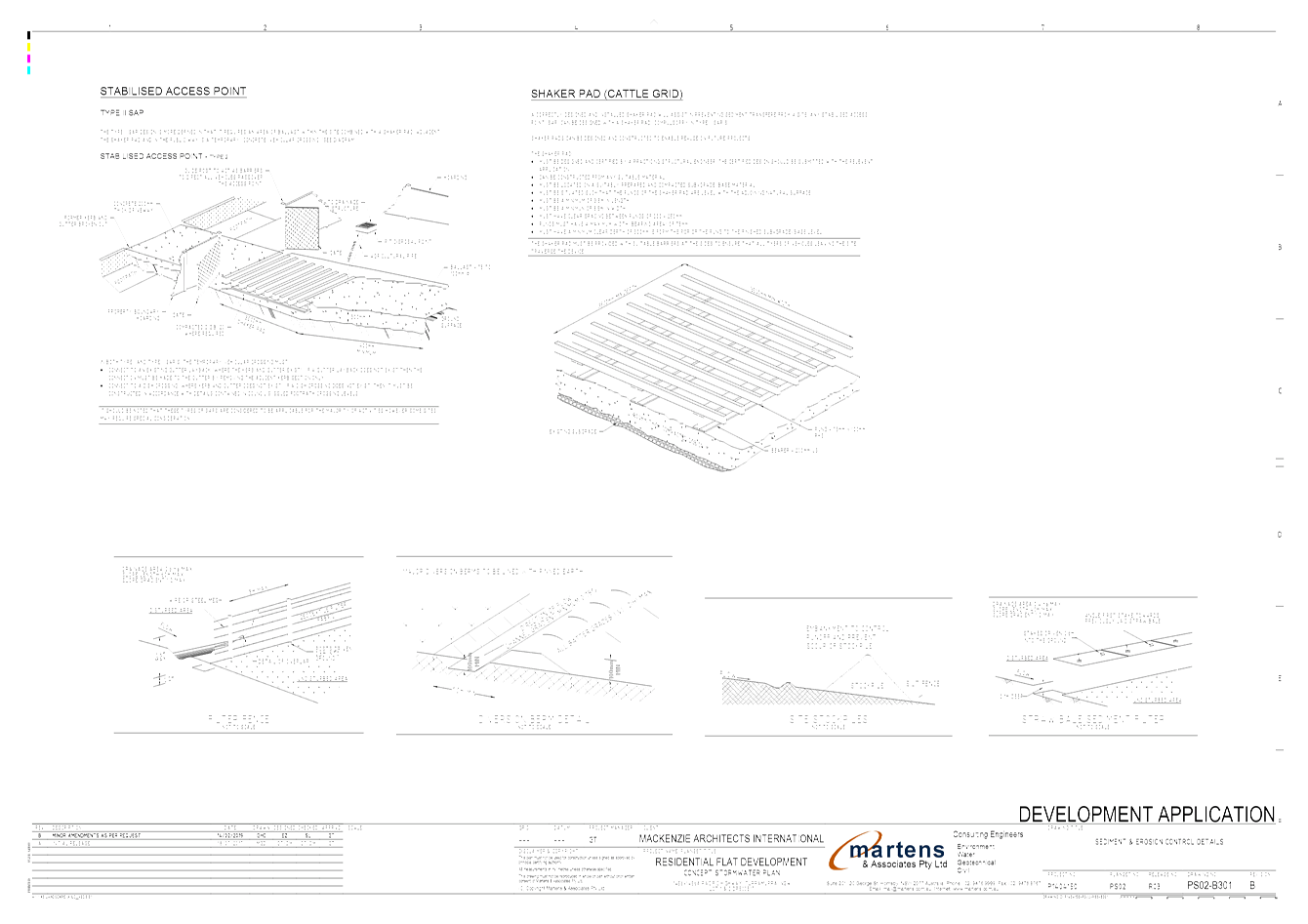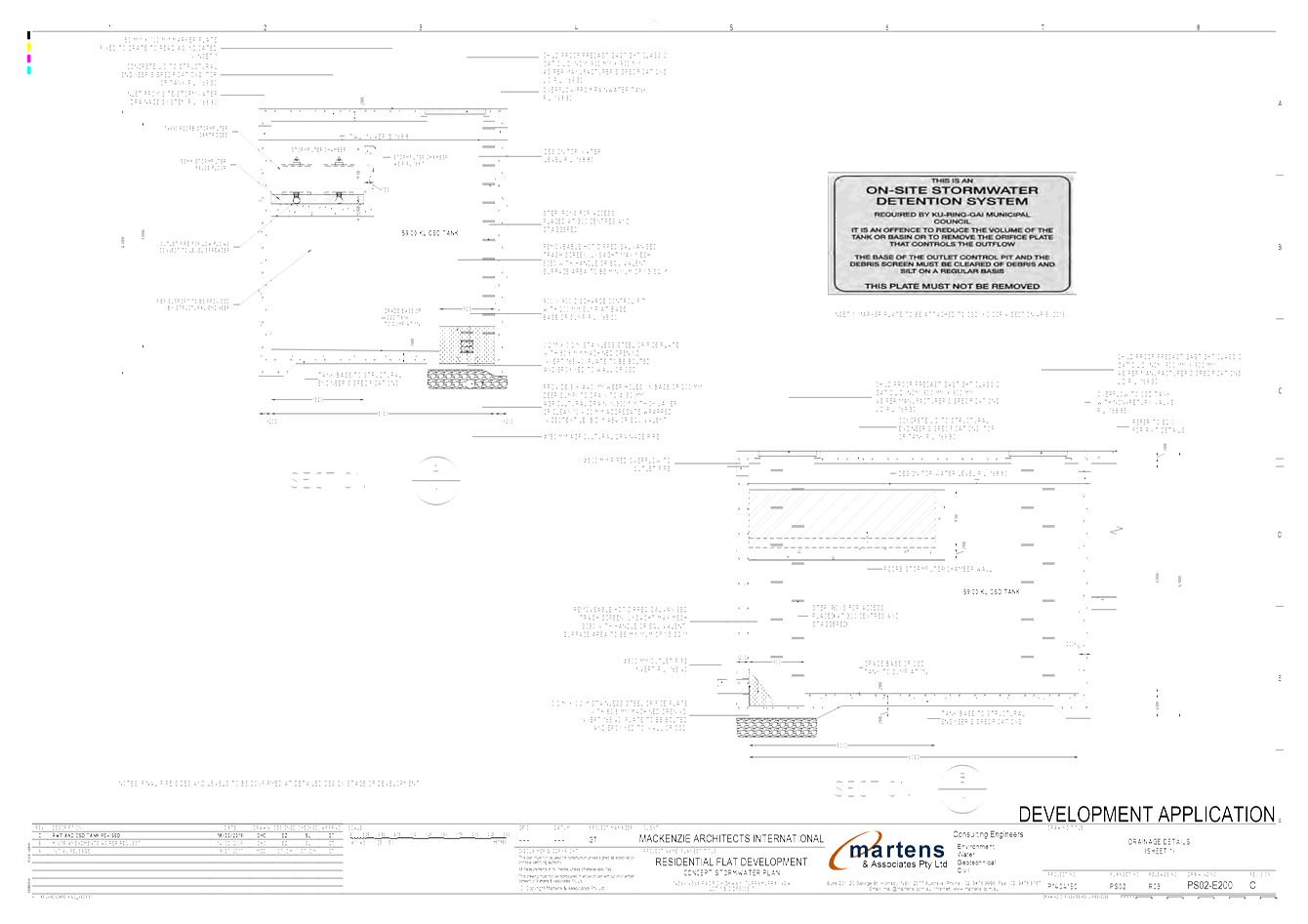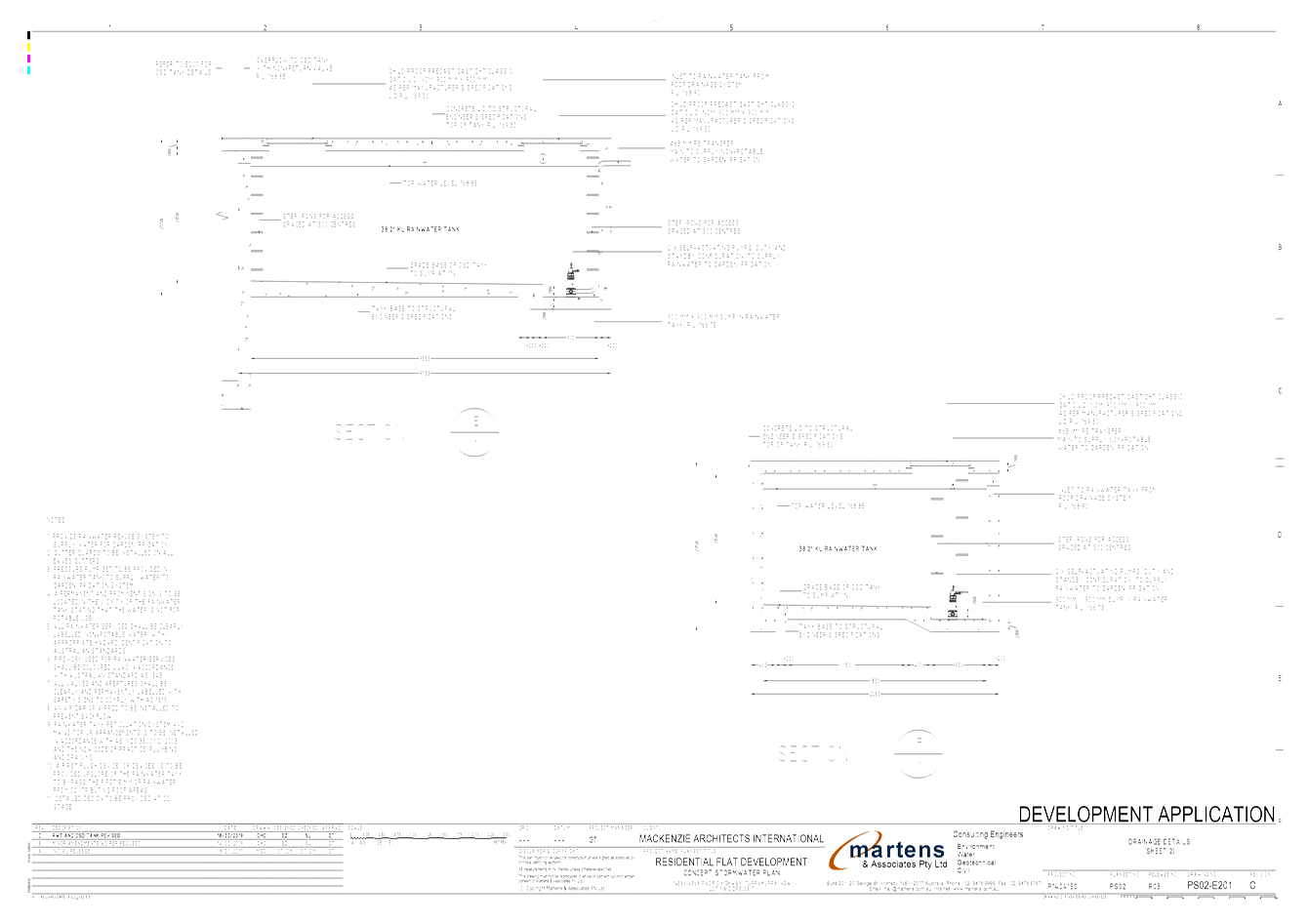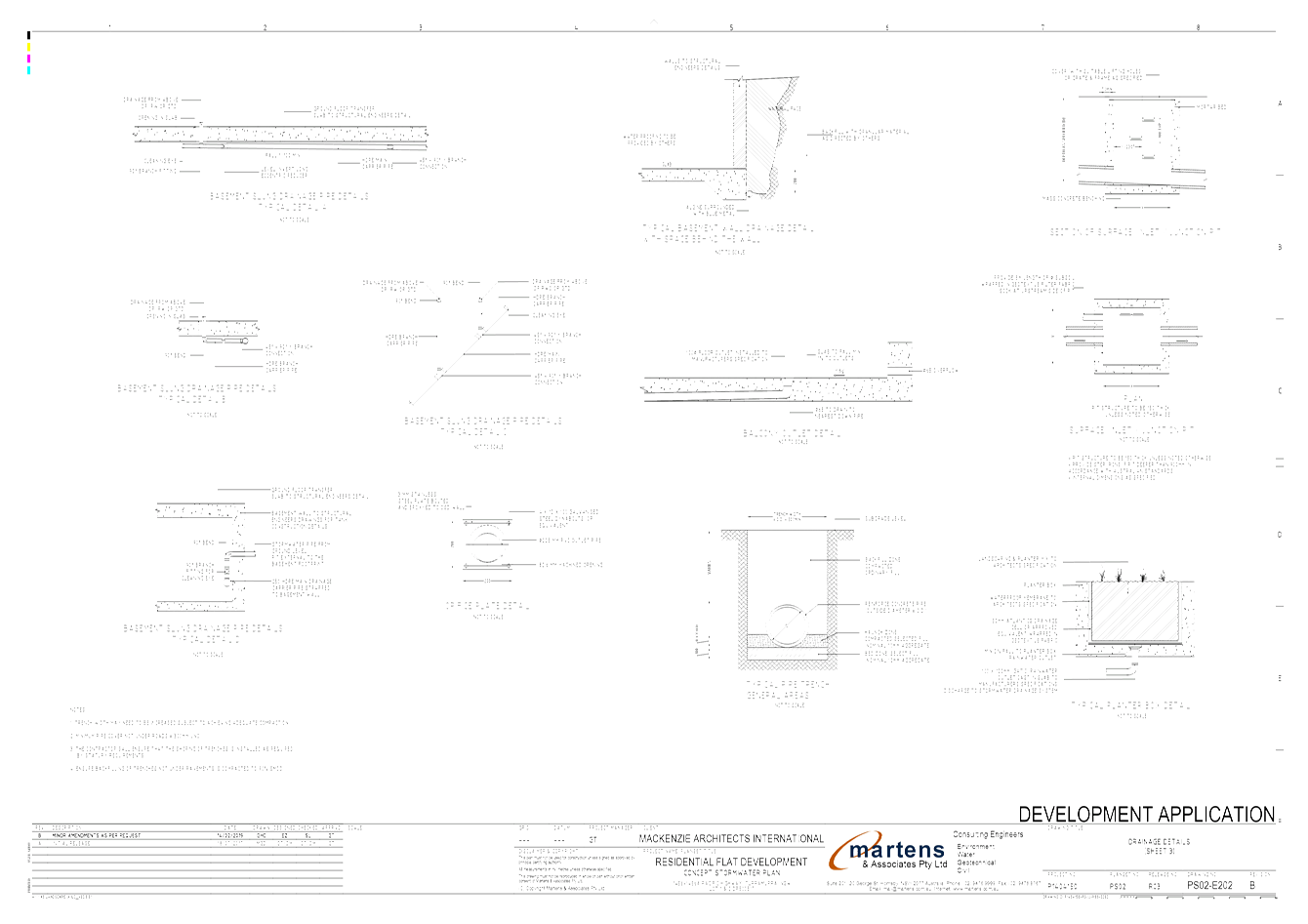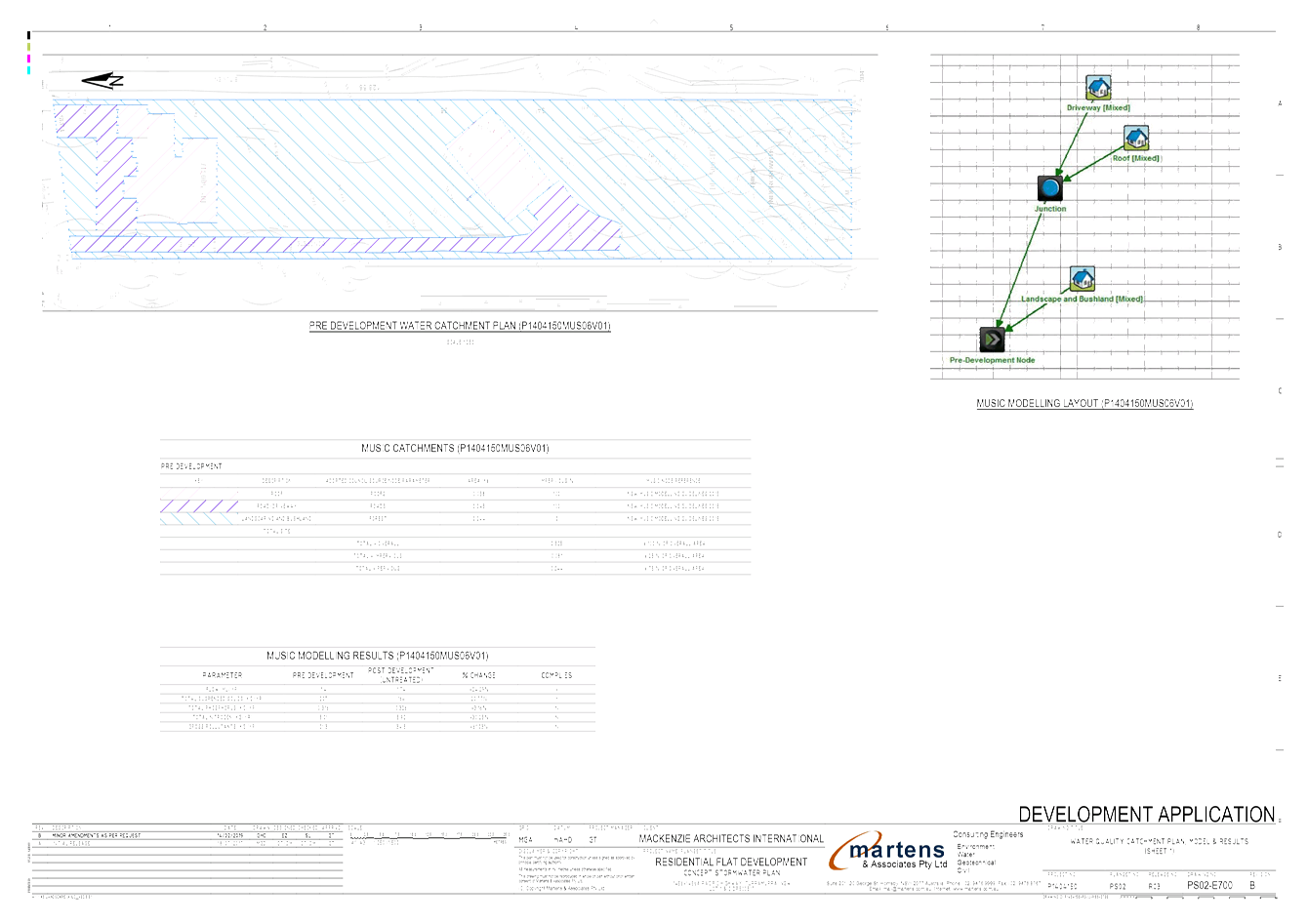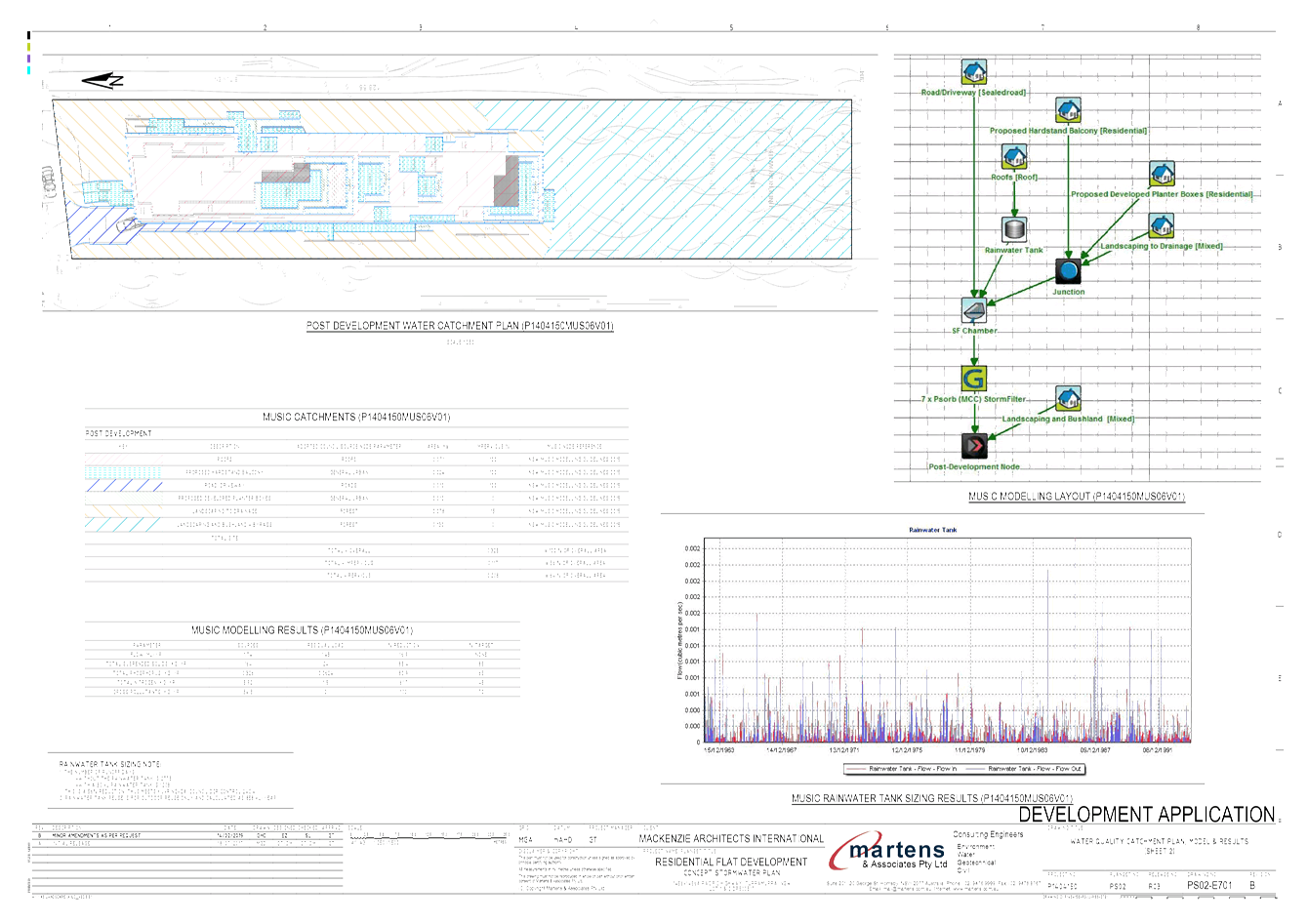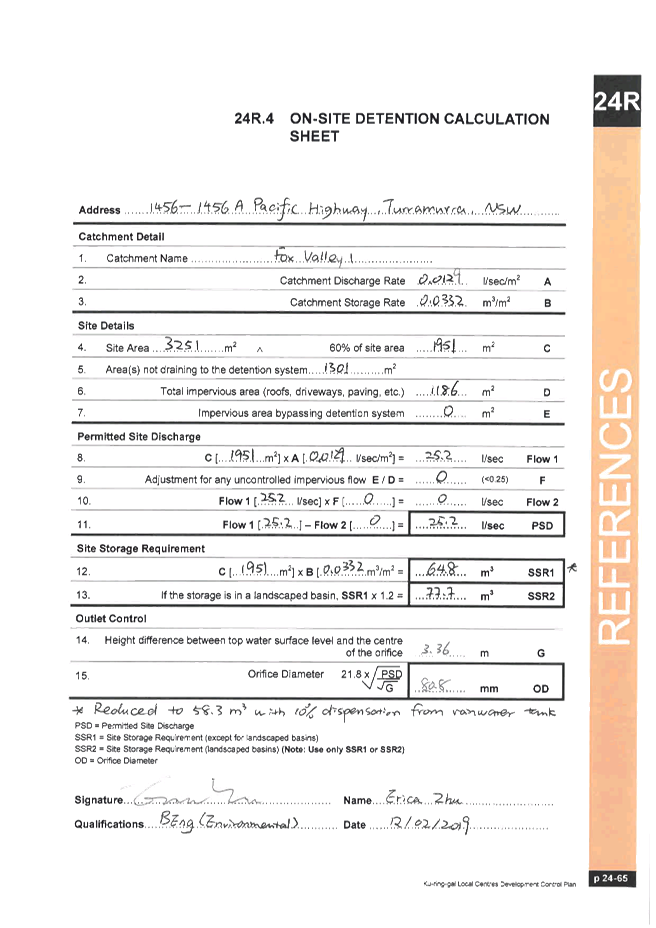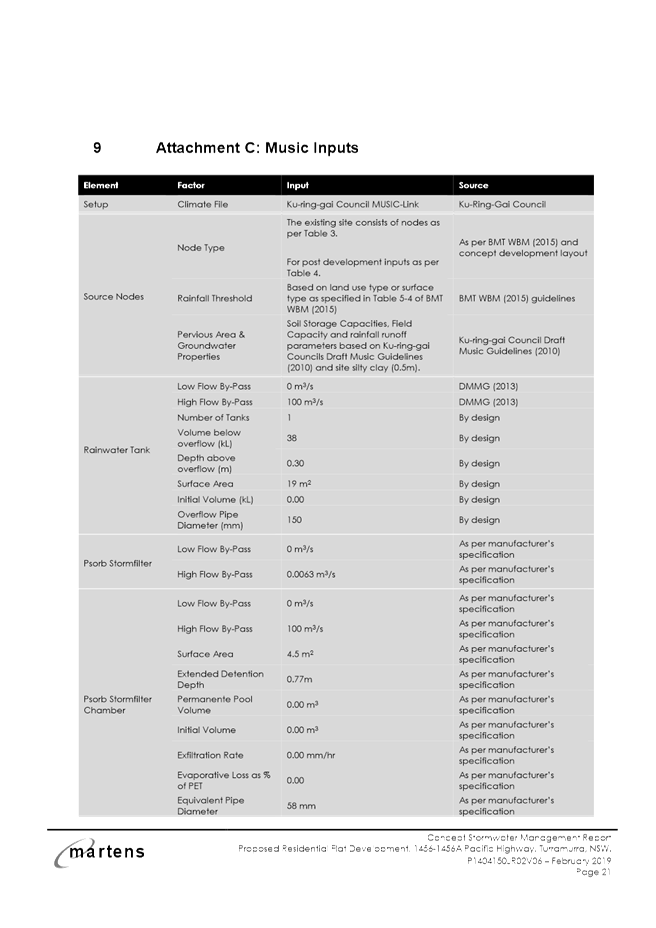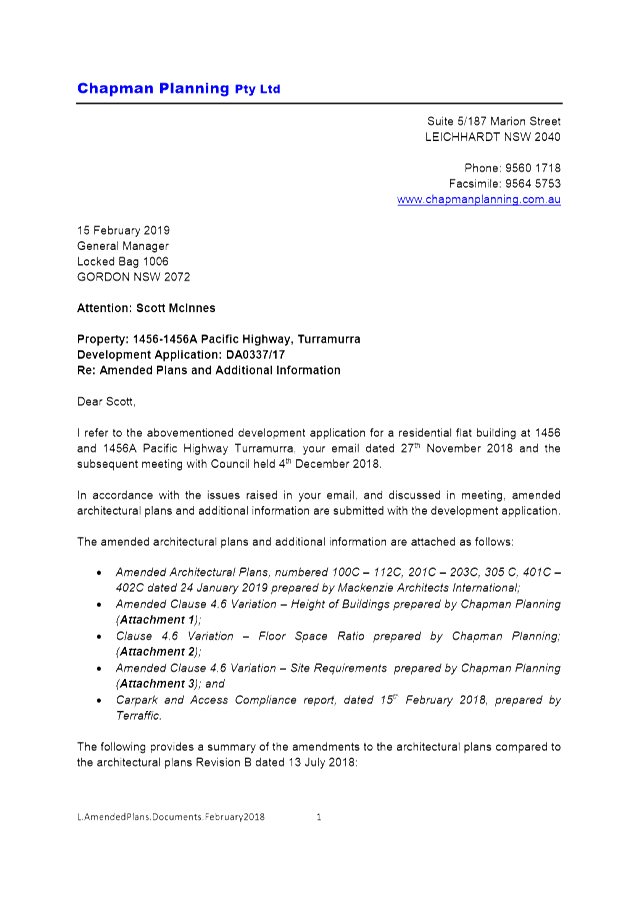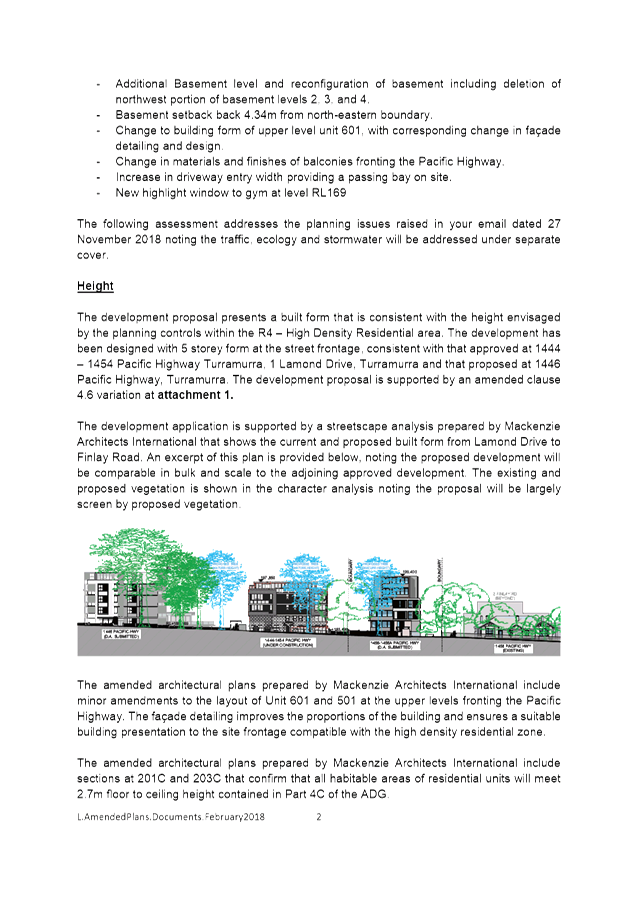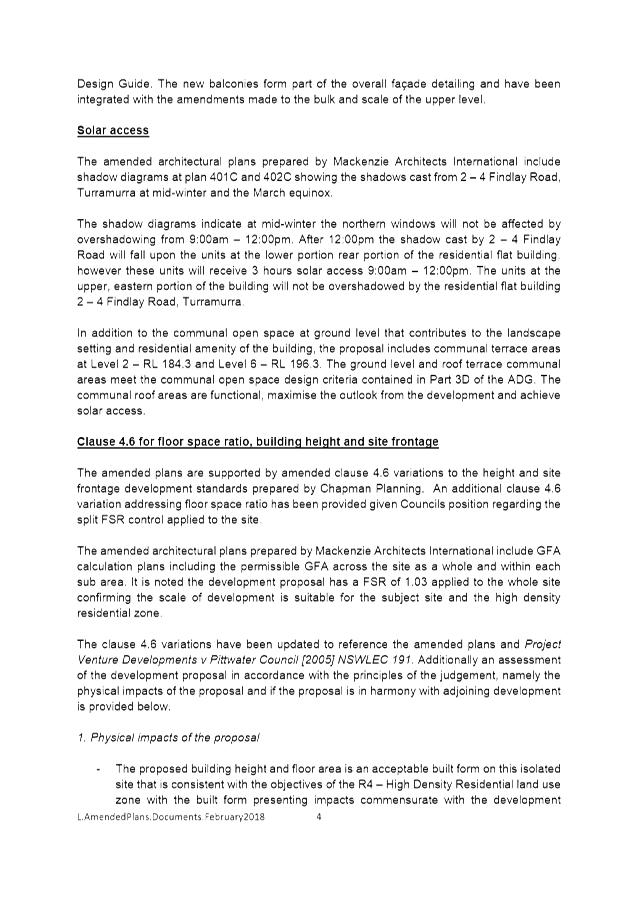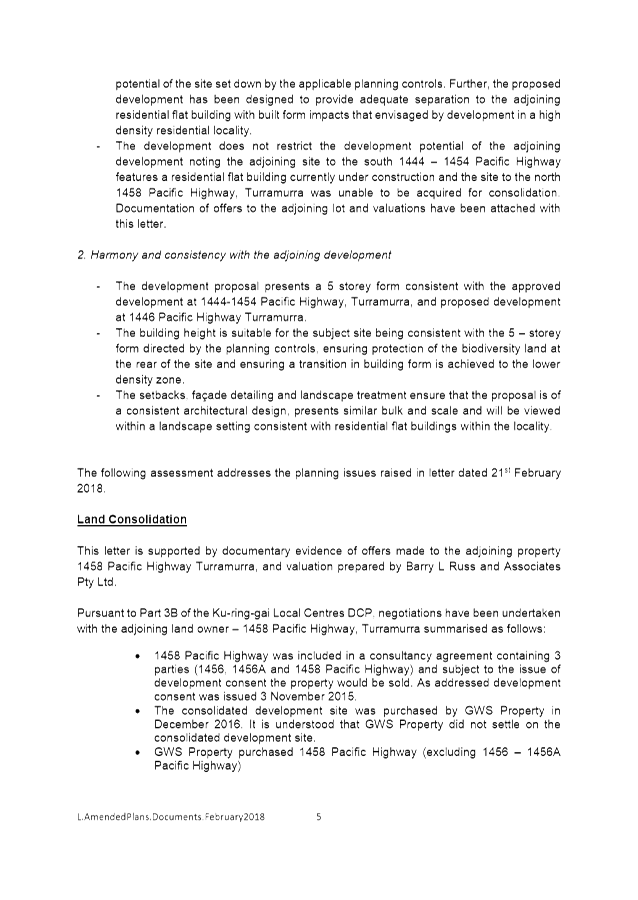|
APPENDIX
No: 11 - Urban
design referral
|
|
Item No: GB.7
|
URBAN
DESIGN
SEPP
65 Design
Quality Test
DA0337/17 1456
Pacific Highway, Turramurra
Council: Ku-ring-gai
Council
Assessing
Officer: Scott
McInnes
Applicant: Mackenzie Architects
International
Planner: Chapman
Planning Pty Ltd
Architect: Mackenzie
Architects International
Report
date: 256th March 2019
SEPP
65 also sits within the following changes to the NSW policy environment that
must be considered in an urban design review under the umbrella of the new
objects of the EP&A Act and amendments at cl 4.55
(3) (or cl 4.56 (1A) for court approved DAs) to consider reasons given
for the original approval for applications seeking design modifications.
a) EP&A
Act 1979 – amendments to the Objects effective as at 1st
March 2018.
Part
1 cl 1.3
(f) to
promote the sustainable management of built and cultural heritage (including
aboriginal cultural heritage).
(g) to
promote good design and amenity of the built environment
(h) to
promote the proper construction and maintenance of buildings, including the protection
of the health and safety of their occupants
b) Two
GANSW policies support the new Objects:
i) Better
Placed defines 7 key objectives:
Objective
1 Better fit: contextual - local and of its place
Objective
2 Better performance - sustainable, adaptable and
durable
Objective
3 Better for community - inclusive, connected and
diverse
Objective
4 Better for people - safe, comfortable and liveable
Objective
5 Better working - functional, efficient and fit for
purpose
Objective
6 Better value - and adding value
Objective
7 Better look and feel - engaging, inviting and
attractive.
Evaluating
Good Design (Draft) provides a list of criteria
for evaluating good design outcomes for the seven (7) Better Placed
objectives.
ii) Greener
Places – Urban Tree Canopy Manual in particular:
Strategy 1 to Protect, maintain and
enhance existing urban tree canopy.
Strategy 2 to Develop a resilient,
interconnected urban tree canopy across NSW that:
a. assists in climate mitigation and
adaptation
b.
reduces the urban heat island
c.
improves health and welbeing
d.
supports healthy ecosystems and improves biological diversity
e.
improves urban ecology
f.
uses water-sensitive urban design, improving soil moisture and water quality
g.
links green spaces through the green infrastructure network.
c) Zammit
v Inner West Council [2019] NSWLEC 1074 [pars 43 to 54] Horton C found the
planning context and merit assessment considerations as described by GANSW NSW
Planning policies Better Placed [and by extension Greener Places]
for design quality is expected to be satisfied under the new Objects of the
EP&A Act.
d) NSW
Department of Planning - Planning Circular PS18/01 for Local Character
– recognises the community’s concern about the impacts on amenity
and local character within neighbourhoods. Ku-ring-gai’s suite of
strategic policies, LEP and DCPs clearly encapsulate each local centre, local
precinct, and through to low density development areas. This Circular
also references the Government Architect’s Better Placed Policy
that further reinforces the need for local character to play a stronger role in
future development.
SUMMARY
RECOMMENDATION – NOT SUPPORTED
KEY
URBAN DESIGN ISSUES
1. Height
The
cl 4.6 to vary the height is not supported from an urban design perspective
because of inadequate floor-to-floor height. See Item 2.
2. Floor
to-floor height
Proposed
does not achieve SEPP 65 cl 30 (1) (c) Standards that cannot be used
as grounds to refuse development consent for ADG 4C minimum 2.7m
unobstructed floor-to-ceiling heights, which includes minimum sufficient
structural depth of 0.4m (see Figure 4C.5).
This
has been an issue since the original DA submission and has not been addressed
in the amended submission.
a) Insufficient
floor-to-floor height is a recurring contributing factor arising in issues of
building defects.
b) The
proposed floor-to-floor height is 3.0m when a minimum of 3.1m is required by
the ADG.
c) The
submitted construction details are schematic, do not accommodate set-downs for
a flush transition at the balcony thresholds for accessible dwellings, or
set-down and bulkheads for bathrooms, do not accommodate sufficient depth for
falls to drainage, do not accommodate sufficient minimum screed depth to
Australian Standards, and will not accommodate insulation where terrace areas
are above habitable rooms of units below. In particular this affects:
i) Habitable
rooms impacted by external wet areas - balconies or terraces of units above:
Units
B301, B302, B102, B104, 105, 106, 107 (kitchen can have bulkhead to address),
108, 201 (ensuite can have bulkhead), 205, 206, 301, 302, 401, 402, 403, 501.
ii) Habitable
rooms impacted by internal wet areas - bathrooms, laundries, kitchens of units
above:
Units
B301( both levels affected), B302, B203, B204, B102, B104, B105, 101, 102, 103,
106, 201, 203, 206, 301, 302, 403, 404, 501, 502.
Misaligned
wet areas affects a total of 24 of the 37 units or 64.8% of the
development. This alone demonstrates a minimum of 3.1m floor-to-floor
height is required and construction details that provide integrated falls to
drainage in floor slabs terraces and balconies with pavers on pads (not
mortar/screed beds).
d) 3.0m does not
represent good practice and is, therefore, inconsistent with:
- EP&A Act new
object cl 1.3 (g) and (h)
- SEPP 65 Aim and
Objectives cl 2 (1), (2), (3);
- Better Placed:
Objective 2 Better
performance - sustainable, adaptable and durable
Objective 3 Better
for community - inclusive, connected and diverse ( in terms of economics for
increased maintenance costs to the community)
Objective 4 Better
for people - safe, comfortable and liveable
Objective 5 Better
working - functional, efficient and fit for purpose
e) The
increase of 100mm for each floor level will result in the building being an
additional 500-600mm higher than is proposed. See Item 1 for 4.6 for height
variation.
3. Solar
Access
a) Solar
access does not appear to achieve full compliance with SEPP 65 ADG 4A-1 (3)
that permits a maximum of 15% of units to receive no solar access.
b) Six
(6) units (16.2%) of the development receives no solar access. Support
for this variation will be dependent on floor-to-floor height, subterranean
units, and articulation of the western massing being adequately addressed -
Units B301, B204, B105, 102, 104, 201.
c) This
can be resolved by amendments to address subterranean units see item 5.
4. Cross-ventilation
a) Cross
ventilation does not appear to achieve ADG 4B-3(1) for a minimum of 60% of
units to be naturally cross ventilated.
b) Sixteen
(16) units (43.2%) are single aspect. A corner window in a single aspect
unit is not cross-ventilated consistent with the ADG definition. Units
B202, B203, B204, B102, B103, B105, 102, 103, 104, 106, 107, 108, 202, 205,
303, 402.
c) This
can be resolved by amendments to address subterranean units see item 5.
5. Noise and pollution
a) Exposed to noise and
associated poor quality air from heavy traffic along the highway.
b) Addressing
noise, pollution and achieving SEPP 65 cross ventilation is conflicted.
c) The development relies
on air-conditioning to address both acoustic comfort and air-quality.
This has
implications for ADG 4B-3 cross ventilation and significant implications to the
life-cycle costs of energy demand that are inconsistent with ADG 4U-1 for
passive environmental design and 4U-3 for building design to minimise the need
for mechanical ventilation and 4J-1, 4J-2 for the siting and layout to minimise
impacts of hostile environments.
d) Suggest
City of Sydney’s requirements be implemented which addressed cross ventilation
conflicts with acoustic comfort.
https://www.cityofsydney.nsw.gov.au/__data/assets/pdf_file/0015/307005/Natural-ventilation-guide-note_310818.pdf
6. Subterranean
Units
a) Amendments
have reduced the number of subterranean units, but have not addressed them
all. The following units remain excessively excavated:
i) Unit
B203 with impacts to the side setback deep soil along the west.
ii) Unit
B204 with impacts to amenity accommodating the main bedroom and a wet retaining
wall abutting the external wall of the unit.
b) The
wet retaining wall abutting the external wall of Unit B204:
i) will
be up to 1.7m high abutting Bed 1 and part of Bed 2 down to where excavation is
below the RL175.3 floor level (approx at the NE corner of Bed 2).
ii) construction
will need additional excavation than indicated so waterproofing can be applied,
subsoil drainage lines behind can be installed etc
iii) the
height, plus allowing approximately 200mm freeboard for overland flow for rain
events etc will result in, at best, a small highlight window or narrow but
longer window at the SE corner. Either option achieves poor amenity
(daylight, ventilation, and outlook).
iv) Bedroom
1 of B204 is also within a deep undercroft, with no access to sky, resulting in
a particularly poor outcome.
v) It
is foreseeable that the wet wall will be deleted in future cost savings
resulting in fully subterranean room(s) relying on membranes to prevent any
moisture ingress over the life-cycle of the development. Mounting
evidence is finding this condition is contributing to major problems for
ongoing maintenance and the health of the building fabric and residents over
time.
vi) Under
DCP 7C.3 (9) a minimum unobstructed excavated area is calculated from the
building line of the levels above. If applied fully, the
excavation for the wet retaining wall would be significant and likely be within
the SRZ as well as the TPZ of Tree 50. See Fig 7C.3-2 of the DCP.
e) This
can be resolved with the following amendments: The rear half of Units 203 and
204 are to be deleted (losing Bed 1 and part Bed 2 of Unit 203; and losing Bed
1 of Unit 204 and reallocated to the basement carpark as additional storage (or
stacked car spaces if preferred). The remaining unit space is to be
reconfigured into a single cross-through type unit.
7. Storage
– a condition of consent will require that all storage must be
constructed and the certifier is to confirm that volume and location satisfies
SEPP 65 ADG 4G-1 and 4G-2 prior to an occupancy certificate being issued.
Storage calculation excludes all kitchens, laundry areas and bedroom wardrobes.
8. Platinum
Level housing
A condition of consent will require LHA
Platinum Level certification prior to Occupancy Certificate being
granted. This is a two-stage certification:
· Provisional Stage
certification (DA and CC/Contract documentation) and
· Final Stage
certification (as-built inspection).
9. FSR
Split site with differing density to be
confirmed by Council interpretation of KLEP_LC. However, the identified
unresolved design issues noted above indicate sought density is either
excessive and/or the concentration of development to a smaller site area (due
to protecting the BGHF) requires a more considered resolution of the proposed
design in order to achieve the sought density.
10.
11.
Introduction
Site
area:
3249.1
m2
Topography:
Approx.
26m crossfall (high point eastern corner and low point southern corner)
KLEP_LC
2012:
Land
use: R4
Height: 17.5
metres (in area of development) and 11.5m part of No 1458A (biodiversity
significant zone)
FSR: 1.3:1
and 0.85:1 part of No 1458A
Lot
size: 5000m2 (proposed
3249.1 m2) NOTE: KLEP_LC cl 6.5(3) identifying Area 1 requiring min 5000m2
Area
1 excluded from Cl 6.5 (2) relaxation that would permit 1200m2 Non-comply
Site
frontage: 24 metres and 18m wide at 12m from the street boundary (proposed
25.8m)
Area
1 excluded from Cl 6.5 (2)(b) for 30m frontage on sites more than 1800m2
Biodiversity
Significance: half of No 1458 and all of No 1458A
Greenweb: KDCP_LC
mapping for Canopy Remnant; Support for Core Biodiversity Lands; and
Biodiversity Corridors and Buffer Area.
Heritage: Item
160 No 1458 Pacific Highway neighbouring
PROPOSED
DEVELOPMENT:
37
x apartments
1 x gym for communal use
Apartment
mix:
1-bedroom
6 units 18.4%
2-bedroom
25 units 68.4%
3-bedroom
6 units 13.2%
Car
parking: 58 cars over 5 basement levels (includes spaces
for 9 x visitor, 7 x accessible, a loading area, garbage room, 11 bicycle
spaces, and storage for residents use), one visitor space doubles as the
loading area.
|
Nine
design quality principles
|
Apartment
Design Guide
(Amendments
required to satisfy ADG design objectives, criteria and/or guidance)
|
|
Principle
1 – Context and Neighbourhood Character
Good
design responds and contributes to its context. Context is the key natural
and built features of an area, their relationship and the character they
create when combined. It also includes social, economic, health and
environmental conditions.
Responding
to context involves identifying the desirable elements of an area’s
existing or future character. Well designed buildings respond to and
enhance the qualities and identity of the area including the adjacent sites,
streetscape and neighbourhood. Consideration of local context is
important for all sites, including sites in established areas, those
undergoing change or identified for change.
|
|
Not
Satisfactory. Further amendments required.
|
|
1. Context
– Amendments have improved impacts of excavation on western side
setback deep soil. However, poor amenity of Units B203 and B204 is a
result of excavation still being excessive. See Principle 5 Landscape and
Principle 6 Amenity.
2. Excessive
excavation is required to accommodate courtyard for private open space of
Units B203, B204 resulting in poor relationship to the ground plane and
inadequate design response to site conditions.
3. The
unarticulated wall face along the long north-western side should be
articulated to break the building mass. This will achieve a more
appropriate interface with the heritage item and as experienced in both the
Highway streetscape and Finlay Street.
4. Building
Height to be confirmed. An additional 600mm is needed to address
inadequate floor-to-floor height. This will be in addition to the building
already being significantly higher than all the other apartment developments
within the Lamond Drive to Finlay Street block, and in context of the subject
development neighbouring a single storey heritage item. Therefore, the
resolution of articulating the massing, façade modulation and a
disciplined holistic materials palette is fundamental to achieving a
satisfactory interface where the streetscape where a significant height
variation is being sought.
|
· 1A
Building types – Satisfactory (previously lodged)
· 1B
Local character and context – Amendments to reduce excavation Units
B203 and B204 will resolve this. Height to be resolved.
· 1C
Precincts and sites – Satisfactory (previously lodged)
· 3A
Site Analysis – Satisfactory (previously lodged)
· 3B
Orientation – Satisfactory (previously lodged)
· 3C
Public domain interface – Further articulation and design development
of western façade/massing
· 3D Communal and public open space – Satisfactory
· 3G
Pedestrian access and entries – Satisfactory
· 3H
Vehicle access – Satisfactory
· 4R
Adaptive re-use – N/A
· 4S
Mixed use – N/A
· 4T
Awnings and signage – N/A
|
|
Principle
2 - Built Form and Scale
Good
design achieves a scale, bulk and height appropriate to the existing or
desired future character of the street and surrounding buildings.
Good
design also achieves an appropriate built form for a site and the
building’s purpose in terms of building alignments, proportions,
building type, articulation and the manipulation of building elements.
Appropriate built form defines the public domain, contributes to the
character of streetscapes and parks, including their views and vistas, and
provides internal amenity and outlook.
|
|
Not
Satisfactory. Height to be clarified with further required amendments.
Massing/articulation of western side requires amendments.
|
|
1. North-western
side insufficient articulation and remains unsatisfactory.
a) This
can be resolved with a slot to express a front component with a longer tail
descending the hill. It is needed to mitigate the disparate scale to be
more sympathetic to the low scale of the heritage item.
b) The
previously submitted Heritage Impact Statement seeking a variation to
required setbacks to the heritage item can be supported. However, this
variation lends further weight to a requirement for the building mass to be
substantially articulated to respond to the heritage context and domestic
scale of the item.
2. Height
- The cl 4.6 to vary the height is not supported from an urban design
perspective because of inadequate floor-to-floor height.
3. Floor
to-floor - Proposed development does not achieve SEPP 65 cl 30 (1)
(c) Standards that cannot be used as grounds to refuse development consent
for ADG 4C minimum 2.7m unobstructed floor-to-ceiling heights, which
includes minimum sufficient structural depth of 0.4m (see Figure 4C.5).
a) Insufficient
floor-to-floor height is a recurring contributing factor arising in issues of
building defects.
b) This
has been an issue since the original DA submission and has not been addressed
in the amended submission.
c) The
proposed floor-to-floor height is 3.0m when a minimum of 3.1m is required by
the ADG.
d) The
submitted construction details are schematic, do not accommodate set-downs
for a flush transition at the balcony thresholds for accessible dwellings, or
set-down and bulkheads for bathrooms, do not accommodate sufficient depth for
falls to drainage, do not accommodate sufficient minimum screed depth to
Australian Standards, and will not accommodate insulation where terrace areas
are above habitable rooms of units below. In particular this affects:
e) Habitable
rooms impacted by external wet areas - balconies or terraces of units above:
Units
B301, B302, B102, B104, 105, 106, 107 (kitchen can have bulkhead to address),
108, 201 (ensuite can have bulkhead), 205, 206, 301, 302, 401, 402, 403, 501.
f) Habitable
rooms impacted by internal wet areas - bathrooms, laundries, kitchens of
units above:
Units
B301( both levels affected), B302, B203, B204, B102, B104, B105, 101, 102,
103, 106, 201, 203, 206, 301, 302, 403, 404, 501, 502.
g) Misaligned
wet areas affects a total of 24 of the 37 units or 64.8% of the
development. This alone demonstrates a minimum of 3.1m floor-to-floor
height is required and construction details that provide integrated falls to
drainage in floor slabs terraces and balconies.
4. The
required increase of 100mm for each floor level will result in the building
being an additional 500-600mm higher than is proposed. See Principle 1 for
implications to cl 4.6 for height variation in streetscape context.
|
· 2A
Primary DCP controls – cl 4.6 for height to be confirmed.
Interpretation of permissible FSR to be confirmed.
· 2B
Building envelopes – Amendments to achieve articulation of massing of
western side
· 2C
Height – Floor-to-floor height to be increased to a minimum of 3.1m
· 2D
FSR – To be finalised with resolution of excavation, articulation of
western massing.
· 2E
Building depth – Satisfactory
· 2F
Building separation – Satisfactory
· 2G
Street setbacks – Satisfactory
· 2H
Side and rear setbacks – Satisfactory
· 3F
Visual privacy – Satisfactory
· 4C-3
Ceiling Heights in mixed use zones – N/A
· 4N
Roof design – Satisfactory
KDCP_LC
· KDCP_LC
7C.6(16)(i) and (ii) for building articulation where building length exceeds
36m.
Other
· 3.0m
floor-to-floor does not represent best practice and is, therefore,
inconsistent with:
a) EP&A
Act new object cl 1.3 (g) and (h)
b) SEPP
65 Aim and Objectives cl 2 (1), (2), (3);
c) Better
Placed:
Objective
2 Better performance - sustainable, adaptable and
durable
Objective
3 Better for community - inclusive, connected and
diverse ( in terms of economics for increased maintenance costs to the
community)
Objective
4 Better for people - safe, comfortable and liveable
Objective
5 Better working - functional, efficient and fit for
purpose
|
|
Principle
3 – Density
Good
design achieves high levels of amenity for residents and each apartment, resulting
in a density appropriate to the site and its context.
Appropriate
densities are consistent with the area’s existing or projected
population. Appropriate densities can be sustained by existing or
proposed infrastructure, public transport, access to jobs, community
facilities and the environment.
|
|
Not Satisfactory.
|
|
1. FSR
– Split site with differing density to be confirmed by Council
interpretation of KLEP_LC. However, the identified unresolved design
issues noted in this report indicate sought density is either excessive
and/or the concentration of development to a smaller site area (due to
protecting the BGHF) requires a more considered resolution of the proposed
design in order to achieve the sought density.
2.
Yield – Proposed number of dwellings with non-compliances with
solar access and cross ventilation indicates proposed yield is compromising
amenity in context of the physical features of the site (aspect, BGHF and
topography falling steeply to south).
Amendments
to address solar access, cross ventilation, subterranean units,
floor-to-floor height, and western articulation will resolve this.
3. Floor-to-floor
height – inadequate floor to-floor height is indicative that
proposed development is concentrating too much built form into a smaller
volume (site area x permitted height) to maximise FSR where biodiversity outcomes
must be prioritised.
4. Amenity
– see comments Principle 6 Amenity for solar access, cross ventilation
and subterranean units.
5. Energy
efficiency – resolving subterranean units as suggested will resolve
solar access and cross ventilation, which in turn will resolve energy
efficiency.
|
· 2D
FSR – To be finalised with resolution of excavation, articulation of
western massing.
· 3D
Communal Open Space – Spatial allocation and location Satisfactory.
Resolution of detail with updated landscape plan
· 4A
Solar Amenity – Amendments to address excavation will help resolve this
by reducing by one, the number of units receiving no solar access.
· 4B-3
Natural Ventilation – Amendments to address excavation will resolve
this by increasing the number of cross ventilated units.
· 4C-1(1)
3.1m minimum floor-to-floor height is required to ensure sufficient
structural depth for slab set-downs at the external face that must be
installed for effective balcony freeboard and internally for bathroom falls
for tiling both necessary to help avoid future water damage internally or
externally to the building.
· 4U
Energy Efficiency – Not Satisfactory. Resolution of solar access,
cross ventilation, and floor-to-floor height to be resolved.
|
|
Principle
4 – Sustainability
Good
design combines positive environmental, social and economic outcomes.
Good sustainable design includes use of natural cross ventilation and
sunlight for the amenity and liveability of residents and passive thermal
design for ventilation, heating and cooling reducing reliance on technology
and operation costs. Other elements include recycling and reuse of
materials and waste, use of sustainable materials, and deep soil zones for
groundwater recharge and vegetation.
|
|
Not Satisfactory.
(See additional Note 1 at
end of this report)
|
|
1. Noise
and pollution – the site is fully exposed to high levels of noise
and associated poor quality air from heavy traffic along the highway. Without
implementing noise barrier planning principles (locating services rooms
towards the noise source so that living rooms and bedroom has an aspect away
from the noise), the development relies on air-conditioning to address both
acoustic comfort and air-quality. This has significant implications to
the life-cycle costs of energy demand that are inconsistent with ADG 4U-1 for
passive environmental design and 4U-3 for building design to minimise the
need for mechanical ventilation and 4J-1, 4J-2 for the siting and layout to
minimise impacts of hostile environments.
Suggest
City of Sydney’s requirements be implemented which address cross
ventilation conflicts with acoustic comfort.
https://www.cityofsydney.nsw.gov.au/__data/assets/pdf_file/0015/307005/Natural-ventilation-guide-note_310818.pdf
2. Subterranean
units – Units B203 and B204 are to delete all rooms accommodated as
a result of excavation.
This
is to be resolved with the following amendments: The rear half of Units 203
and 204 is to be deleted (losing Bed 1 and part Bed 2 of Unit 203; and losing
Bed 1 of Unit 204. The space is to be reallocated to the basement
carpark as additional storage (or stacked car spaces if preferred). The
remaining unit space is to be reconfigured into a single cross-through type
unit.
Subterranean
units are not permitted, and are defined in KDCP_LC Definitions at 1B.1.
3. Solar
Access
a) Solar
access does not appear to achieve full compliance with SEPP 65 ADG 4A-1 (3)
that permits a maximum of 15% of units to receive no solar access.
b) Six
(6) units (16.2%) of the development receives no solar access. Support
for this variation will be dependent on floor-to-floor height, subterranean
units, and articulation of the western massing being adequately addressed -
Units B301, B204, B105, 102, 104, 201.
c) This
can be resolved by amendments to address subterranean units see item 5.
4. Cross-ventilation
a) Cross
ventilation does not appear to achieve ADG 4B-3(1) for a minimum of 60% of
units to be naturally cross ventilated.
b) Sixteen
(16) units (43.2%) are single aspect. A corner window in a single
aspect unit is not cross-ventilated consistent with the ADG definition.
Units B202, B203, B204, B102, B103, B105, 102, 103, 104, 106, 107, 108, 202,
205, 303, 402.
c) This
can be resolved by amendments to address subterranean units see item 5.
5. Maintenance
and waterproofing:
a) All
basements are to provide a drained cavity between the internal wall skin and
external retaining wall to ensure basements remain dry over the expected life
of the building. Remediation is difficult to carry out and very costly.
b) Resolution
of subterranean units will help avoid foreseeable future issues (providing
documentation detailing and construction is of the quality necessary.)
|
· 2C
– Floor-to-floor height for sufficient depth for structure and services
to achieve adequate unobstructed floor-to-ceiling height needed for adequate
daylight and ventilation.
· 4A
Solar and Daylight Access - Amendments to address excavation deleting
subterranean units will help resolve this by reducing by one, the number of
units receiving no solar access.
· 4B
Natural ventilation -– Amendments to address excavation will resolve
this by increasing the number of cross ventilated units.
· 4C-1(1)
3.1m minimum floor-to-floor height to be demonstrated
· 4D
Apartment size and layout - Satisfactory
· 4F
Common circulation spaces - Satisfactory
· 4J-1,
4J-2 Noise and Pollution for noise barrier planning principles and impacts to
energy costs for mechanical ventilation. See City of Sydney Natural
ventilation Guide Note.
· 4N Roof
design - Satisfactory
· 4U-1,
4U-3 Energy efficiency for passive environmental design and minimise demand
for mechanical ventilation. See City of Sydney Natural ventilation Guide
Note.
· 4V
Water management and conservation – Satisfactory from urban design
· 4W-1
Waste management to be designed to minimise impacts on the streetscape,
building entry and resident amenity – relocate to basement. –
Satisfactory from urban design
· 4X
Building maintenance – Amendments to address subterranean units
KDCP_LC
· KDCP_LC
7C.3 Objectives 1, 3, 5 and Controls (4), (5), (6), (7), (8), (9) and (10)
– that does not permit subterranean units.
|
|
Principle
5 – Landscape
Good
design recognises that together landscape and buildings operate as an
integrated and sustainable system, resulting in attractive developments with
good amenity. A positive image and contextual fit of well designed
developments is achieved by contributing to the landscape character of the
streetscape and neighbourhood.
Good
landscape design enhances the development’s environmental performance
by retaining positive natural features which contribute to the local context,
coordinating water and soil management, solar access, micro-climate, tree
canopy, habitat values, and preserving networks. Good landscape design
optimises usability, privacy and opportunities for social interaction,
equitable access, respect for neighbours’ amenity, provides for
practical establishment and long term management.
|
|
Satisfactory
|
|
1.
Retention of the BGHF is a positive outcome important to protection of
biodiversity and climate design considerations.
2. The
BGHF canopy trees are a significant feature of achieving the appropriate site
character.
3. Amendments
to the rooftop communal spaces requires an updated landscape plan that
reflect proposed amendments and to ensure facilities required under KDCP_LC
7C.2 are provided.
|
· 3E
Deep soil zones – Amendments to remove subterranean units will resolve
this along the north-western side.
· 4O
Landscape design – to be updated but appears able to be satisfied.
· 4P
Planting on structures -to be updated to confirm adequate resolution of the
communal open spaces on the roof tops.
|
|
Principle
6 – Amenity
Good
design positively influence internal and external amenity for residents and
neighbours. Achieving good amenity contributes to positive living
environments and resident well-being.
Good
amenity combines appropriate room dimensions and shapes, access to sunlight,
natural ventilation, outlook, visual and acoustic privacy, storage, indoor
and outdoor space, efficient layouts and service areas, and ease of access
for all age groups and degrees of mobility.
|
|
Not Satisfactory
|
|
1. Amenity:
proposed amended design has resolved some issues, but has not addressed
previously identified urban design issues.
2. Ceiling
Heights: all floor-to-floor heights are to be 3.1m minimum. This
will impact on proposed height.
3. Solar
Access – see Principle 4 Sustainability
4. Cross
ventilation – see Principle 4 Sustainability
5. Subterranean
units – see Principle 4 Sustainability
6. Noise
and pollution – see Principle 4 Sustainability
The
above are all able to be addressed with further amendments.
|
· 3D
Communal Open Space – Satisfactory
· 3F
Visual privacy – Satisfactory
· 3J
Bicycle and car parking – Satisfactory
· 4A
Solar and Daylight Access - Amendments to address excavation deleting
subterranean units will help resolve this by reducing by one, the number of
units receiving no solar access.
· 4B
Natural ventilation -– Amendments to address excavation will resolve
this by increasing the number of cross ventilated units. Implement City of
Sydney noise guide.
· 4C
Ceiling heights – min 3.1m floor-to-floor height required
· 4D
Apartment size and layout – Satisfactory
· 4E
Private open space and balconies – Satisfactory
· 4F
Common circulation spaces – Satisfactory
· 4G
Storage – condition of consent is that it is constructed prior to
occupancy certificate
· 4H
Acoustic privacy – Satisfactory
· 4J
Noise and pollution – implement City of Sydney noise guide
· 4L
Ground floor apartments – Generally Satisfactory. Amendments to Units
B203 and B204.
KDCP_LC
· KDCP_LC
7C.3 that do not permit subterranean units Objectives 3 and 5 and Controls
(2), (4), (5), (6), (7), (8), (9), (10)
· KDCP_LC
21.1 Objectives 1 and 2 for excavation.
· KDCP_LC
1B.1 Definition of ‘Subterranean Room’
|
|
Principle
7 – Safety
Good
design optimises safety and security within the development and the public
domain. It provides for quality public and private spaces that are clearly
defined and fit for the intended purpose. Opportunities to maximize
passive surveillance of public and communal areas promote safety.
A
positive relationship between public and private spaces is achieved through
clearly defined secure access points and well lit and visible areas that are
easily maintained and appropriate to the location and purpose.
|
|
Satisfactory
|
|
1. Building
Products (Safety) Bill 2017 – Note that the materials palette must
comply with new legislation the Building Products (Safety) Bill 2017.
Aluminium composite panels are not permitted on buildings above 2 storeys.
Ensure all materials comply with new testing requirements.
See Fair Trading ban notice at:
https://www.fairtrading.nsw.gov.au/__data/assets/pdf_file/0007/392821/Section-91-Notice-SIGNED.PDF
Note further advice issued 20th
Feb 2019 on withdrawn Code Mark certified products previously deemed
suitable:
https://abcb.gov.au/News/2019/02/20/Advice-CodeMark-Certificates-withdrawn-February-2019
This has been further clarified by CertMark
International (22nd Feb 2019):
https://certmark.org/downloads/Supplementary%20Press%20Release%20-%20Certificate%20Withdrawals%20-%2020190222.pdf
Helpful broader legislative information can
be found at:
https://hia.com.au/-/media/HIA-Website/Files/InformationSheets/BCAstandards/leg1810-combustible-cladding-changes-update-nsw.ashx
|
· 3G
Pedestrian access and entries – Satisfactory
· 3H
Vehicle access – Satisfactory
· 4D
Apartment size and layout – Satisfactory
· 4F
Common circulation spaces – Satisfactory
Note:
The materials palette must comply with the new Building Products (Safety)
Bill 2017. Ensure all materials comply with new testing
requirements. EP&A Act 1979 at clause 4.15 (4) states that the
consent authority cannot refuse an application on grounds of materials or
building systems being BCA/NCC non-compliant or accredited. Sub-clause (5)
appears to remove liabilities if acting in accordance with (4), however,
there are potentially real-world consequences for the use of such materials
or building systems. From an urban design perspective of public
interest and consideration of this in context with Principle 4
Sustainability, the applicant should therefore, be made aware of their
on-going responsibilities. Any questions of liability should be
directed to Council’s/Applicant’s legal advisors and insurers.
|
|
Principle
8 – Housing Diversity and Social Interaction
Good
design achieves a mix of apartment sizes, providing housing choice for
different demographics, living needs and household budgets.
Well
designed apartment developments respond to social context by providing
housing and facilities to suit the existing and future social mix. Good
design involves practical and flexible features, including different types of
communal spaces for a broad range of people, providing opportunities for
social interaction amongst residents.
|
|
Satisfactory
|
|
1. Mix:
Generally there is an adequate mix of units although the clear predominance
is for 2-bedroom types. From current experience, many approved DAs are
being modified to reduce the yield so that more, larger unit types are
accommodated. This tends to achieve a better outcome for more flexible
and longer-term owner occupiers and renters.
2. Platinum
Units: A condition of consent will require LHA Platinum Level certification
prior to Occupancy Certificate being granted. This is a two-stage
certification:
· Provisional Stage
certification (DA and CC/Contract documentation) and
· Final
Stage certification (as-built inspection).
|
· 4K
Apartment mix – Satisfactory
· 4Q
Universal design – Satisfactory
· KDCP_LC Part 23.1 objective 2 and control (1) for particular consideration to be given to
children, young people, women, older people, people with a disability, from
culturally and linguistically diverse background, and of Aboriginal &
Torres Strait descent.
· Condition of consent for Livable Housing certification as
2-stage certification prior to issuing of a construction certificate and then
prior to issuing of an occupancy certificate..
|
|
Principle
9 – Aesthetics
Good
design achieves a built form that has good proportions and a balanced
composition of elements, reflecting the internal layout and structure.
Good design uses a variety of materials, colours and textures.
The
visual appearance of well designed apartment development responds to the
existing or future local context, particularly desirable elements and
repetitions of the streetscape.
|
|
Generally Satisfactory
|
|
1.
The proposed amendments have sufficiently addressed the Pacific Highway
composition of massing, composition of the elevations, façade
modulation, and use of proposed materials.
2. The
same degree of design development is required on all elevations in particular
further work is required along the western side where some articulation of
the massing is required to better break down the overall bulk and refine the
treatment of the elevation so that at least to component in the vicinity of
the heritage item reads as a distinct piece and somewhat separated from the
‘tail’ of the development as it descends down the hill.
This part of the building will be highly visible along the Highway from some
distance because of the single storey scale of the heritage item on the
corner of Finlay Road.
3. See
previous comments regarding subterranean units that will address a component
of building maintenance.
|
· 4M
Facades – Satisfactory addressing the Pacific Highway, further work
along the western elevation.
· 4N
Roof design - Satisfactory
· 4T
Awnings and signage – N/A
· 4X
Building maintenance – Amendments to Address Units B203 and B204
subterranean components.
|
End Report
Note 1: Building
maintenance and sustainable design
Research
from the City Future Research Centre - UNSW Faculty of the Built Environment
(2012)* has found inadequate water-proofing to be a major component of
non-compliance with the BCA resulting in significant building defects in new
construction.
While
there is a combination of contributing factors, fundamental design decisions
can play a role in minimising the likelihood of adverse outcomes.
Rules
of thumb are to avoid floor levels and external walls of any space used for
residential purposes being below the adjacent external ground level. If
on very steep sites, a component is below adjacent ground level, a retaining
wall is to be provided that is physically separated from the external walls of
any space used for residential purposes (and the cavity drained). This is
reflected in Ku-ring-gai’s current DCP controls.
Designing
buildings that shed water to protect against exposure to moisture from rooftop
terraces or balconies into habitable rooms below is to be carefully considered,
as are construction details around all openings. It is to be remembered
that waterproofing integrity achieved by specialised waterproofing products
relies on all aspects of the complex building process to be sound - from
initial building design through to correct product selection and correct
application, correct detailing, correct installation, high quality
construction, and robust certification.
Breaches
of waterproofing can be difficult to locate and generally result in expensive
remediation for future owners. The recent strata research shows there has
been generally little or no recourse for residents to recoup costs from the
builder or developer.
From
an urban design perspective, this potential cost impost is an unacceptable
economic burden to place on future owners.
Expert
building remediation contractors have identified inadequate floor-to-floor
height as a contributing factor leading to issues of water ingress in medium
and high-rise development. This is a problem that can find its beginnings
at DA and in combination with other contributing factors, become problematic.
An
example is where reduced floor-to-floor heights are approved at DA (such as 3m
for apartment developments when the ADG requires 3.1m). While effective
waterproofing may be possible to achieve, it requires a specific combination of
best-practice to be delivered at every stage thereafter, which cannot be
guaranteed to be delivered – i.e. through the CC design development,
contract documentation, construction, and importantly, private certification.
Legal
proceedings continue in New Zealand’s High Court (2015) and a separate
class action filed against James Hardie for faulty Harditex cladding systems
resulting in water damage. The High Court (2017) ruled against James
Hardie which has enabled Australian litigants to join the action until January
2018. As at December 2018, James Hardie had lost another bid “to
have its Ireland-based parent company removed from a $250M leaky building claim
against its New Zealand subsidiary” (Adina Thorn Lawyers announcement
19th August 2015 – Plaster cladding class action and updates
November 2017, and 13th December 2018).
· Governing
the Compact City: The role and effectiveness of strata management’, Dr H
Easthope UNSW 2012. Summary UNSW 21 May 2012 states: 70%
strata owners overall reported one or more building defects including internal
water leaks, cracks and water seeping in from outside the building. A
total 85% of strata title owners in buildings built since 2000 said there were
defects in the construction of which 75% were not rectified due to
builder/developer controlling the project and delaying rectification and/or
going out of business and/or [registered as single-development companies that]
cease to exist post construction so no recourse for rectification.
· Dealing
with Defects, B Cooper, K M Brown (H Easthope & S Holliday) 2014. Also
cites NSW Government (NSW Fair Trading) (2013) Strata Title Law Reform:
Strata and Community Title Law Reform Position Paper (http://www.fairtrading.nsw.gov.au/biz_res/ftweb/pdfs/About_us/Have_your_say/Strata_title_law_reform_position_paper.pdf)
5 ibid.
· Further
research out of Griffith University by Christopher Guilding (published
September 2015) has made similar findings as has a joint study convened by
Engineers Australia (Accredited Certifiers Viewpoint of Certification in NSW
and Mitigation of Defects in Construction, July 2015).
Note
2: Natural
and Cross ventilation
Cross ventilation
– interpretation accepted by the City of Sydney DRP
Any
system with a fan is by definition not natural ventilation.
Any
system with a fan is just mechanical ventilation and to suggest it is assisted
or enhanced natural ventilation is misrepresentative.
The
main reason that Mechanical Ventilation is not equal to Natural ventilation is Mechanical
Ventilation tends to be fixed volume. Beyond the limitation of too low air
volumes to enhance comfort, you lose the benefit of breezes and gusts that you
get with well-designed natural ventilation.
Window
trickle vents are not a good solution for
natural ventilation as a comfort mechanism either. They originate from cooler
climates and are used to provide some air movement to prevent stuffiness
associated with central heating systems. Comfort cooling in the temperate Sydney
climate requires more air than a ‘trickle’.
On
the issue of curtain walls, I think this is a major problem with residential.
…it leads to lots of fixed panels and regardless of how the glass is
specified, will lead to overheating when the glass is in the direct sun
(transmission and absorption of heat by the glass). Best answer for
residential, whether low, mid or high-rise, is deep reveals to keep the sun off
the facade. The problem with high-rise is that wind effects at higher levels
are leading developers to close in balconies, limiting the benefits of the
shading and also restricting natural ventilation…
(Advice
from Ché Wall – Flux Consultants 11.07.2016)
Note 3: Building
materials and safety
All DA approved materials palettes must
comply with new and more extensive safety requirements legislated under the
Building Products (Safety) Bill 2017.
Particular attention in the media has
identified cladding materials in the wake of multiple fires worldwide including
the fatal Grenfall fire. However, the new legislation covers all materials.
It should be noted however, that the
EP&A Act at clauses 4.15 (4) and (5) states the following:
(4) Consent where an accreditation is in
force, A consent
authority must not refuse to grant consent
to development on
the ground that any building product
or system relating to the development does
not comply with a requirement of the Building
Code of Australia if
the building product
or system is accredited in respect of that requirement in accordance with
the regulations.
(5) A consent
authority and an employee of a consent
authority do not incur any liability as a
consequence of acting in accordance with subsection (4).
Note further advice issued 20th
Feb 2019 on withdrawn Code Mark certified products previously deemed suitable:
https://abcb.gov.au/News/2019/02/20/Advice-CodeMark-Certificates-withdrawn-February-2019
This has been further clarified by CertMark
International (22nd Feb 2019):
https://certmark.org/downloads/Supplementary%20Press%20Release%20-%20Certificate%20Withdrawals%20-%2020190222.pdf
Helpful broader legislative information can
be found at:
https://hia.com.au/-/media/HIA-Website/Files/InformationSheets/BCAstandards/leg1810-combustible-cladding-changes-update-nsw.ashx














































































































































